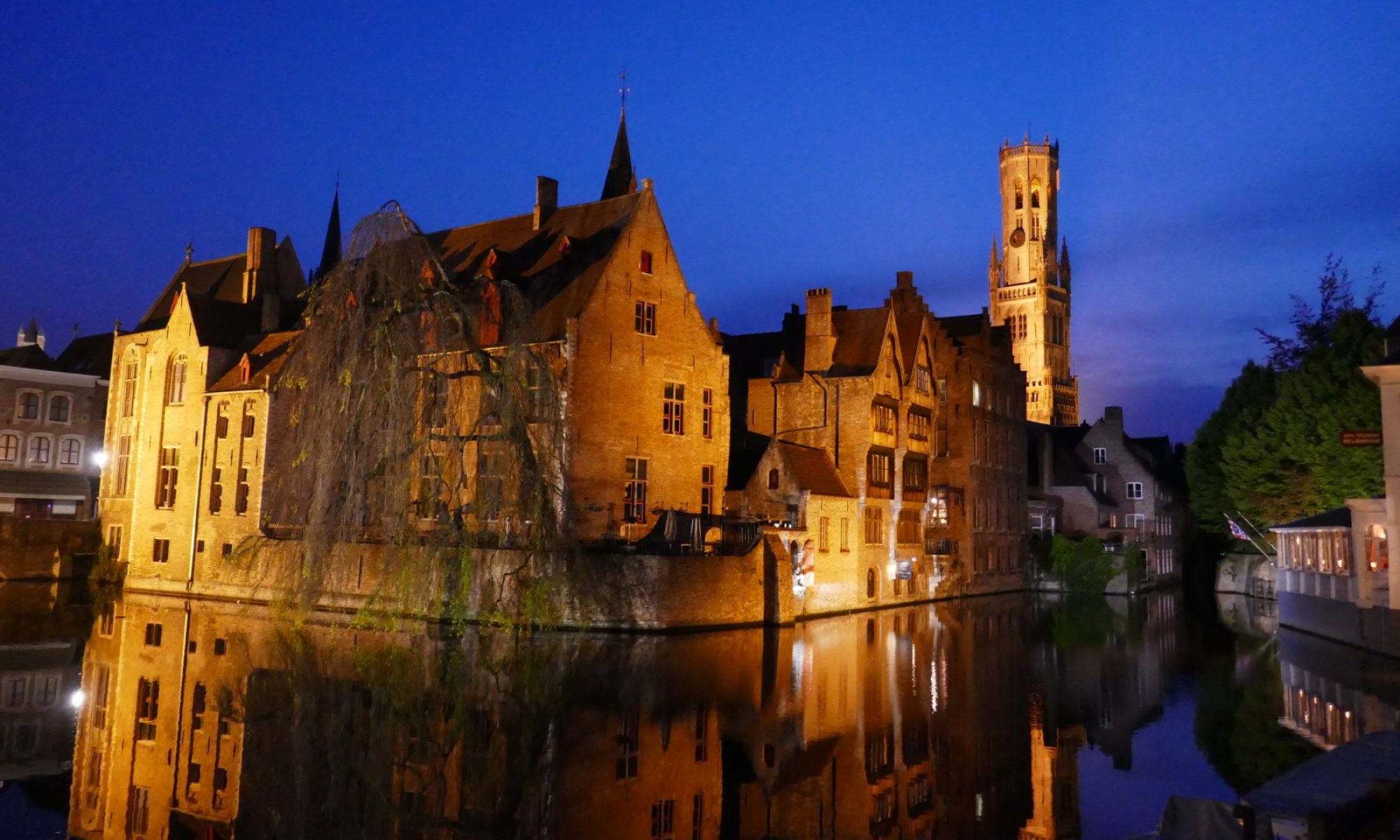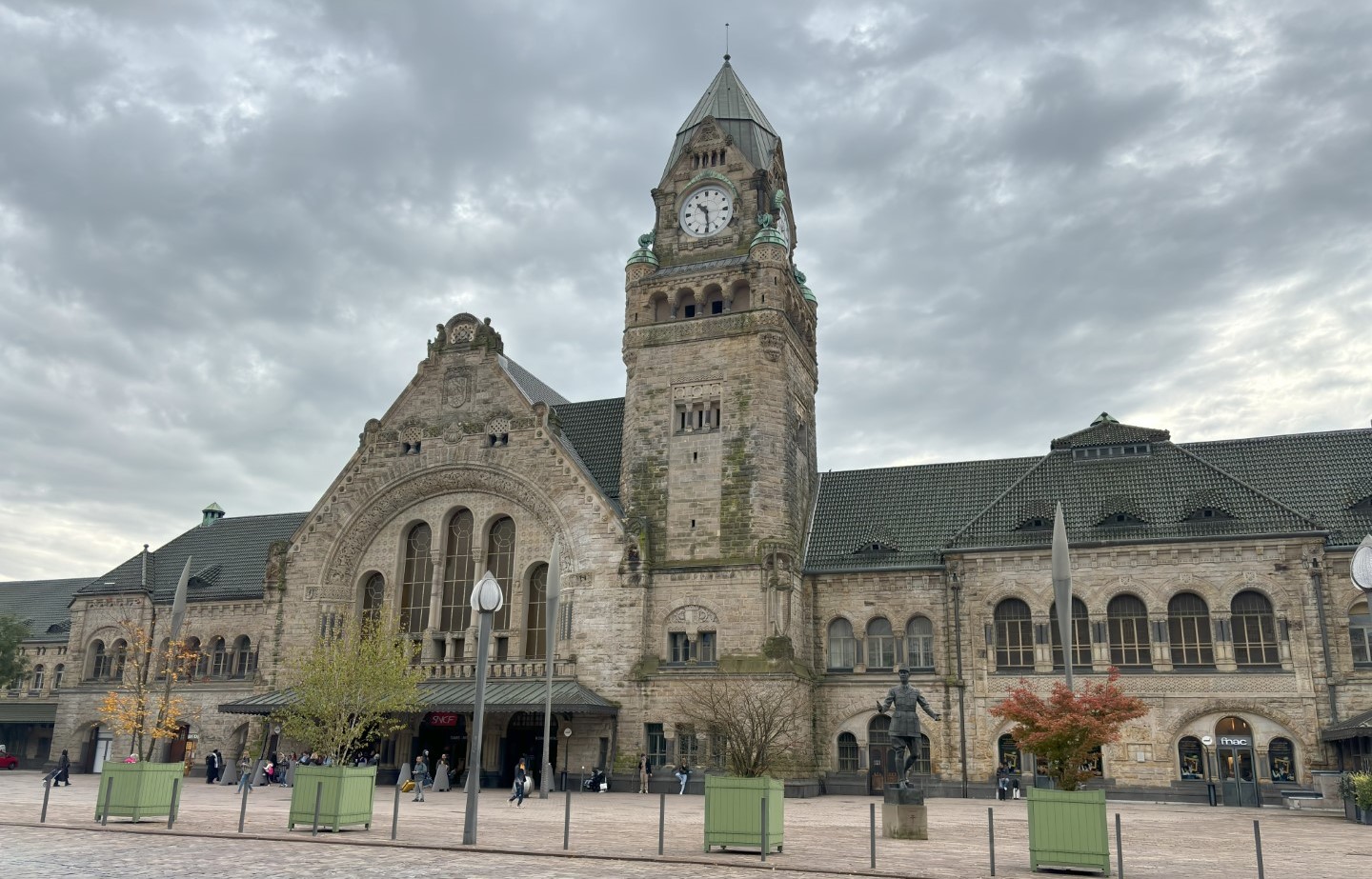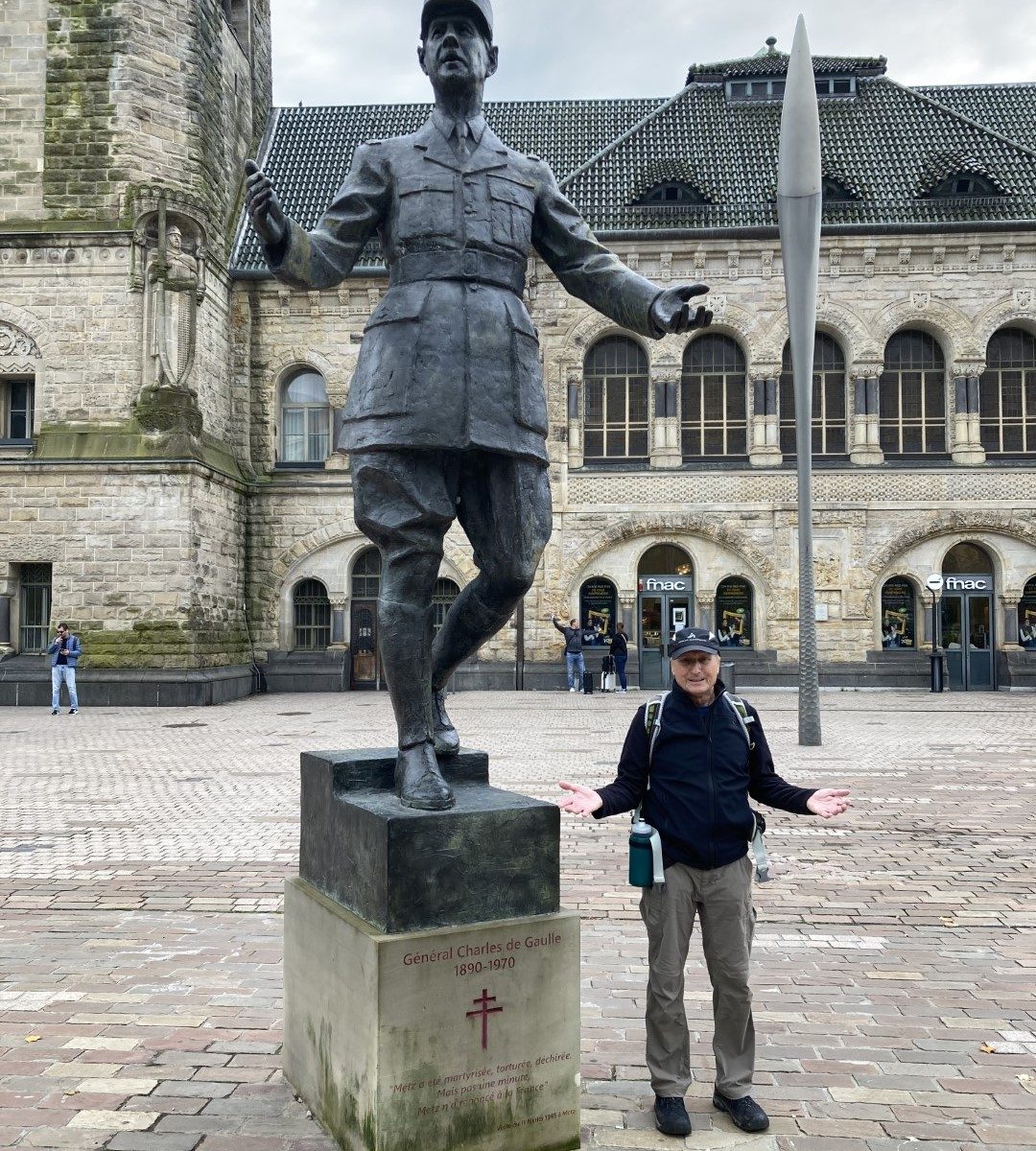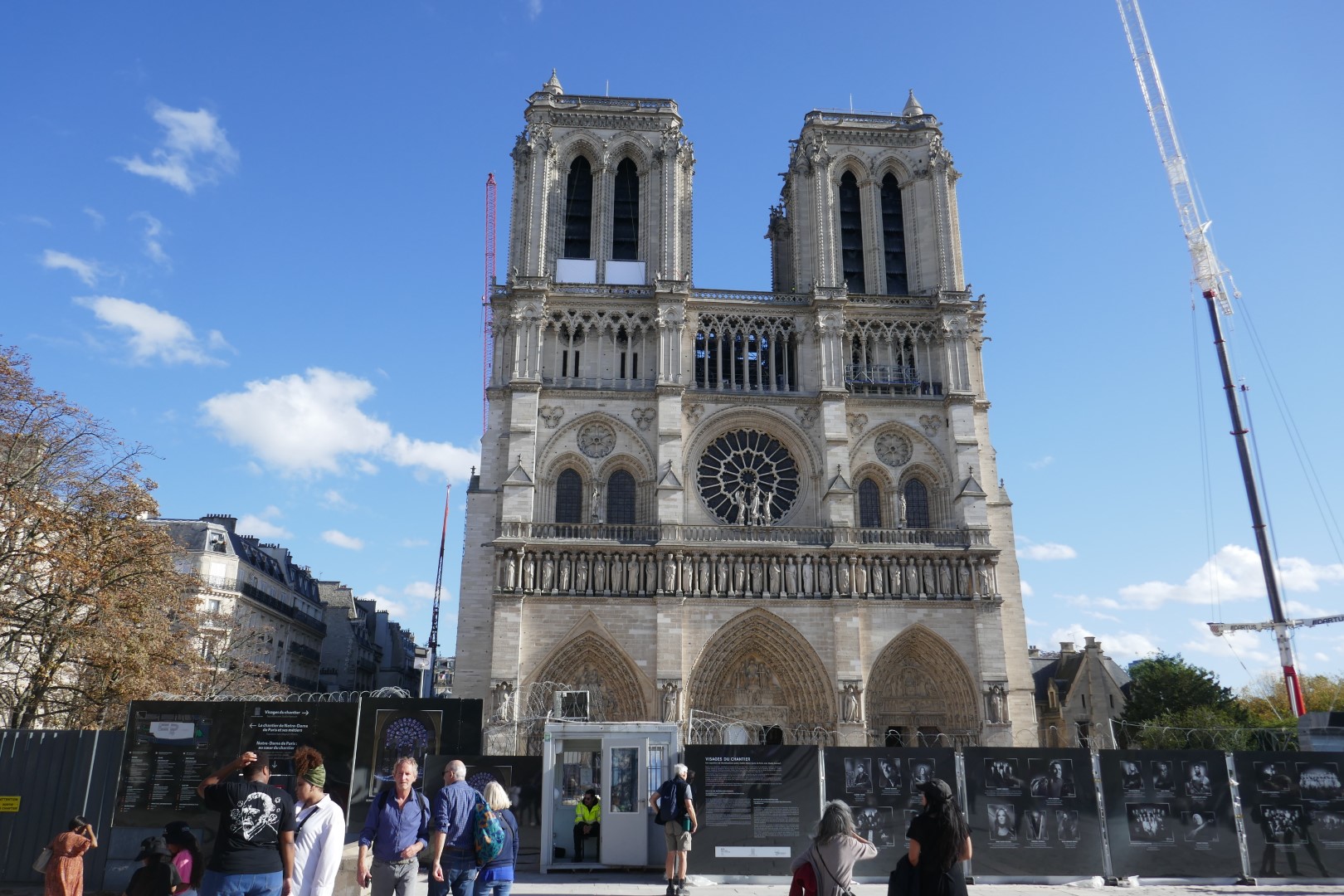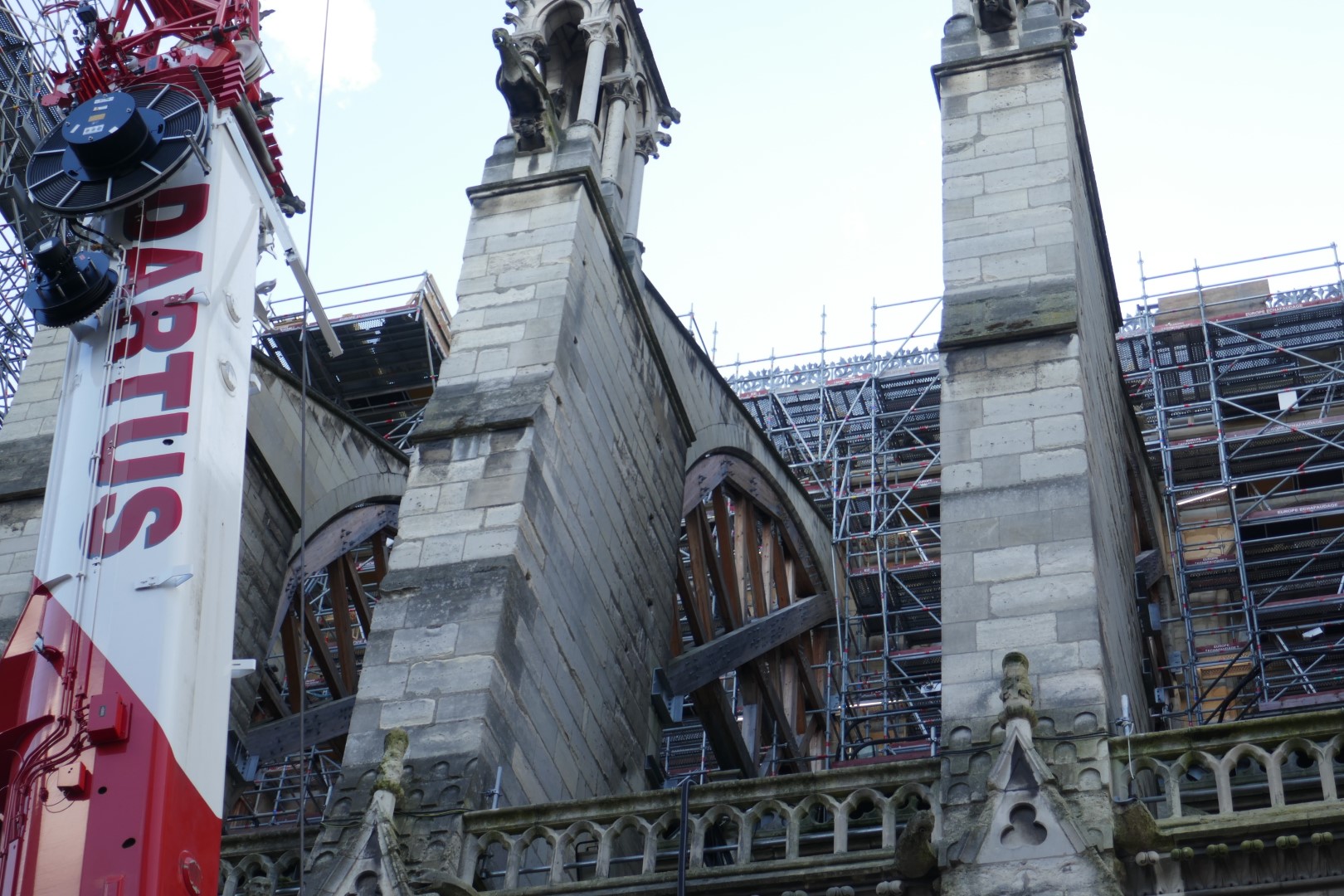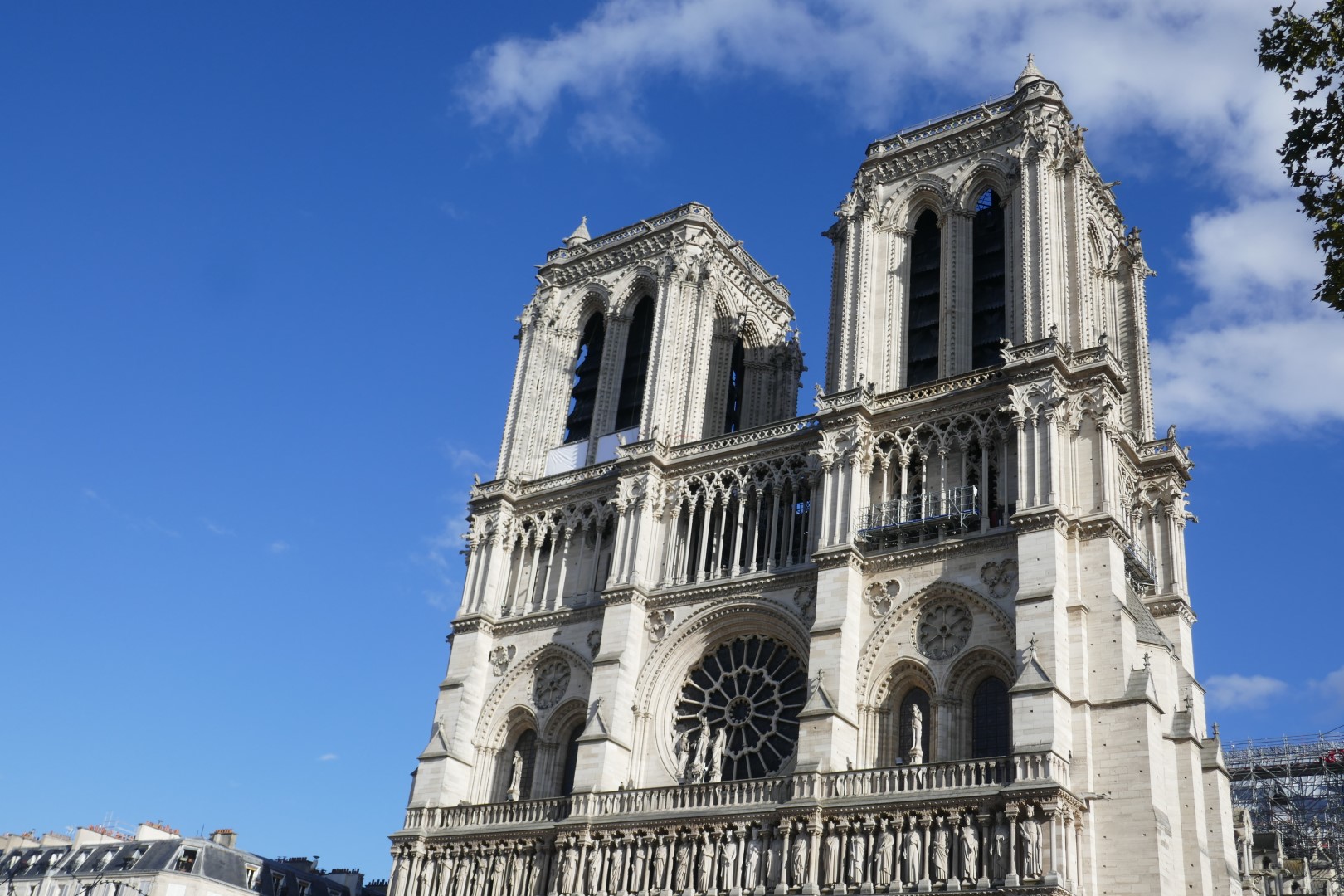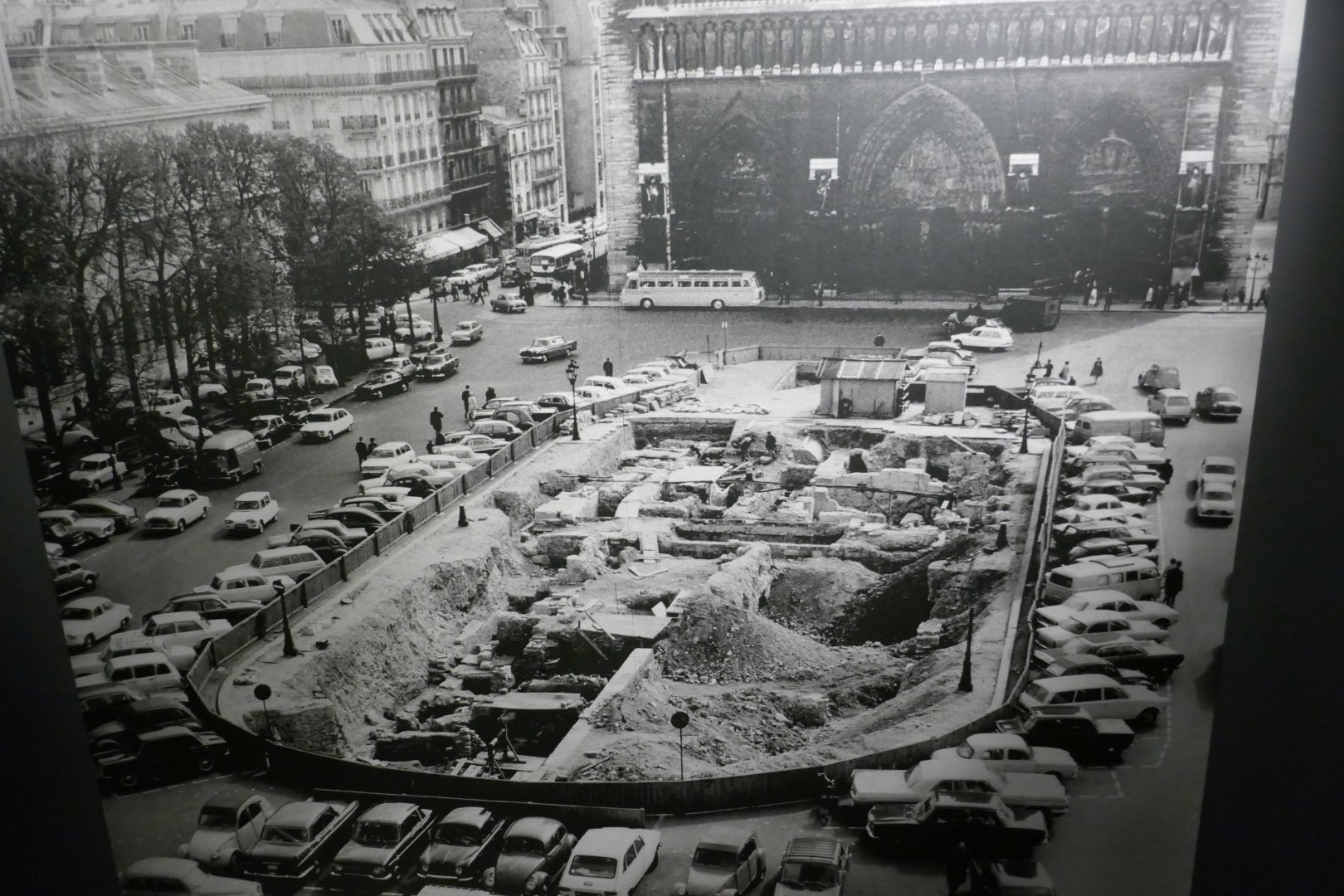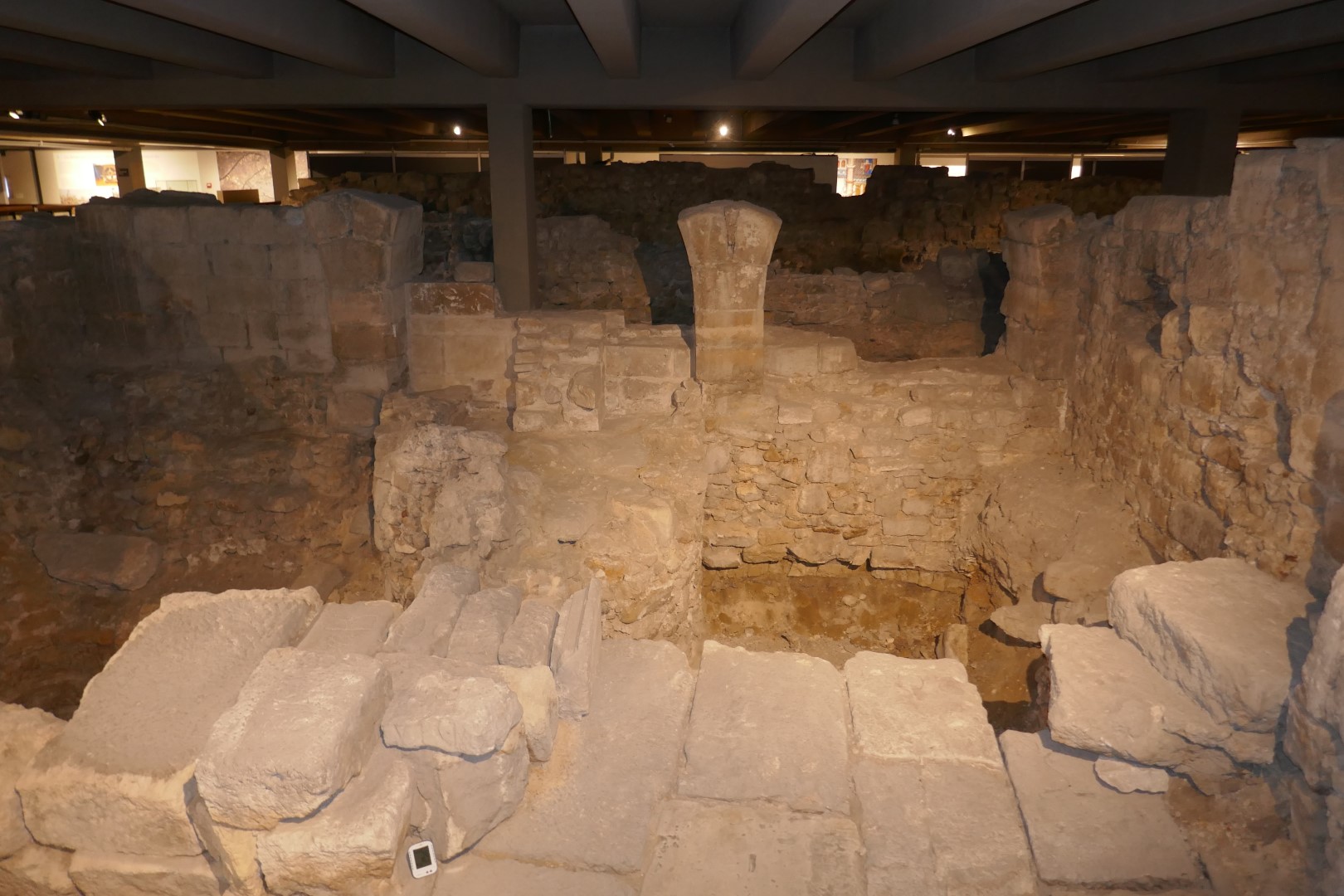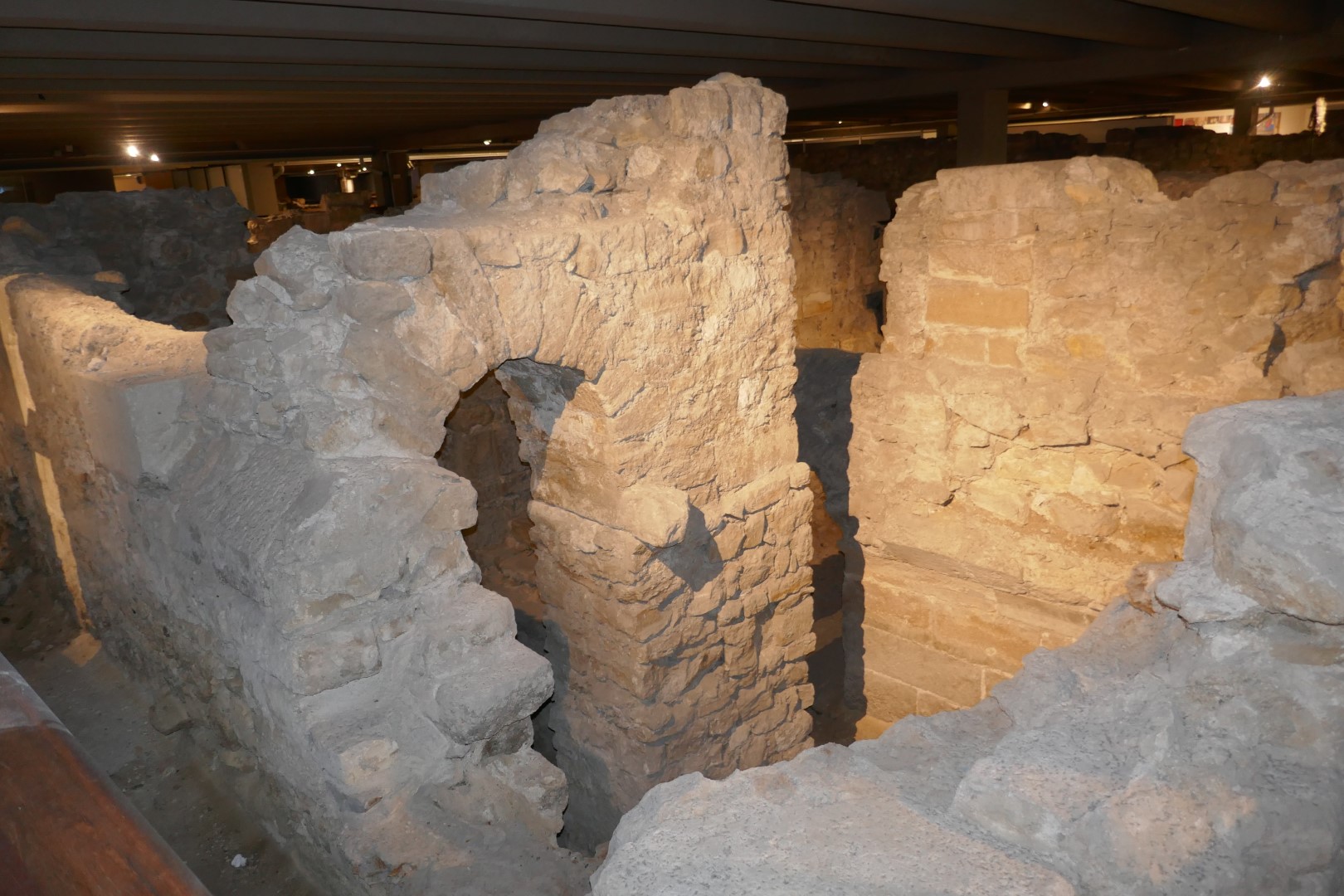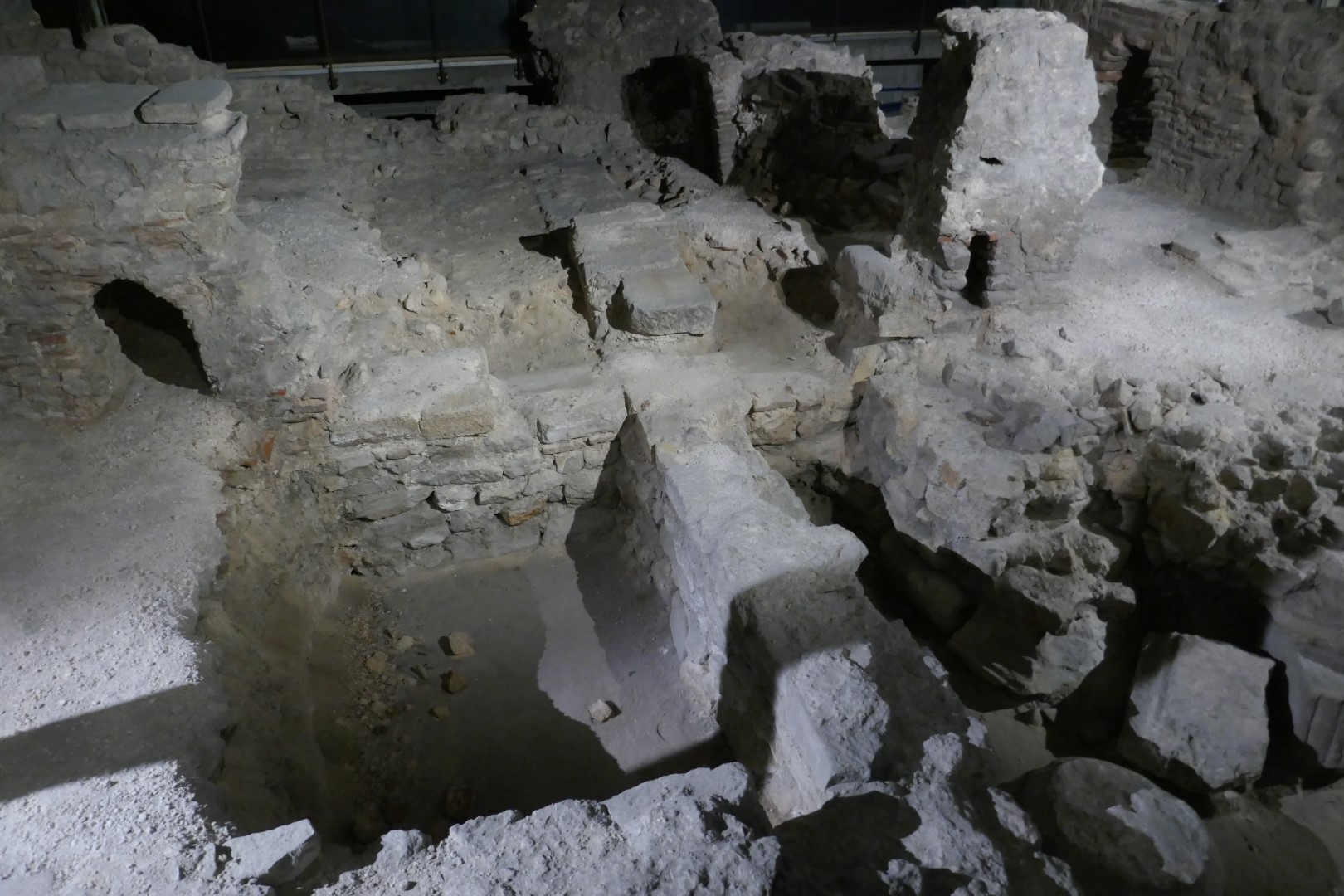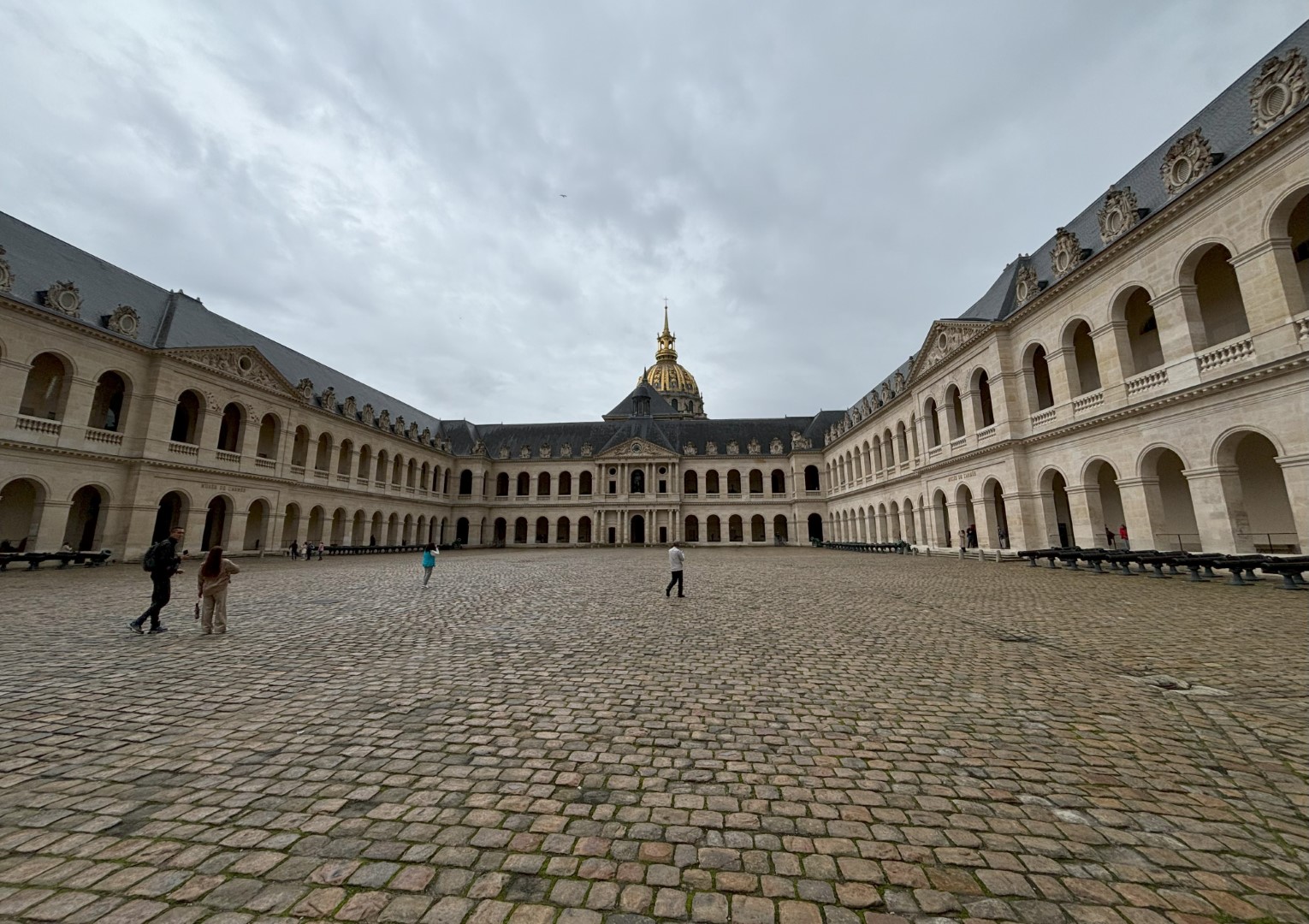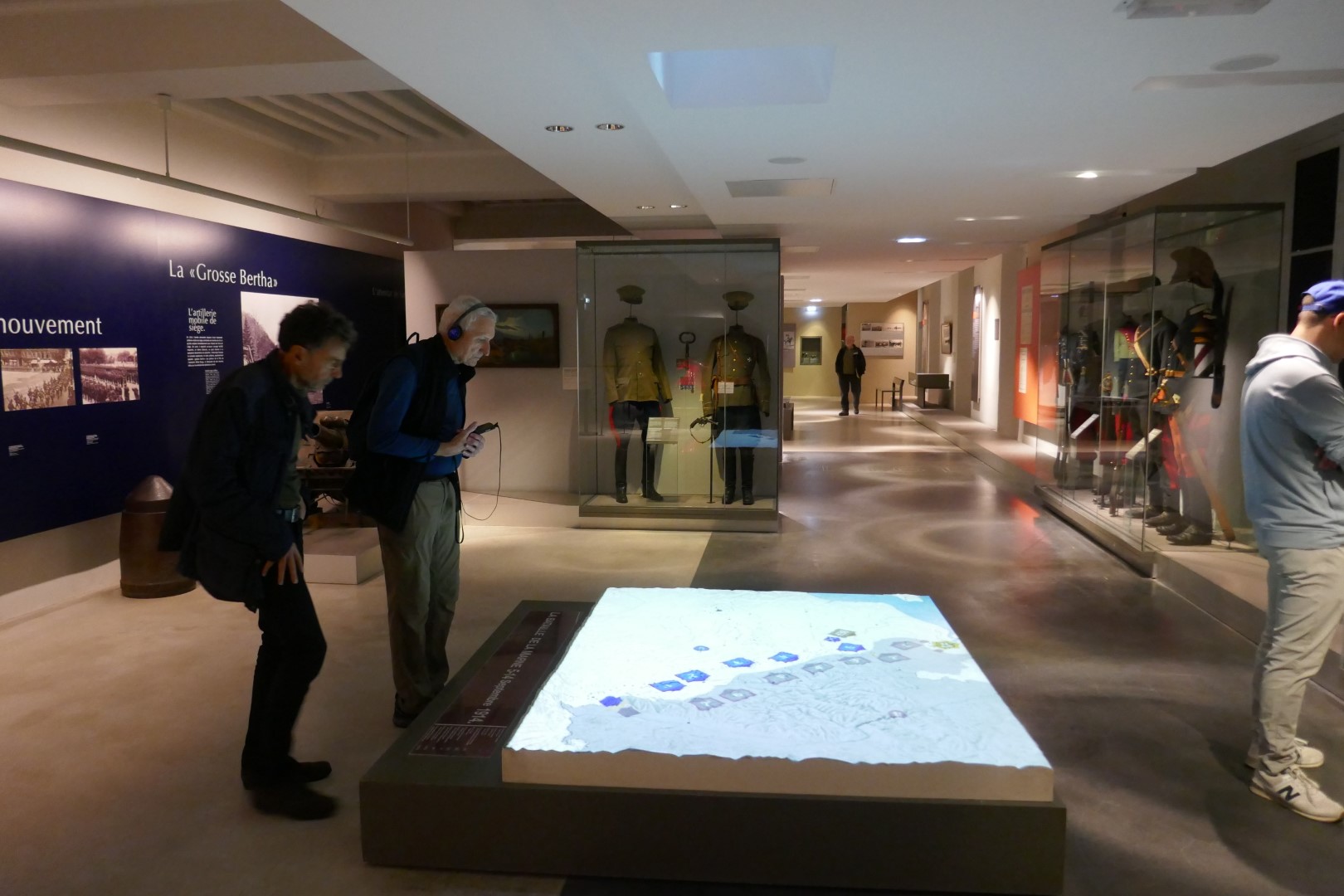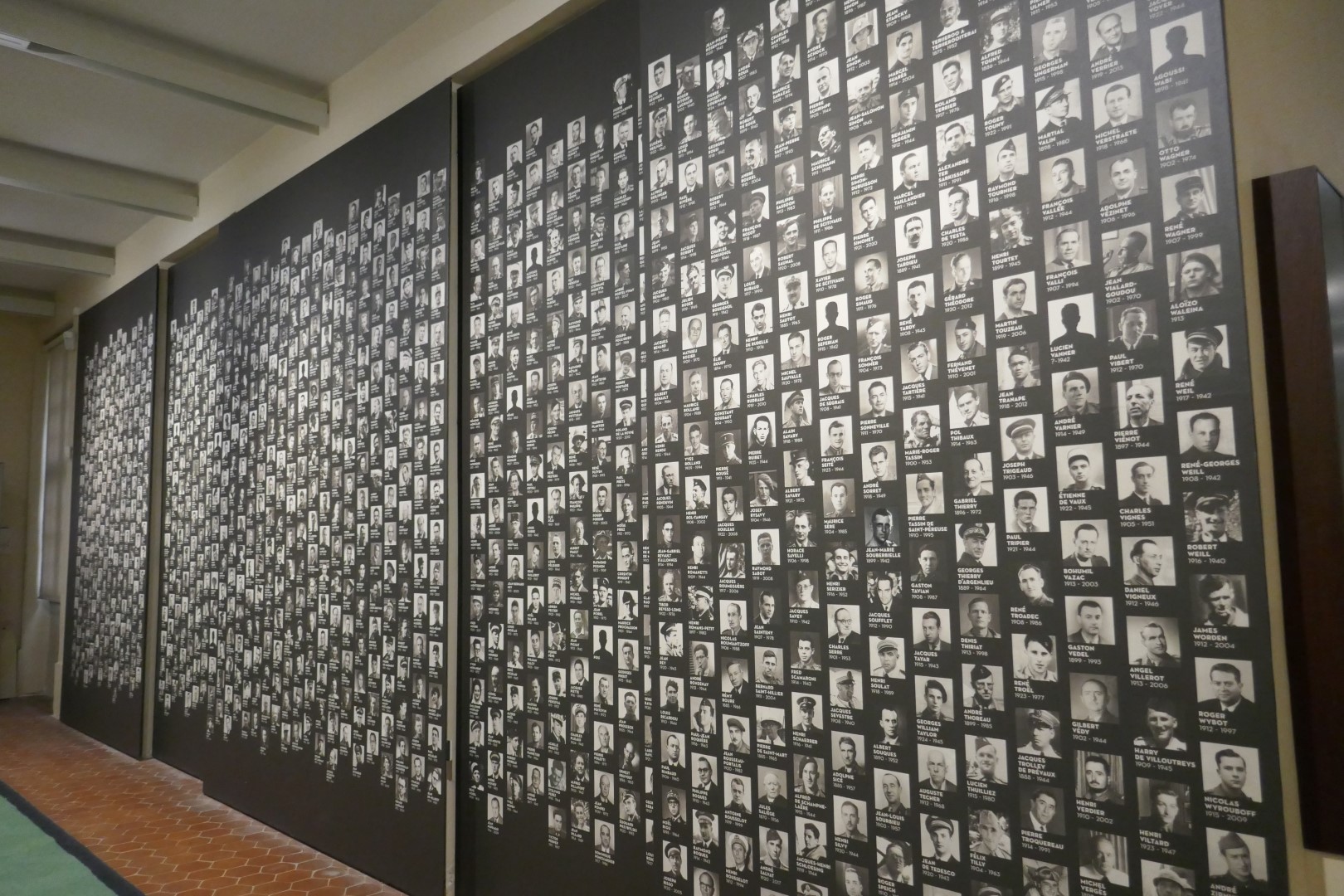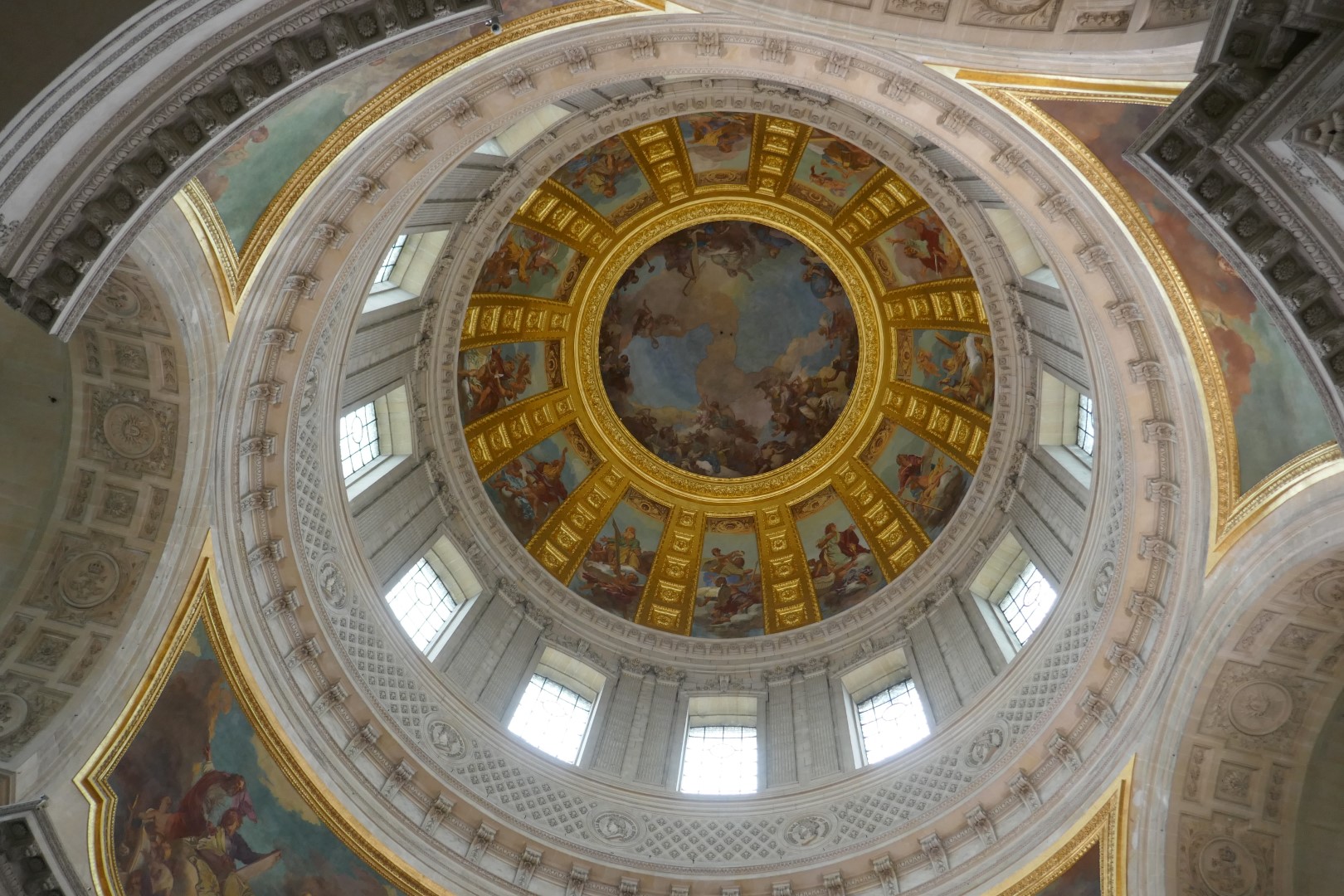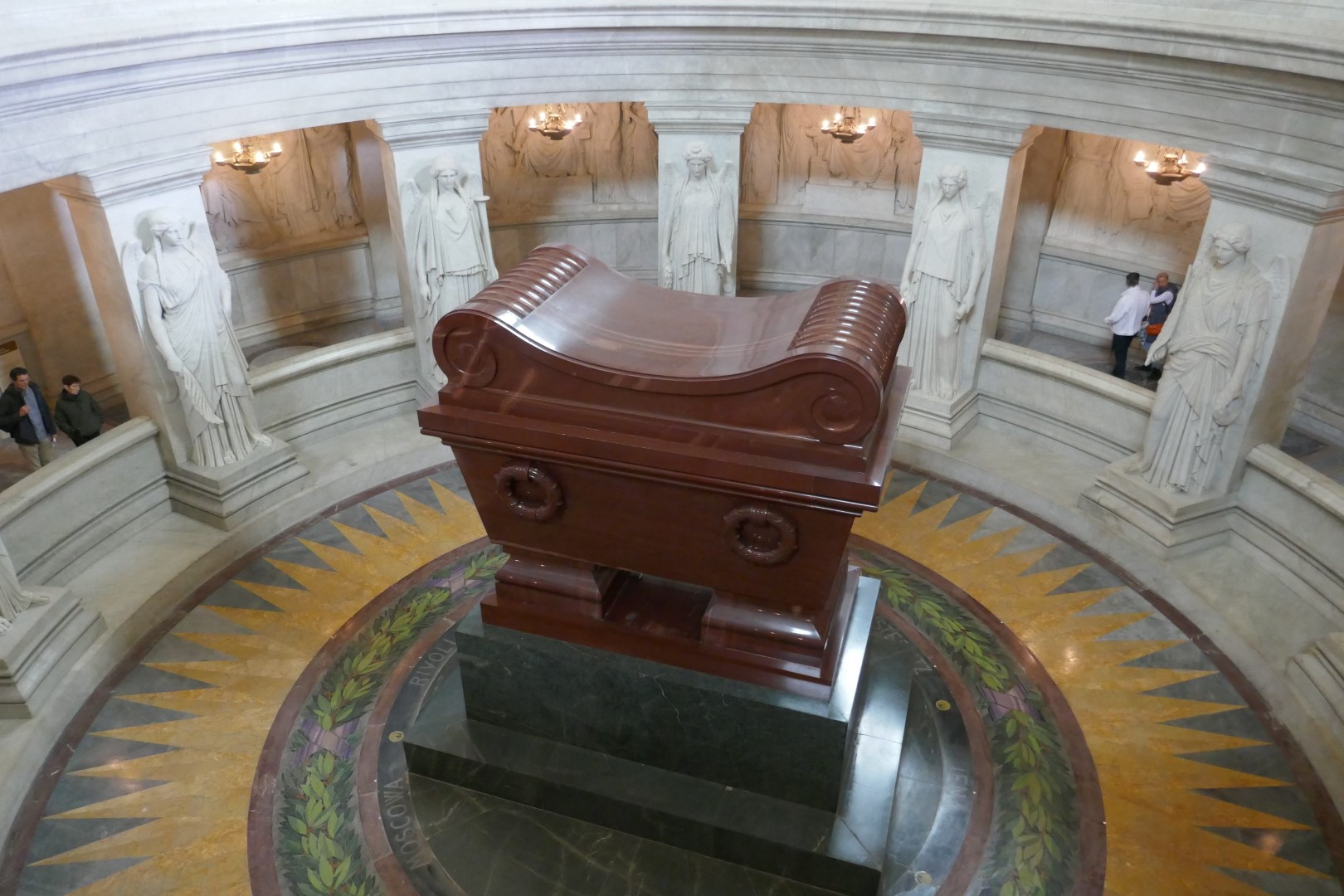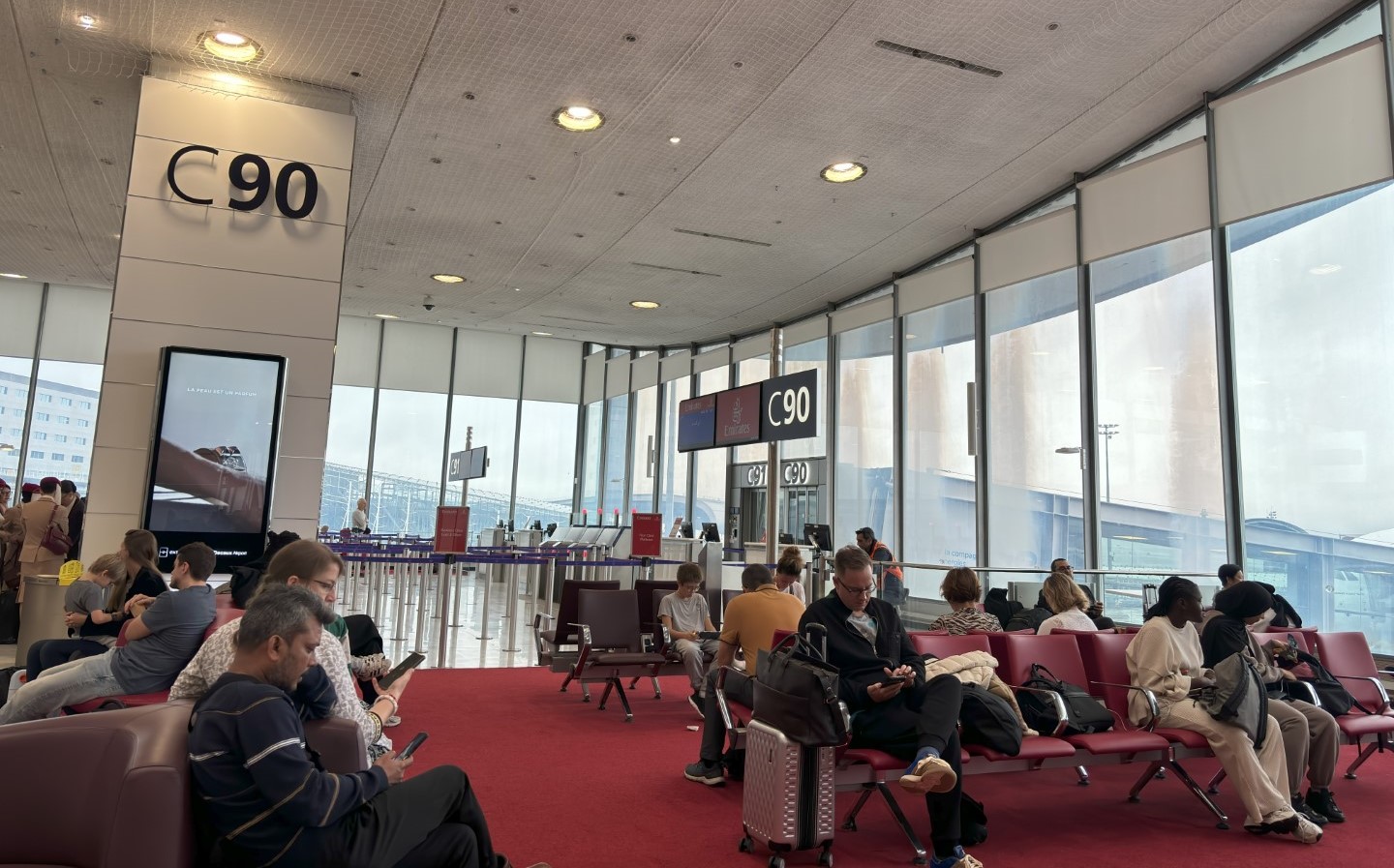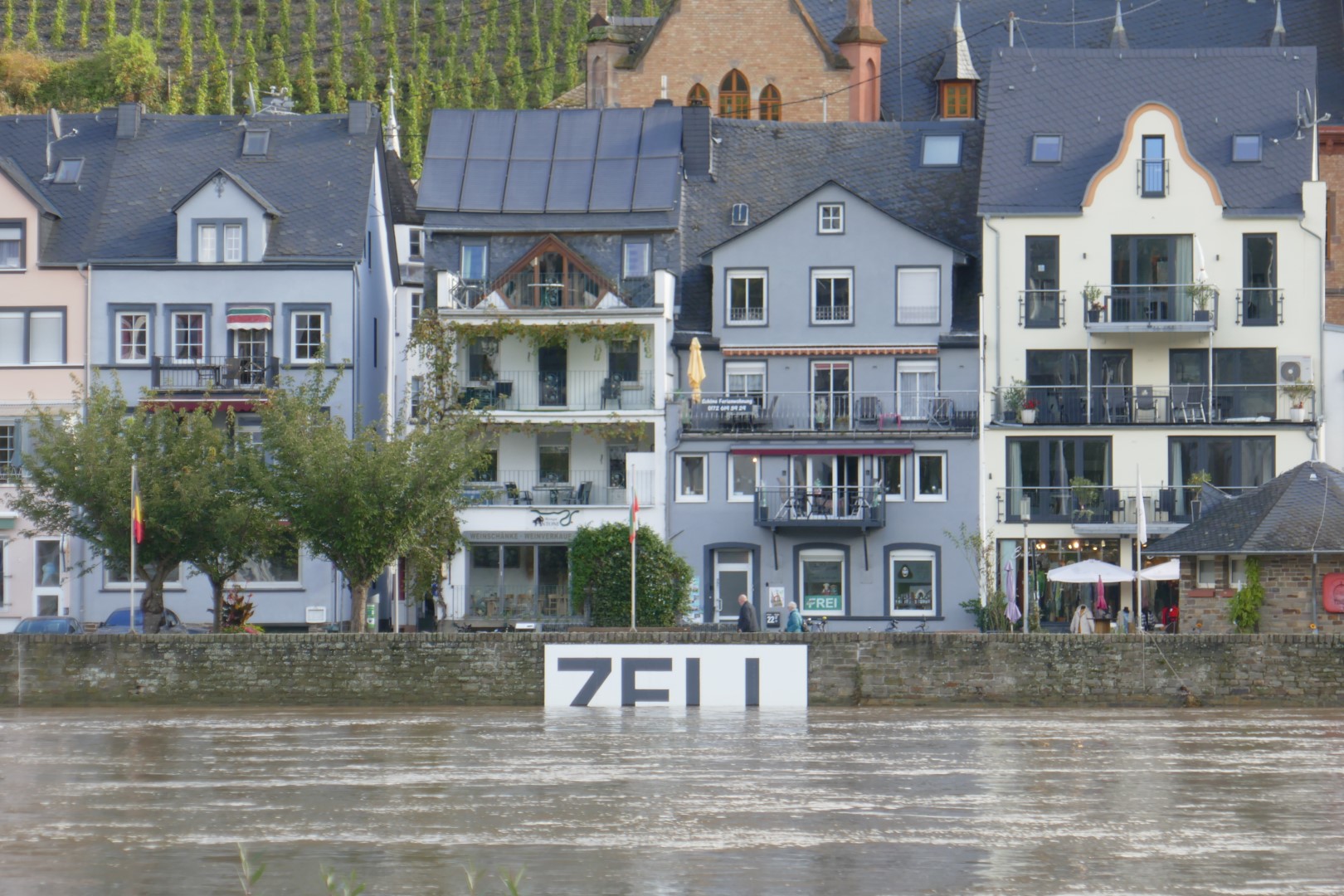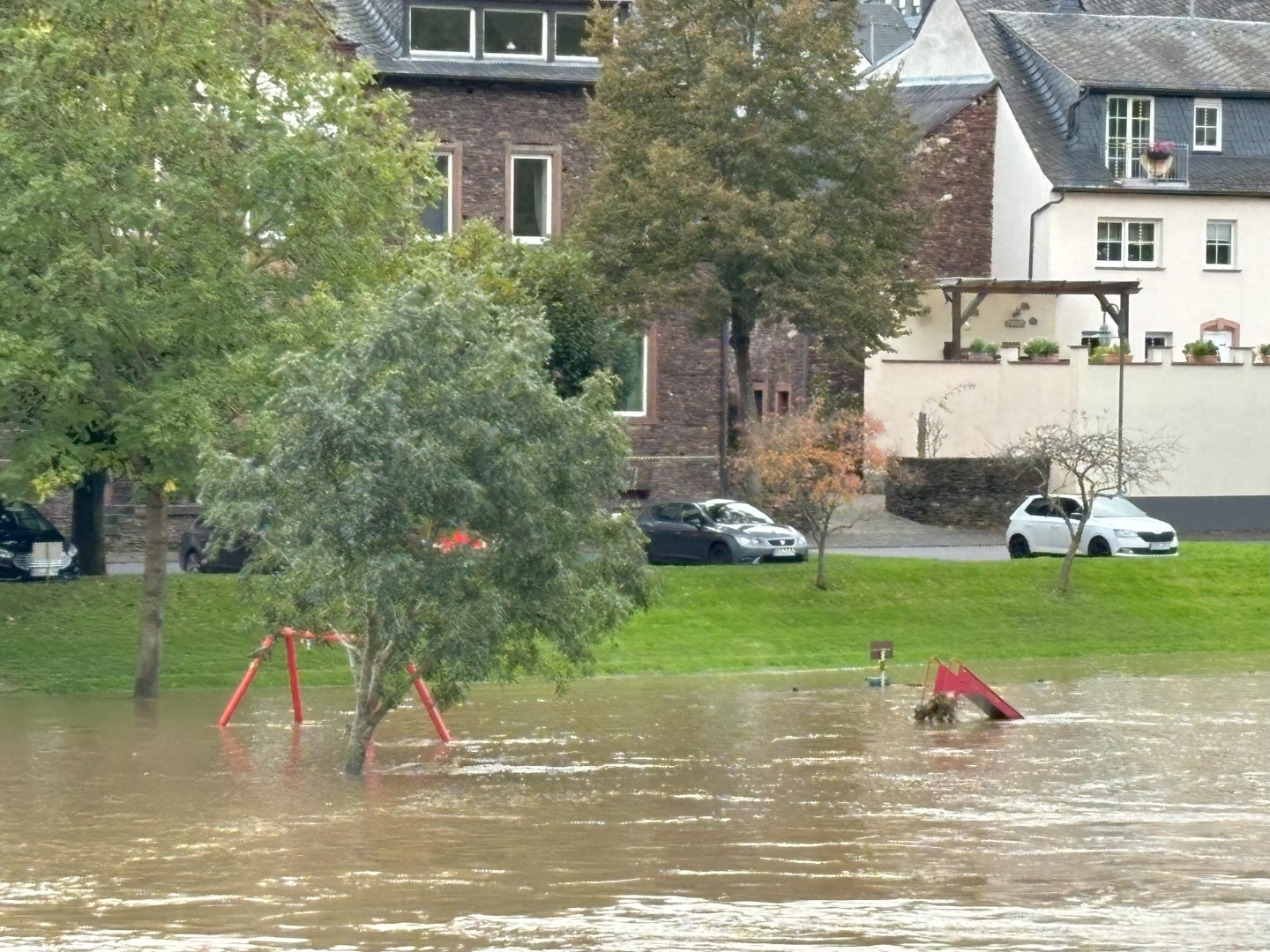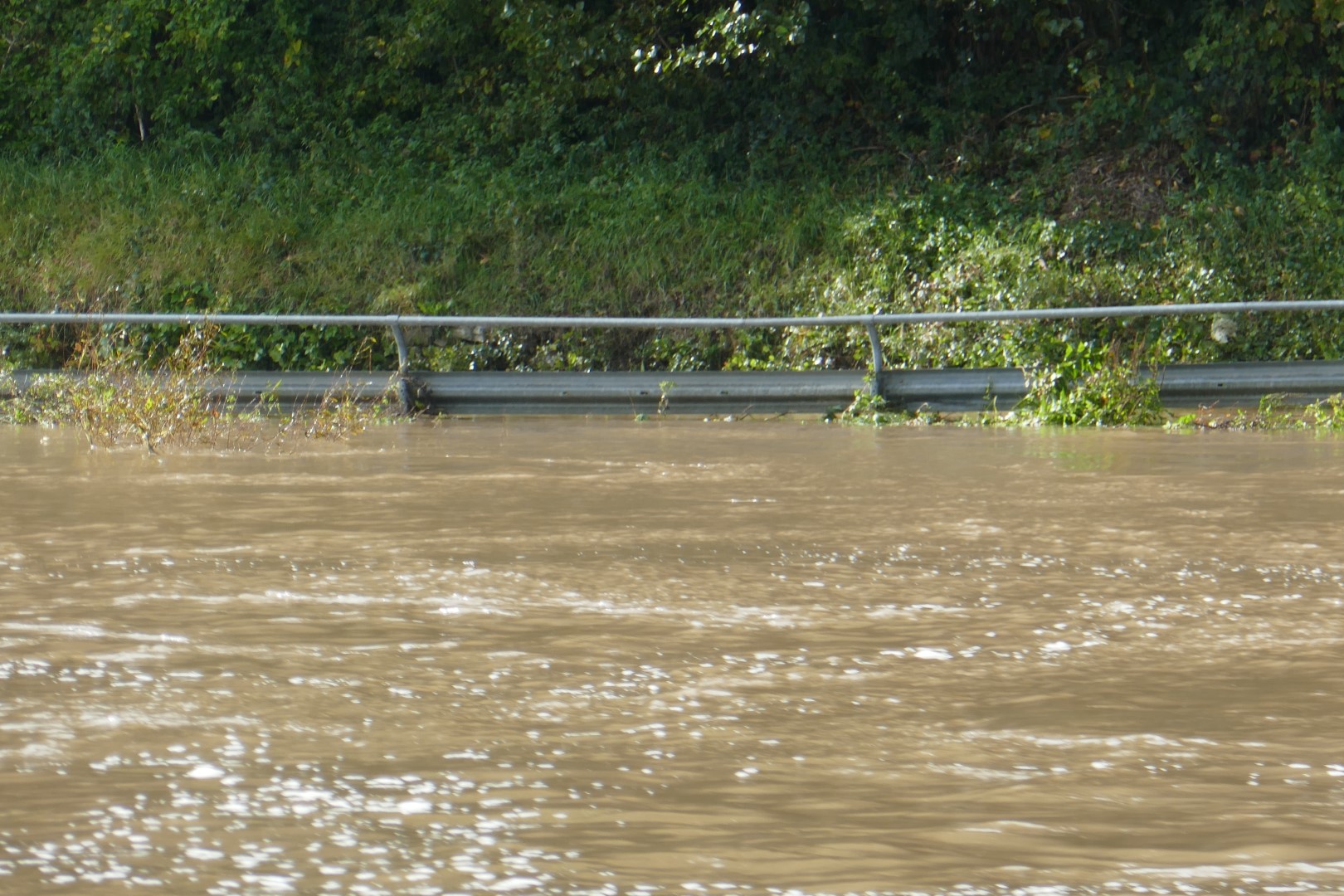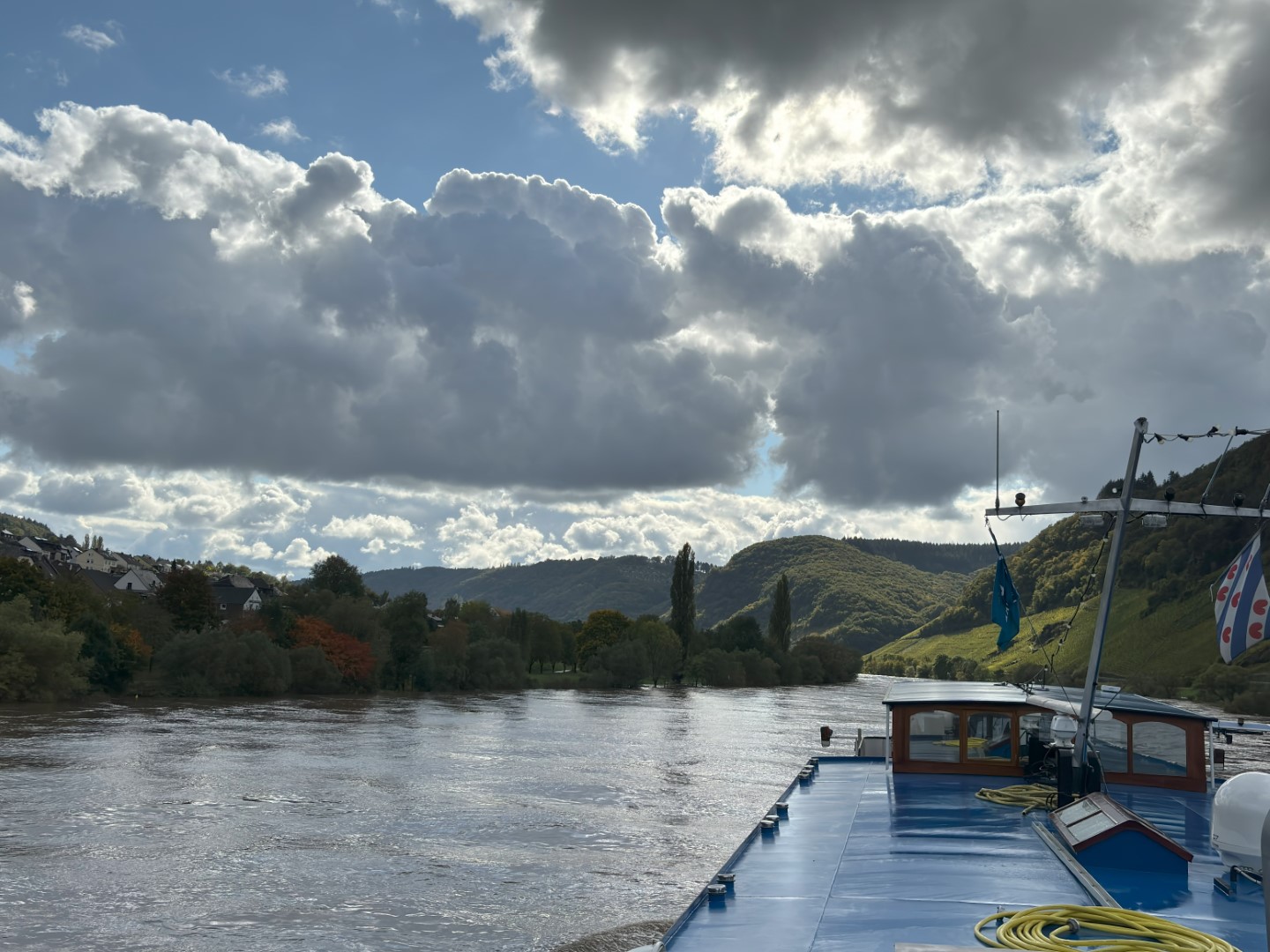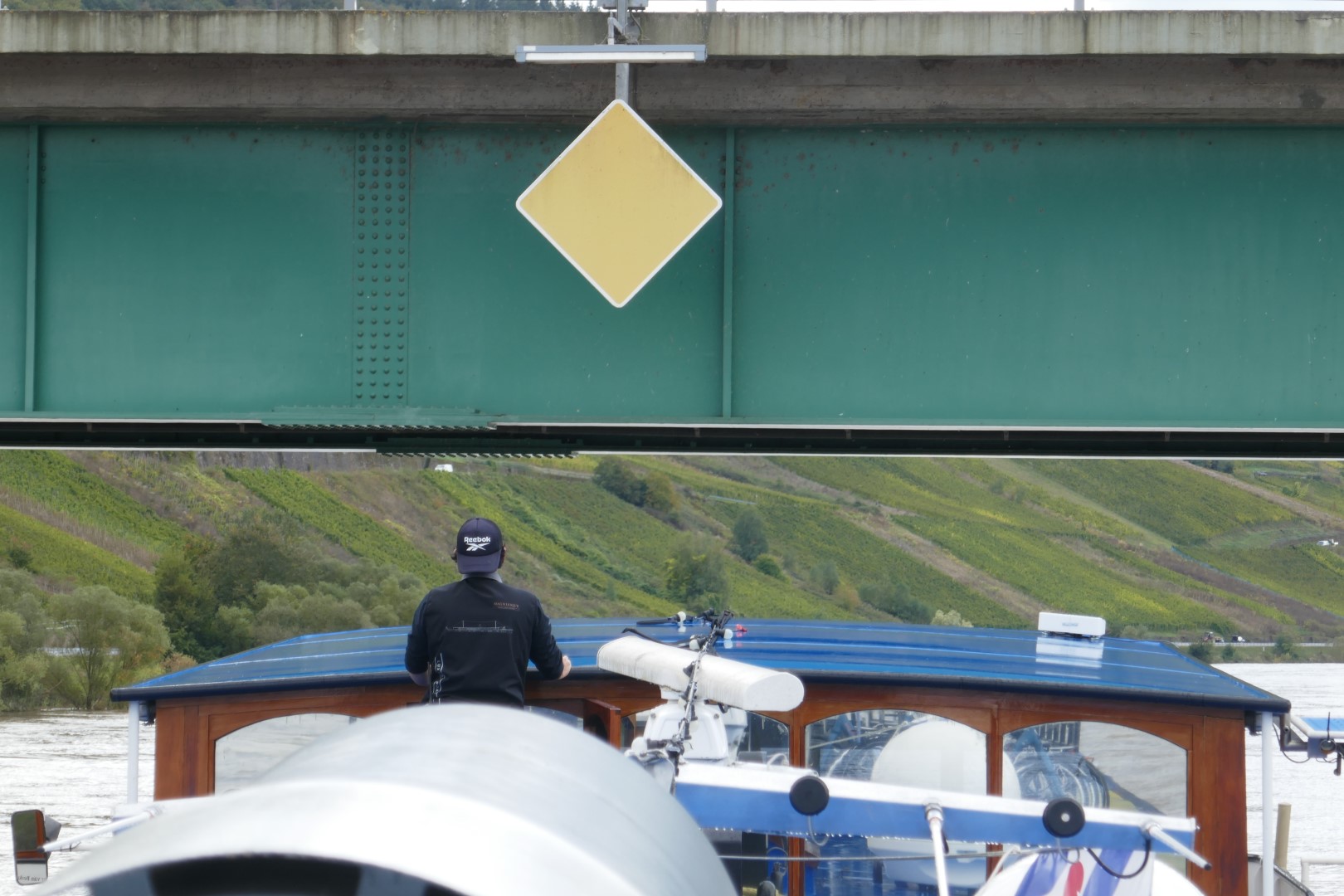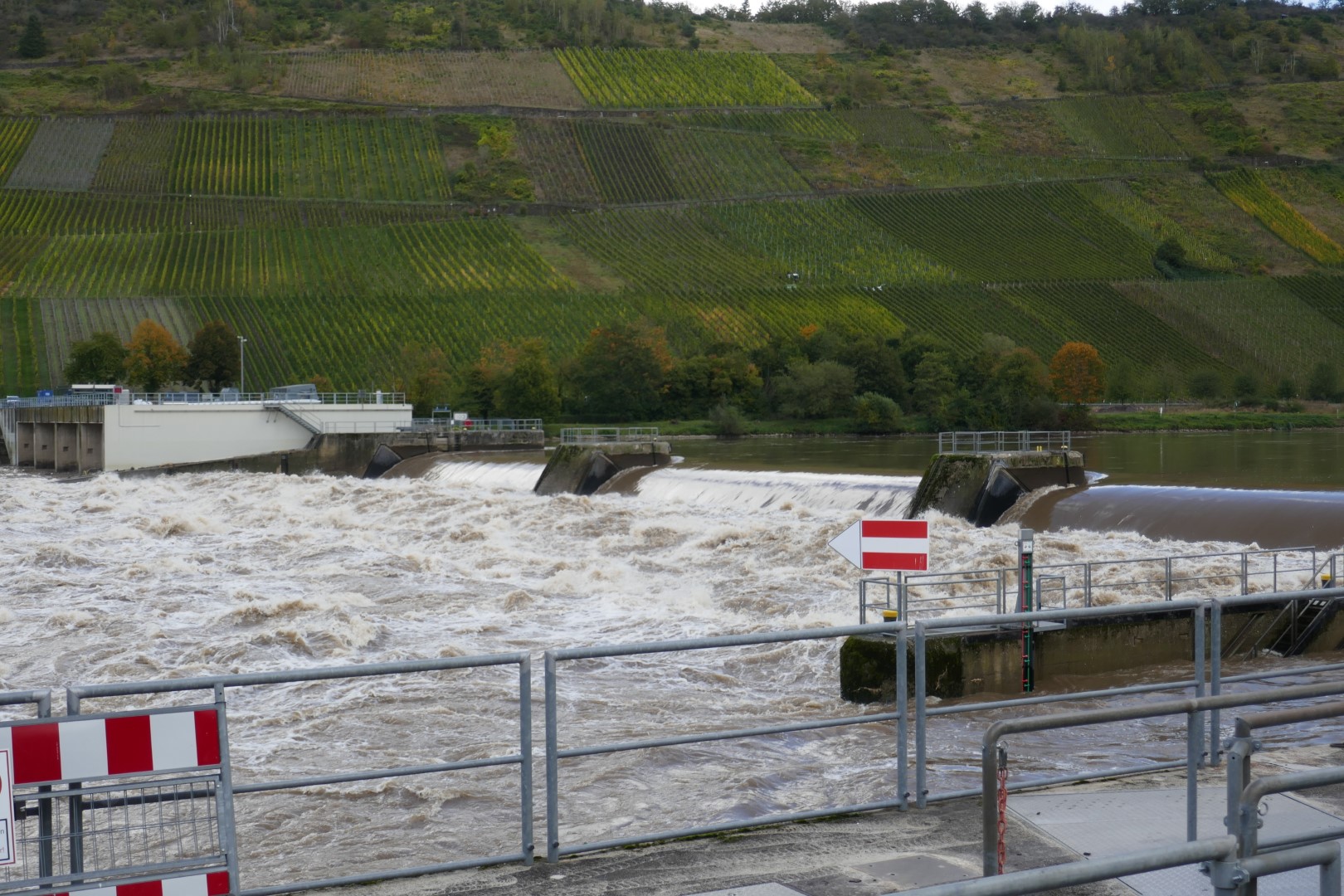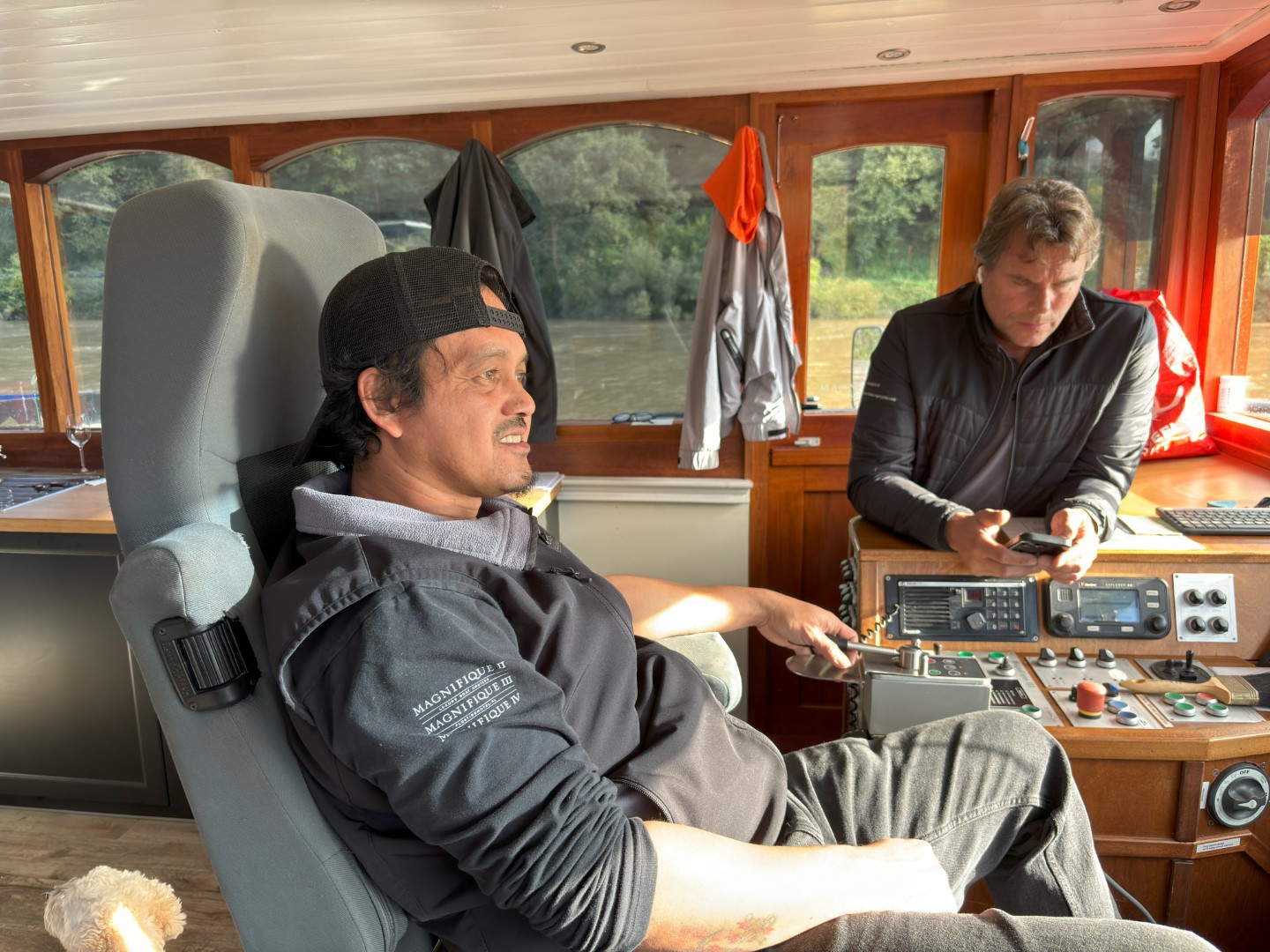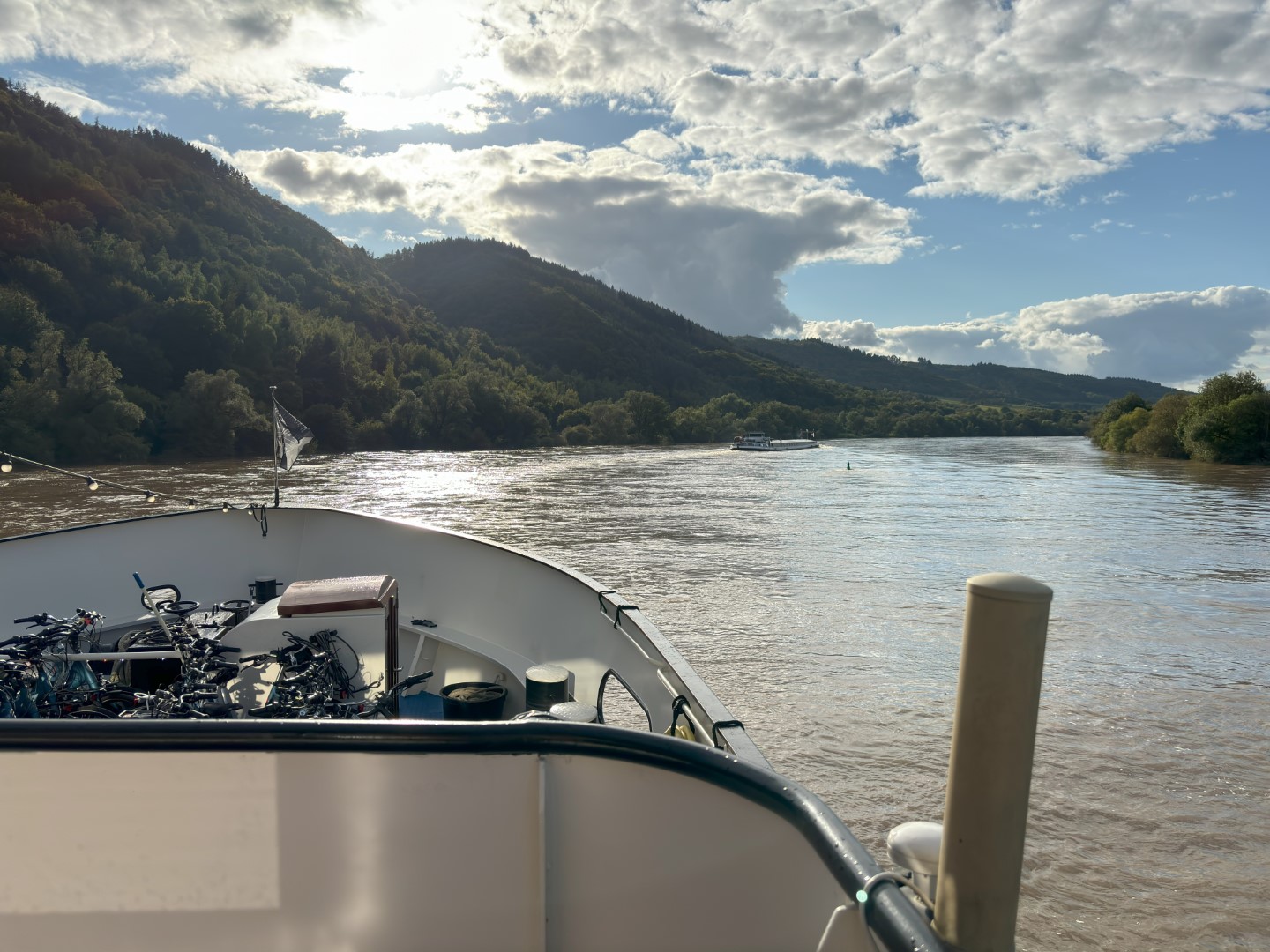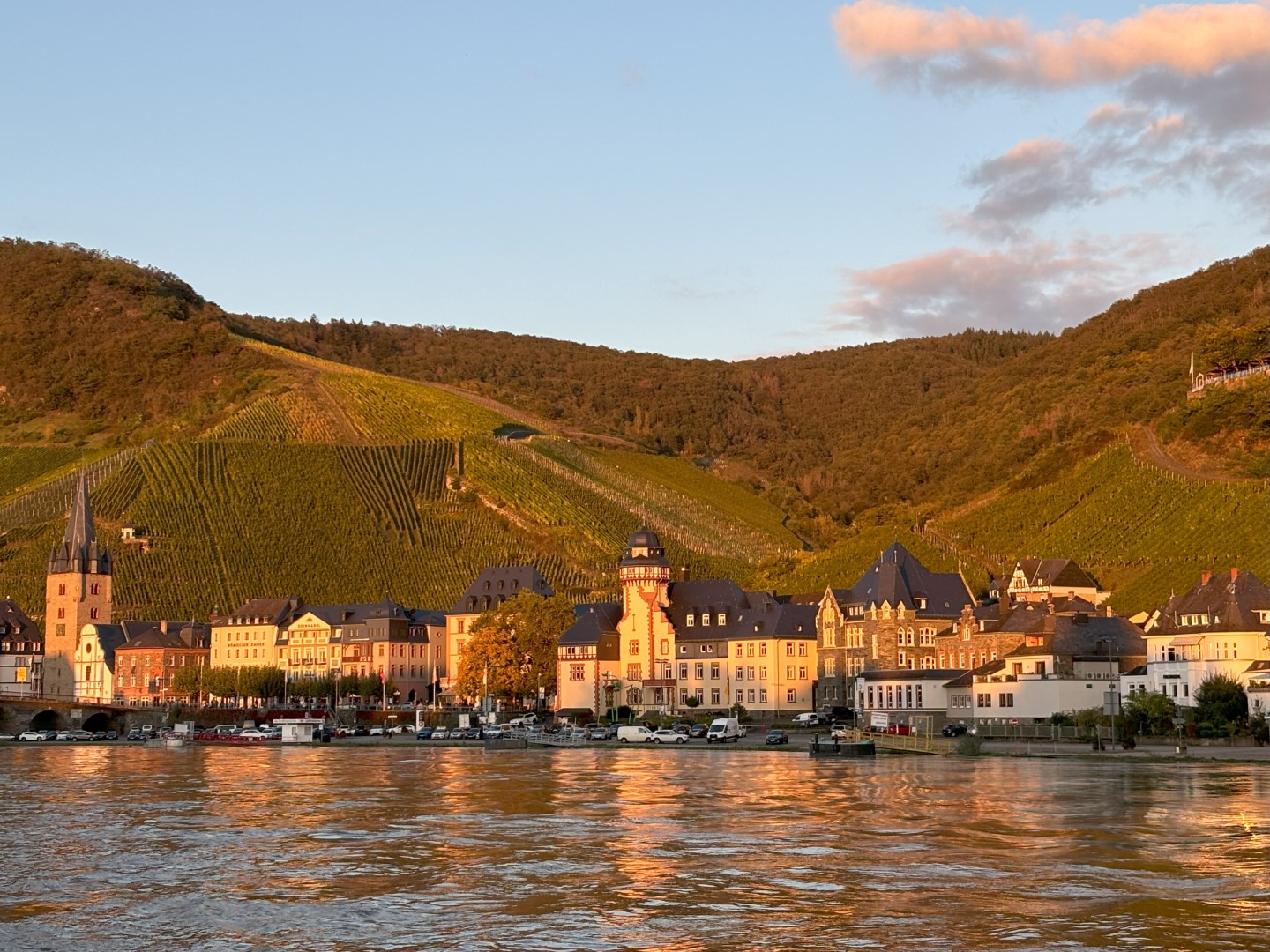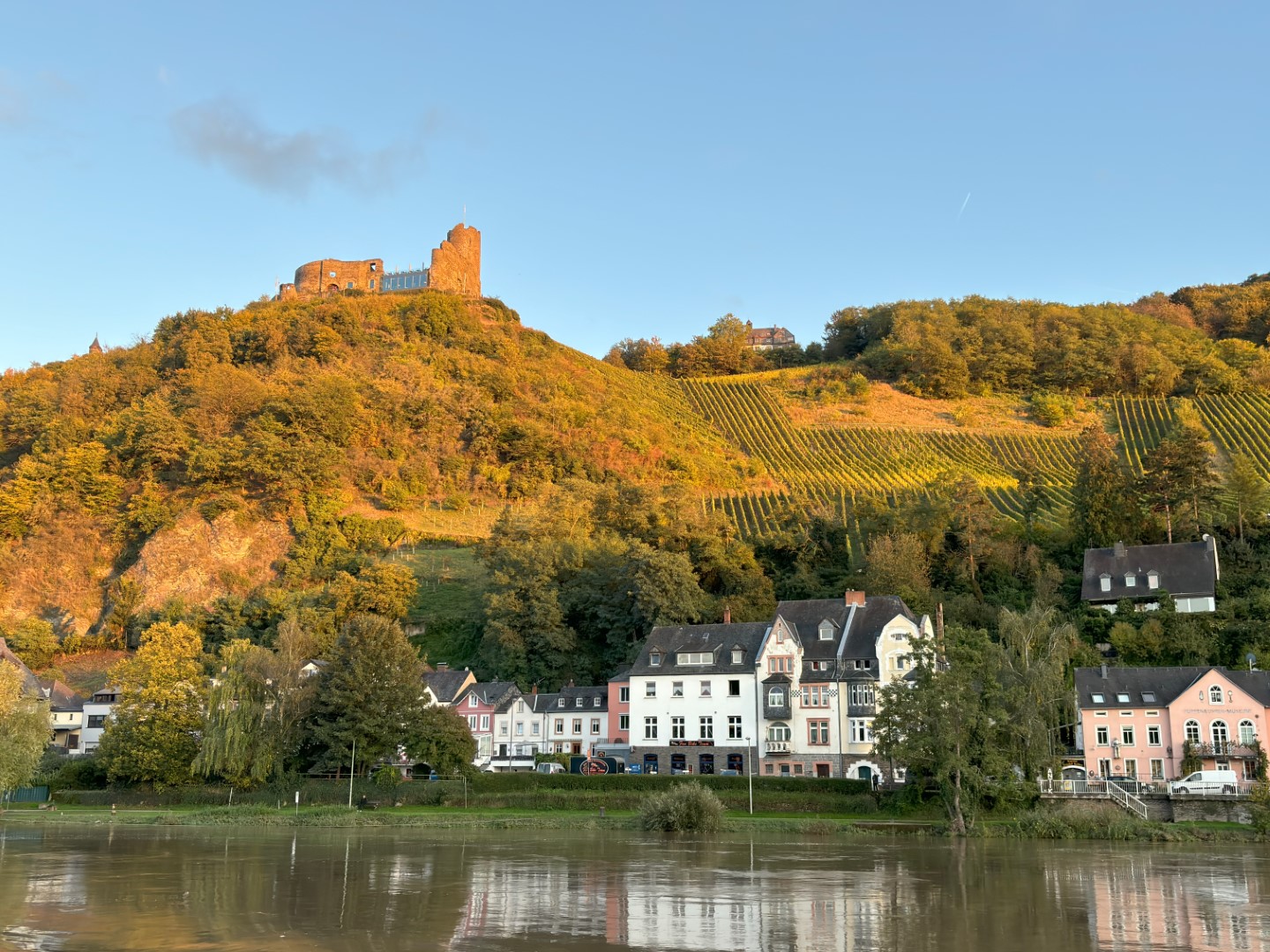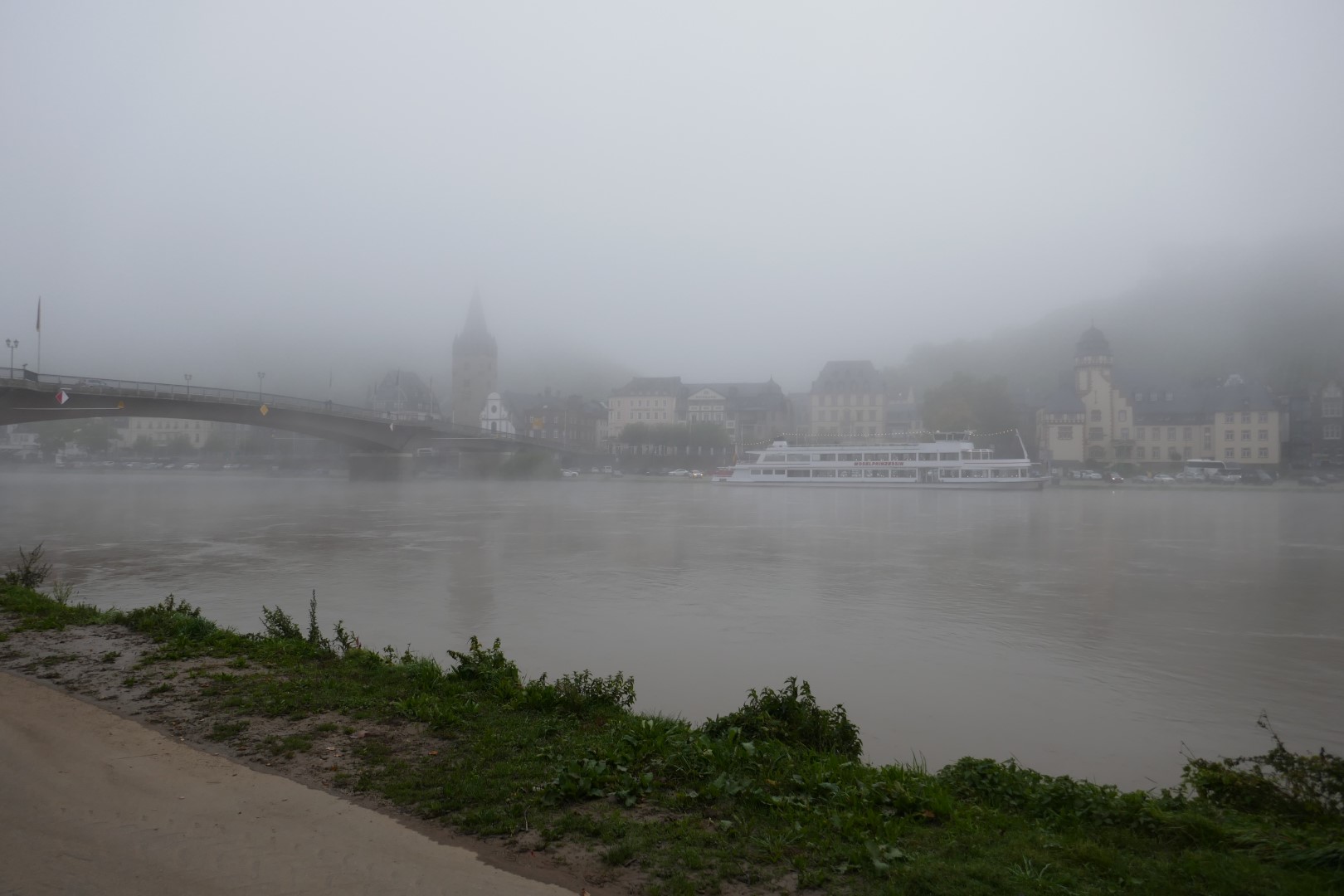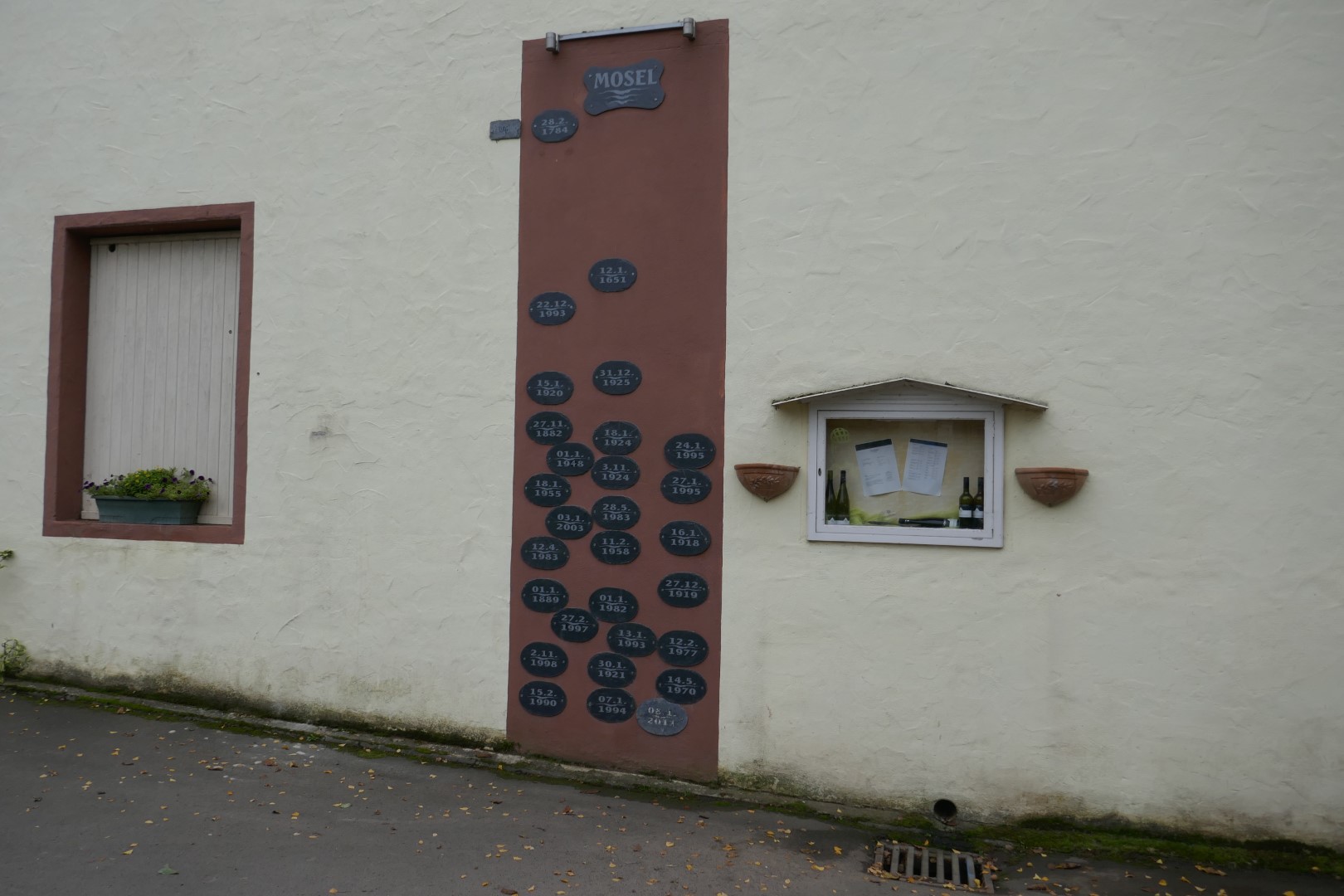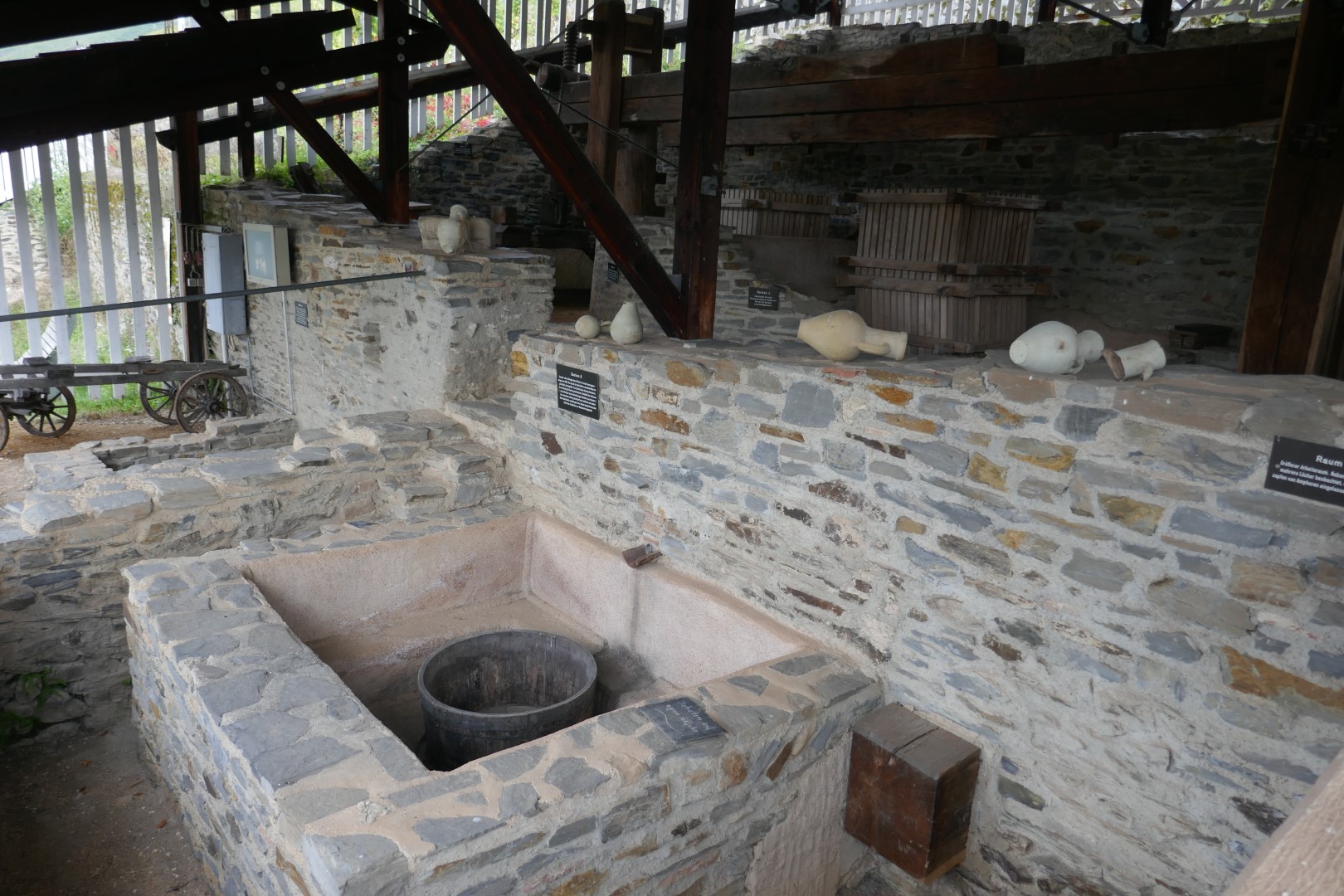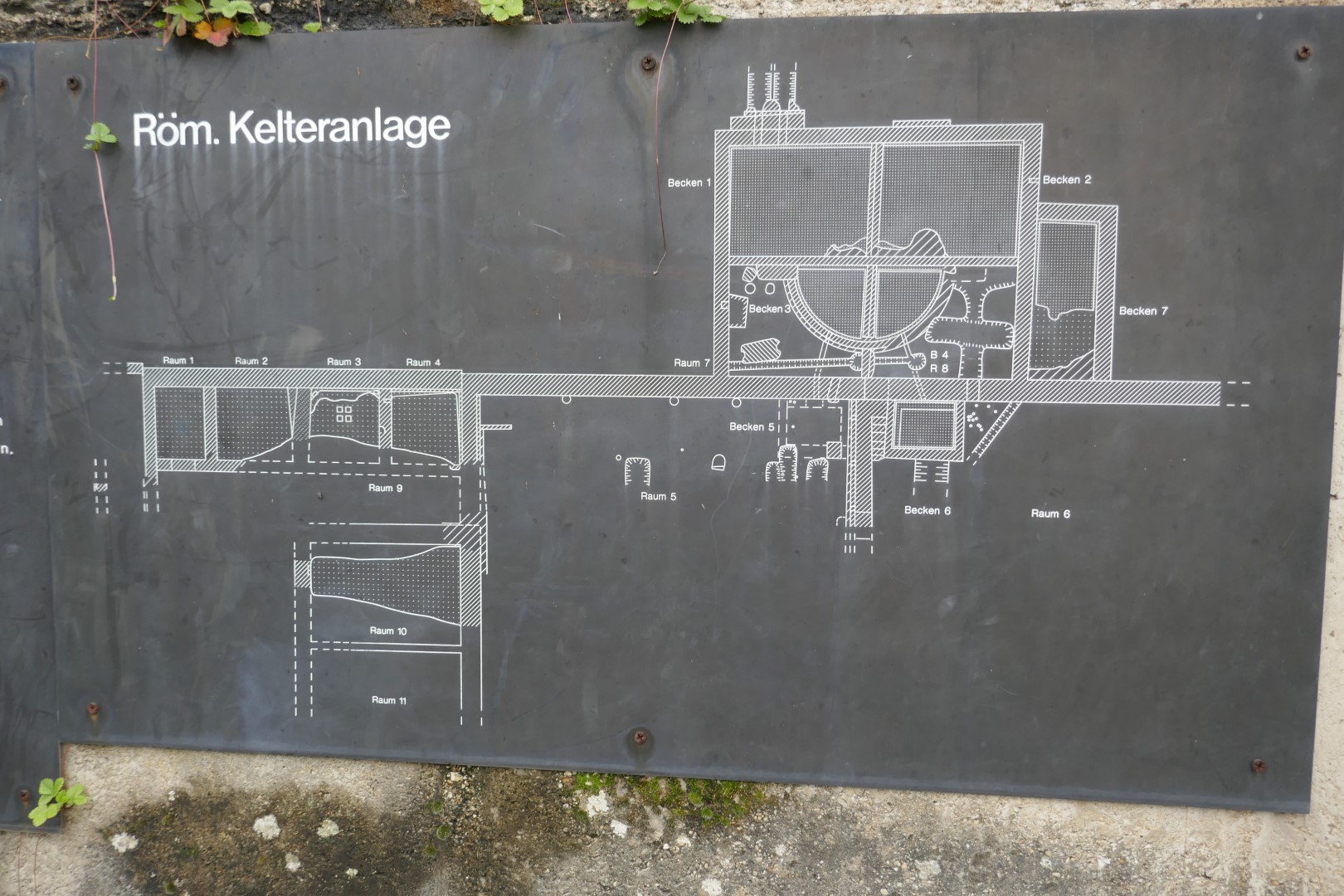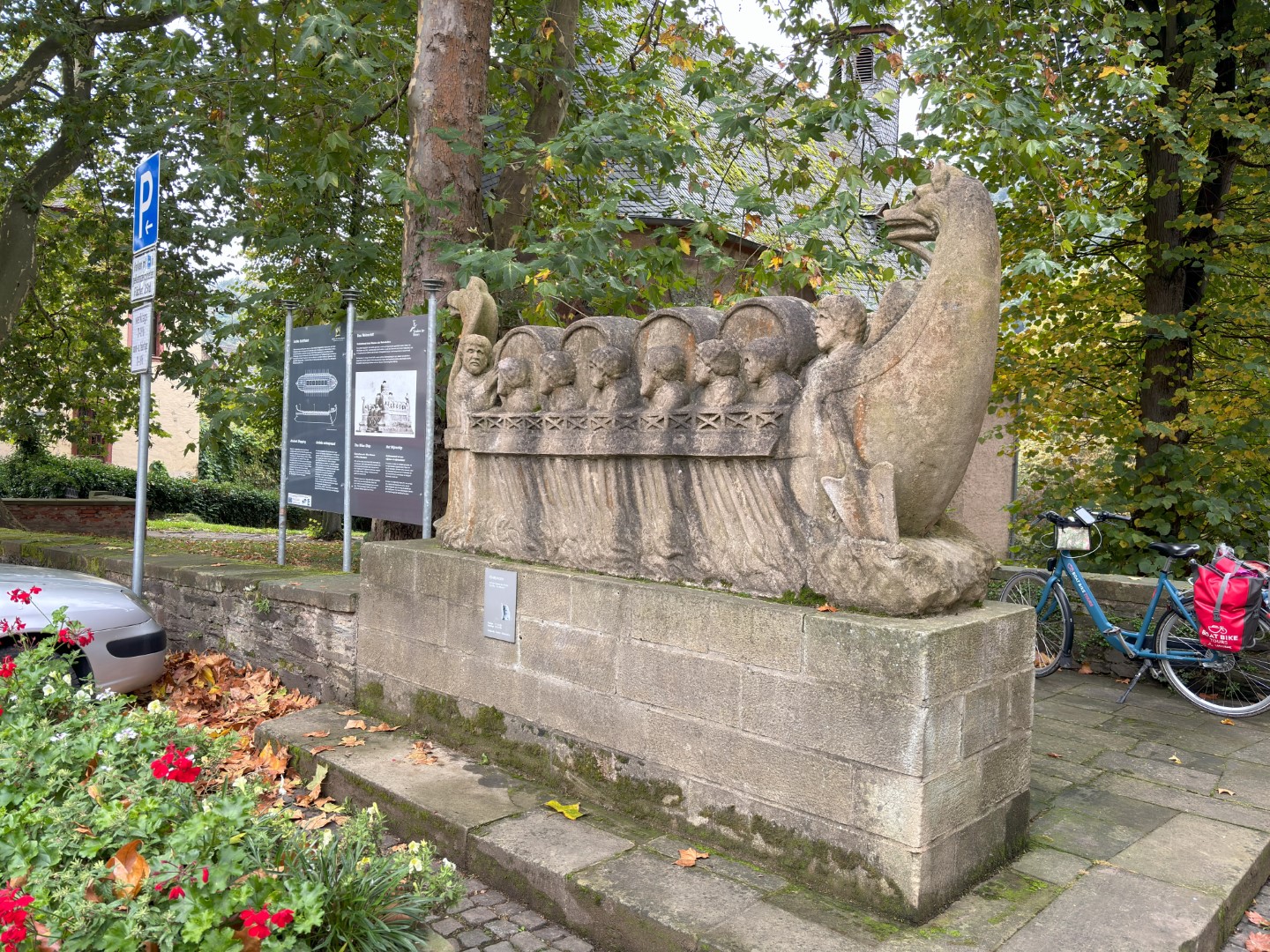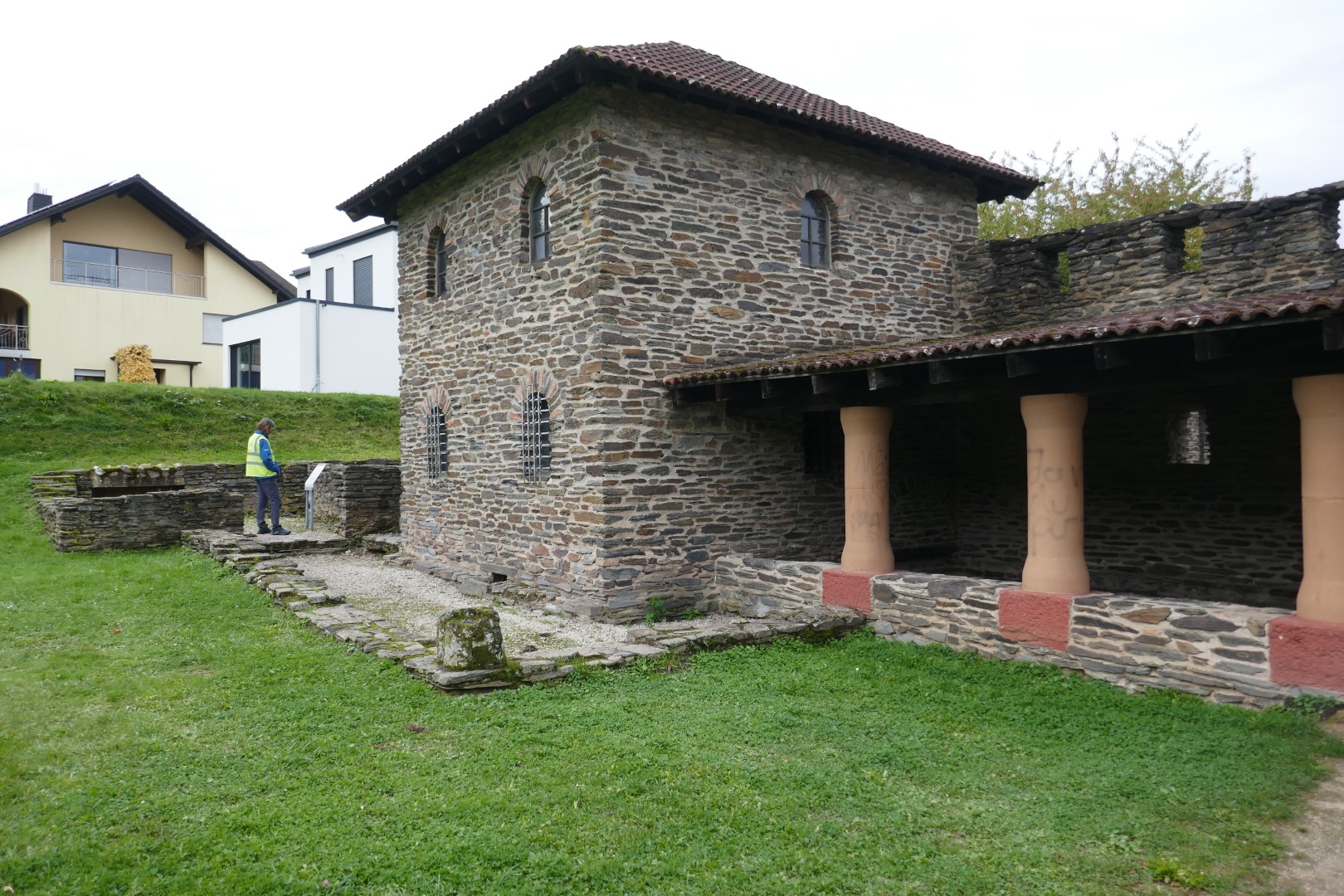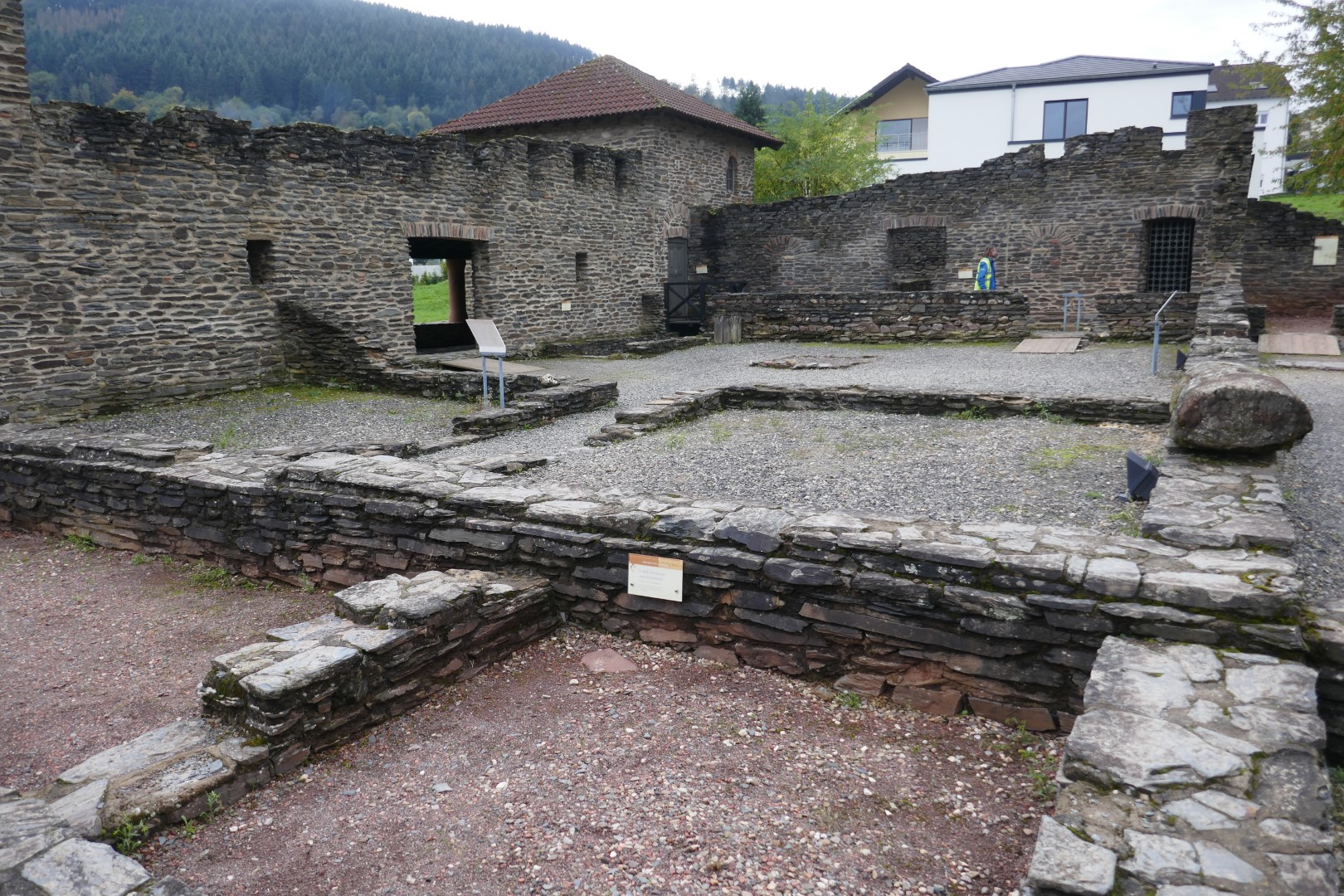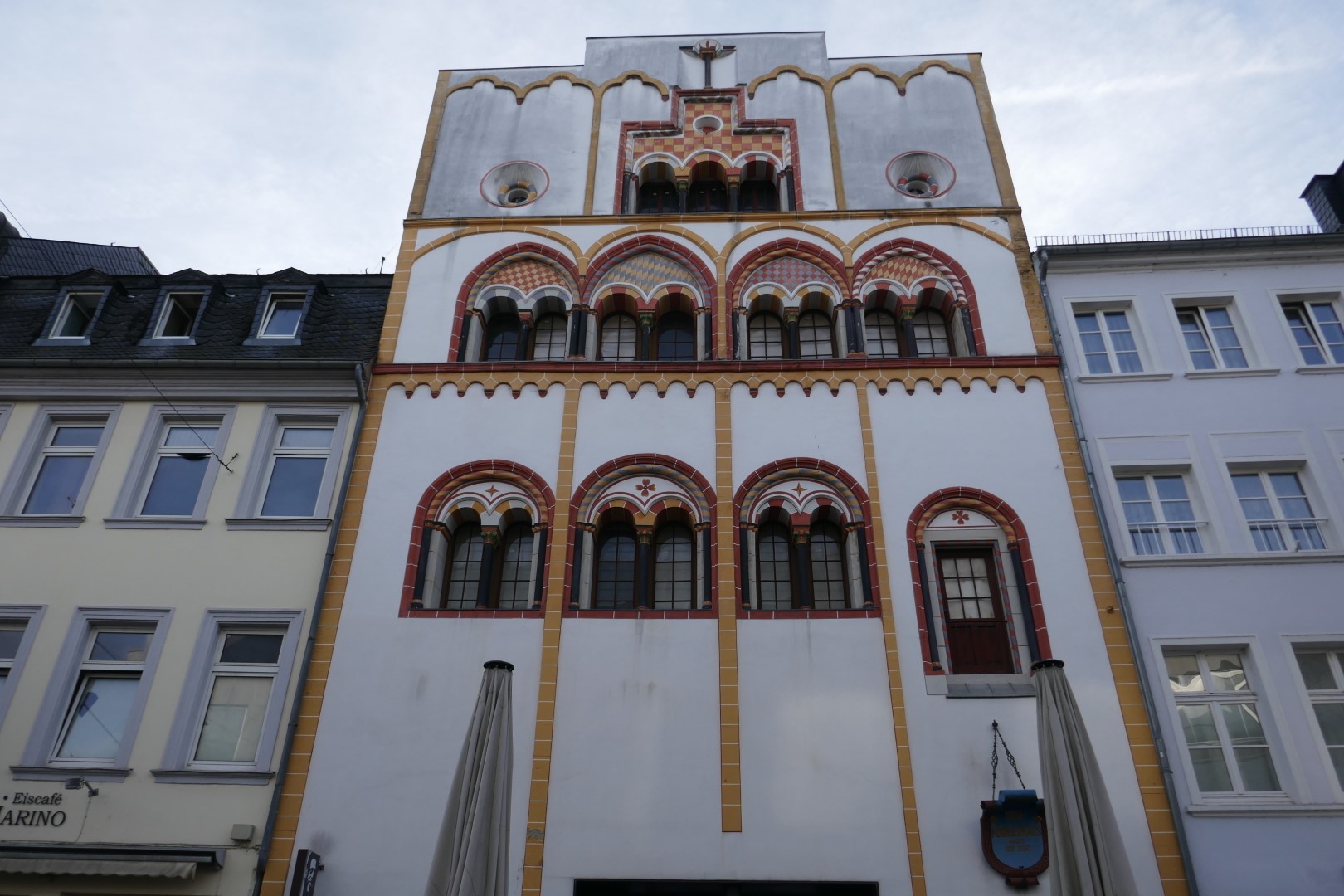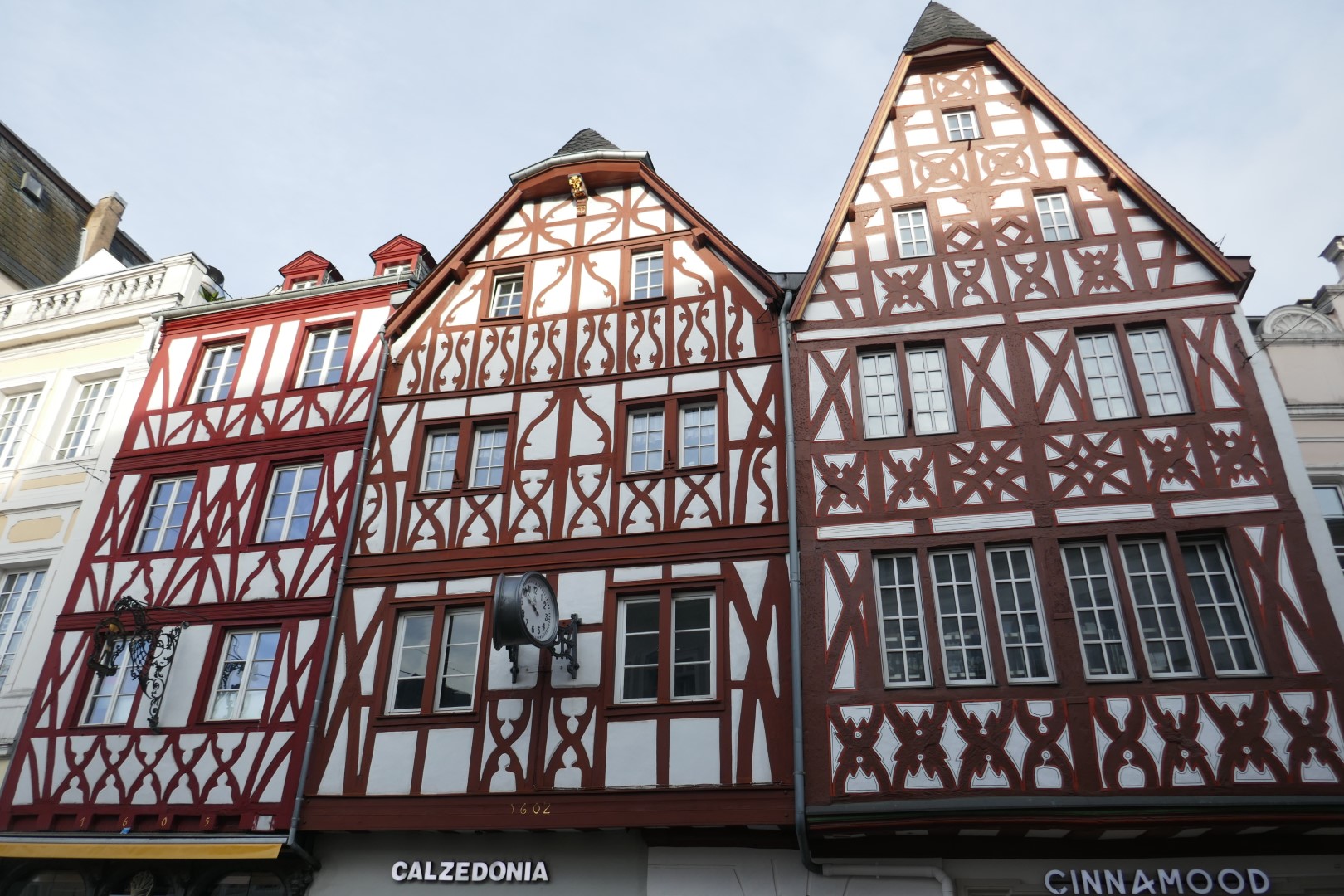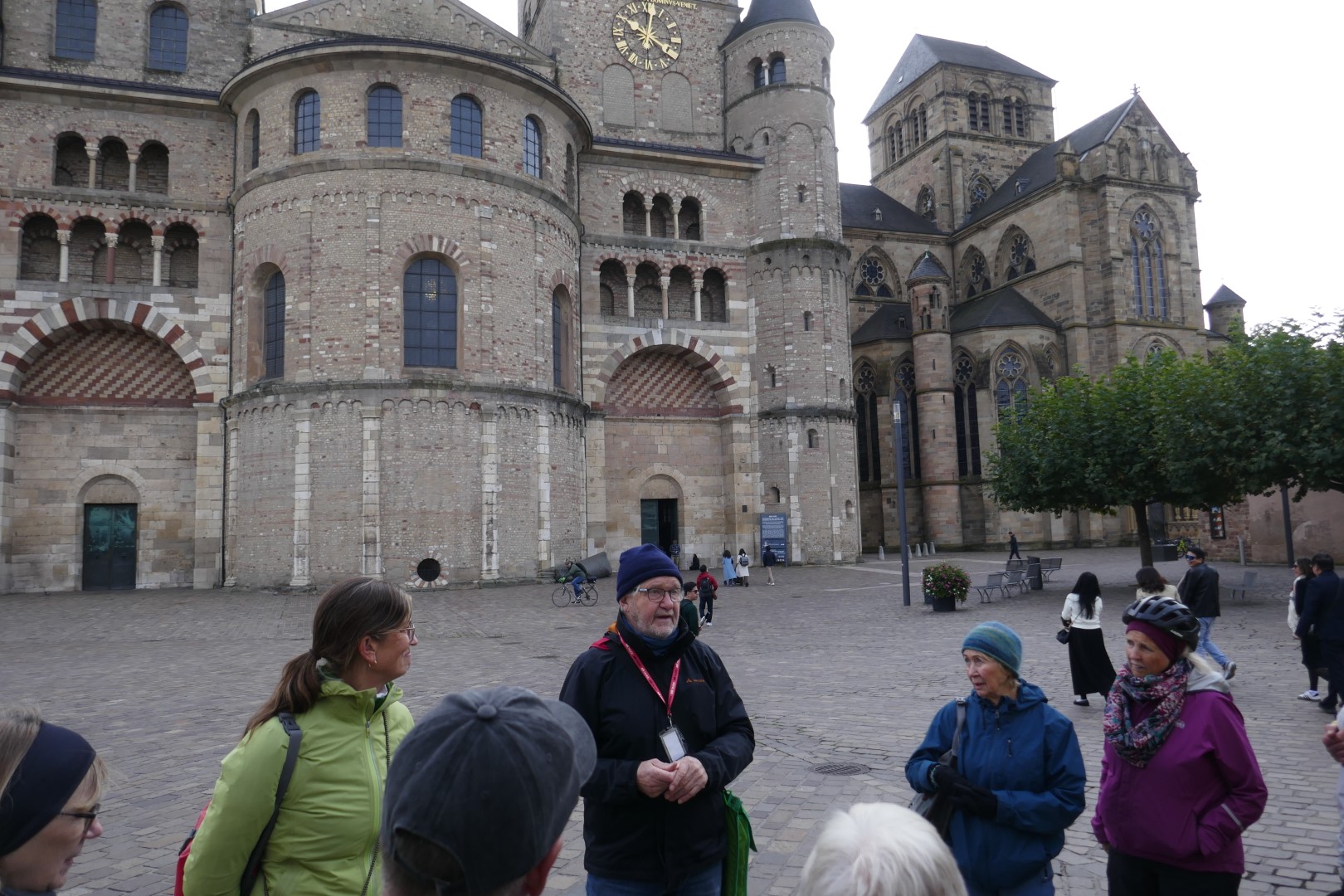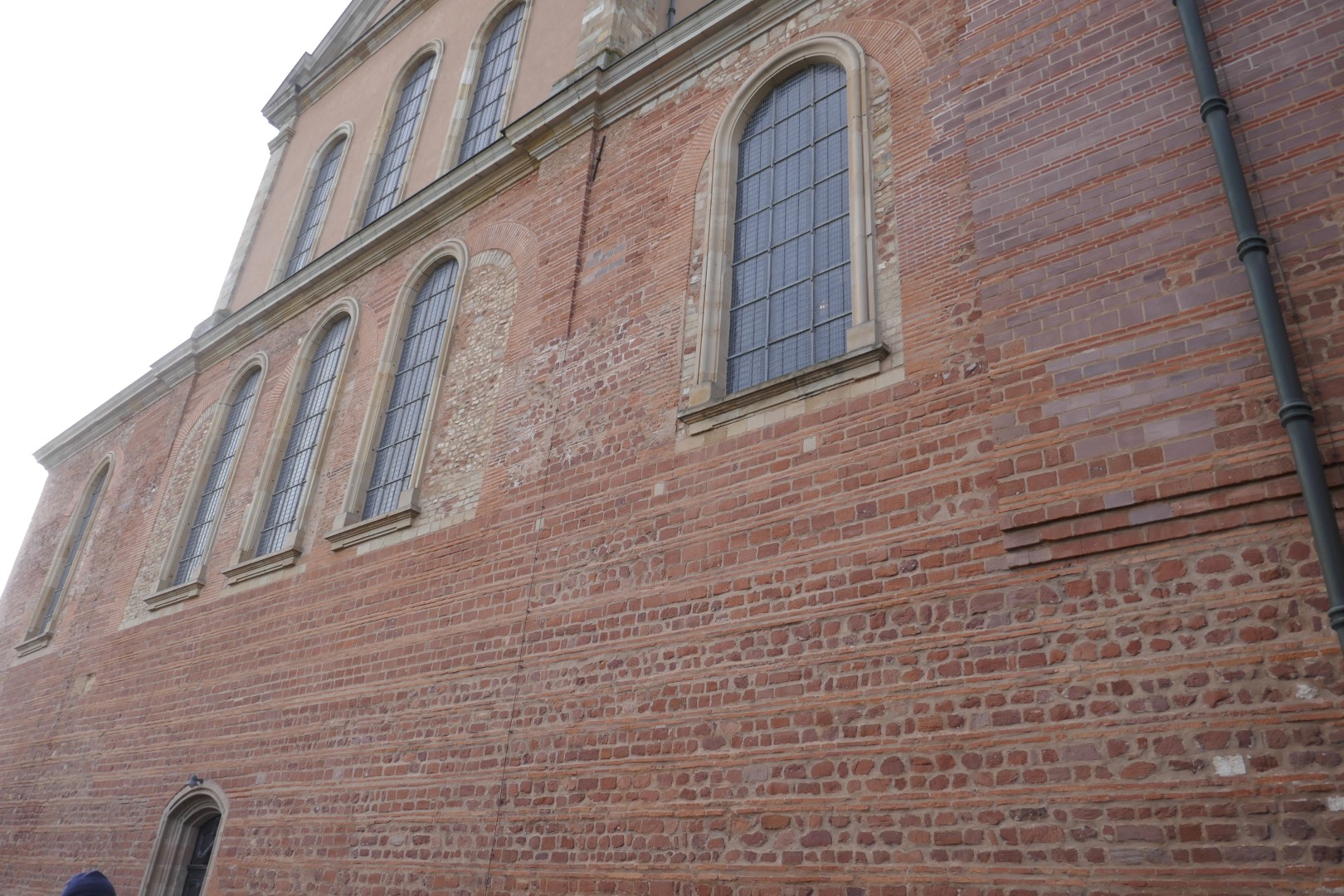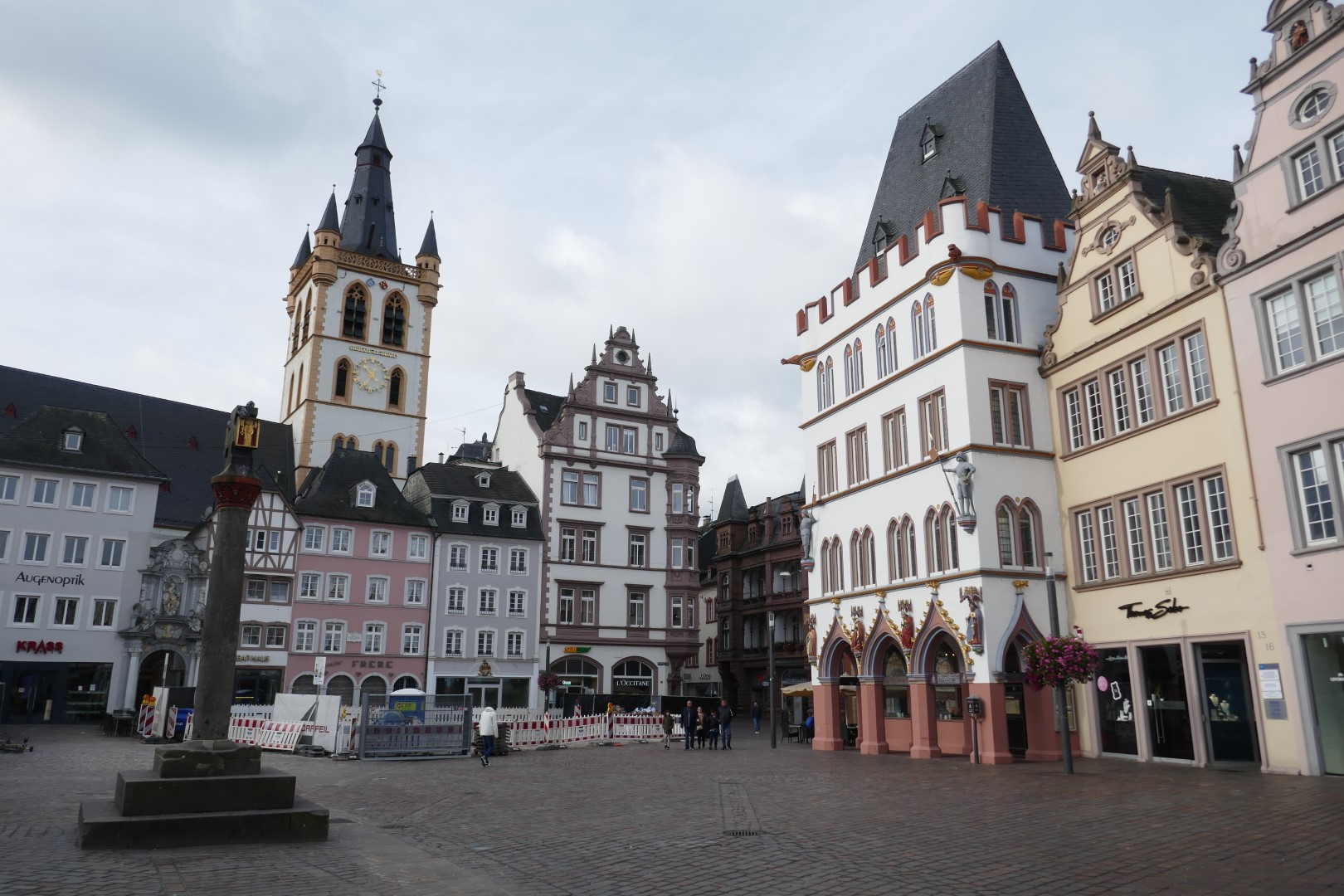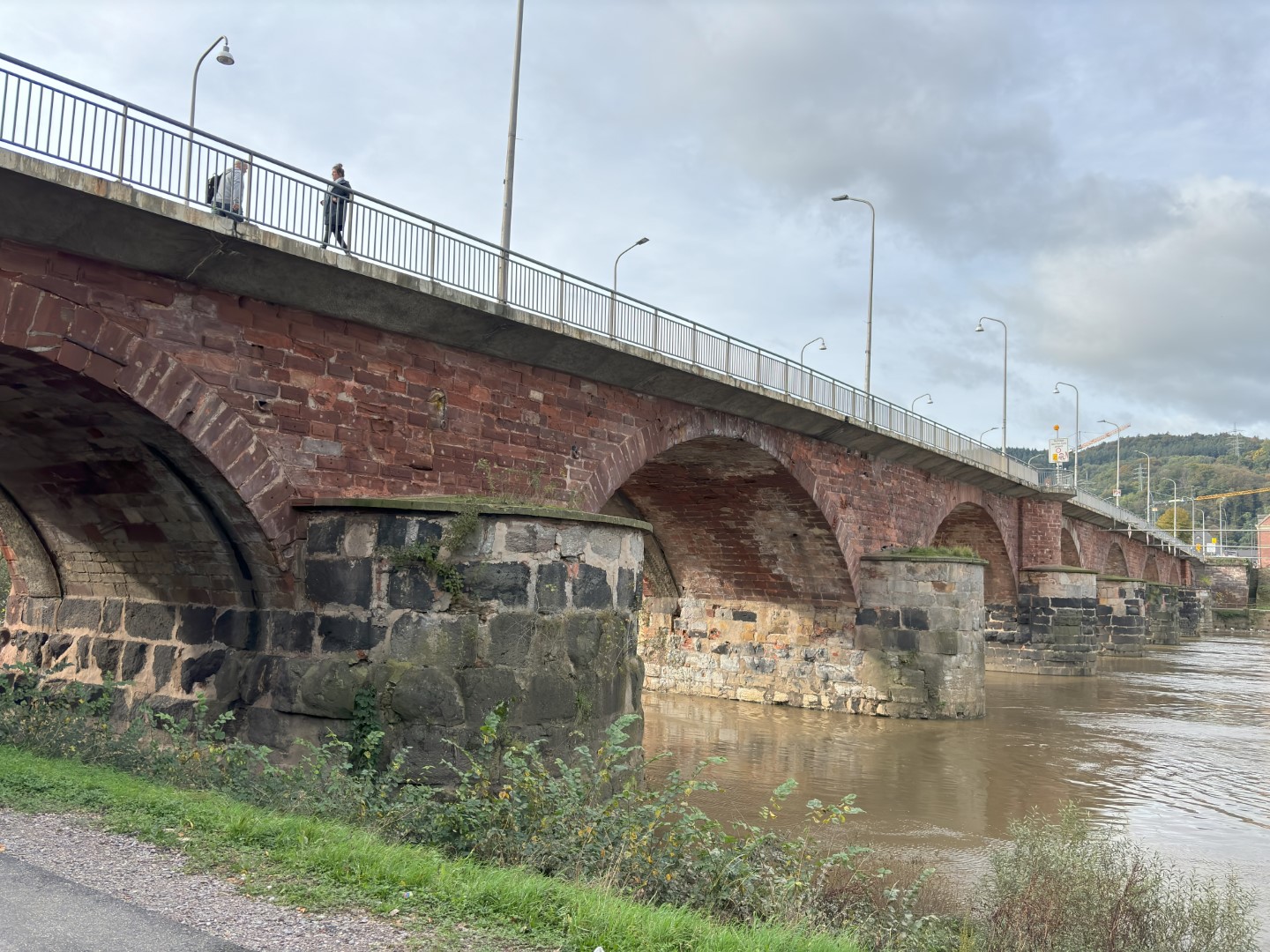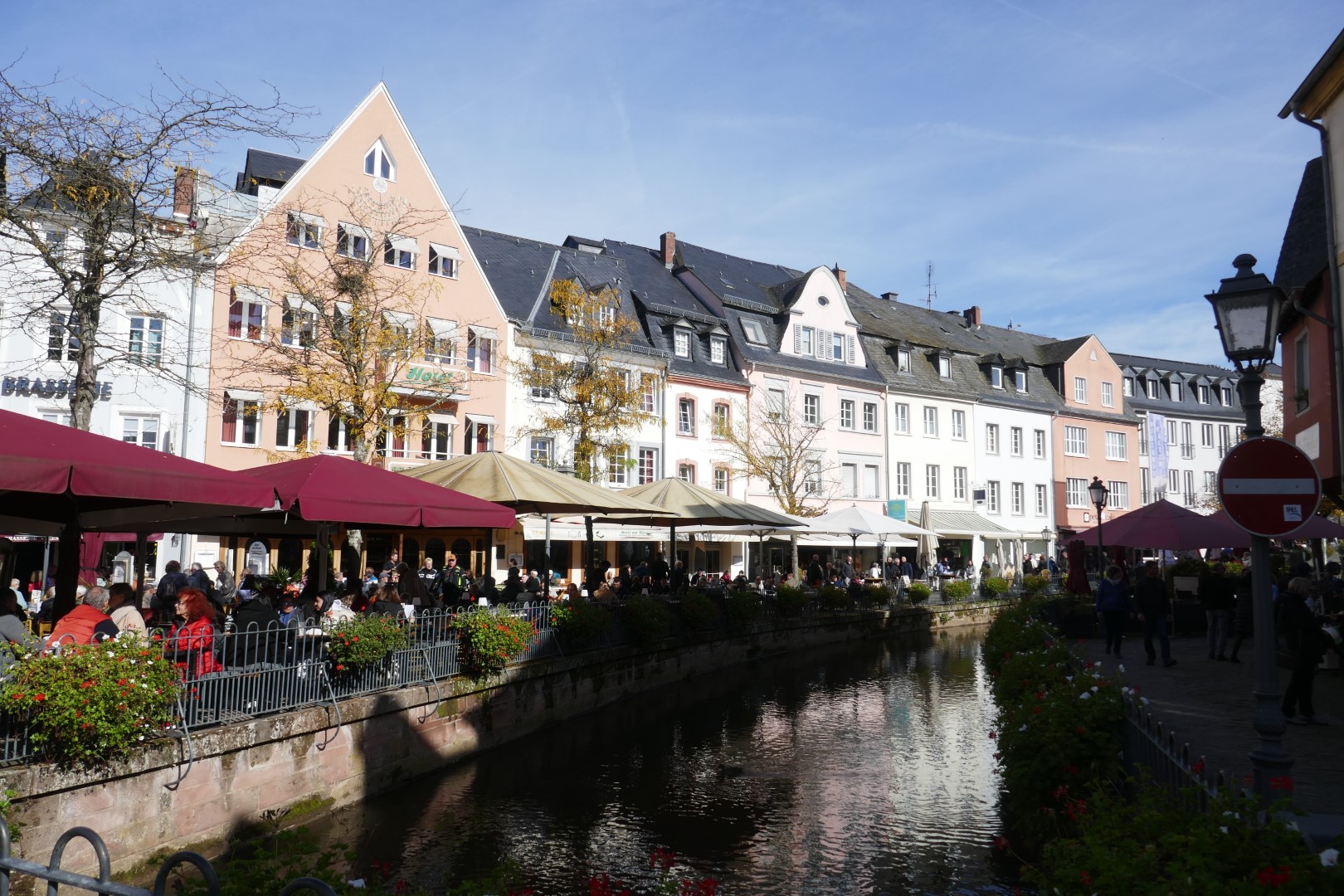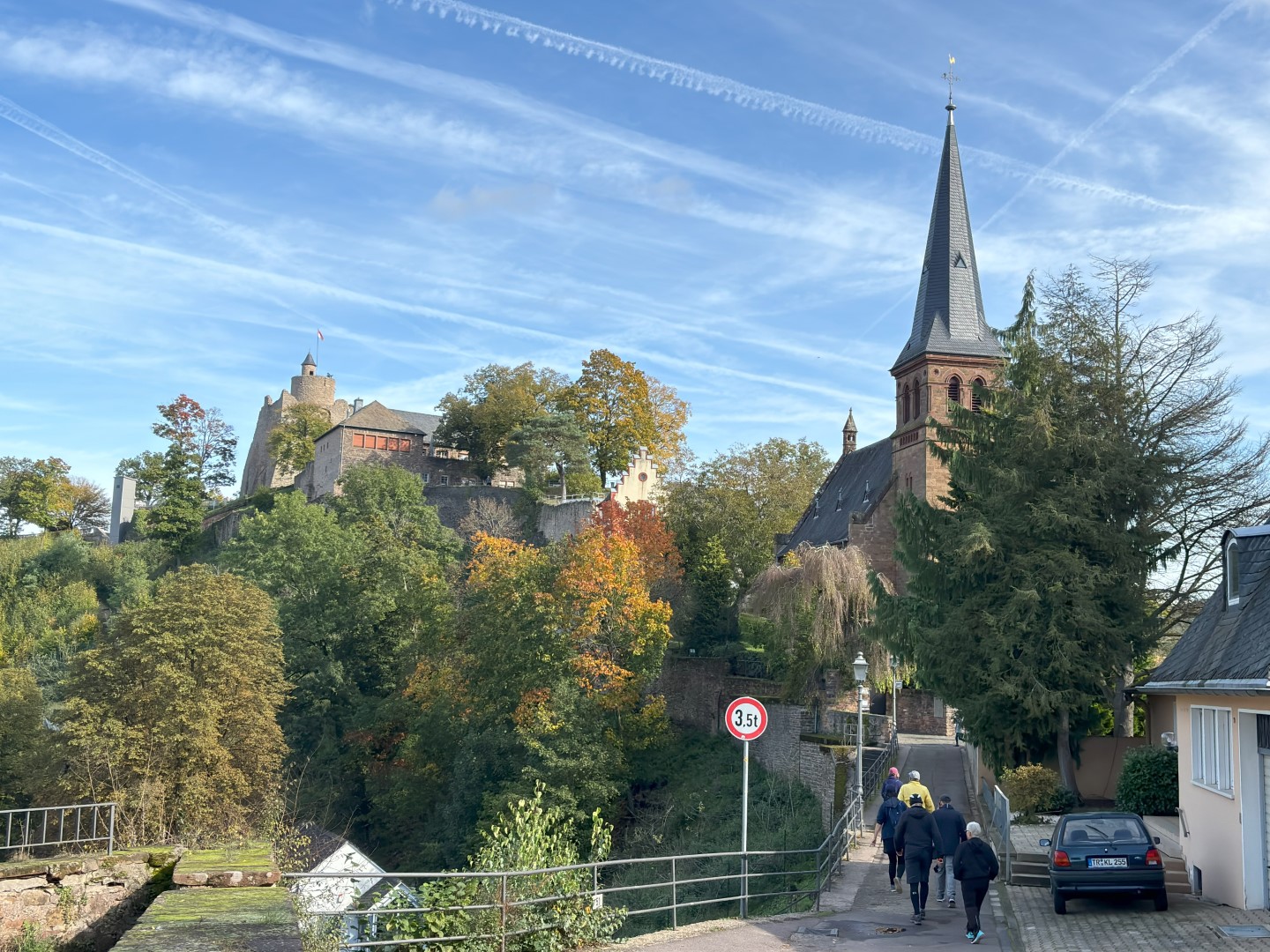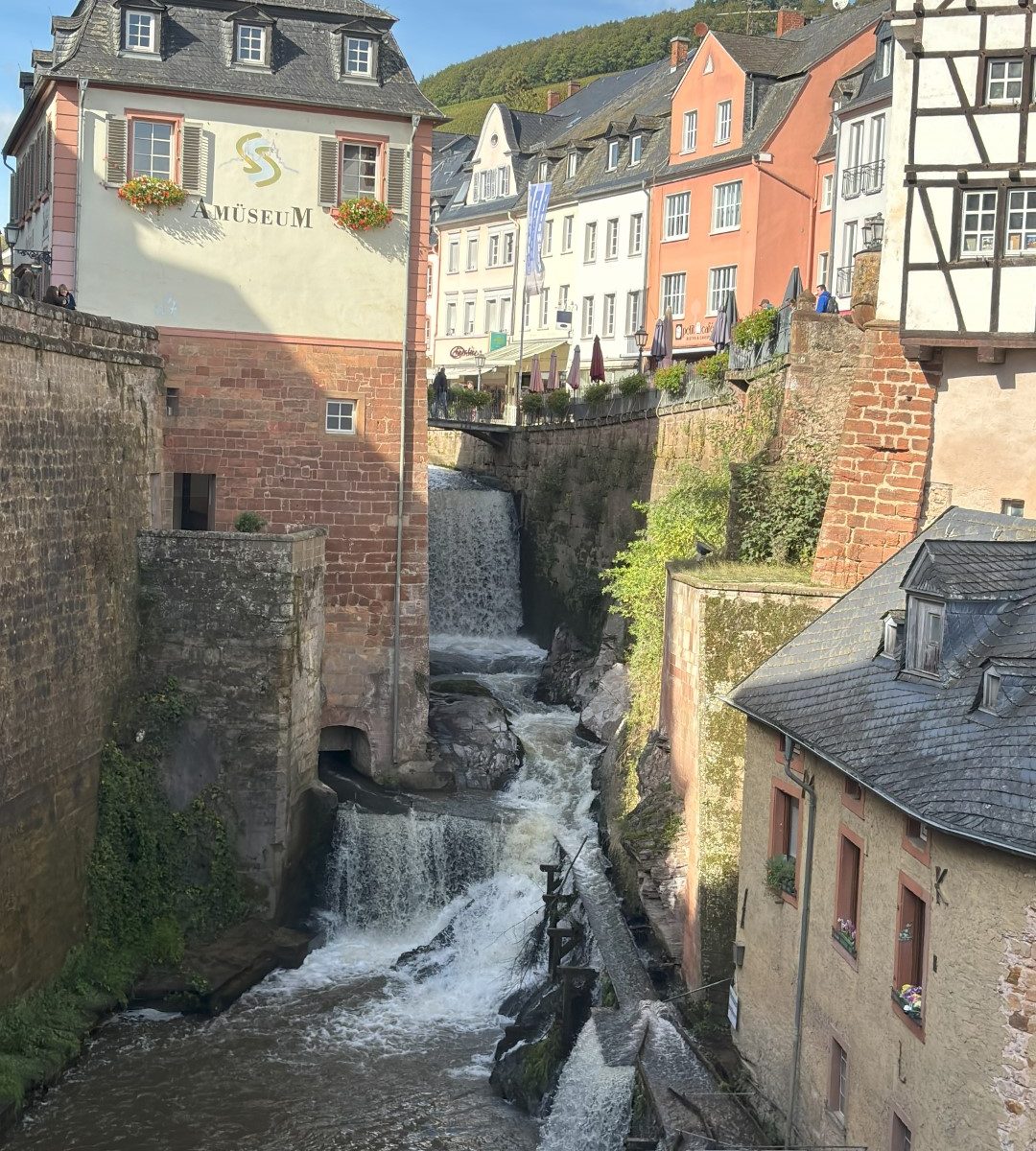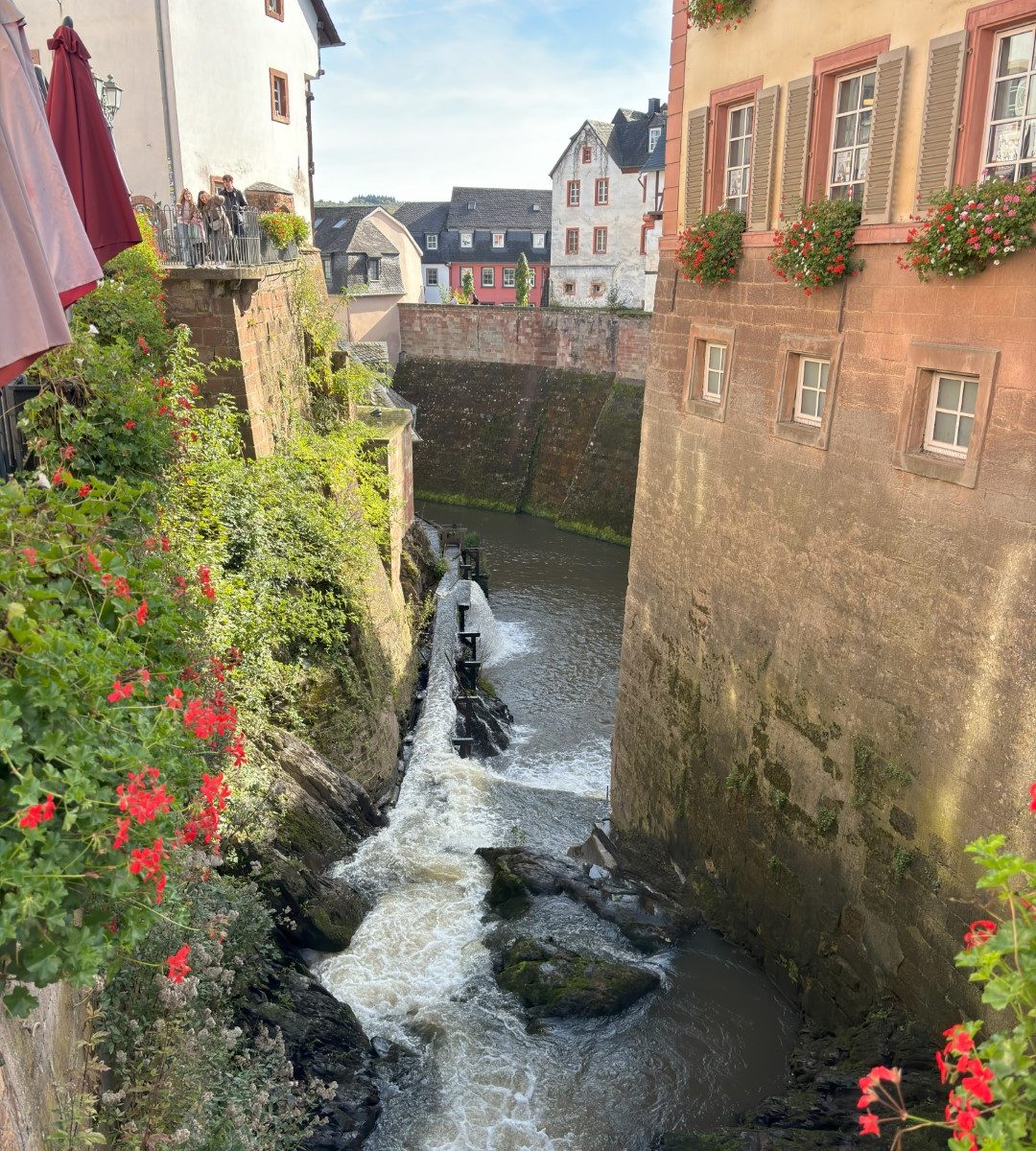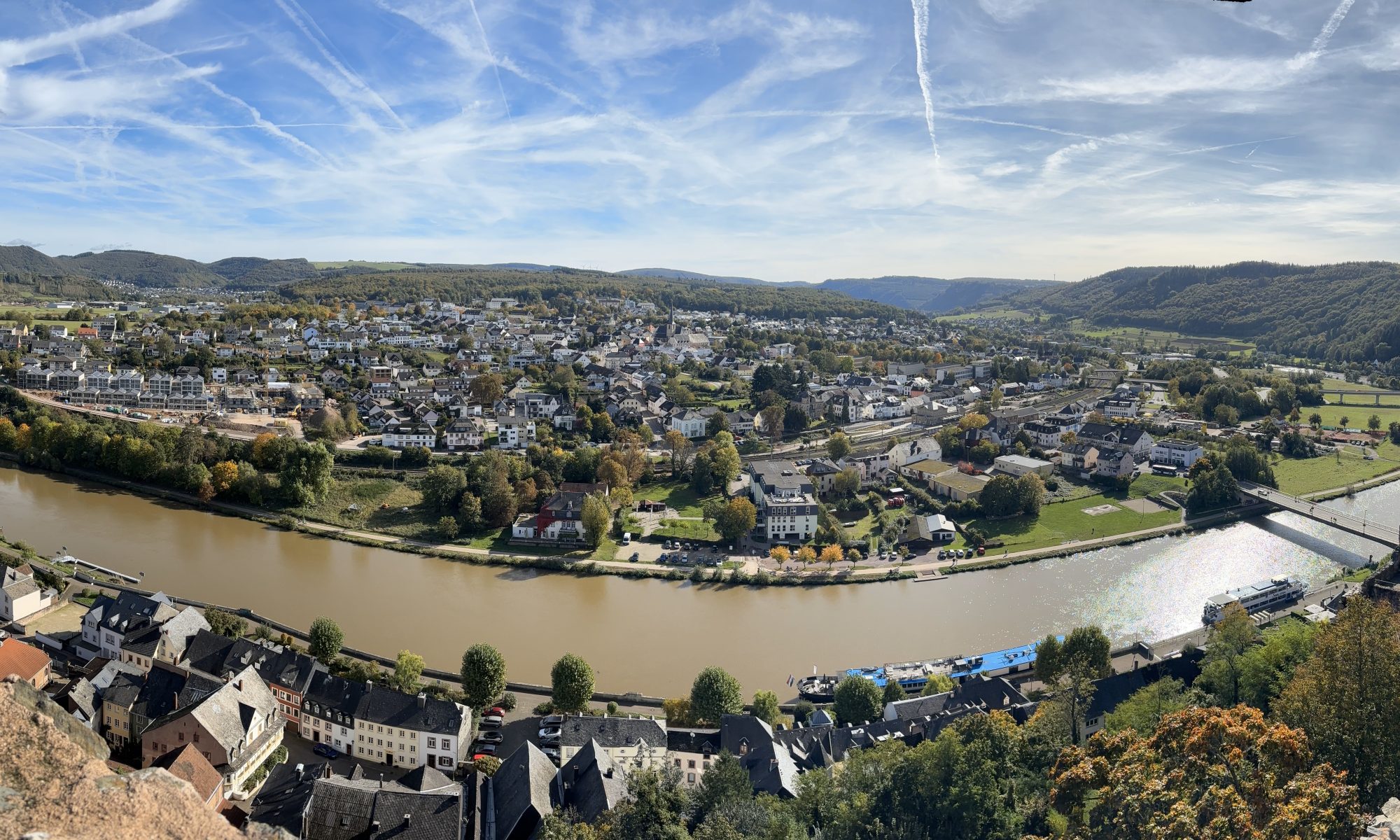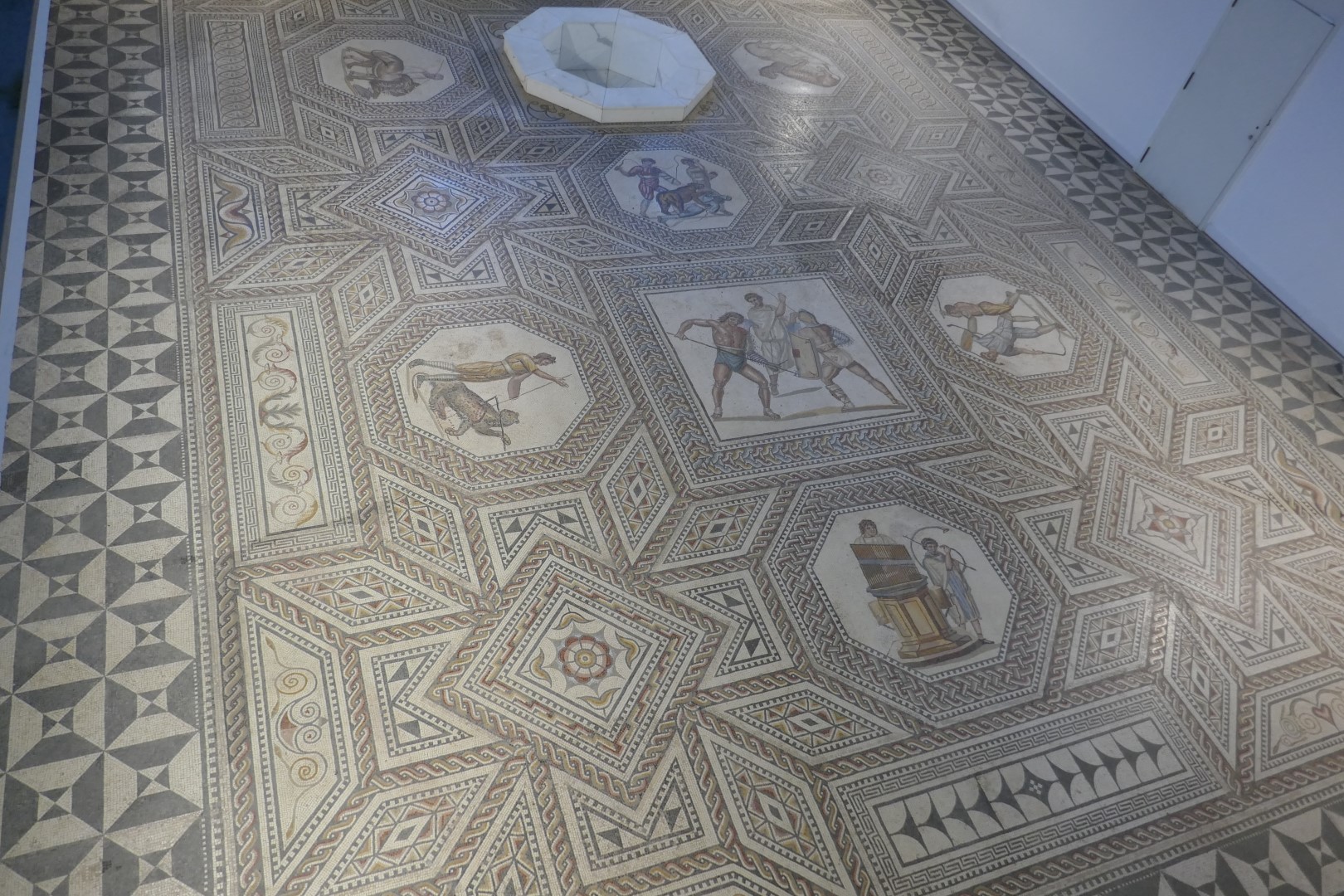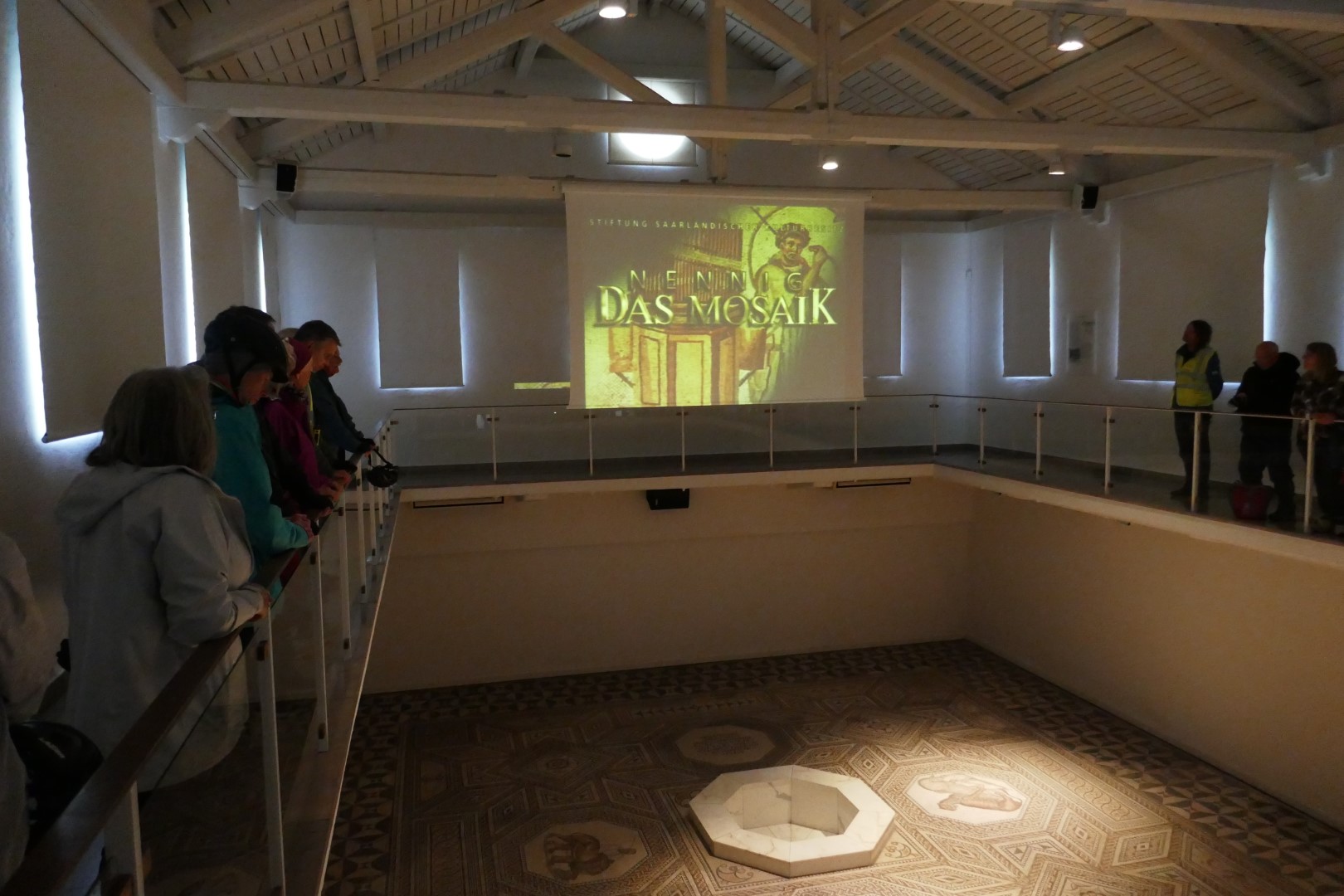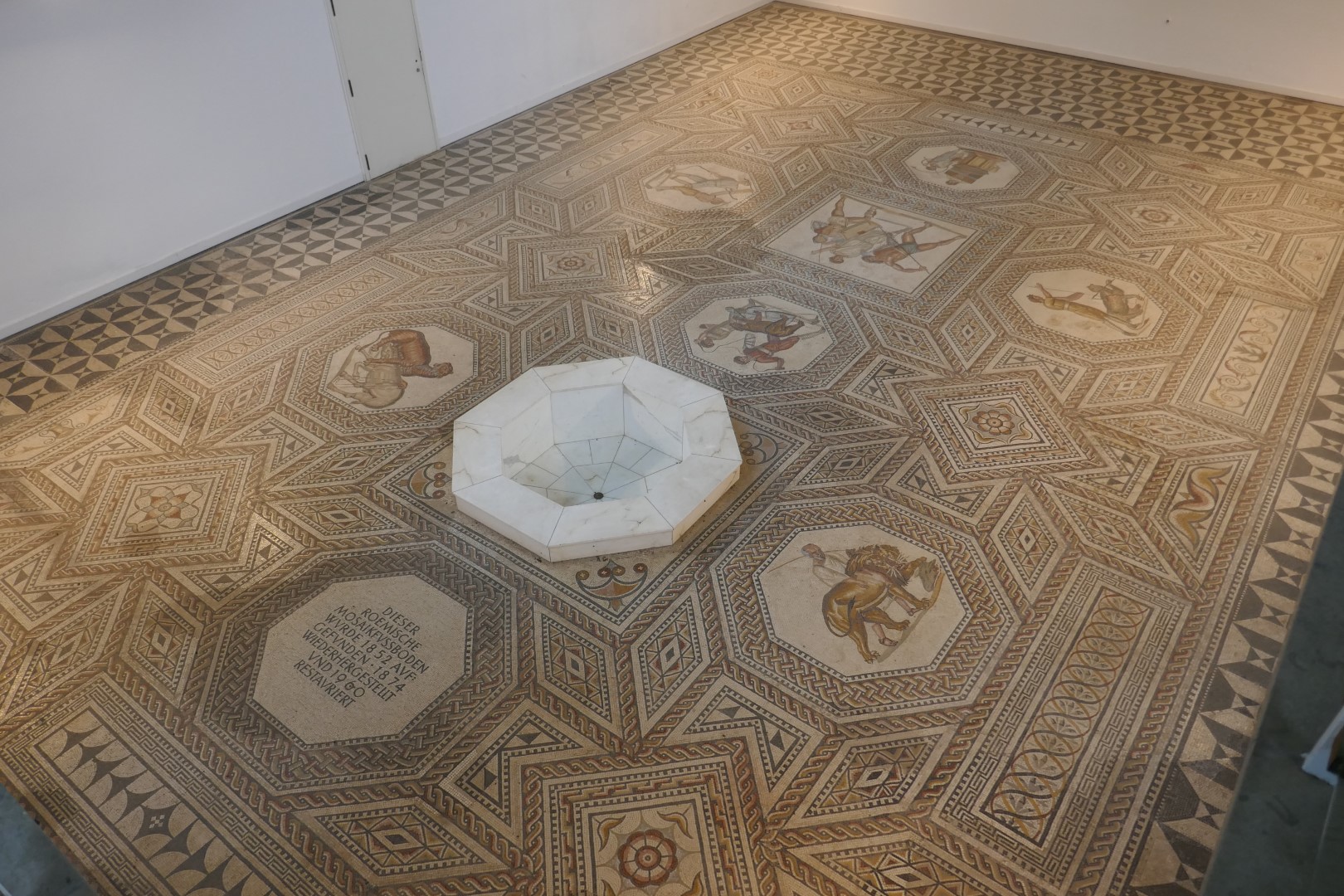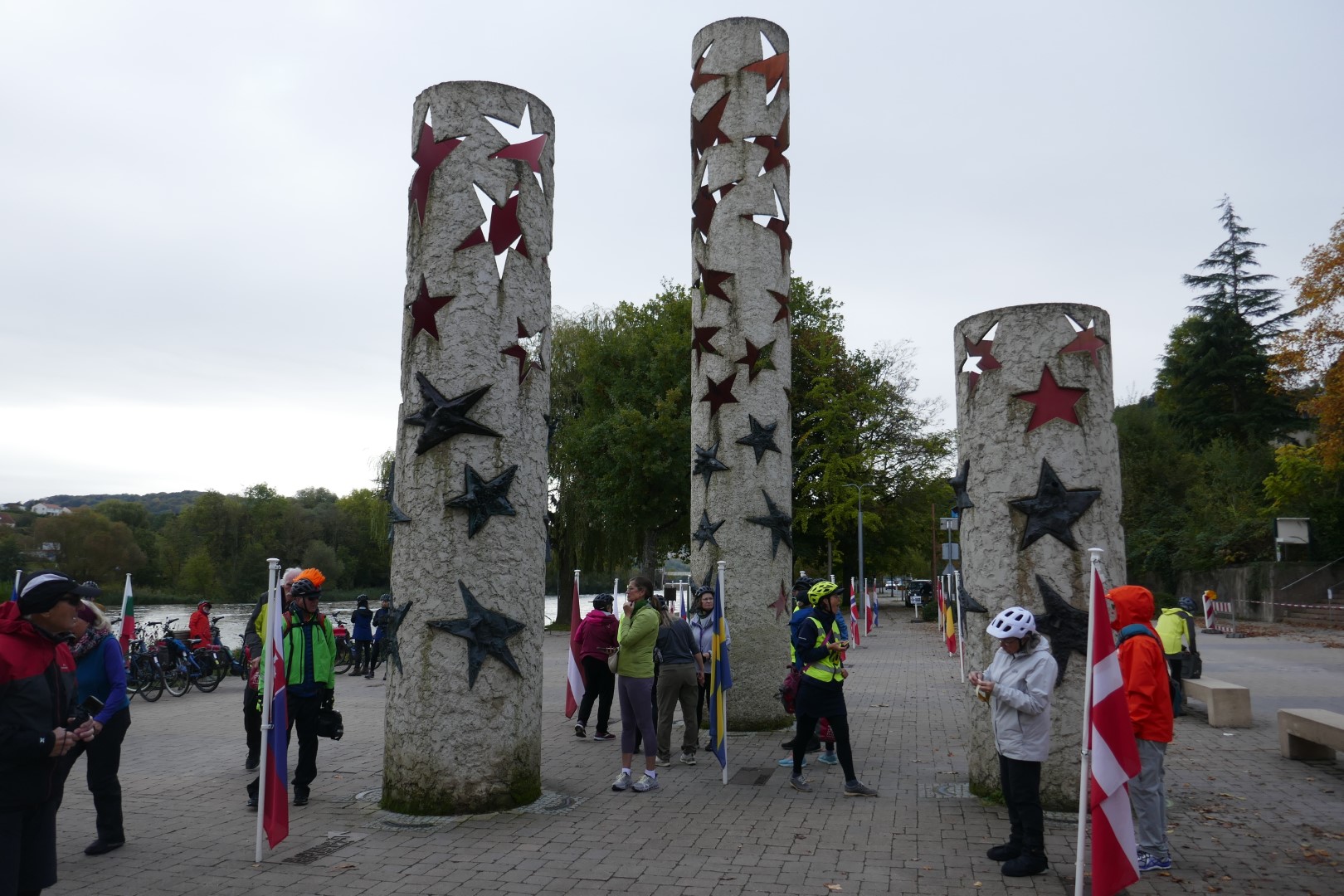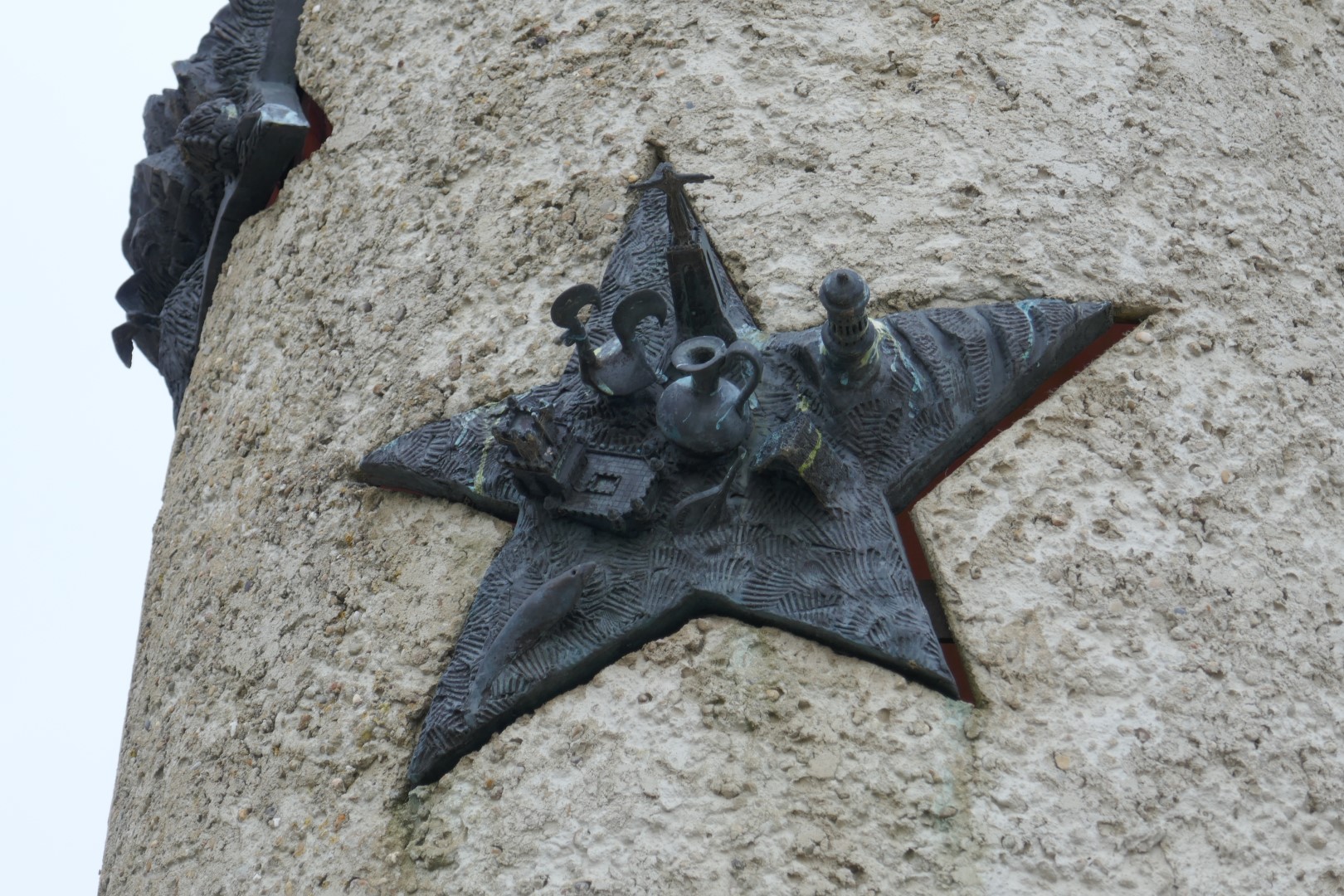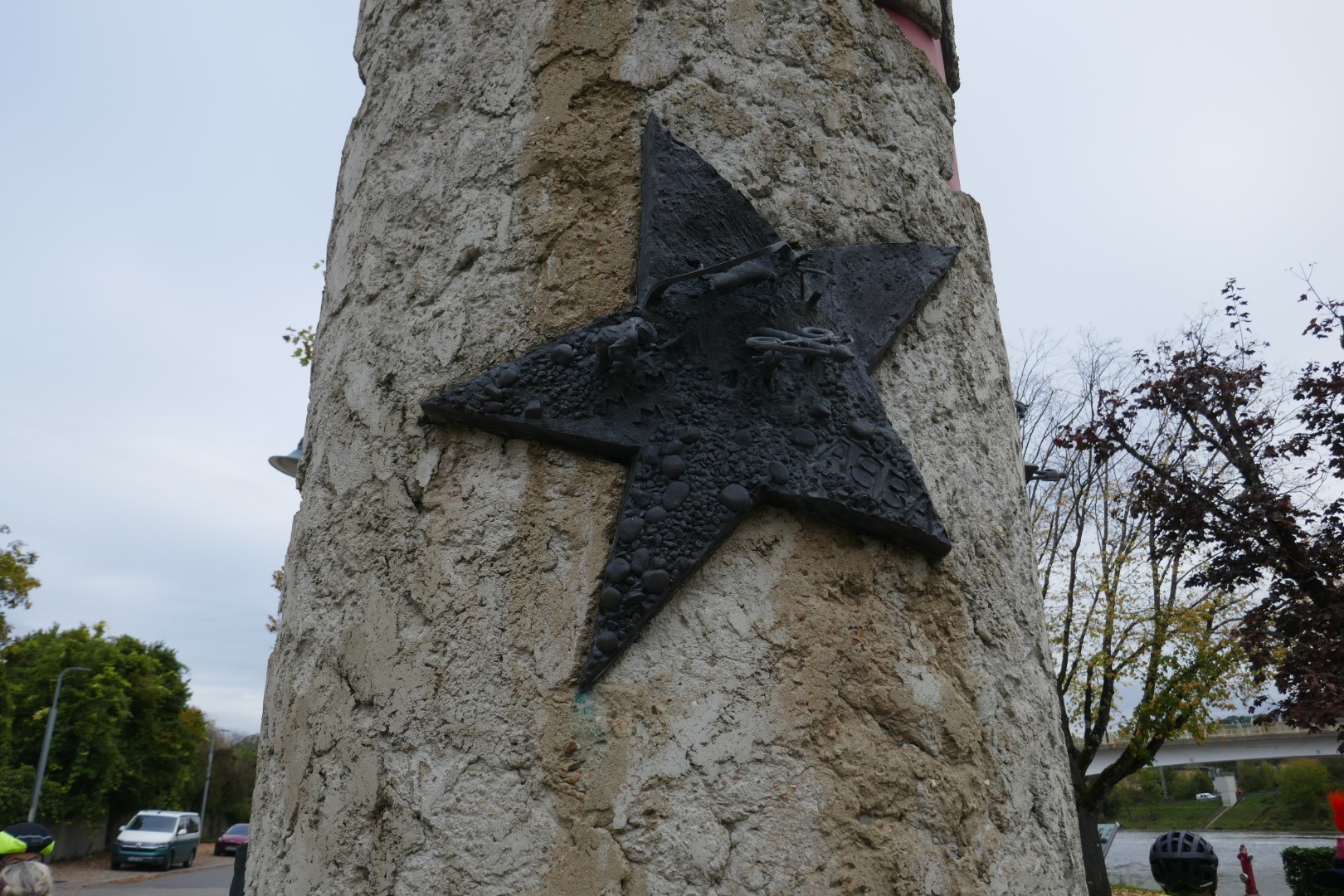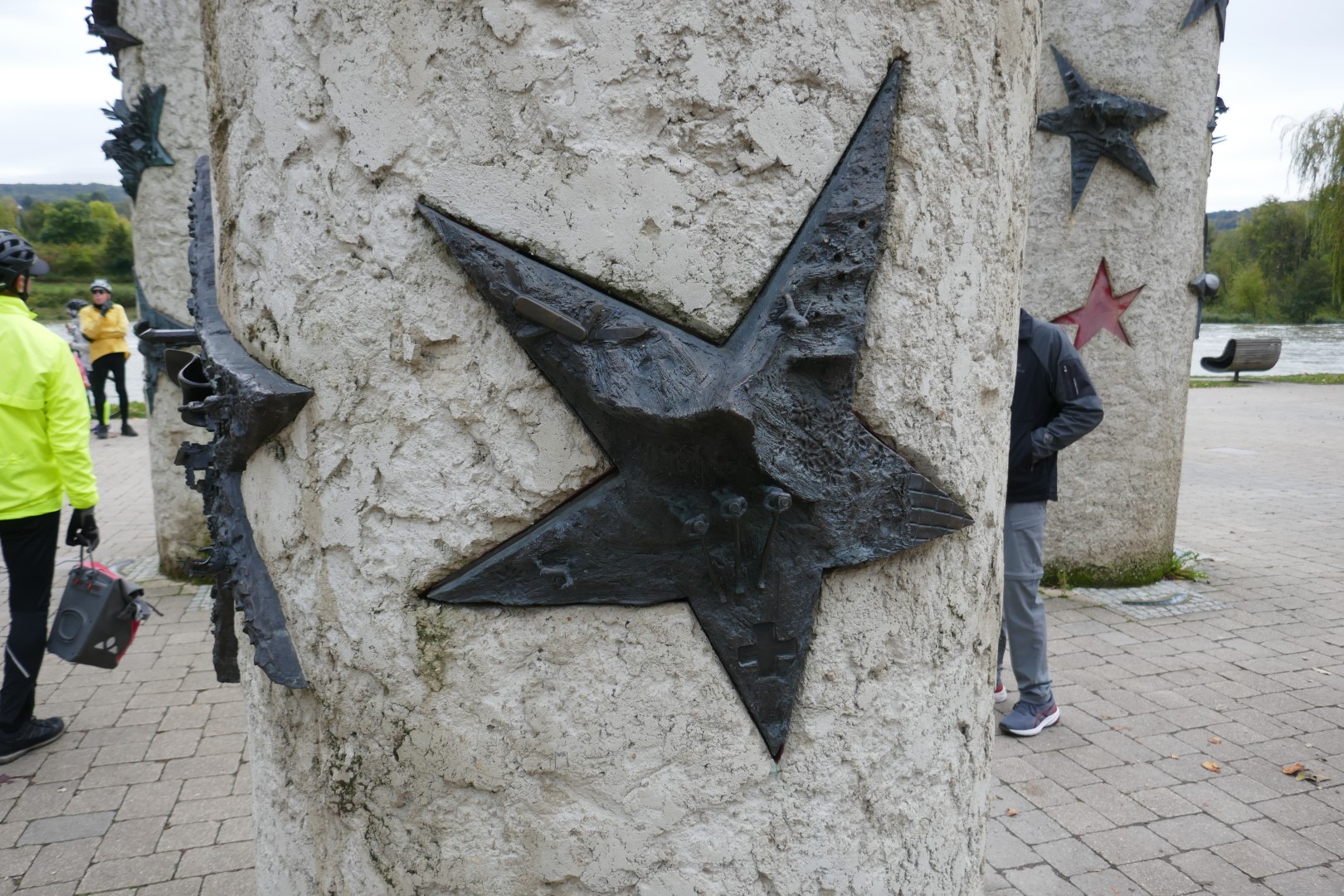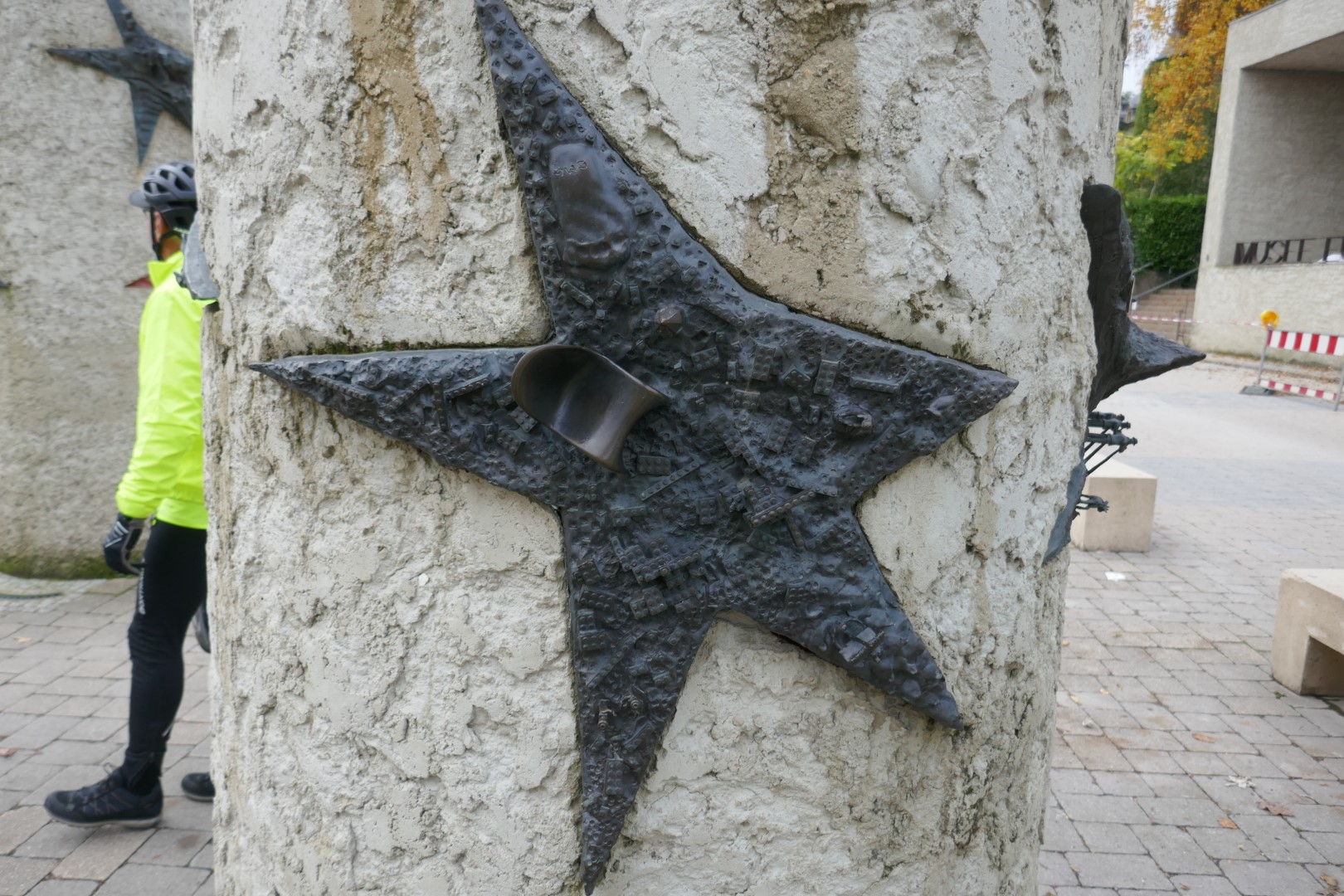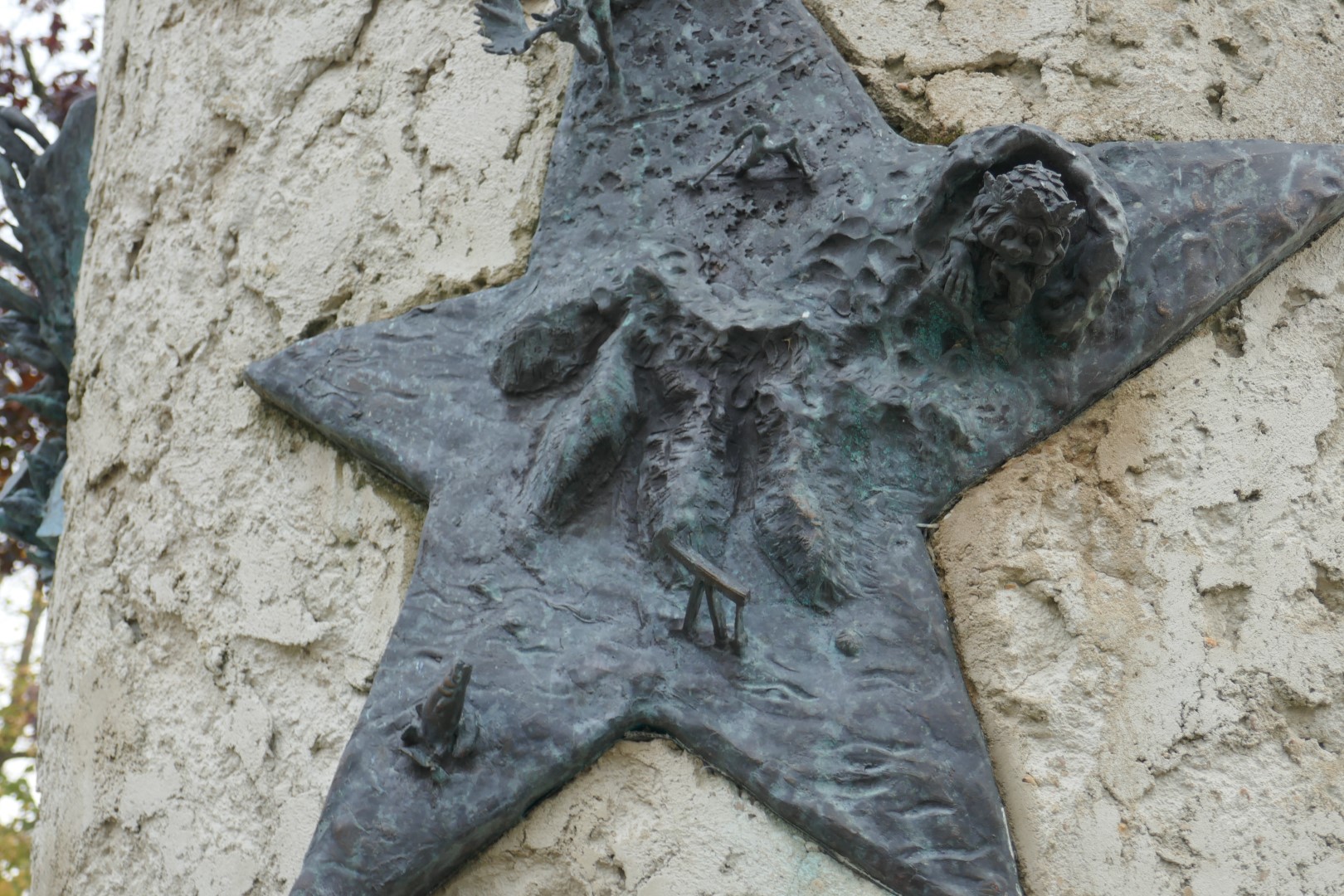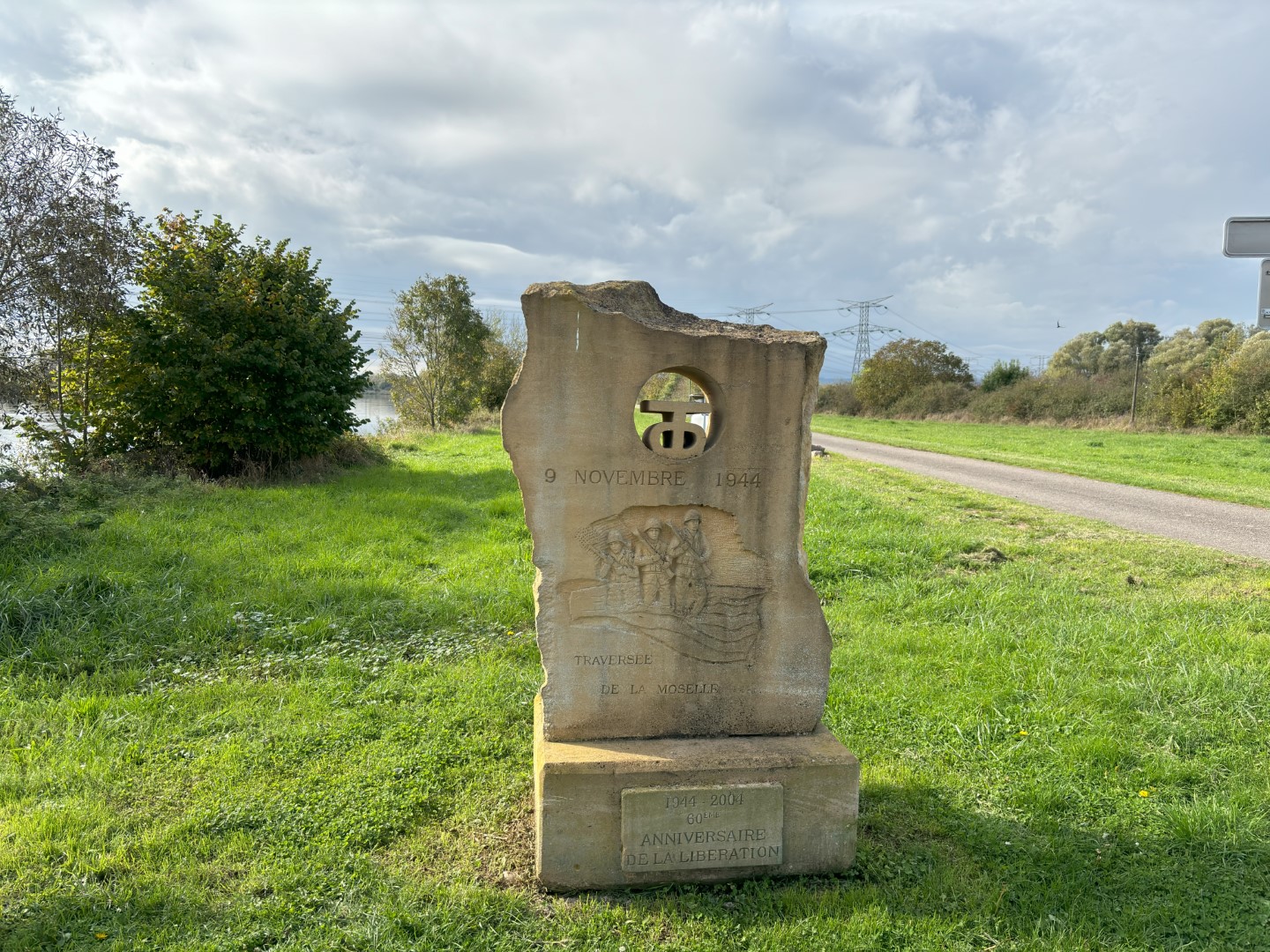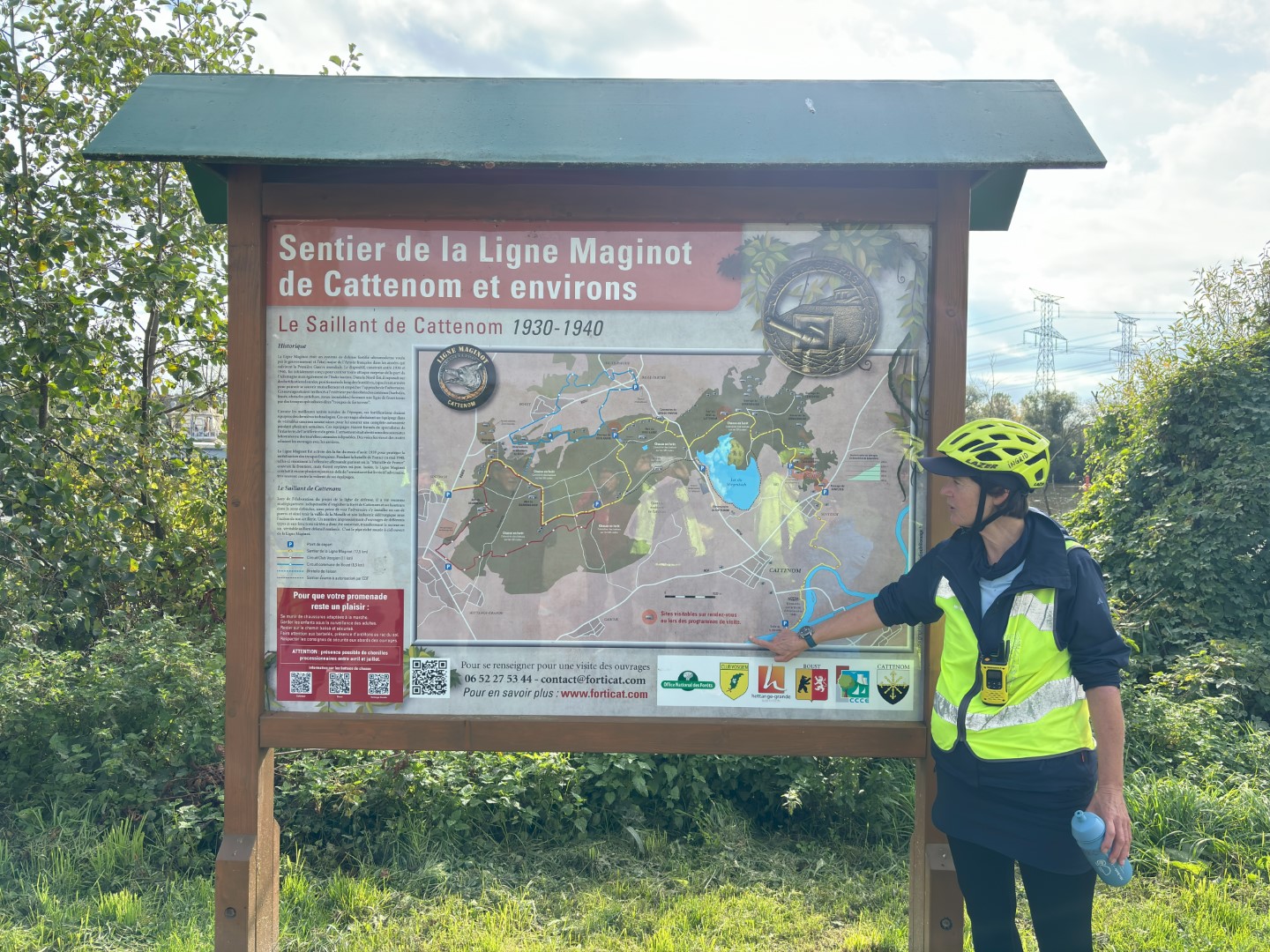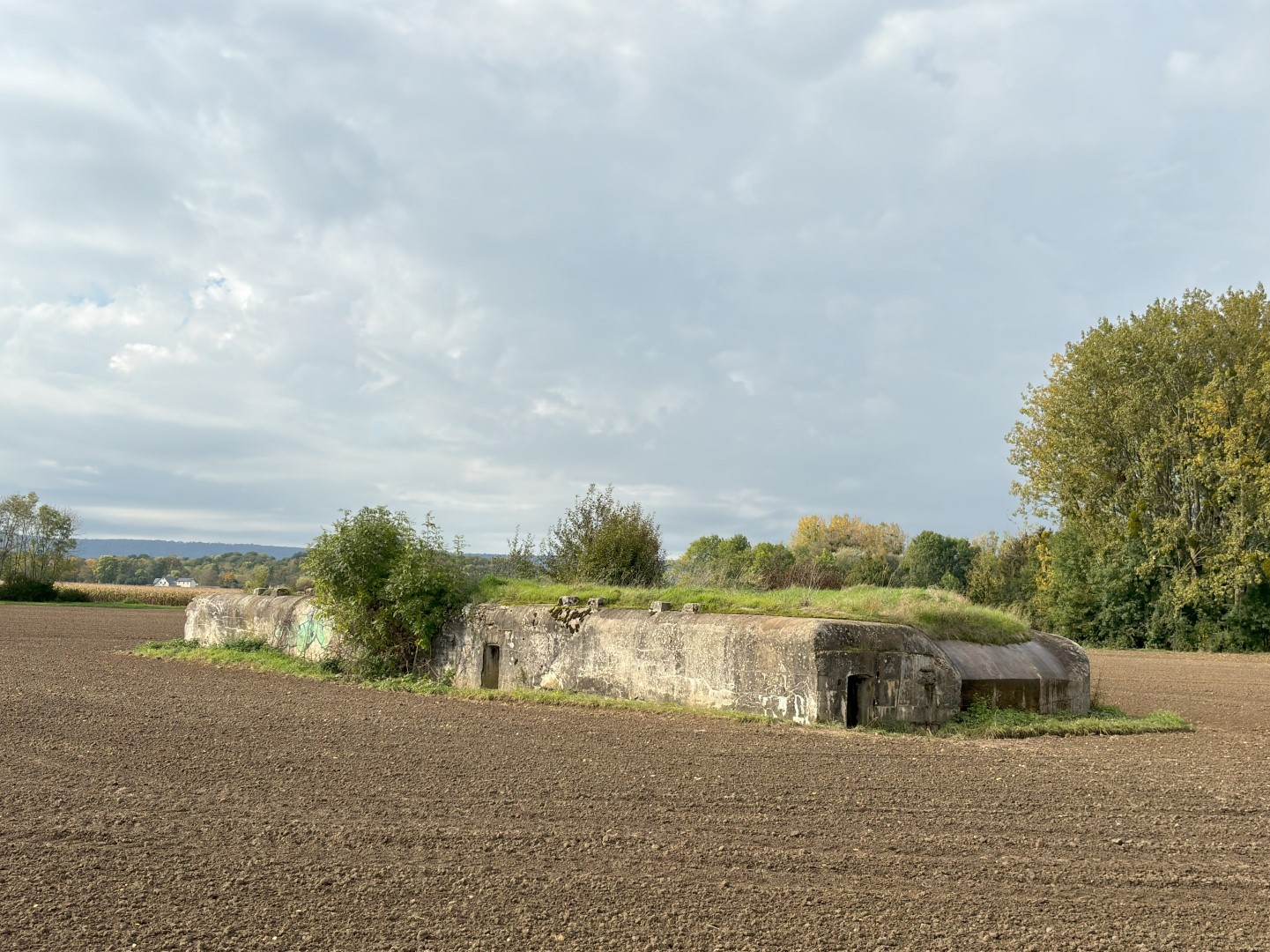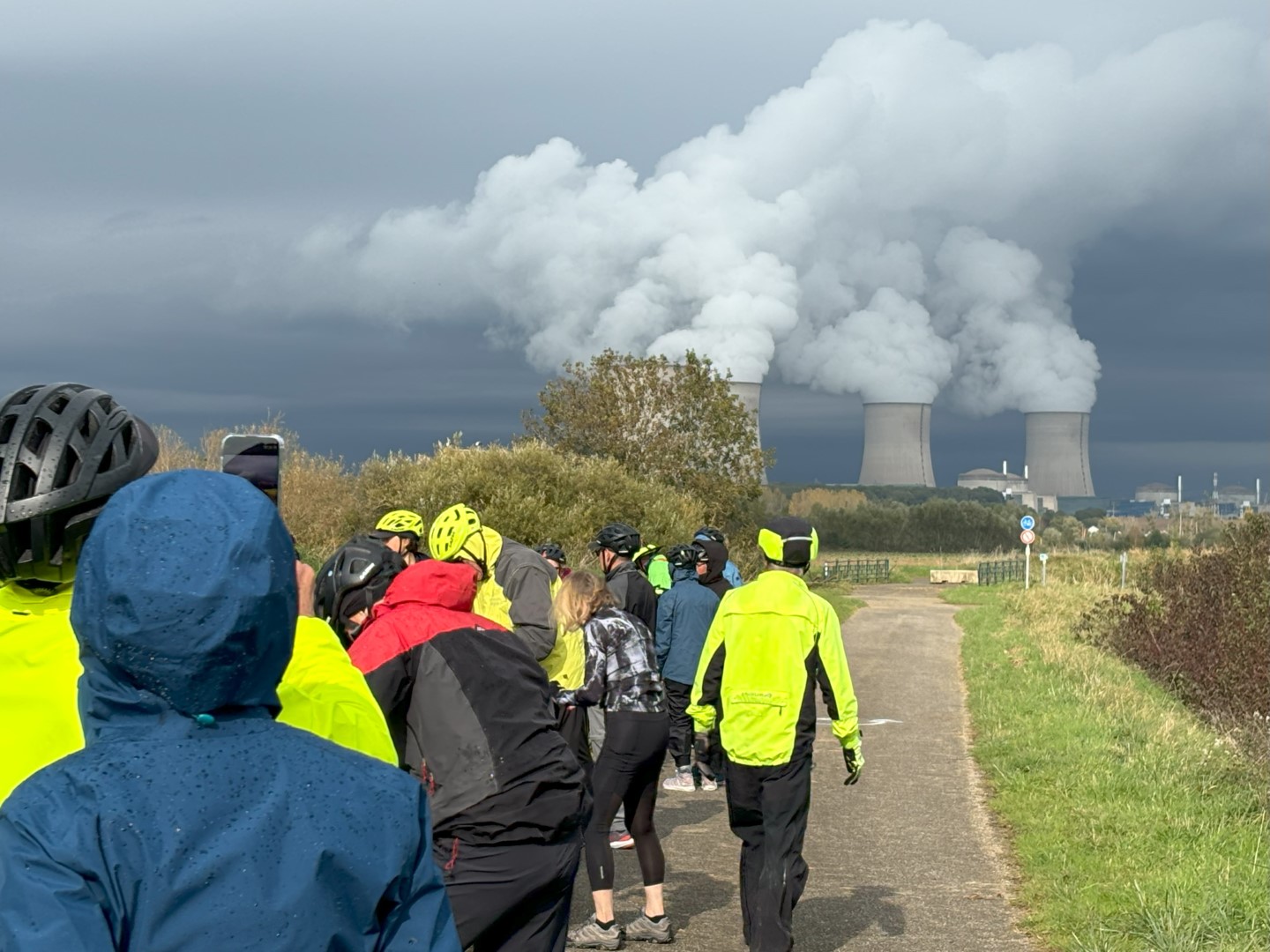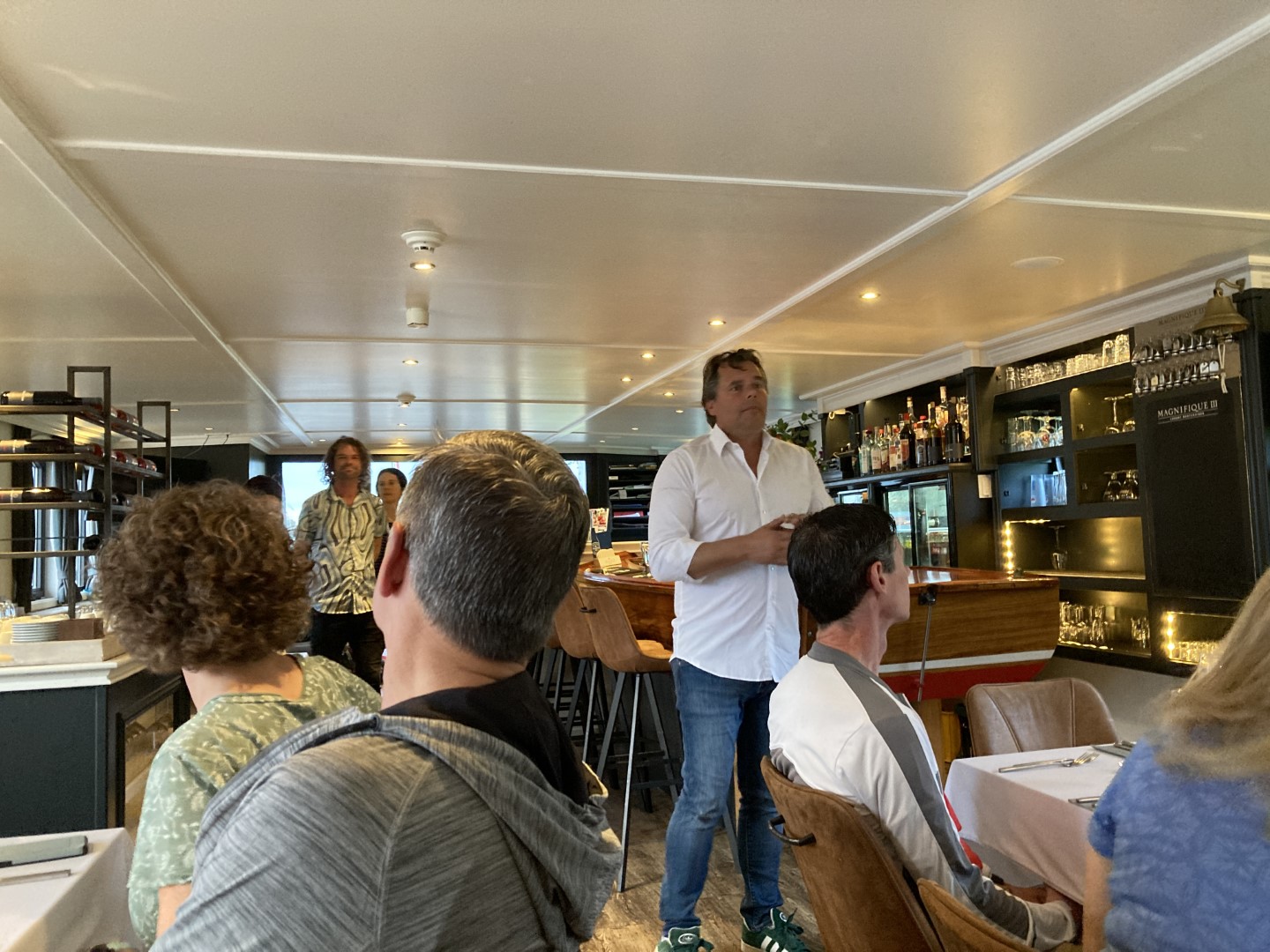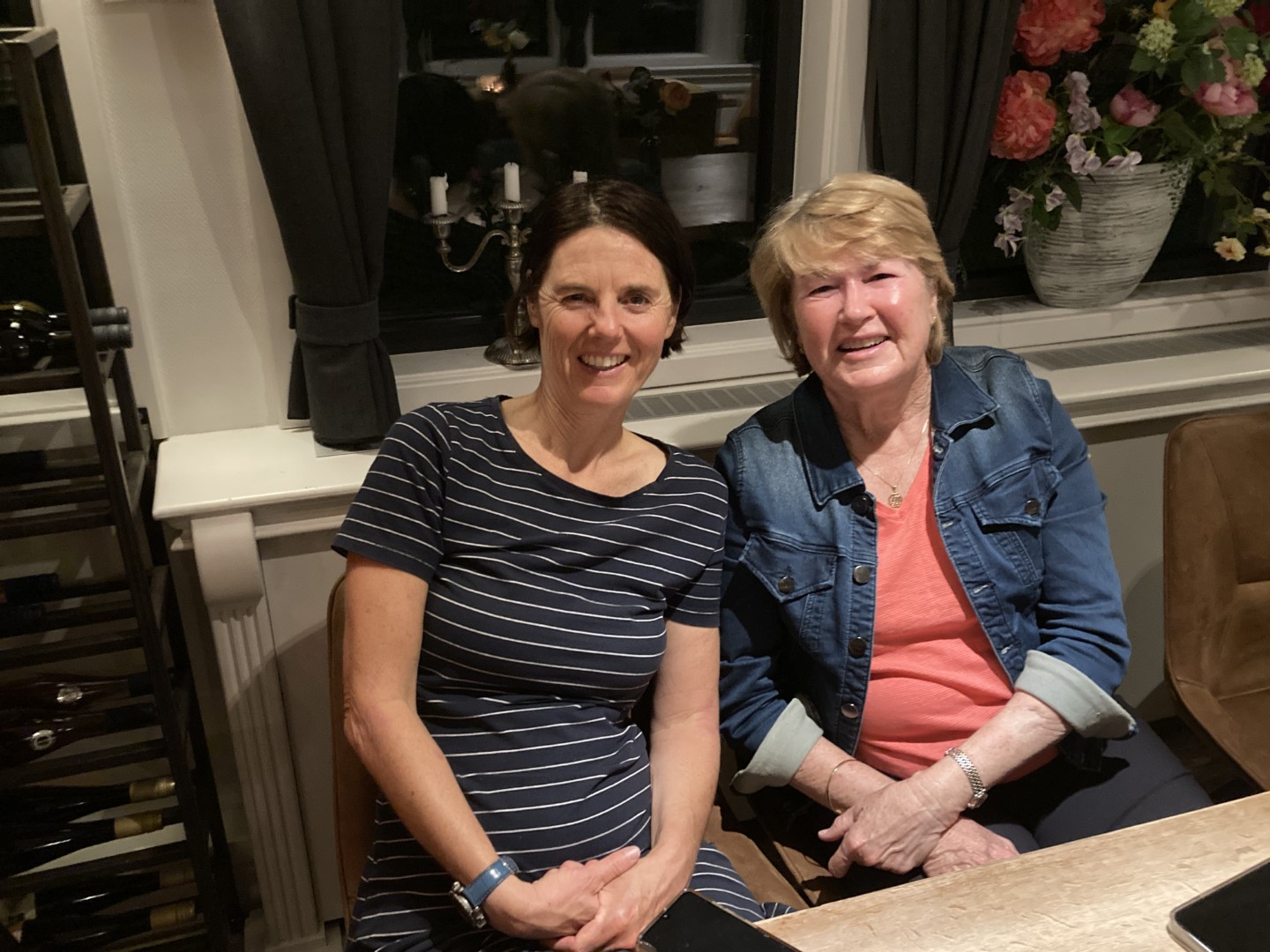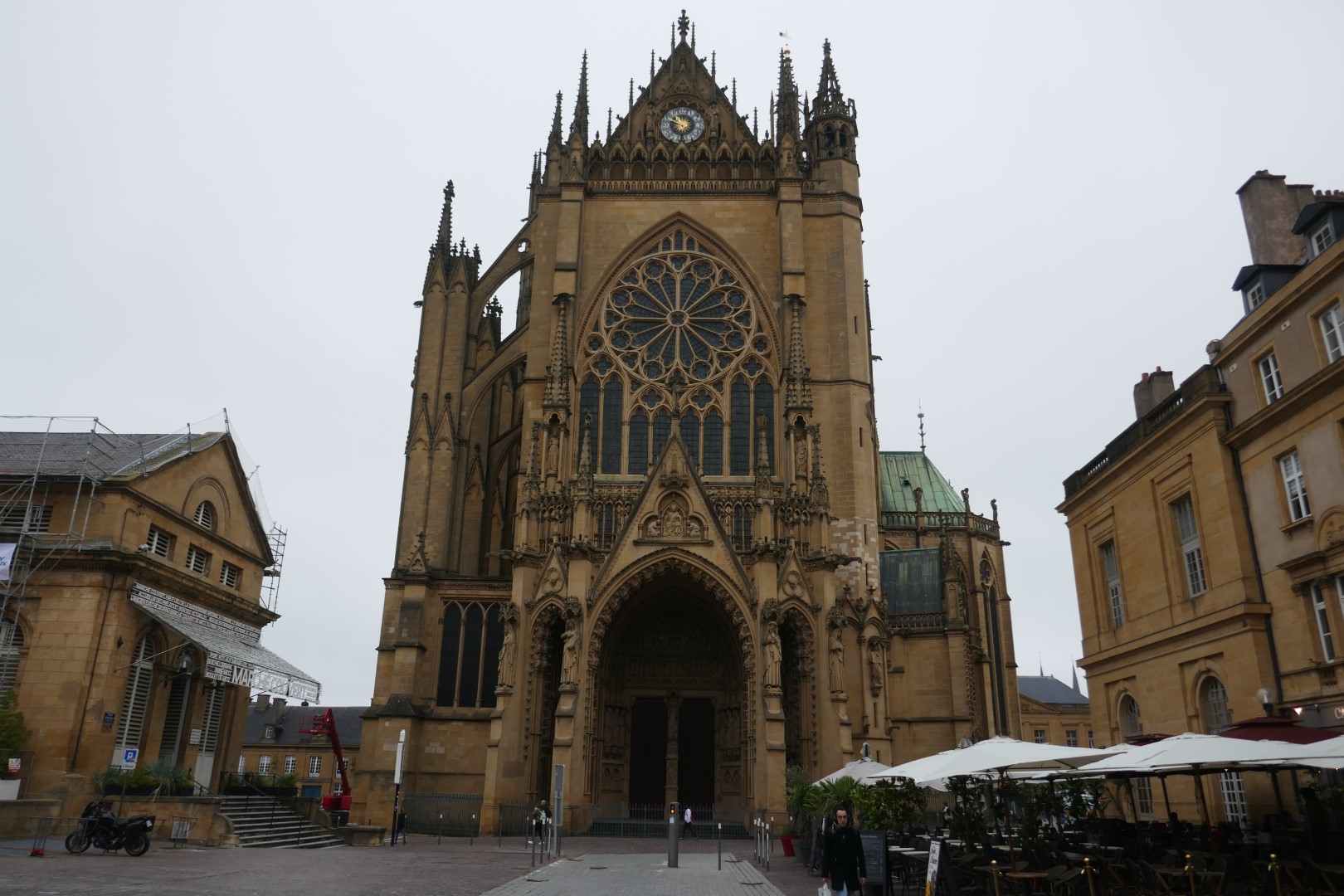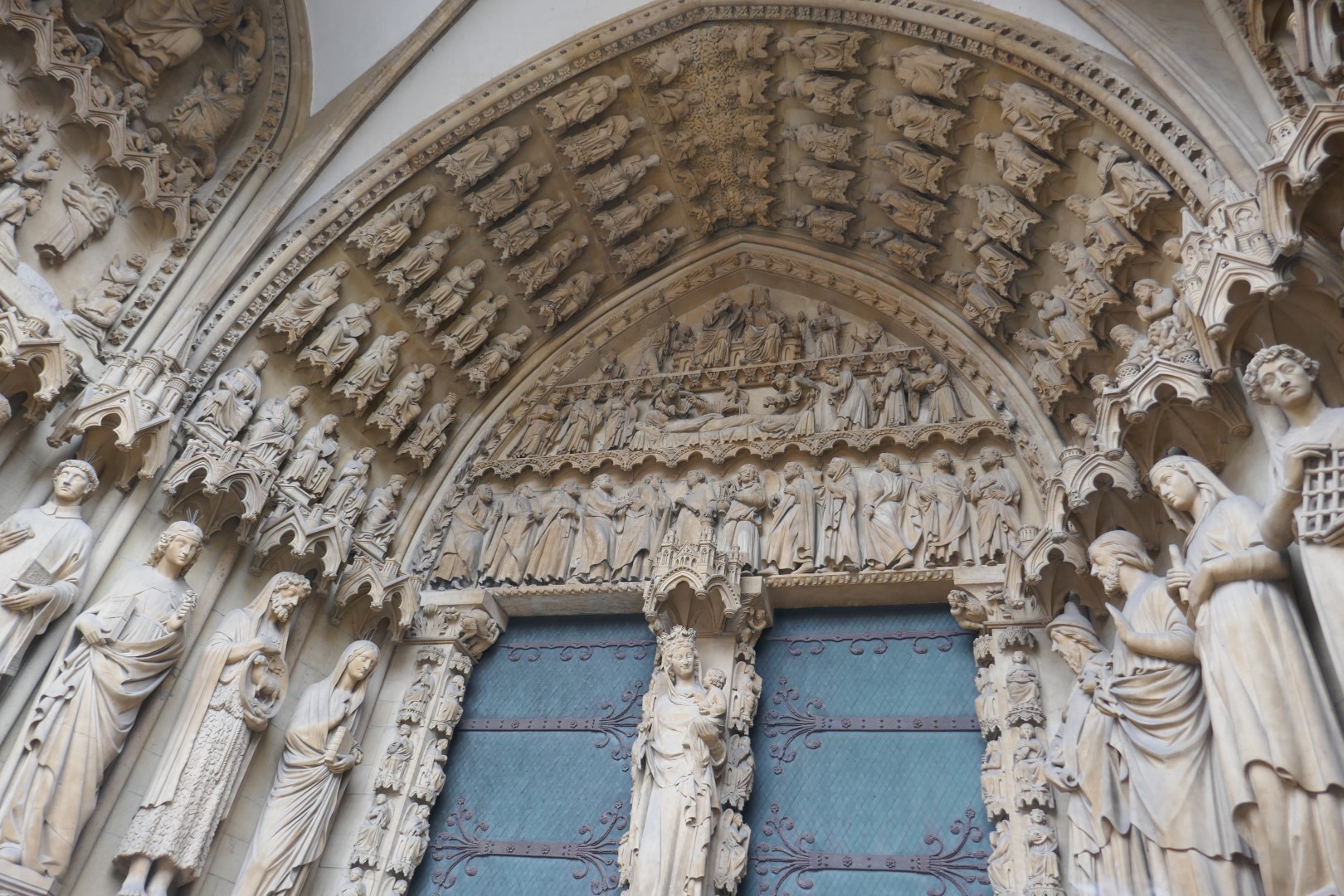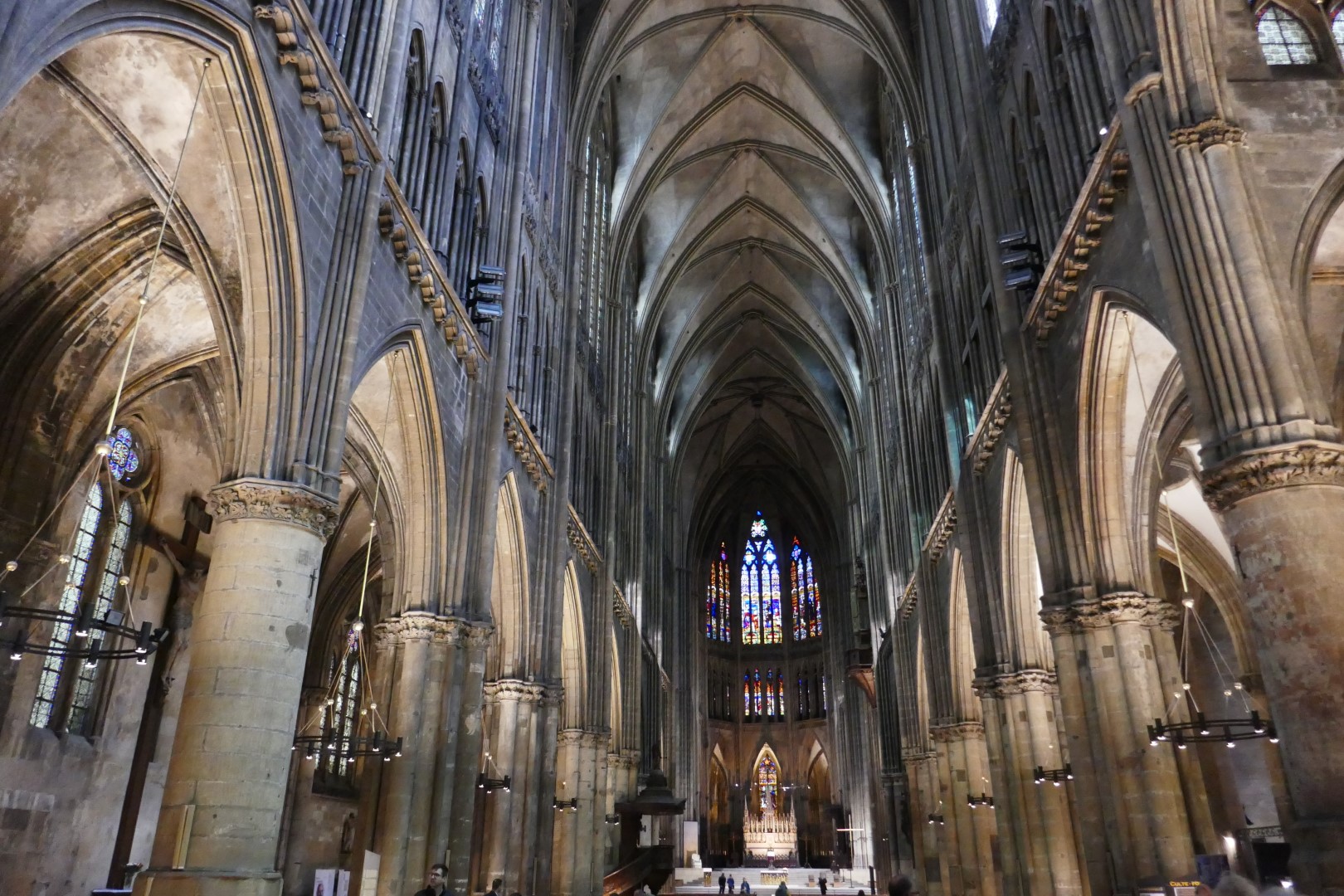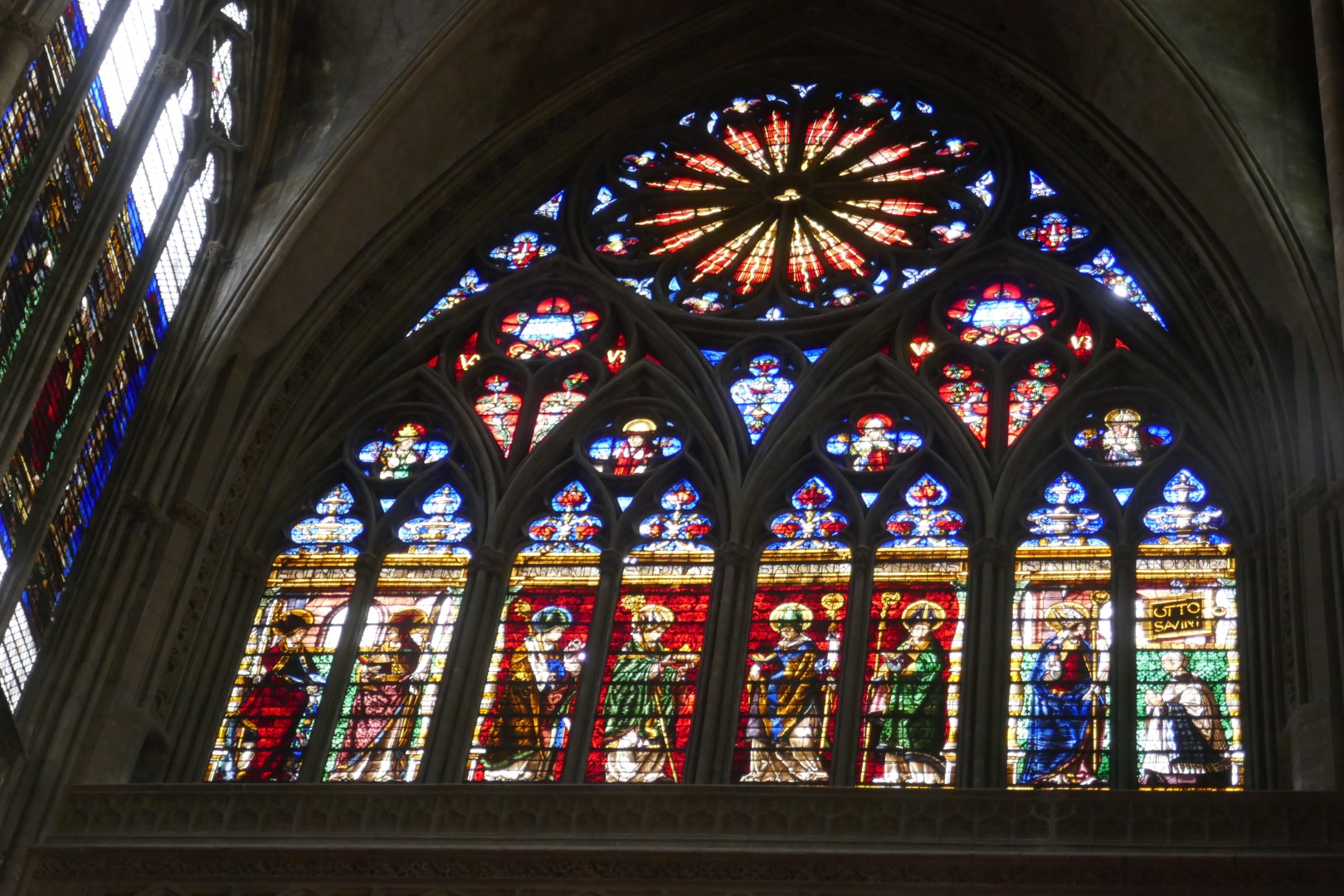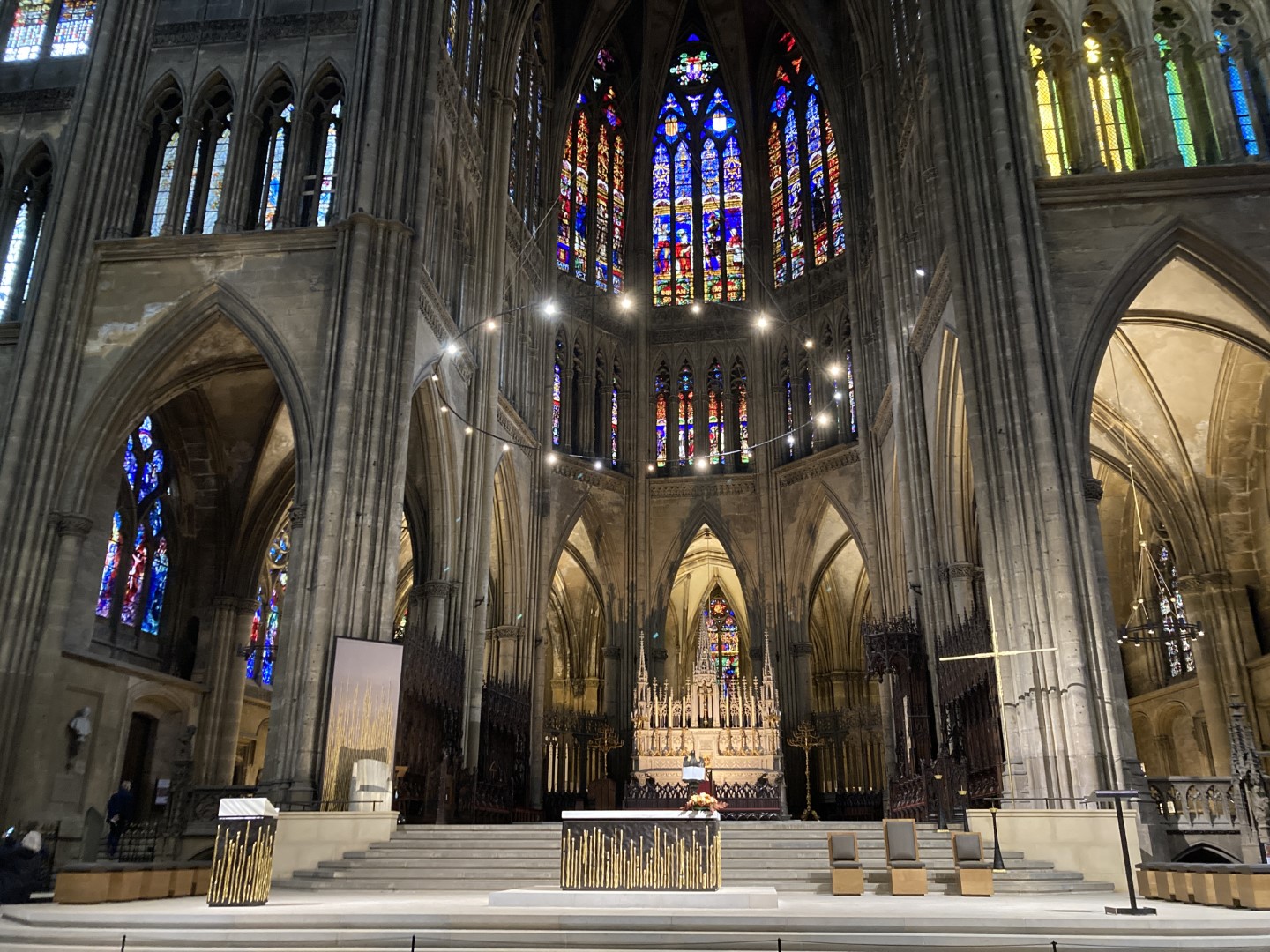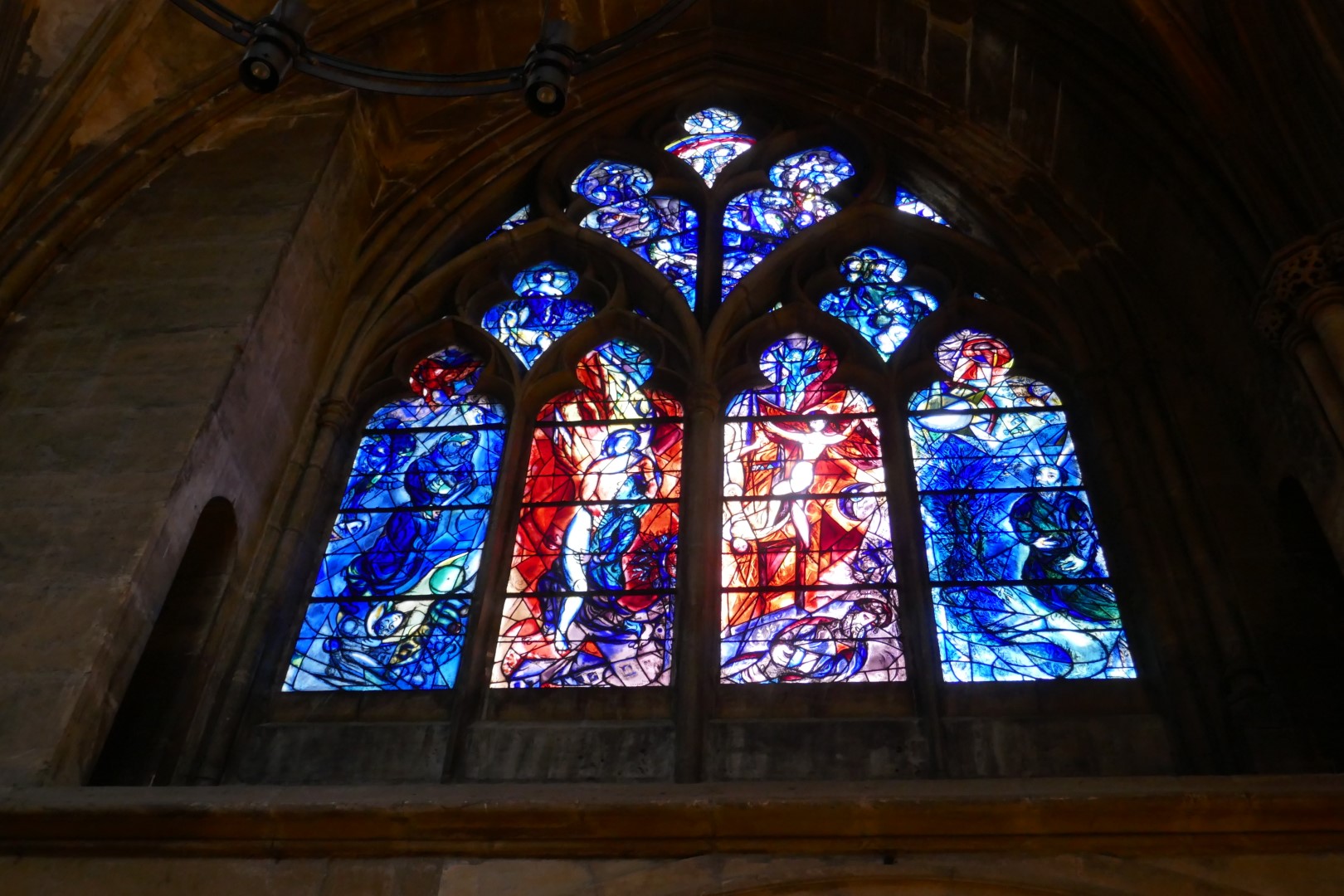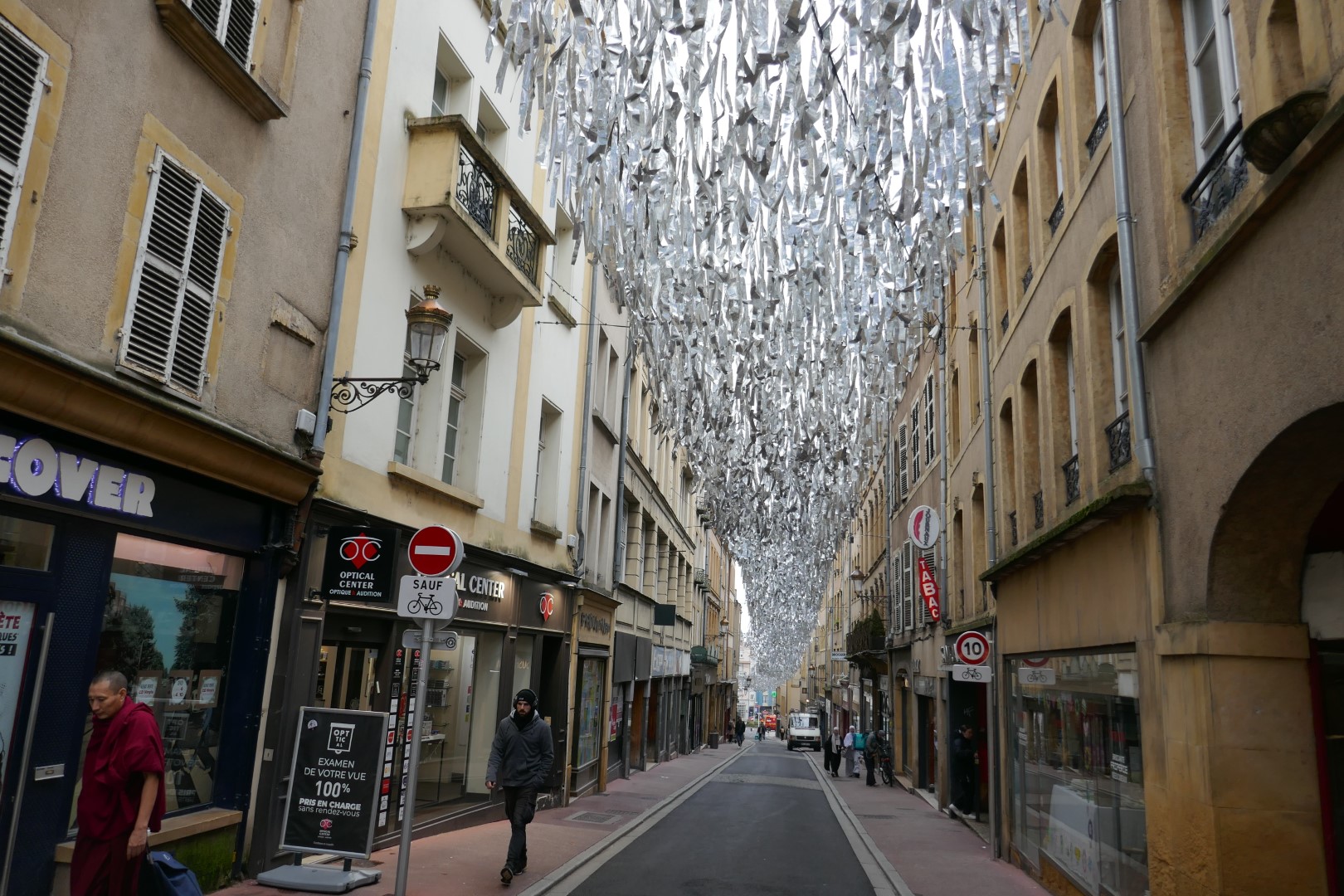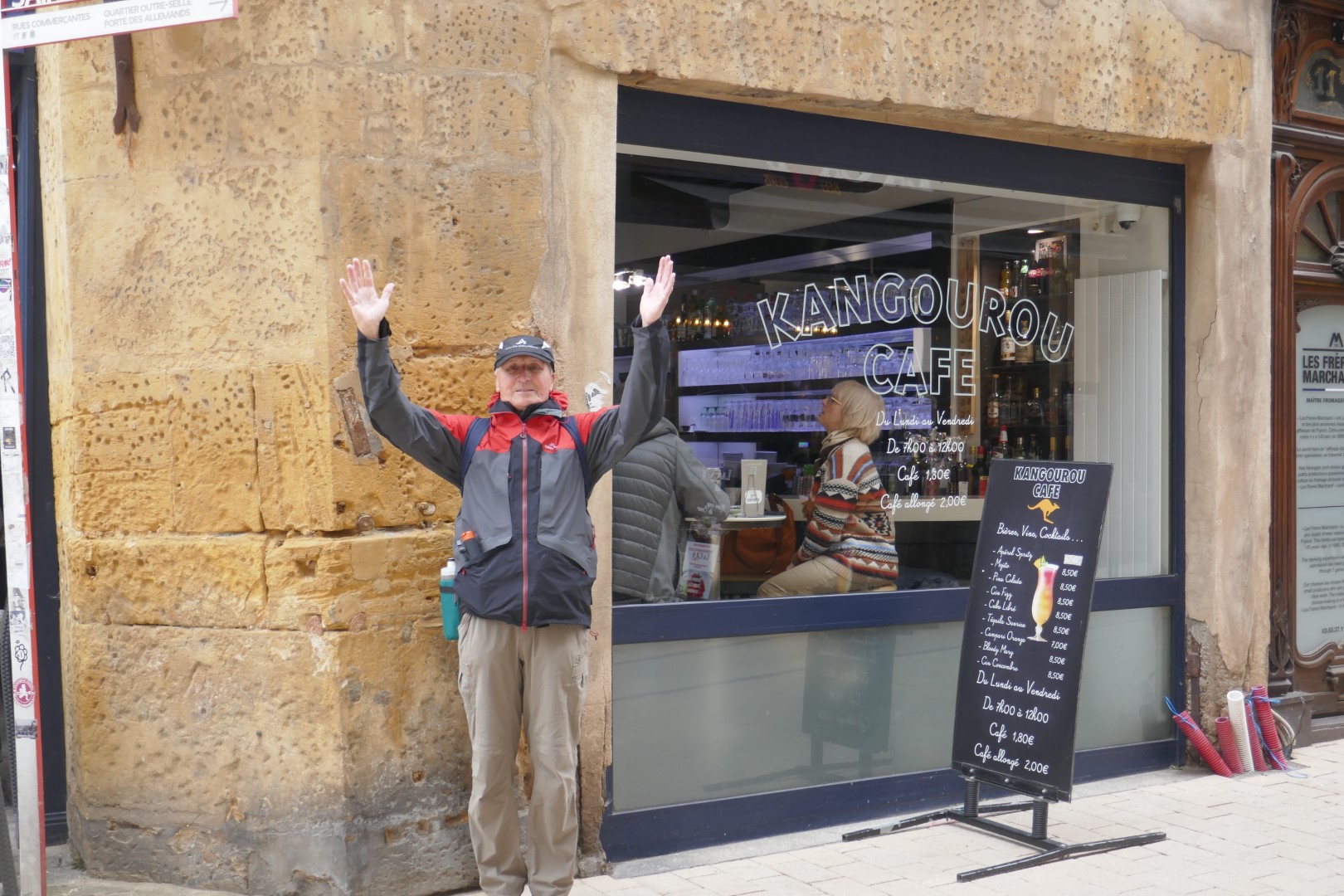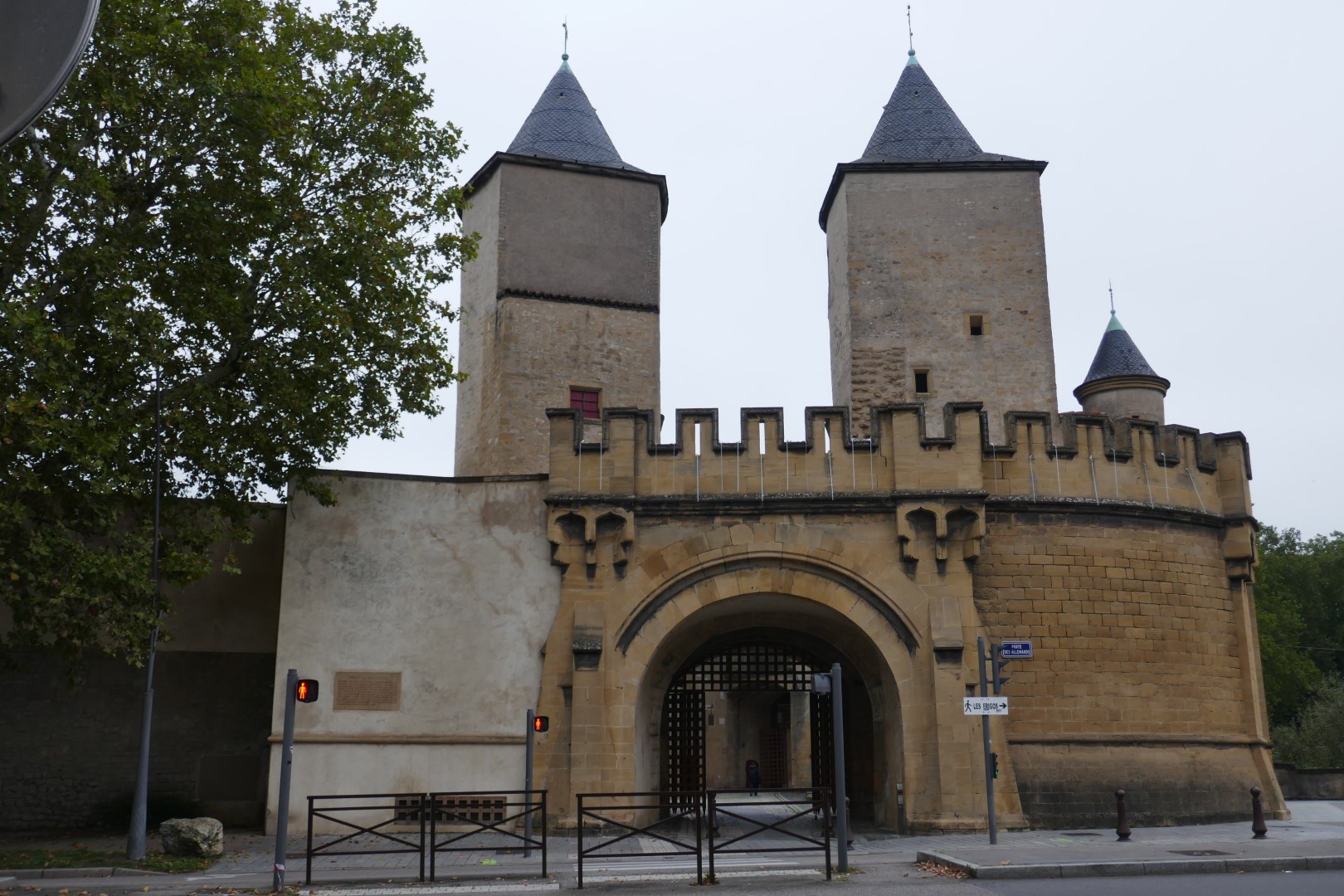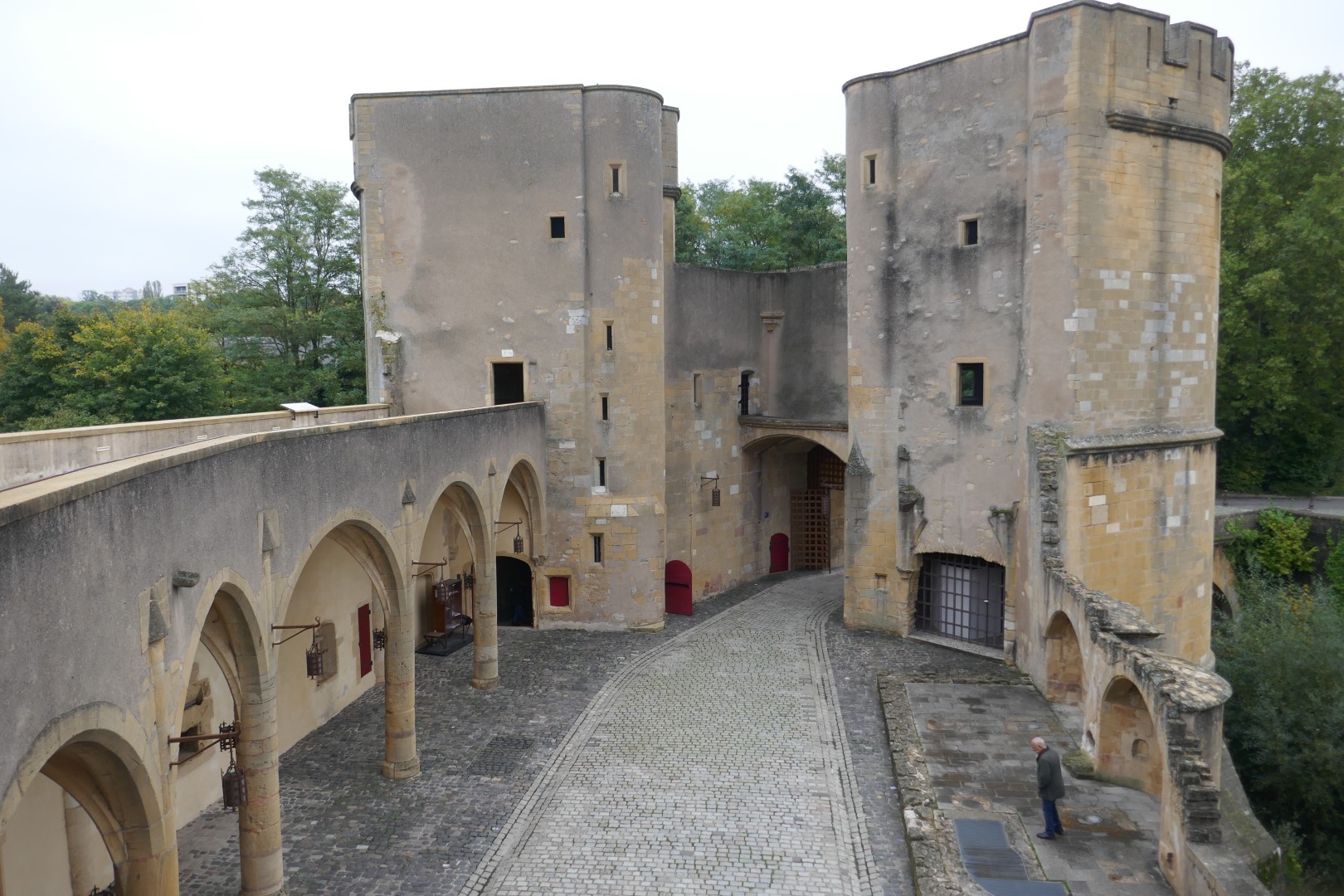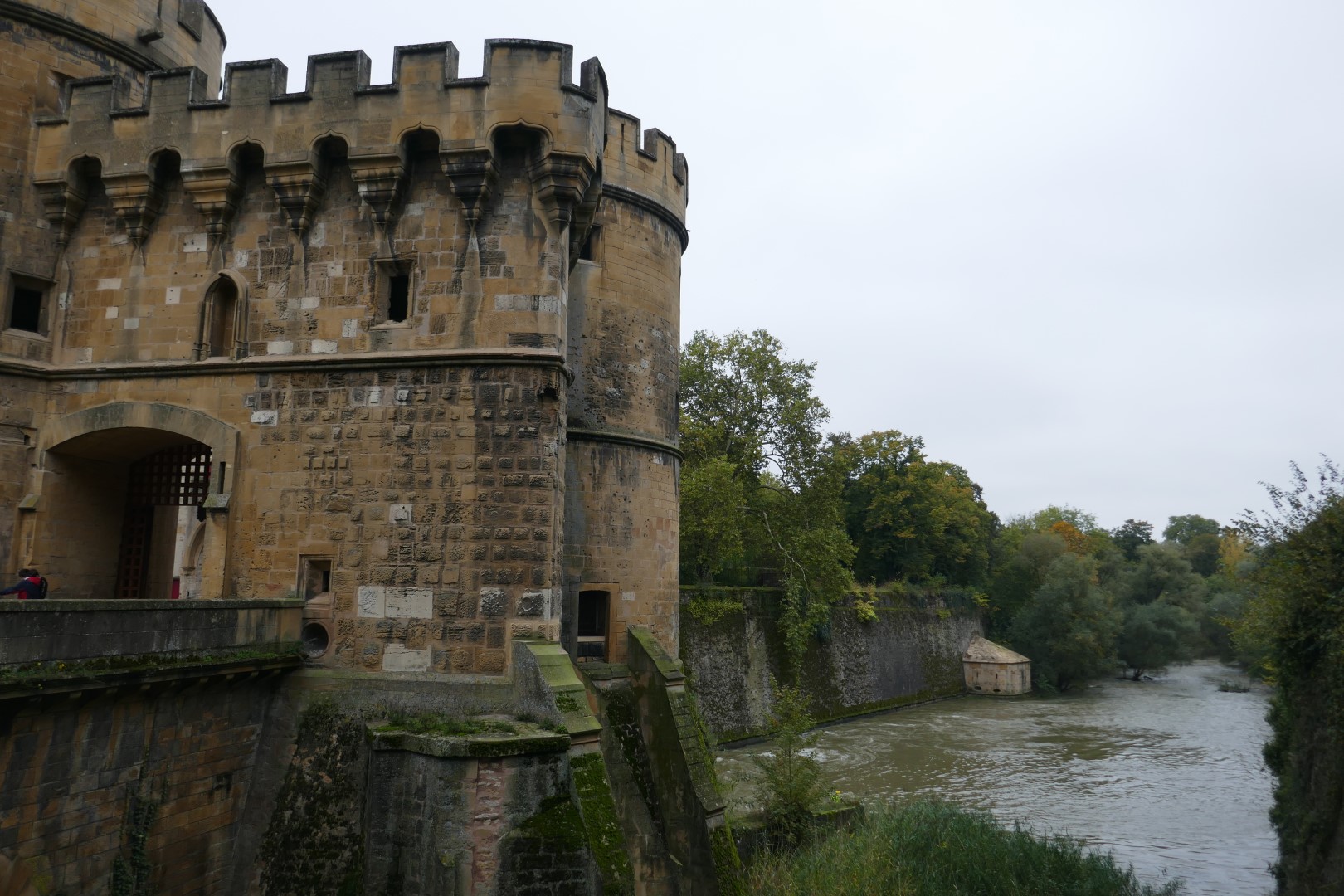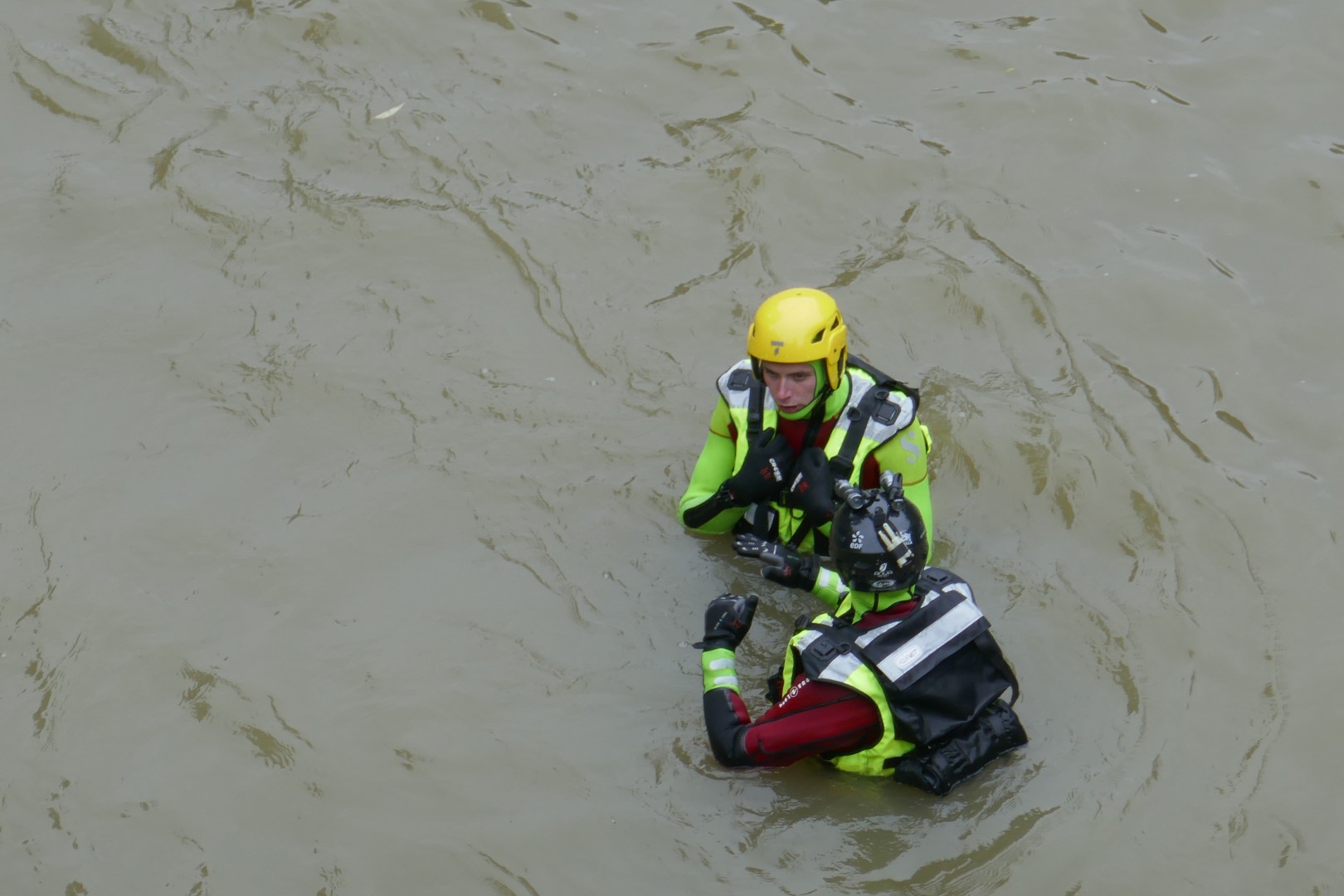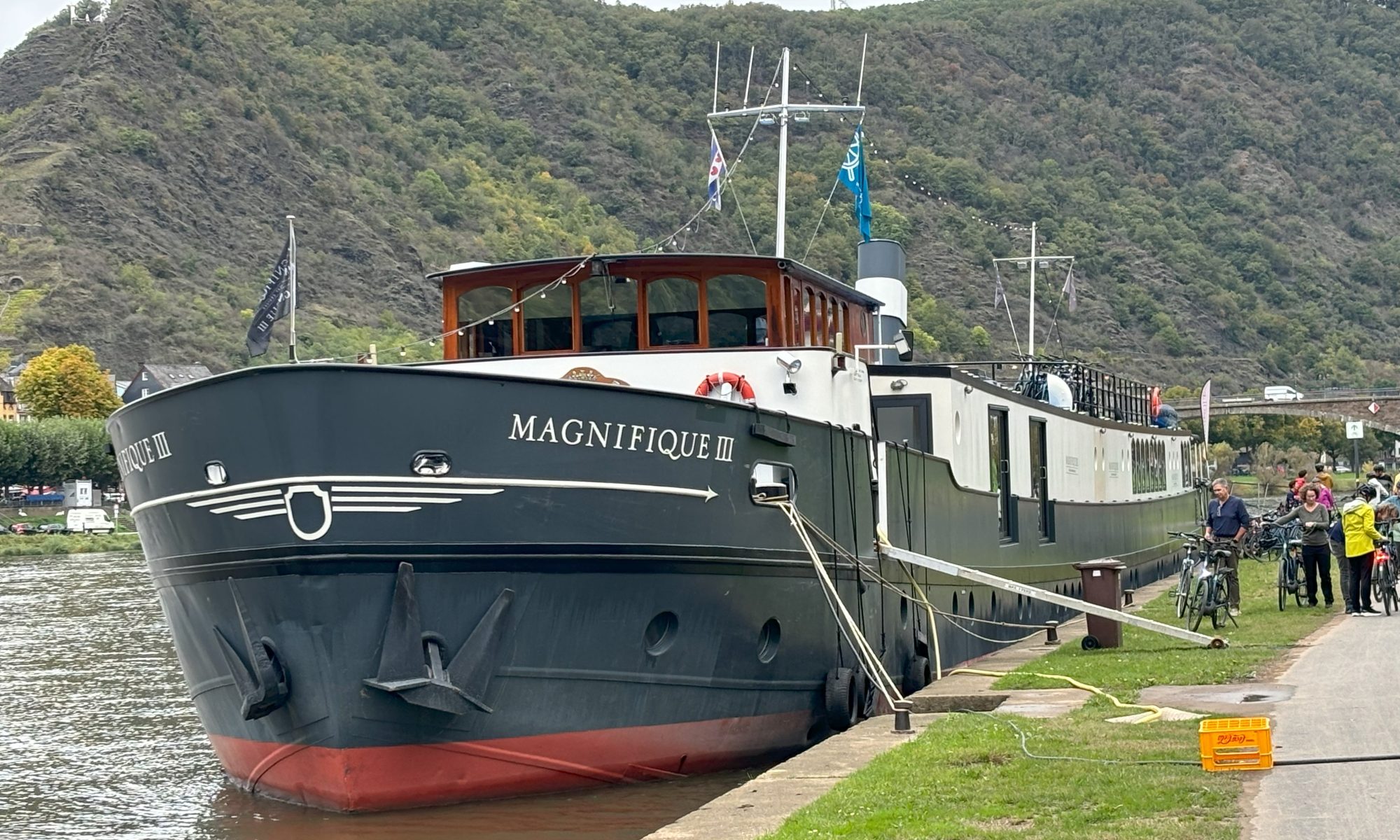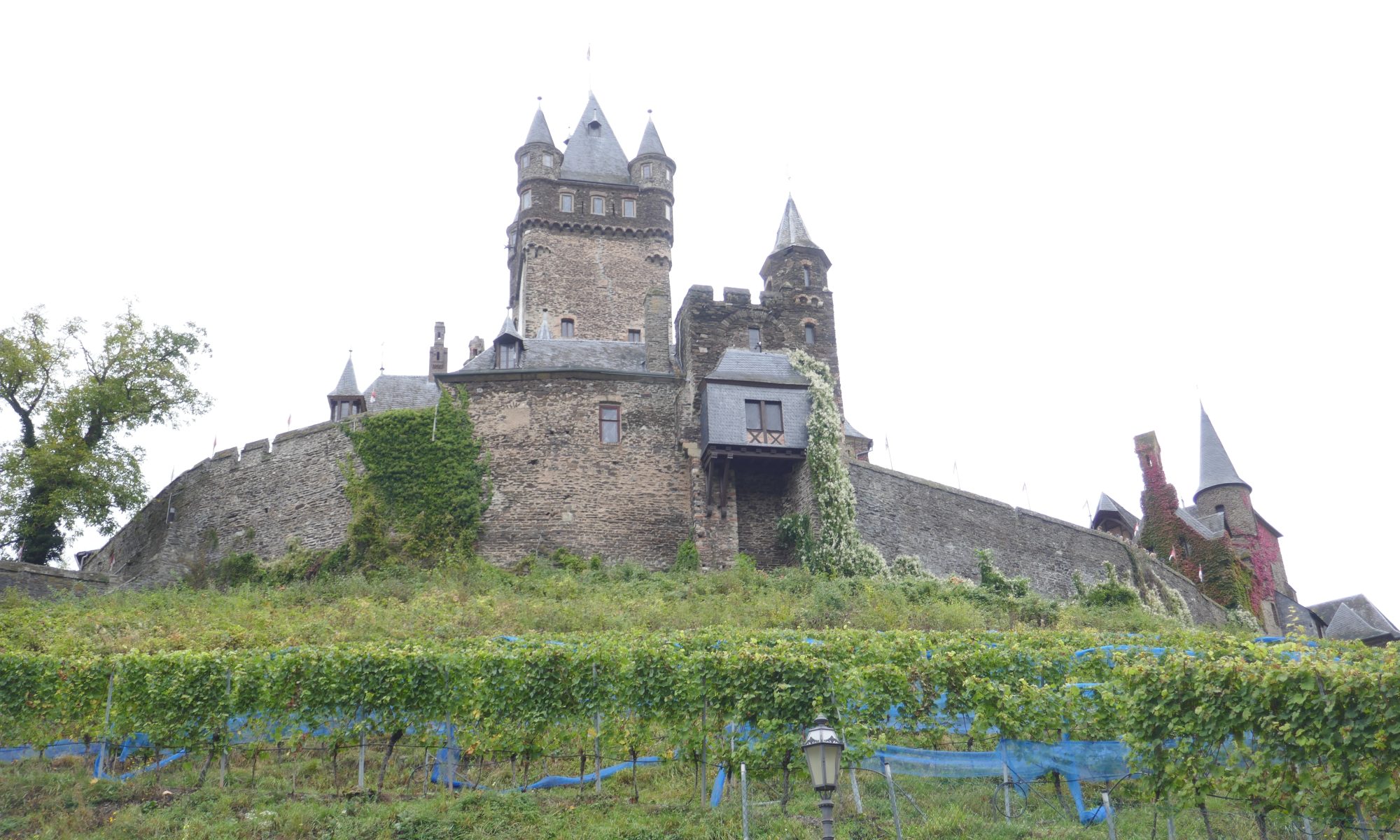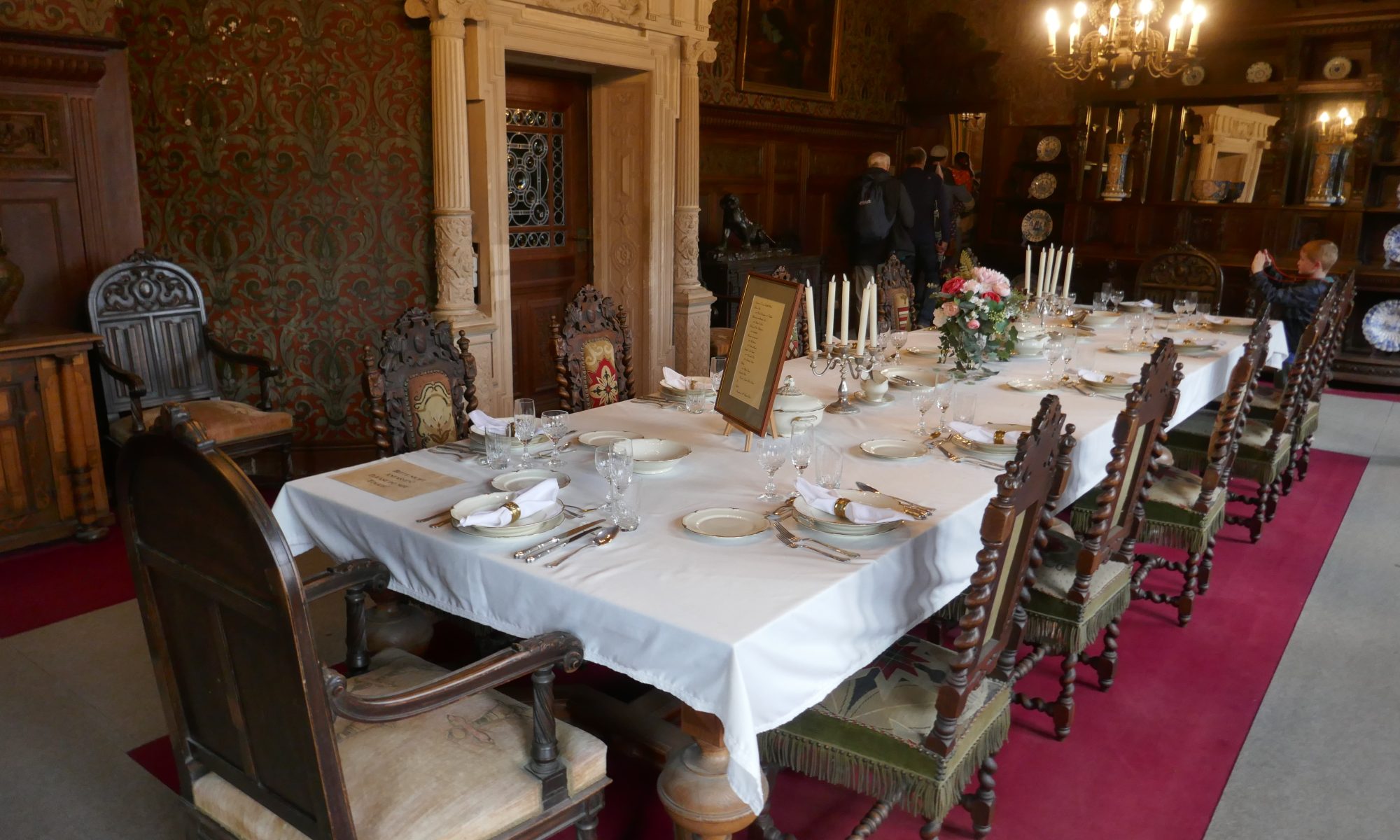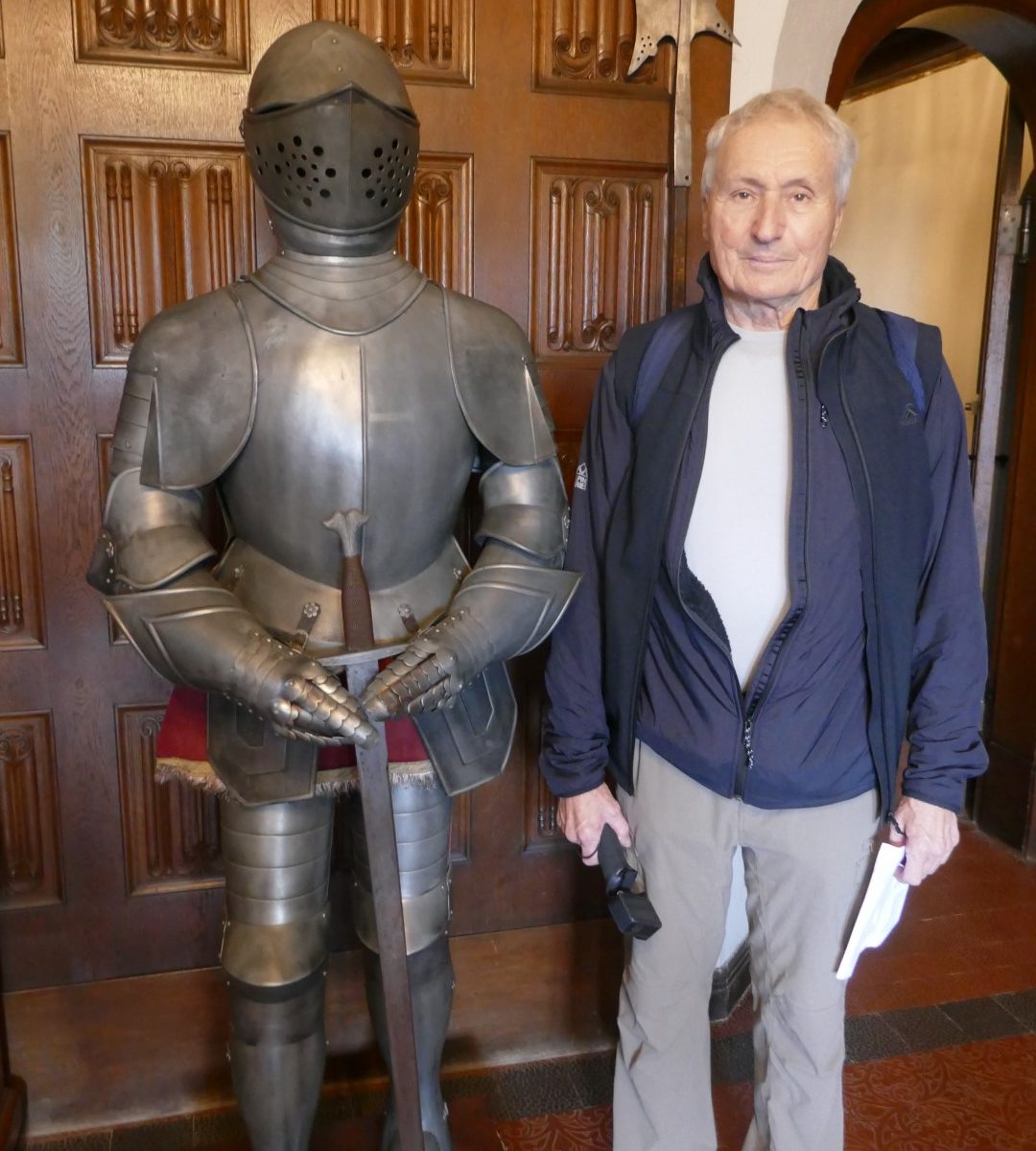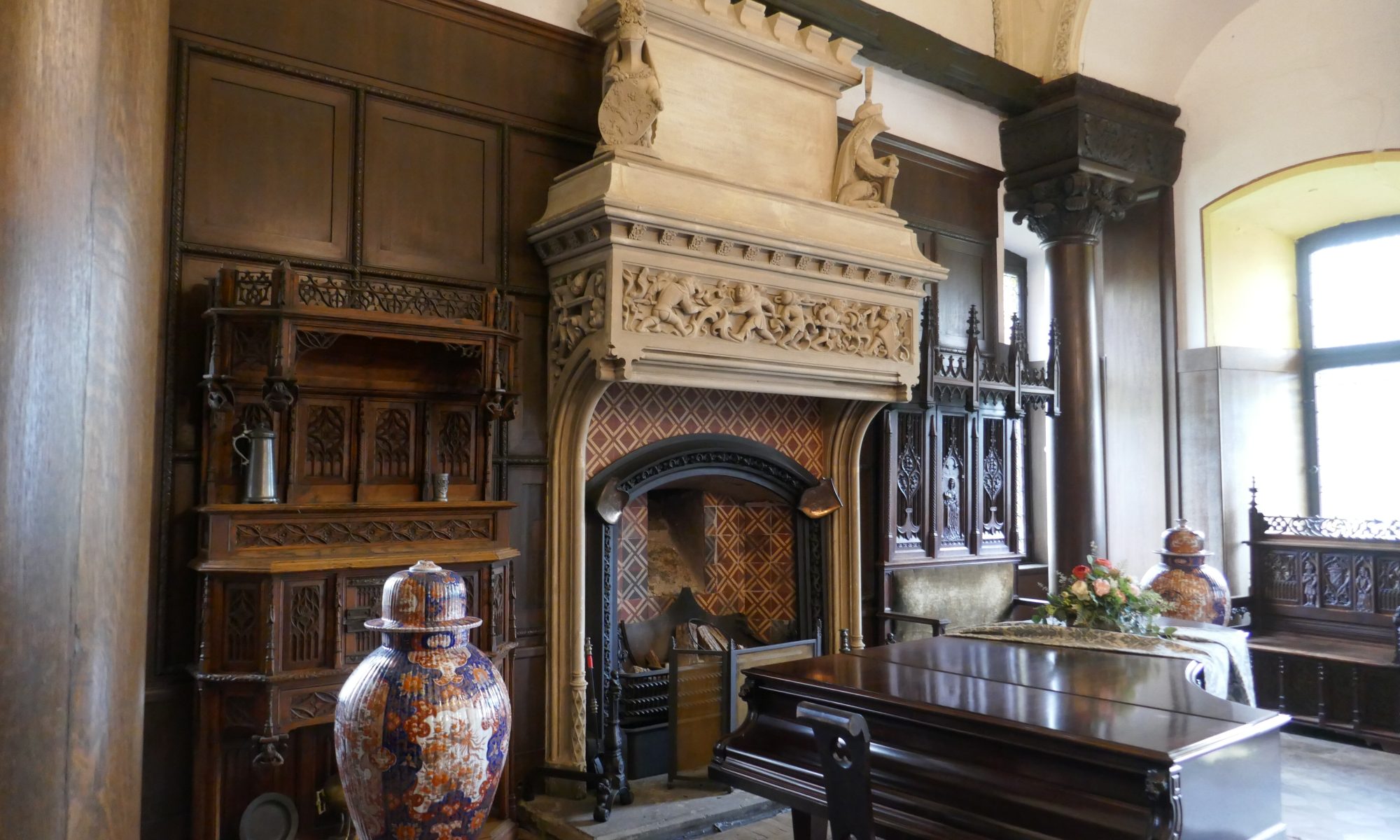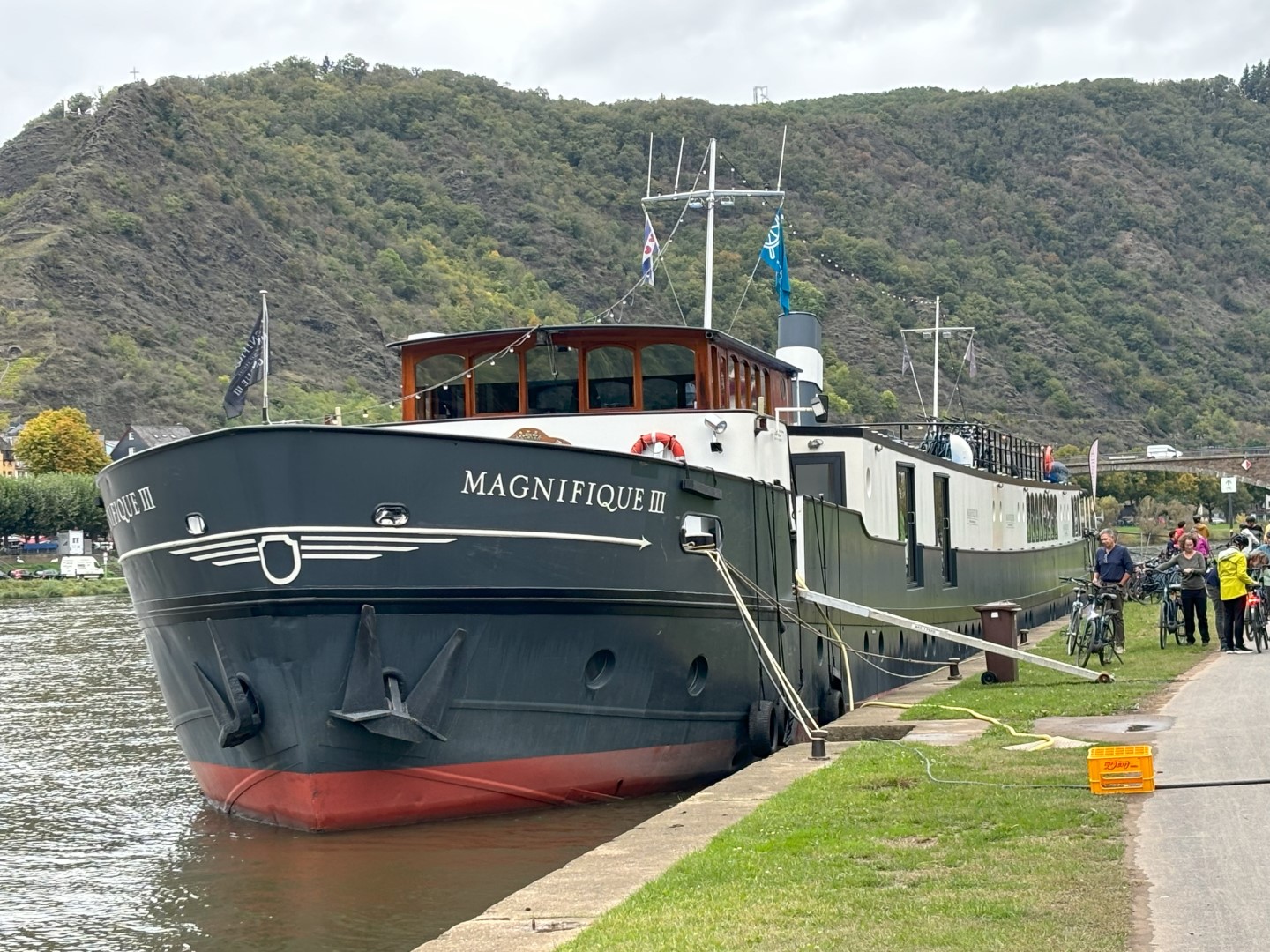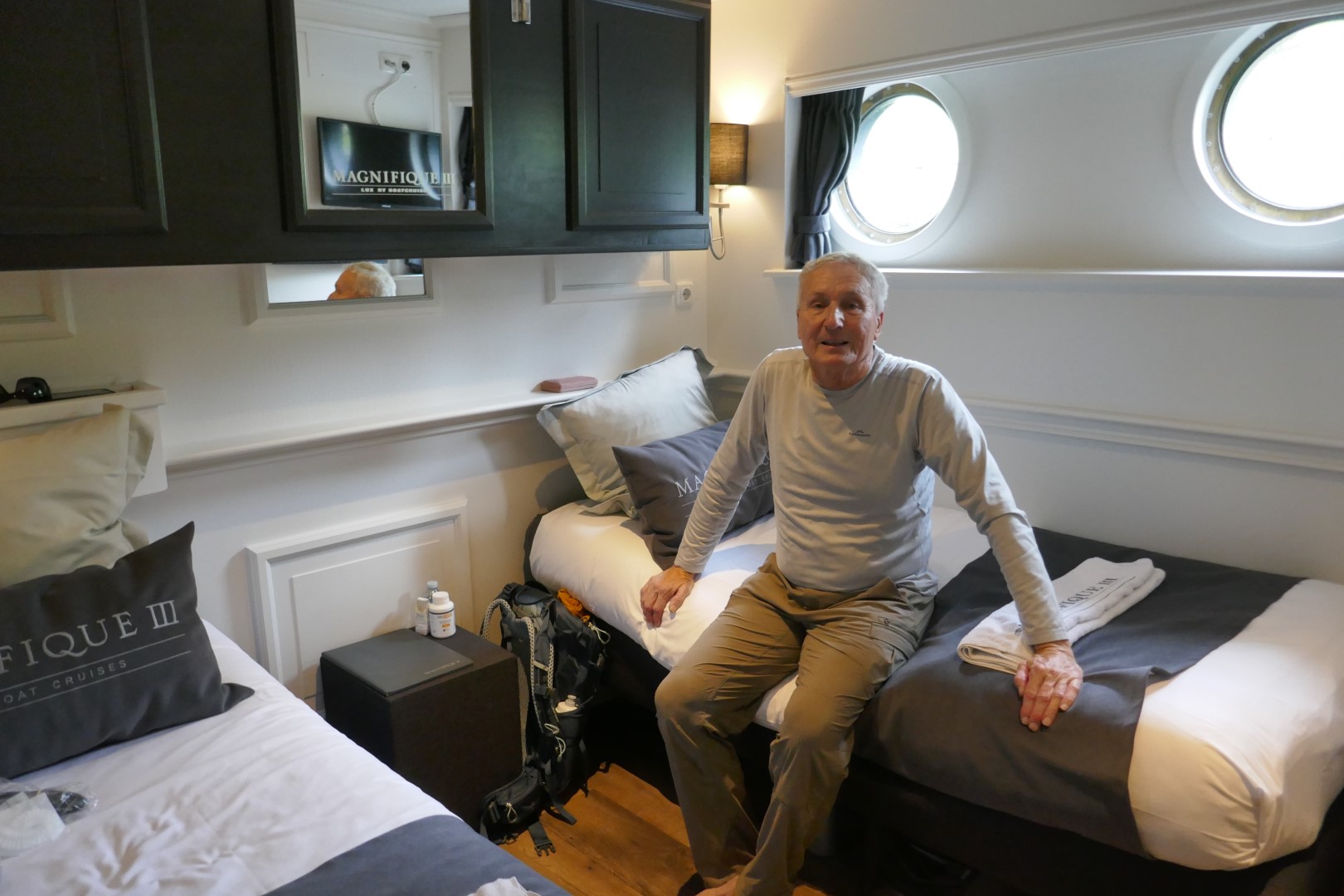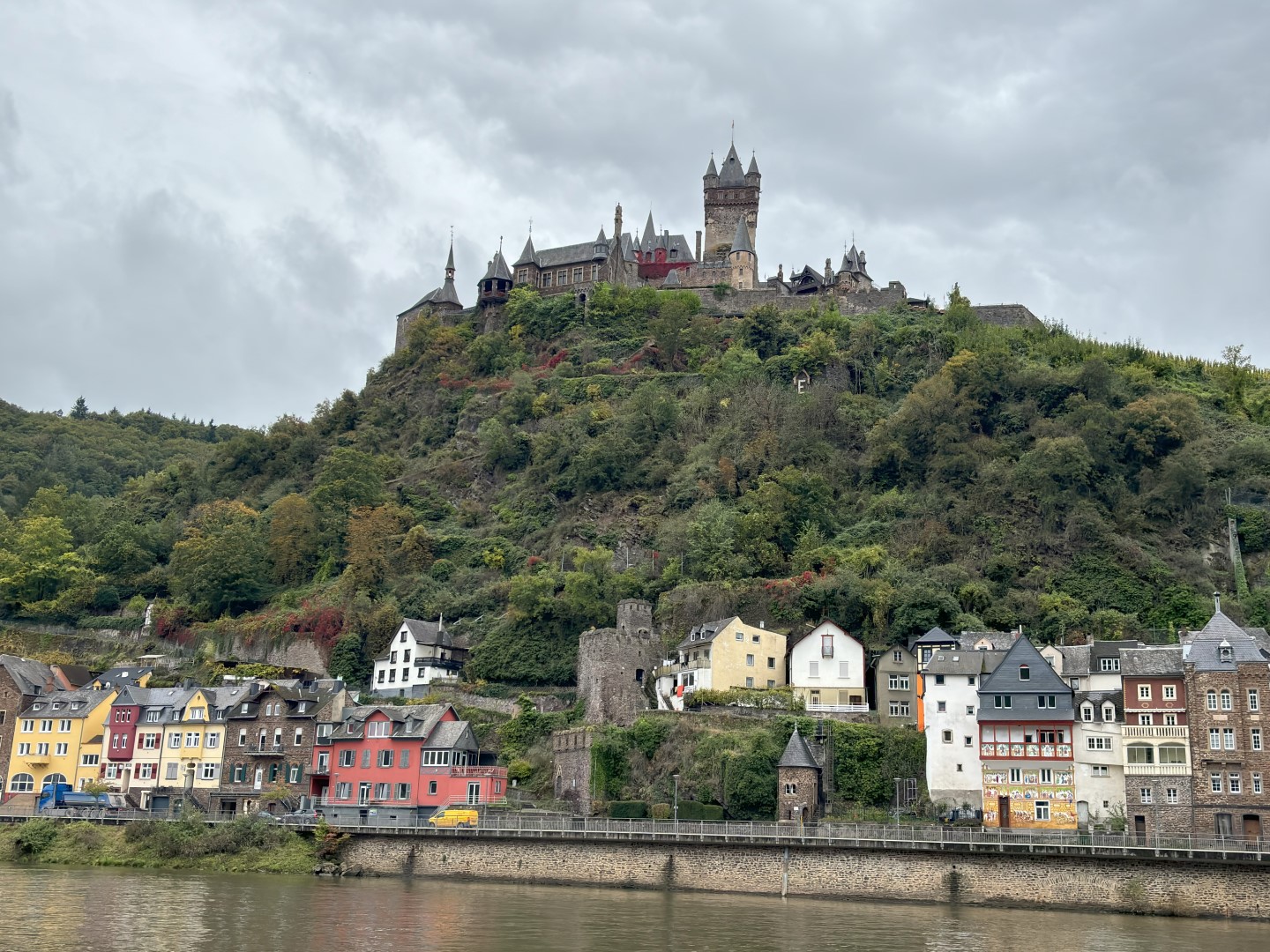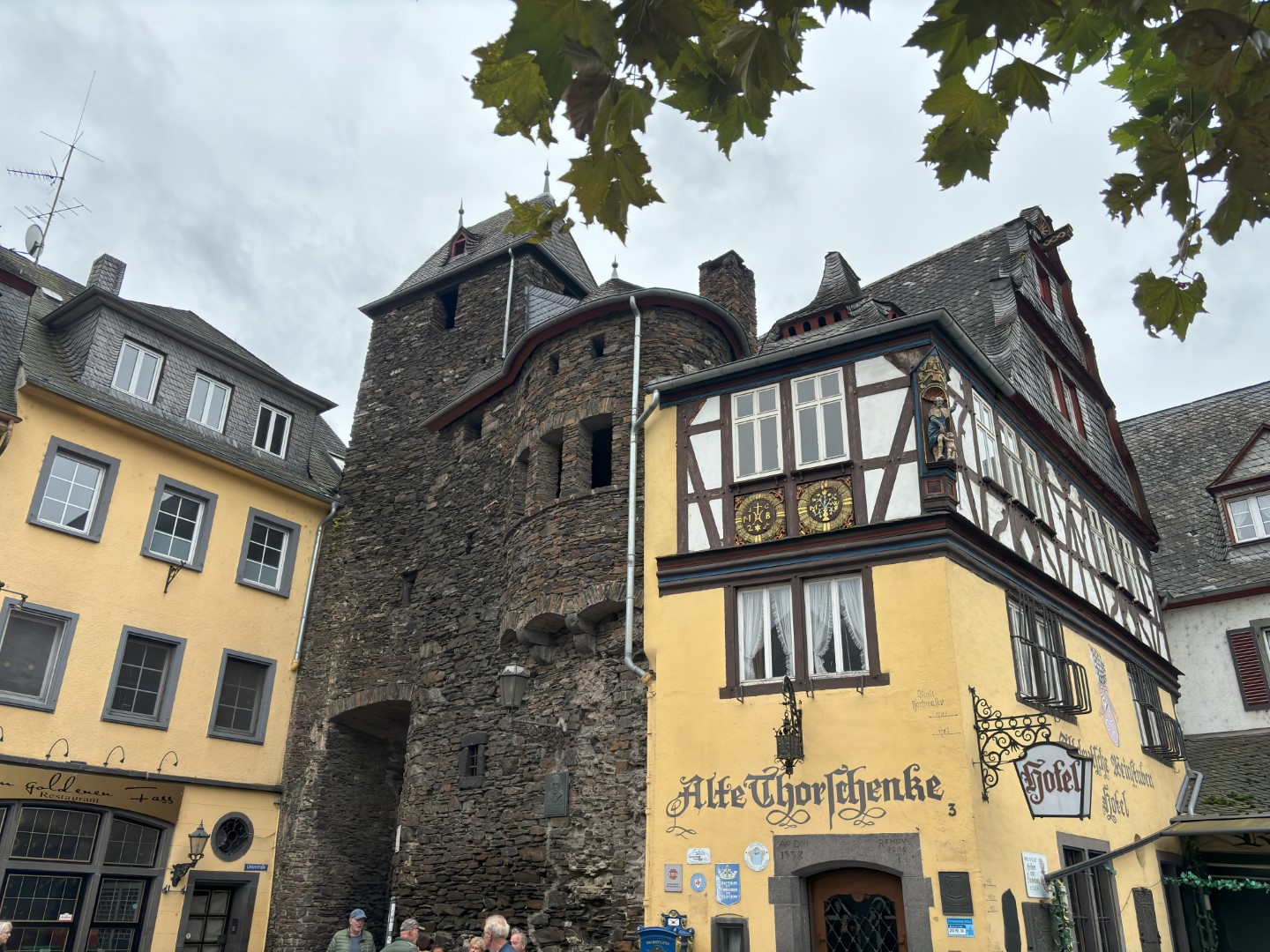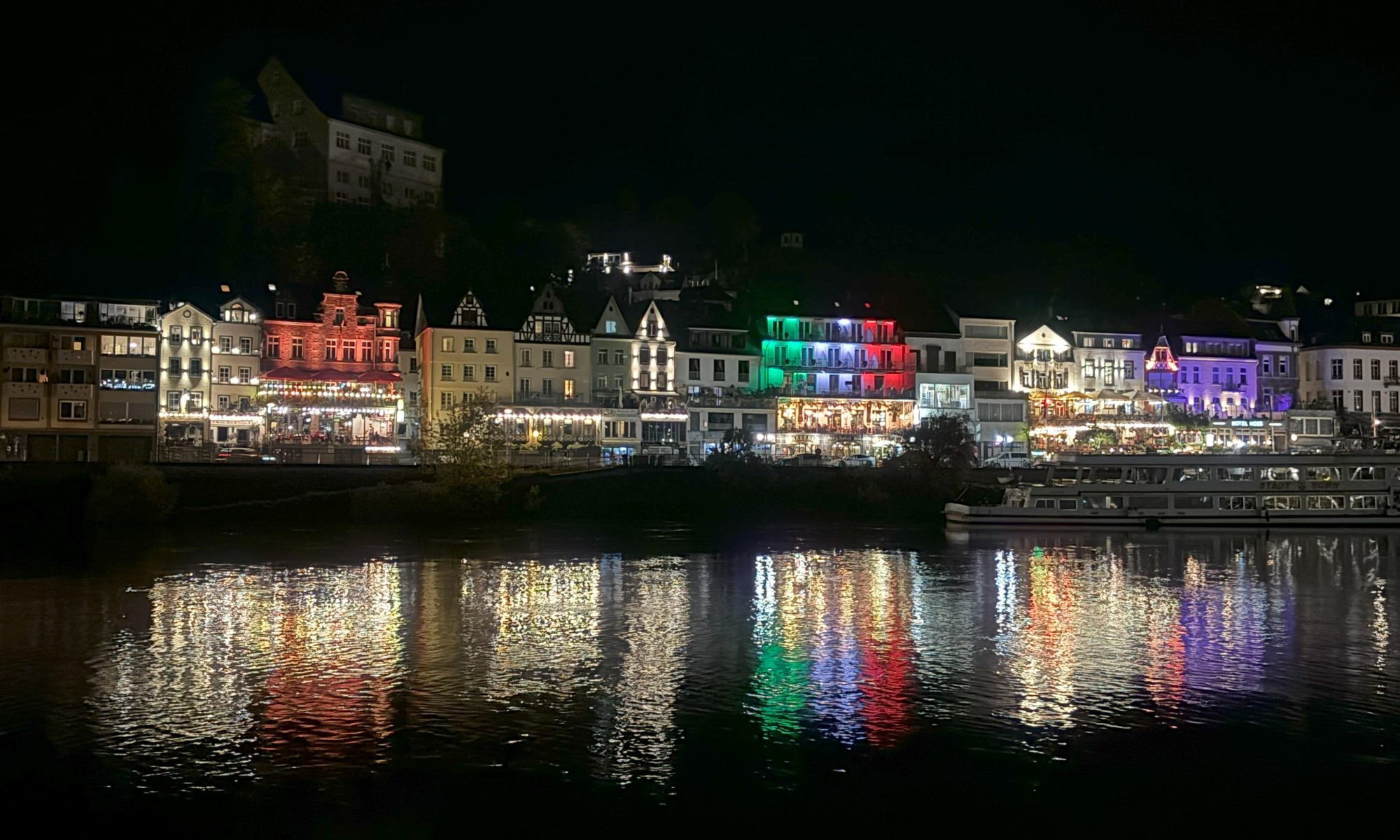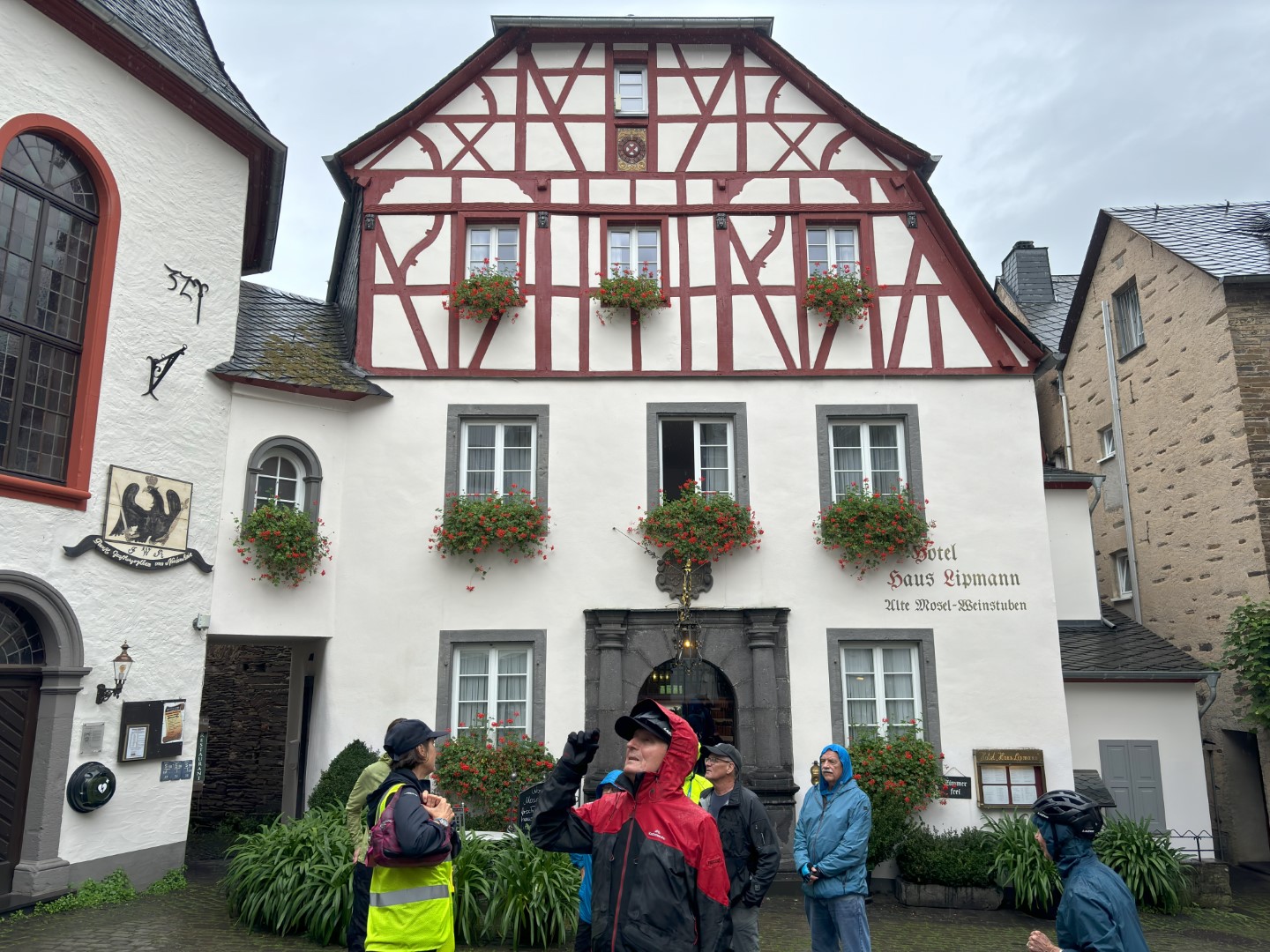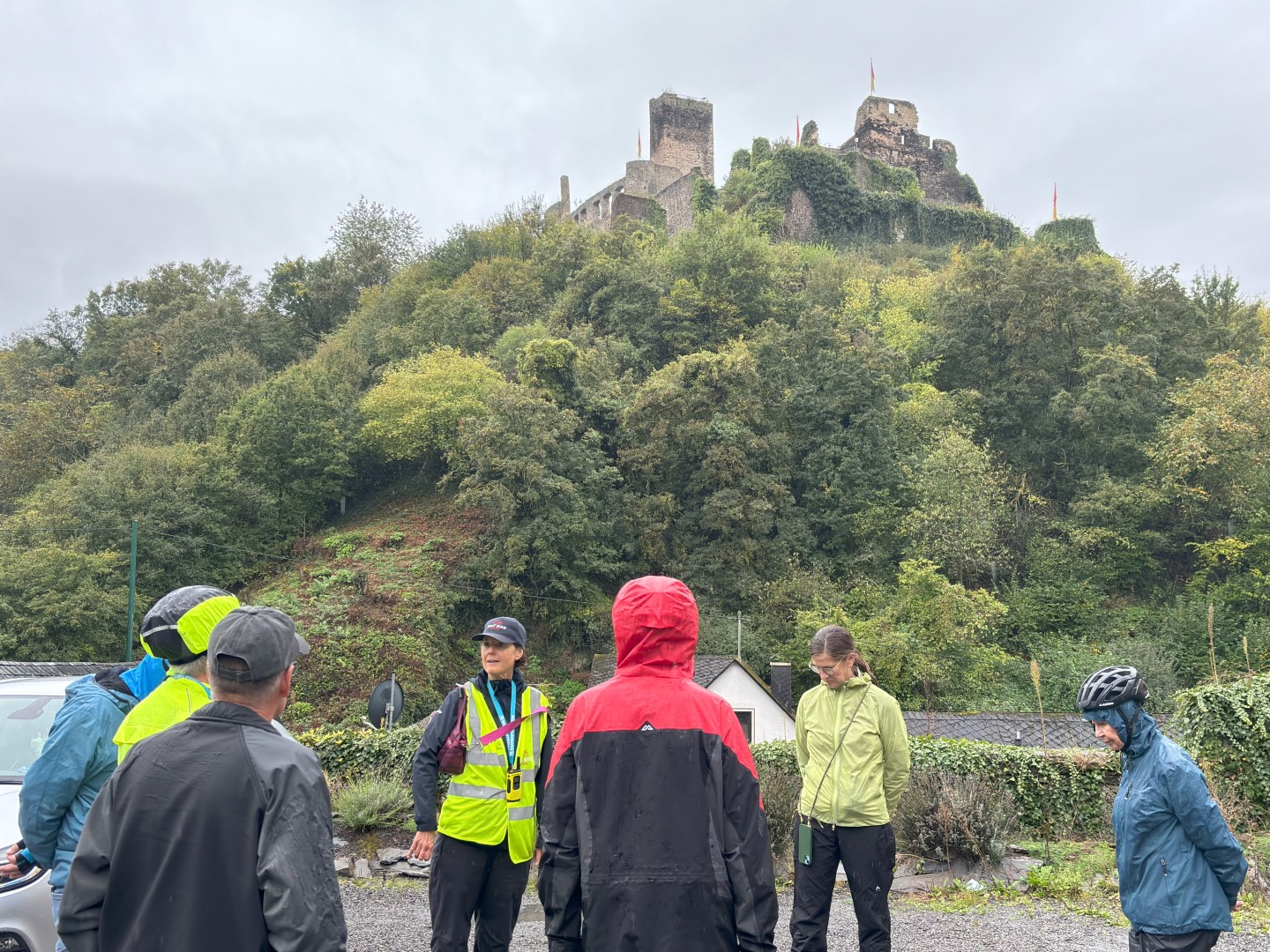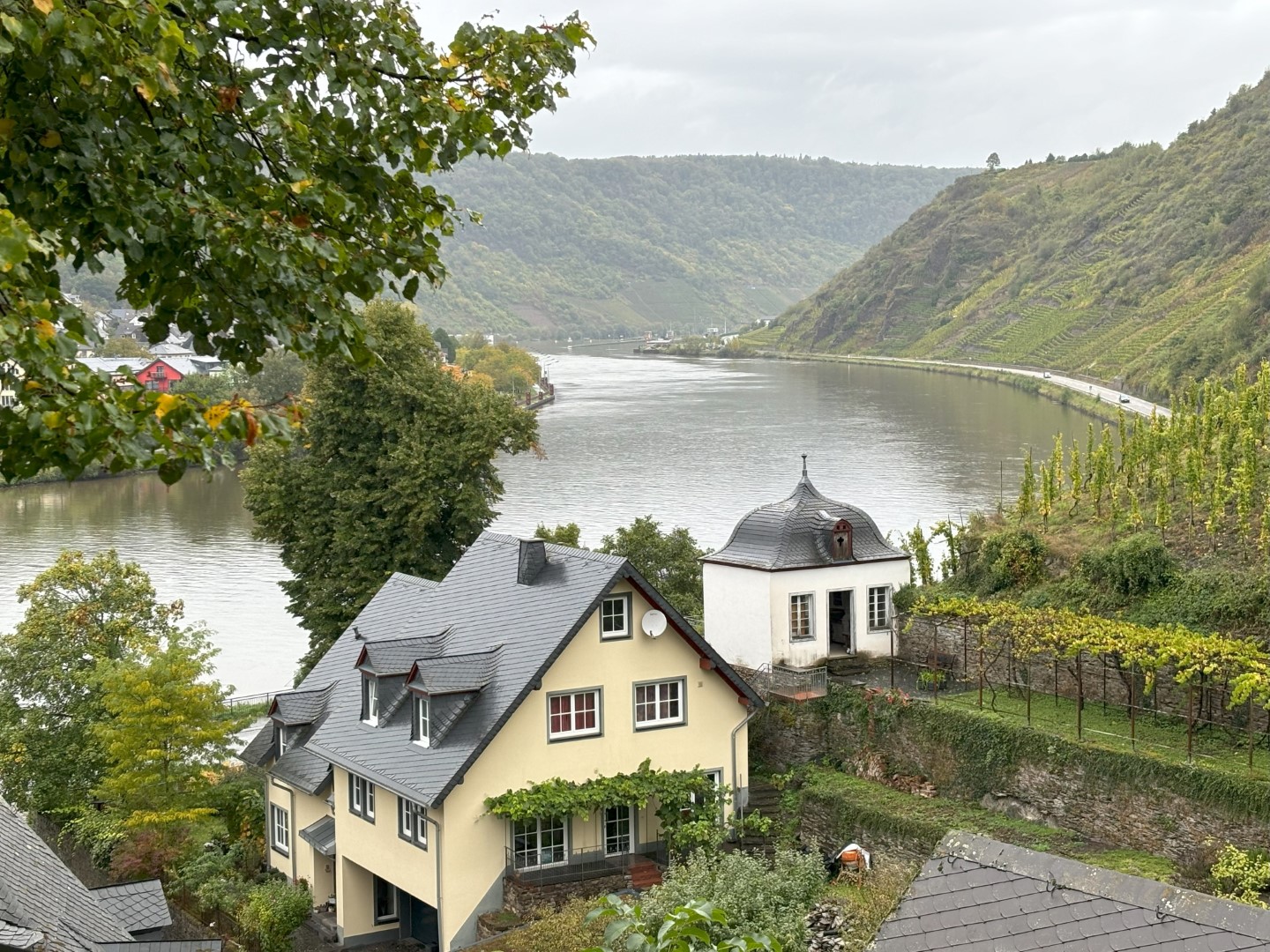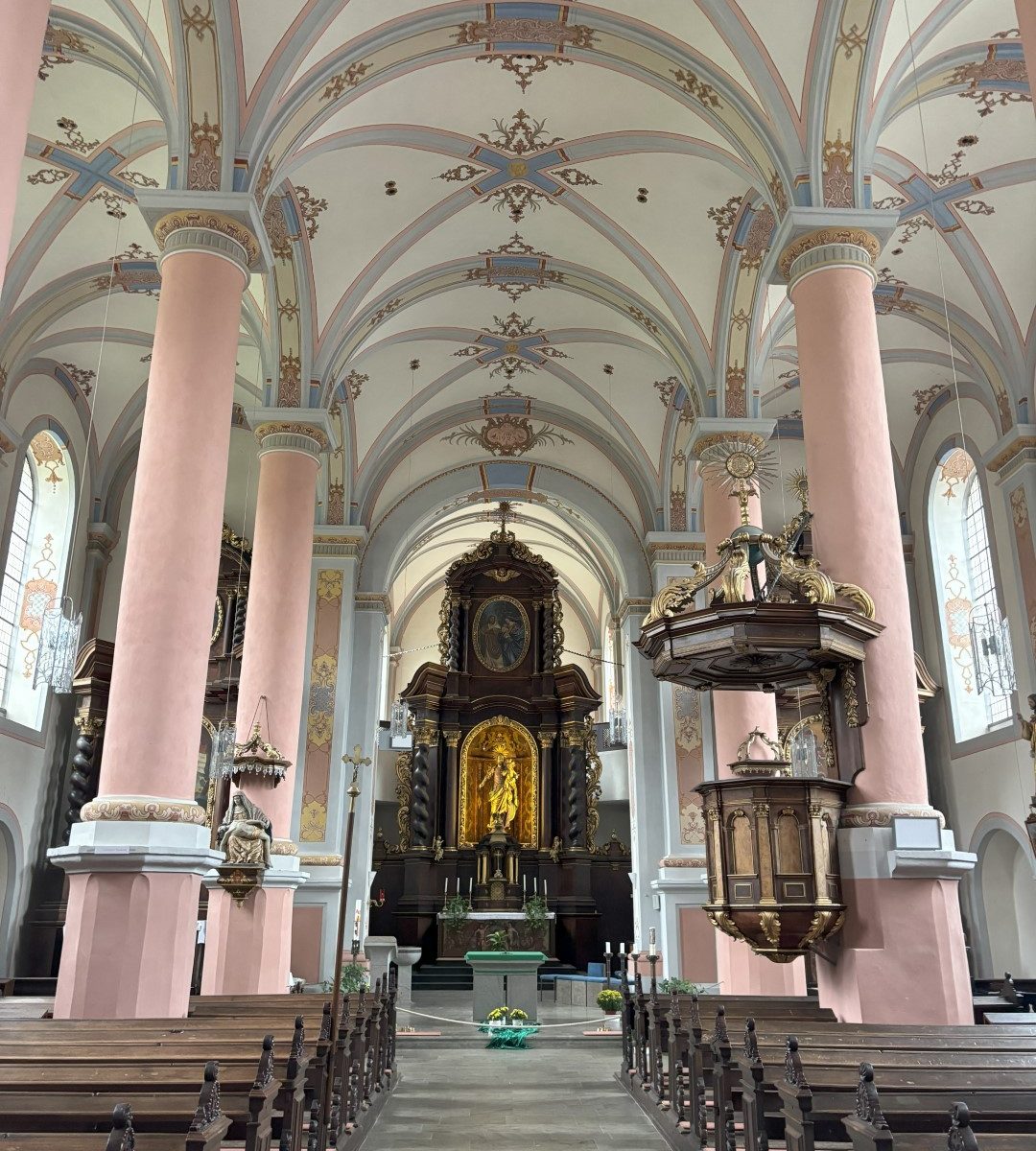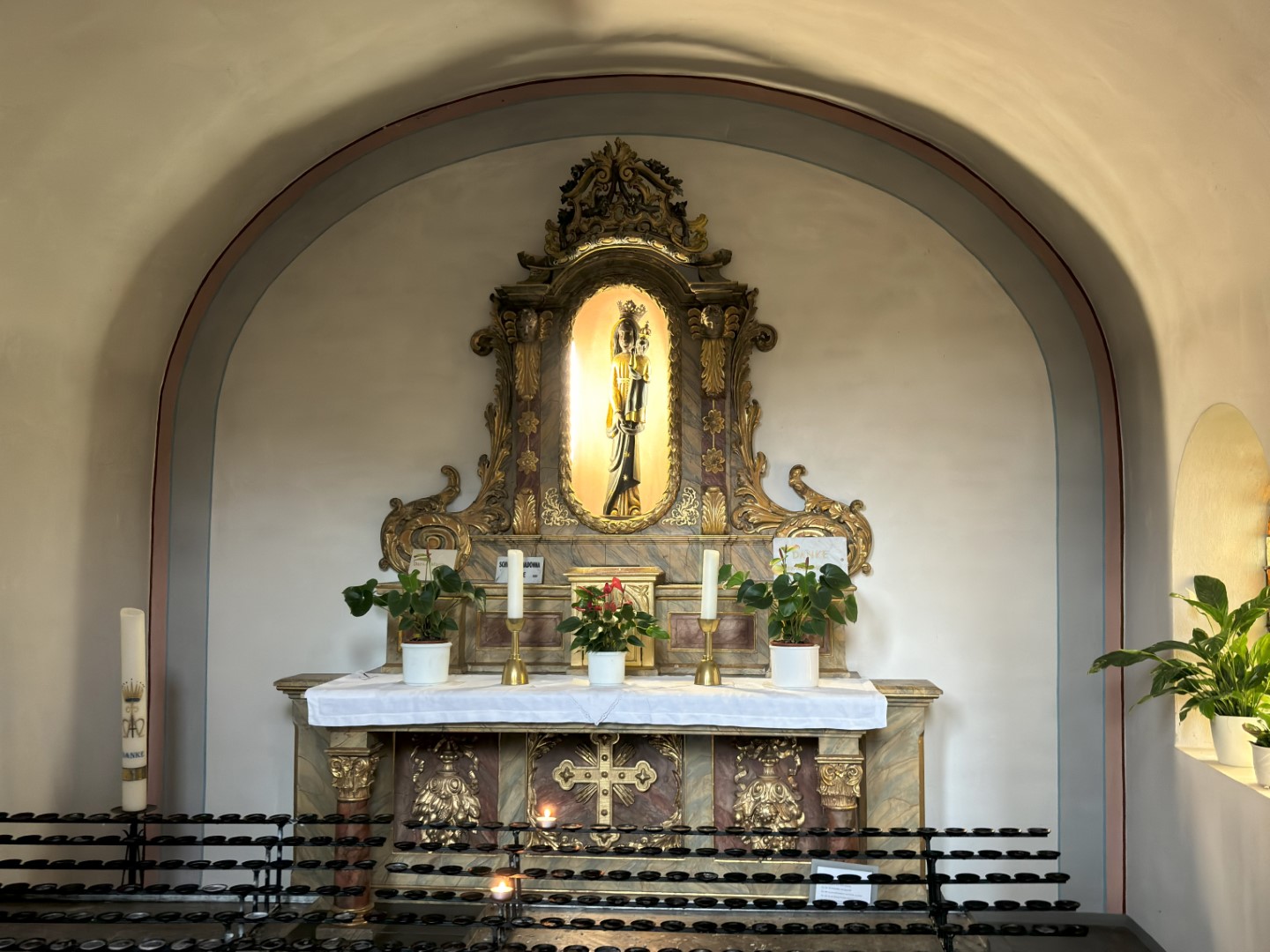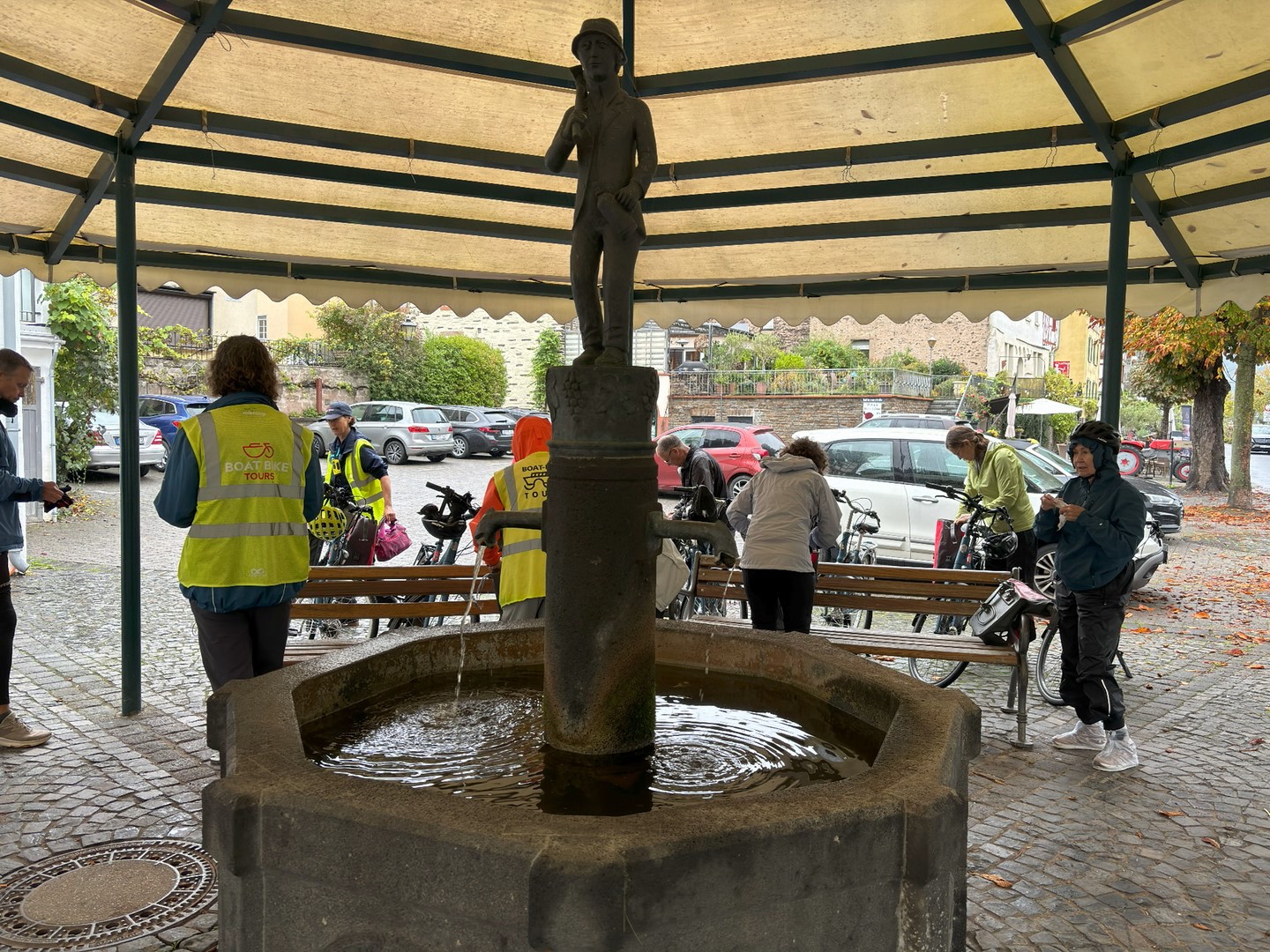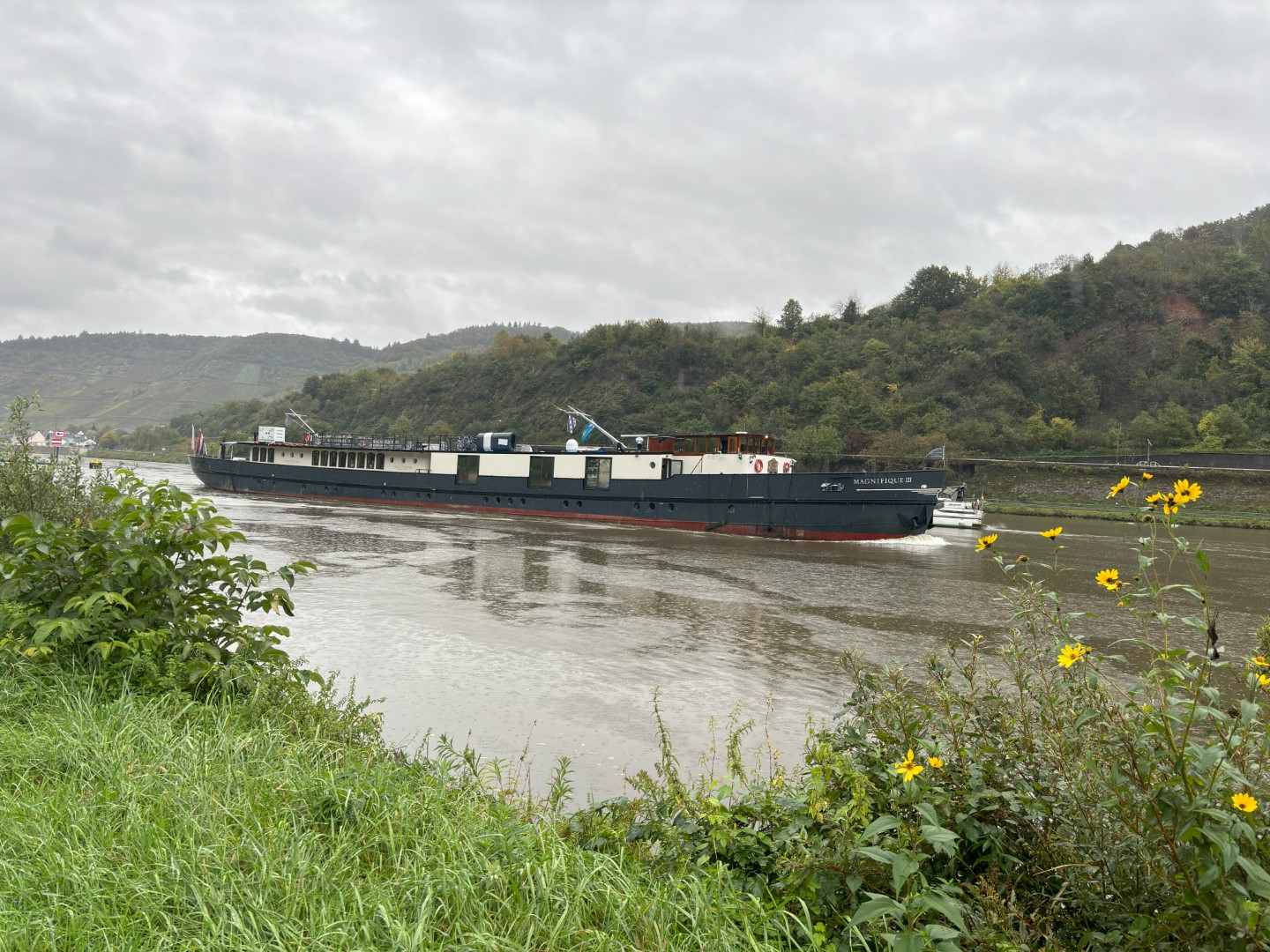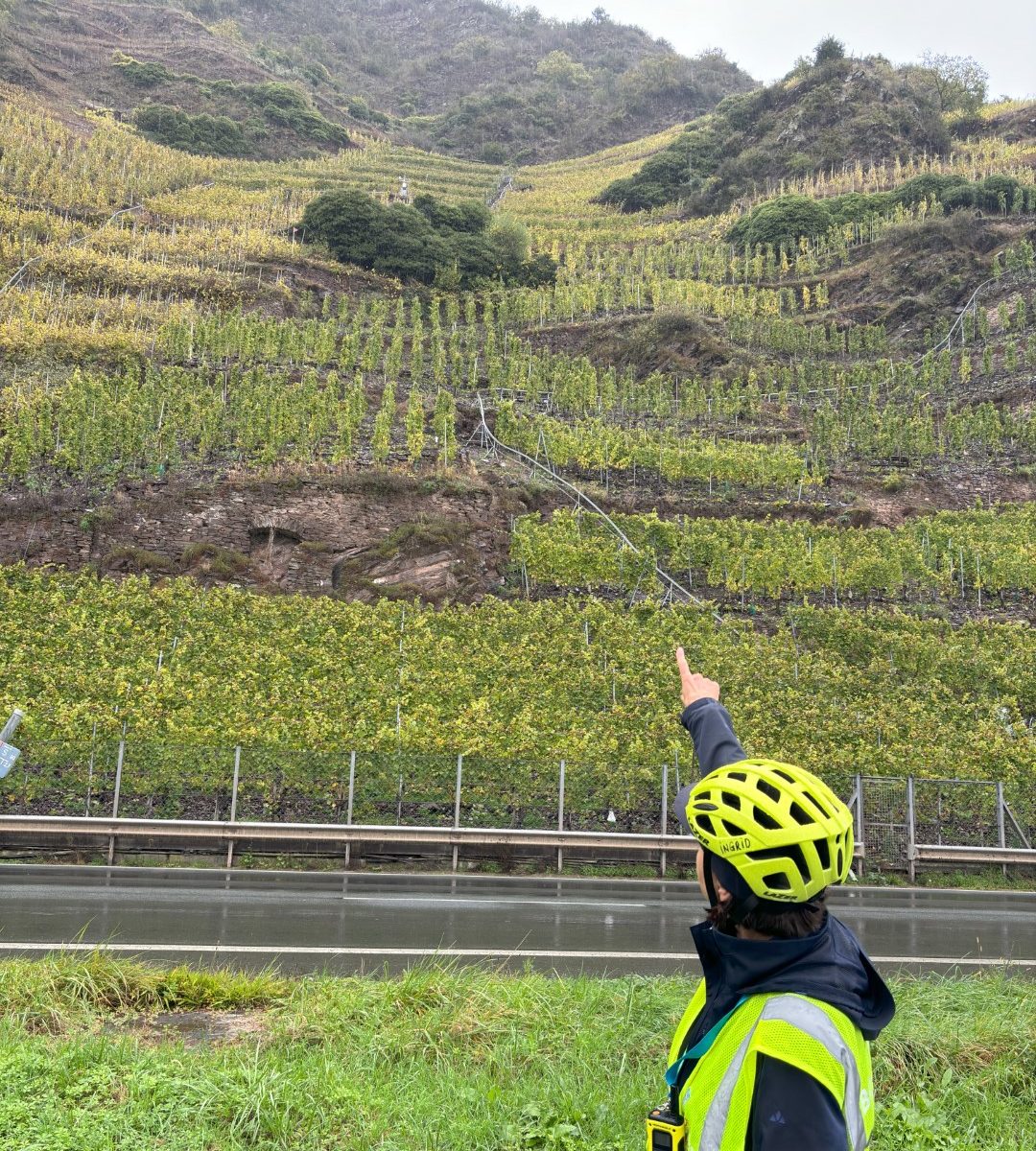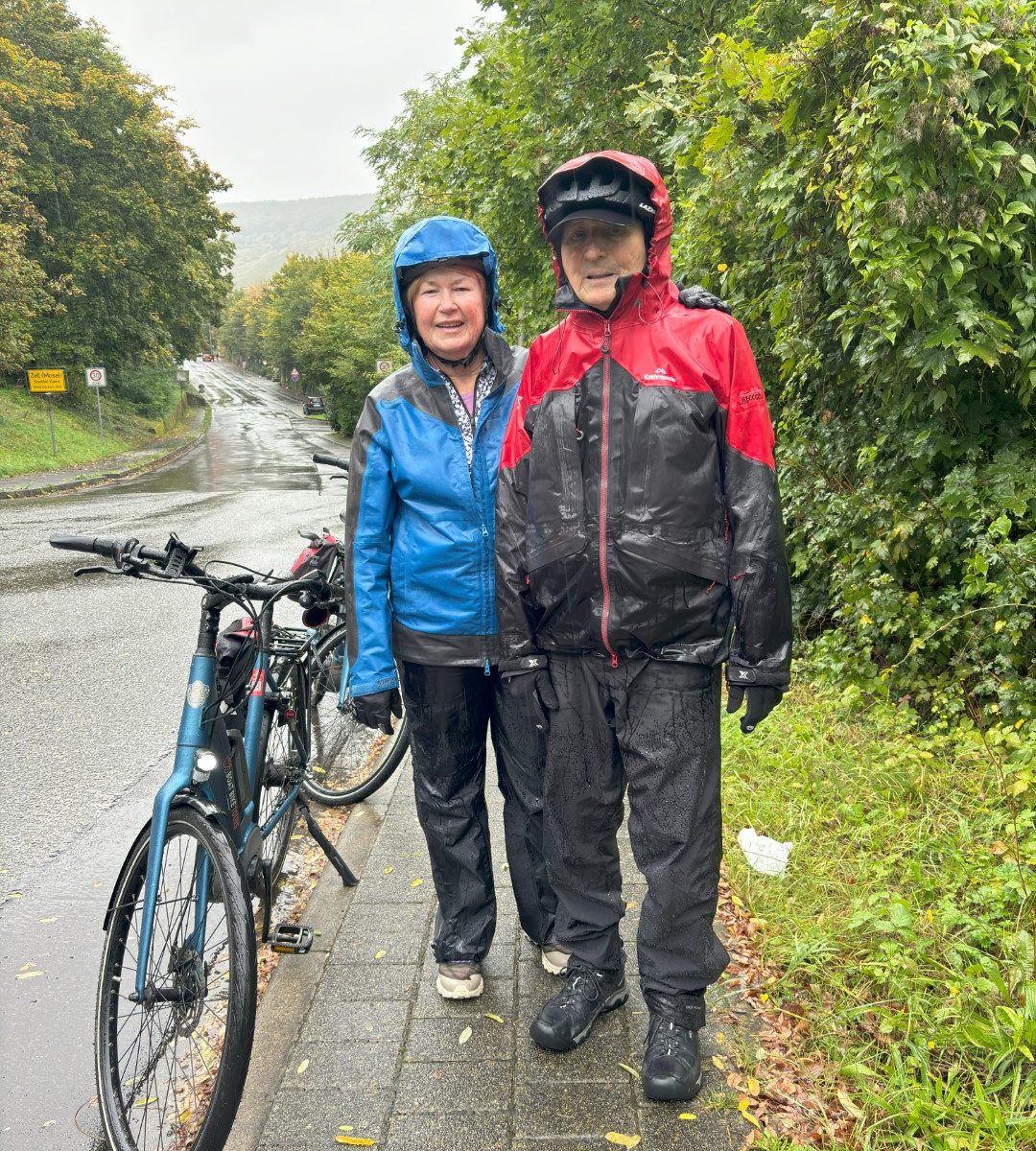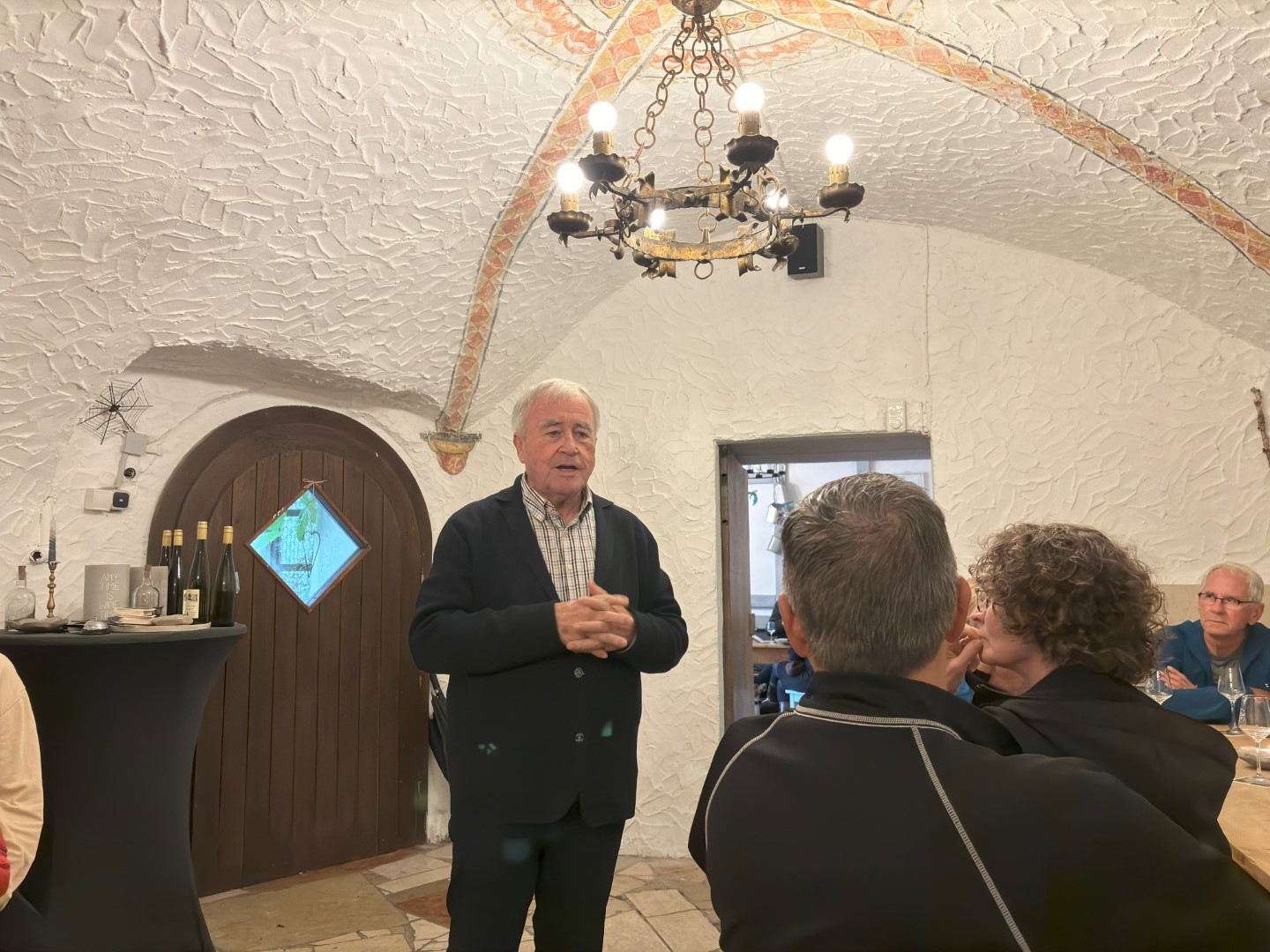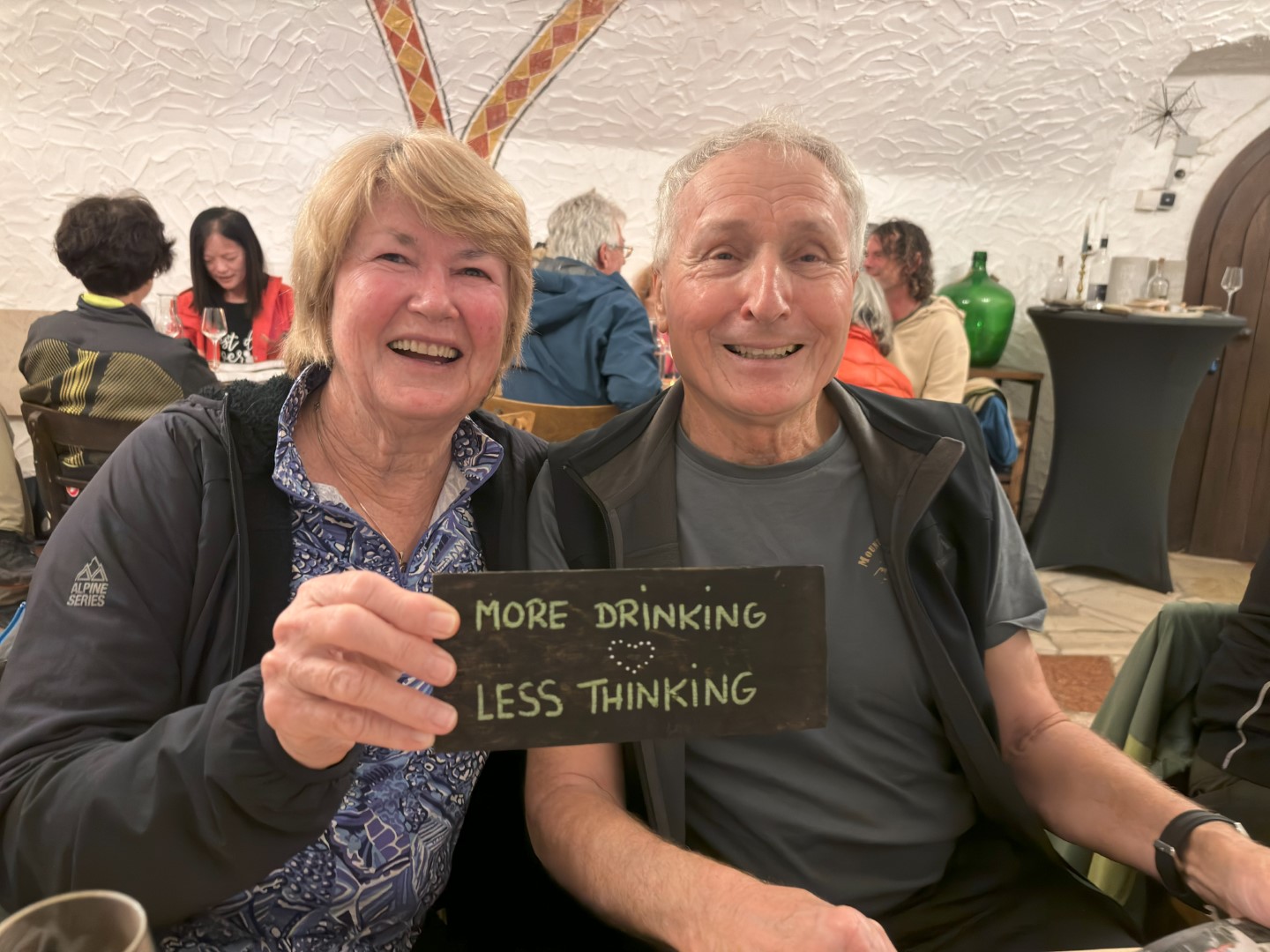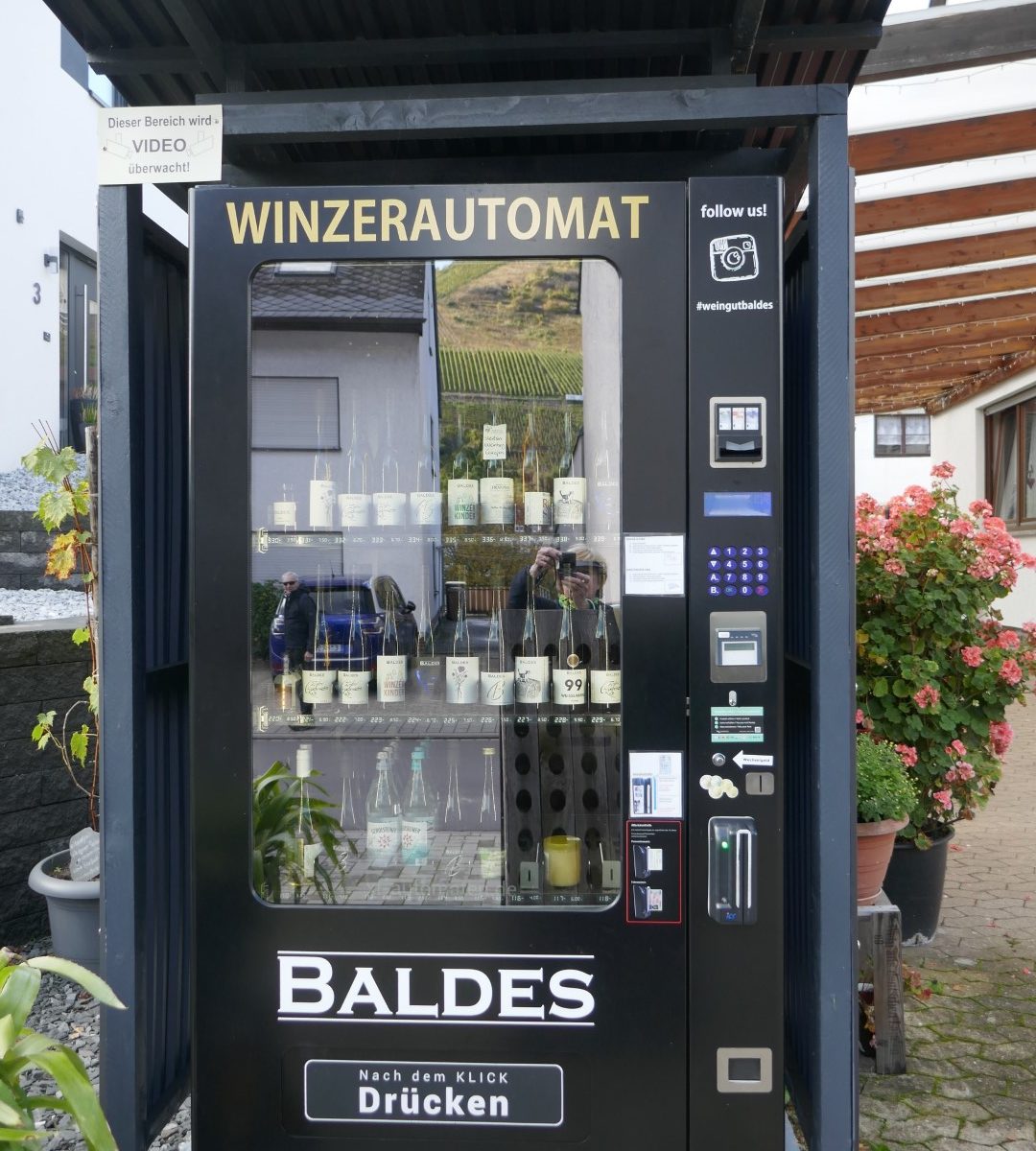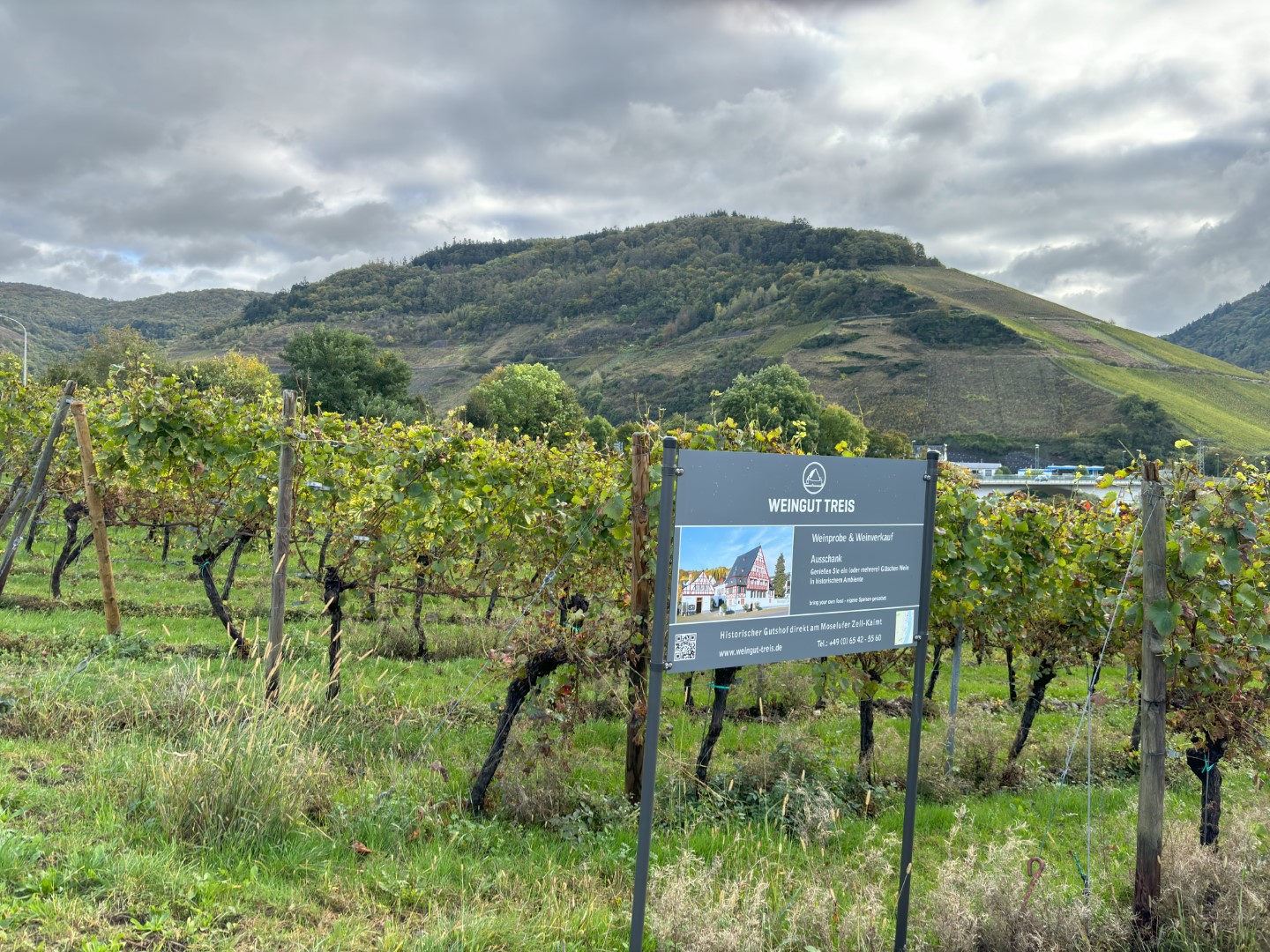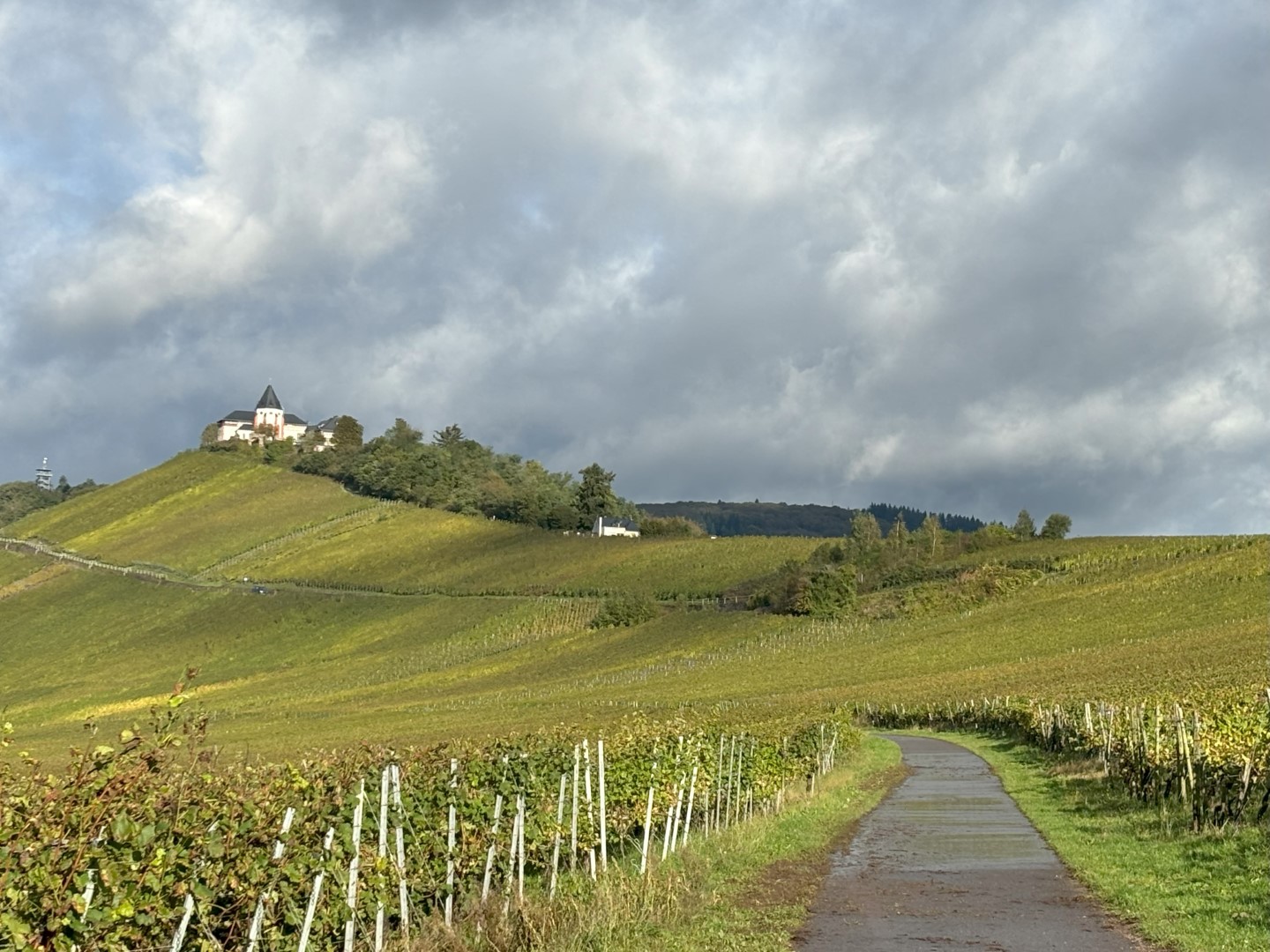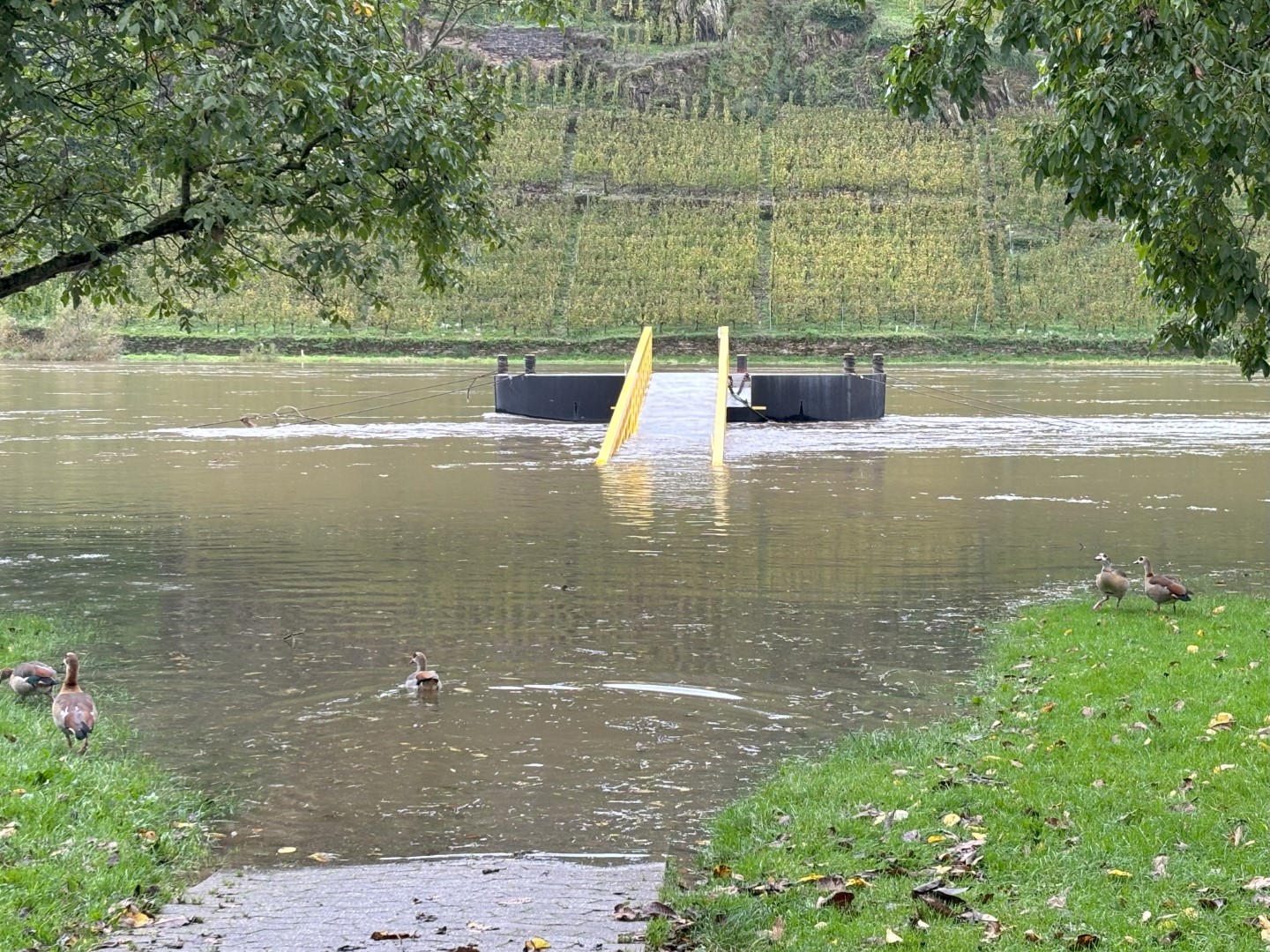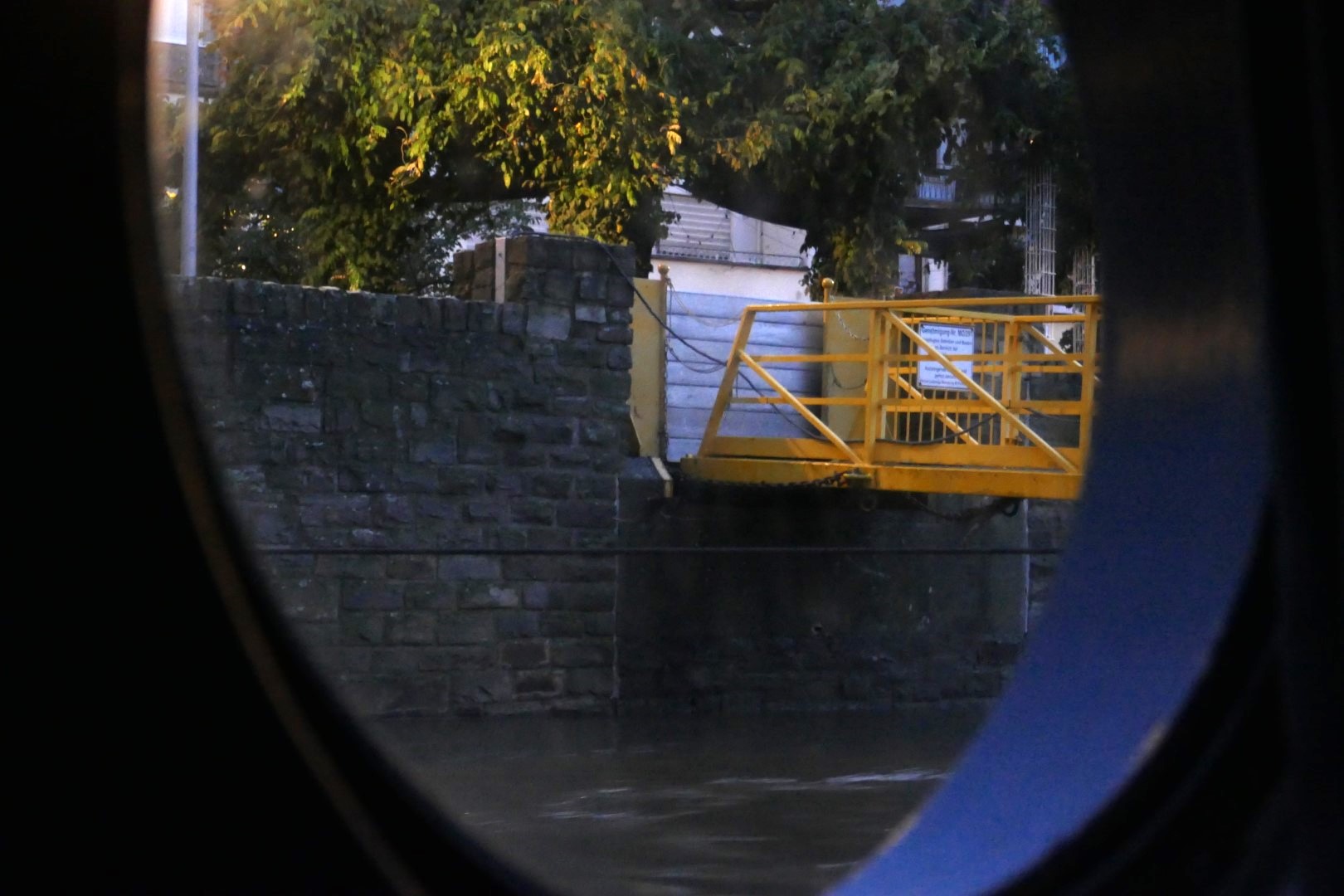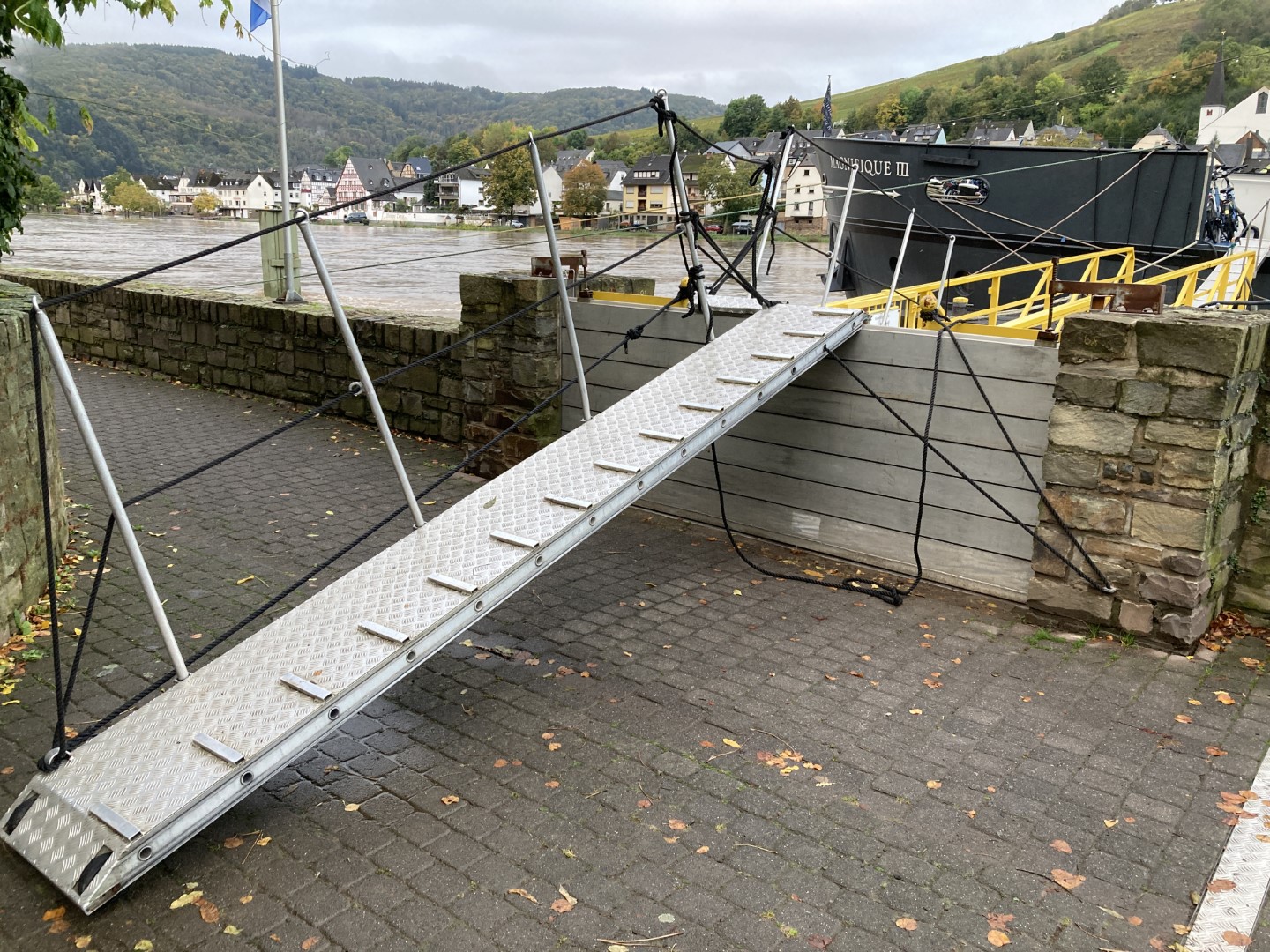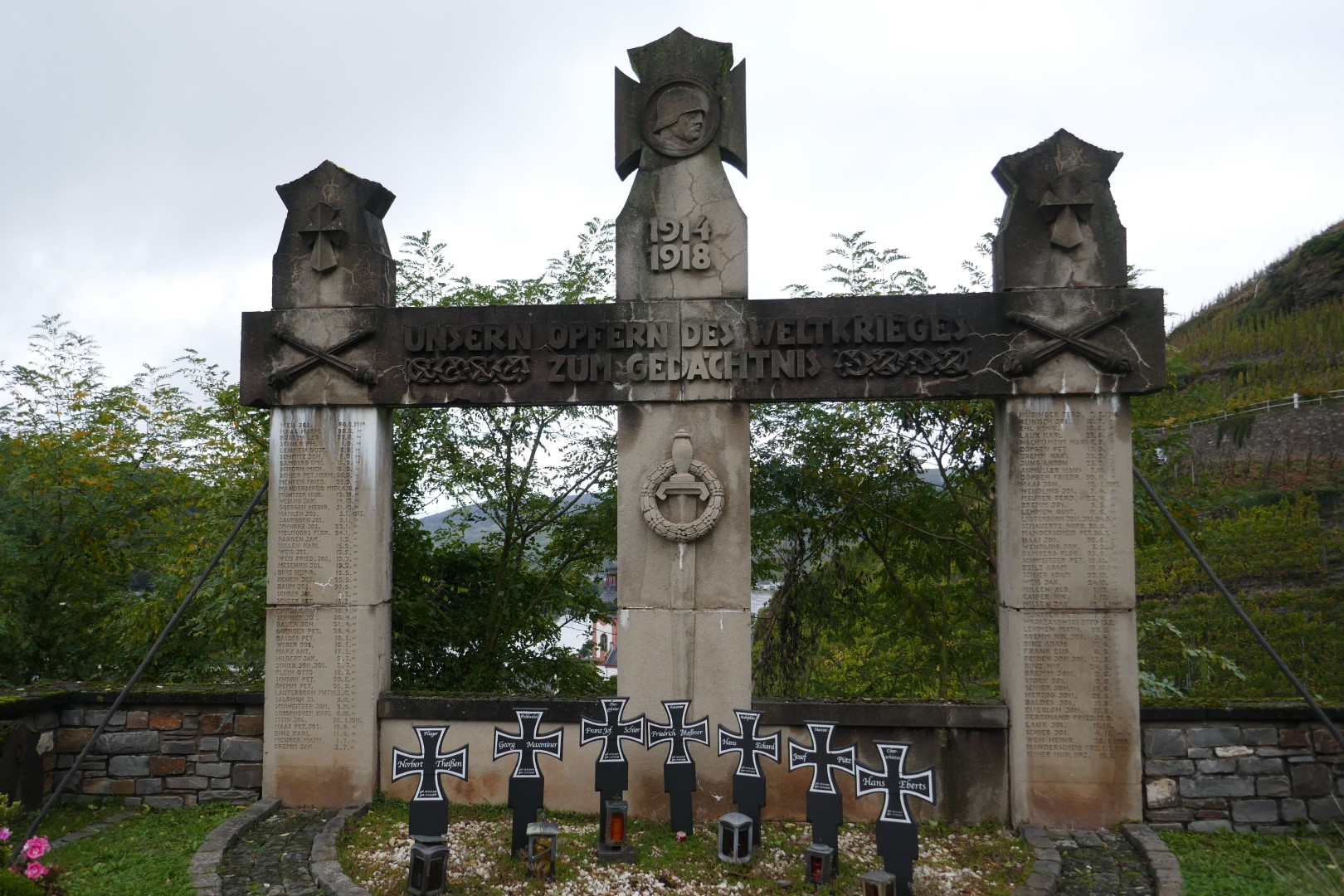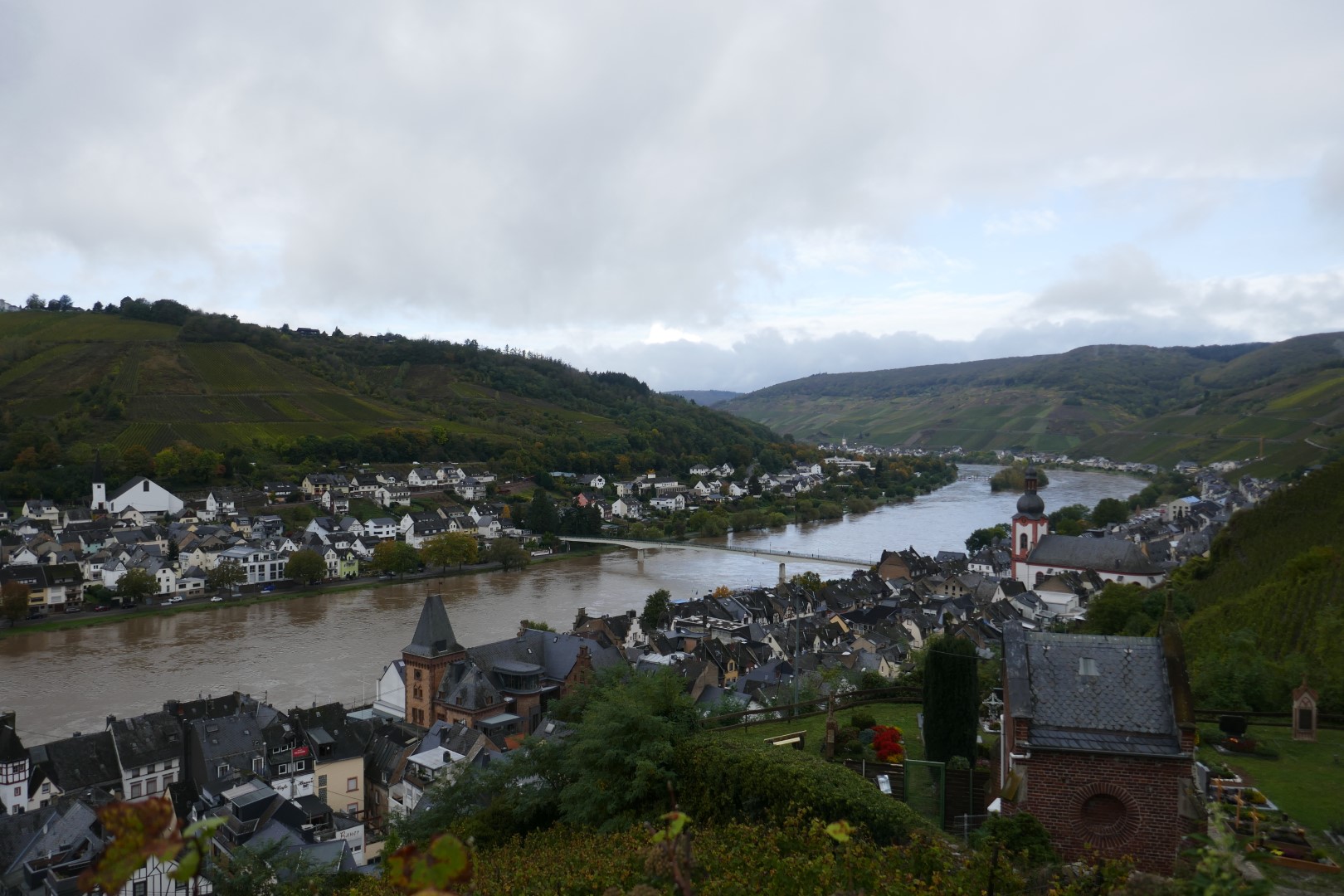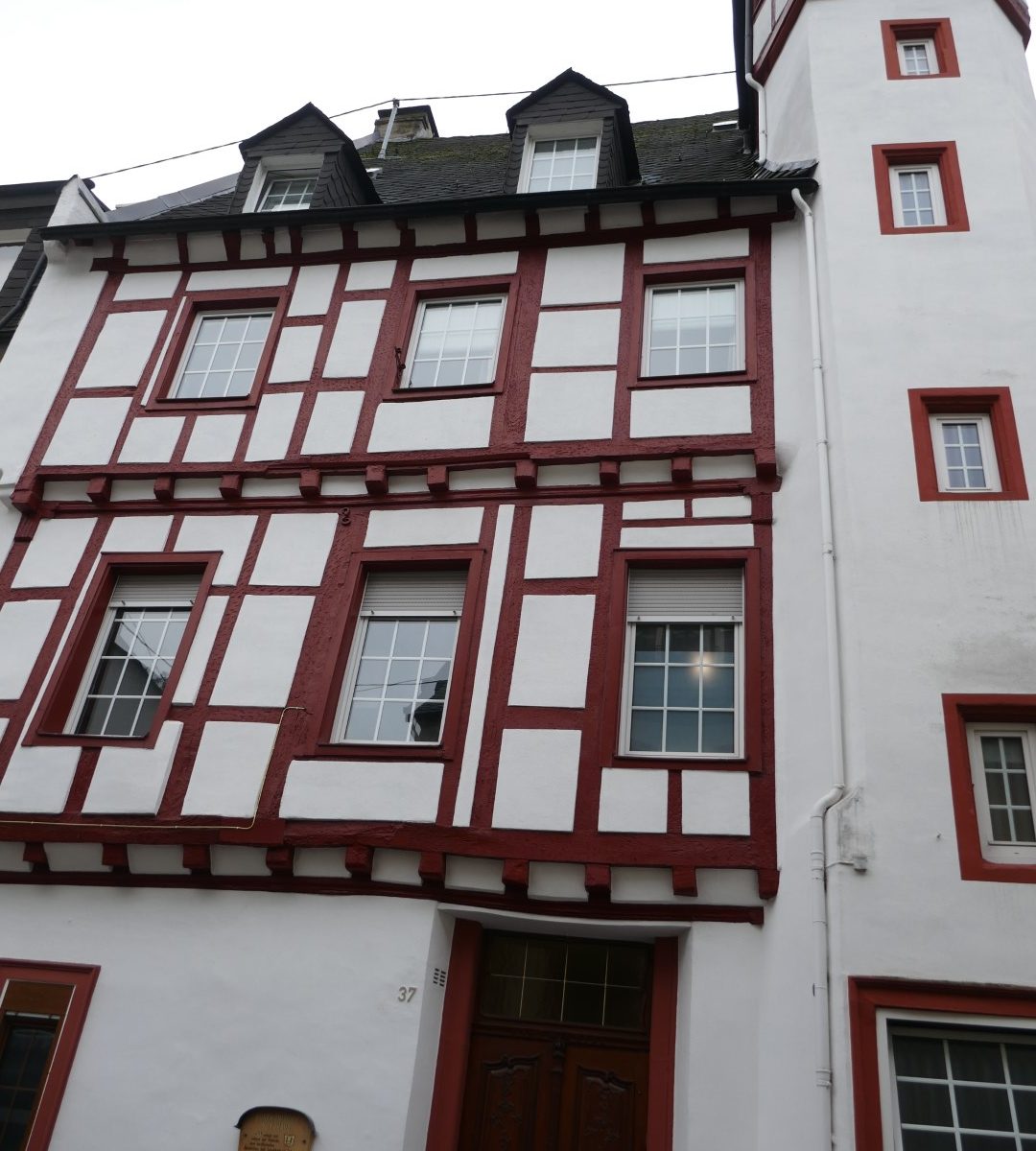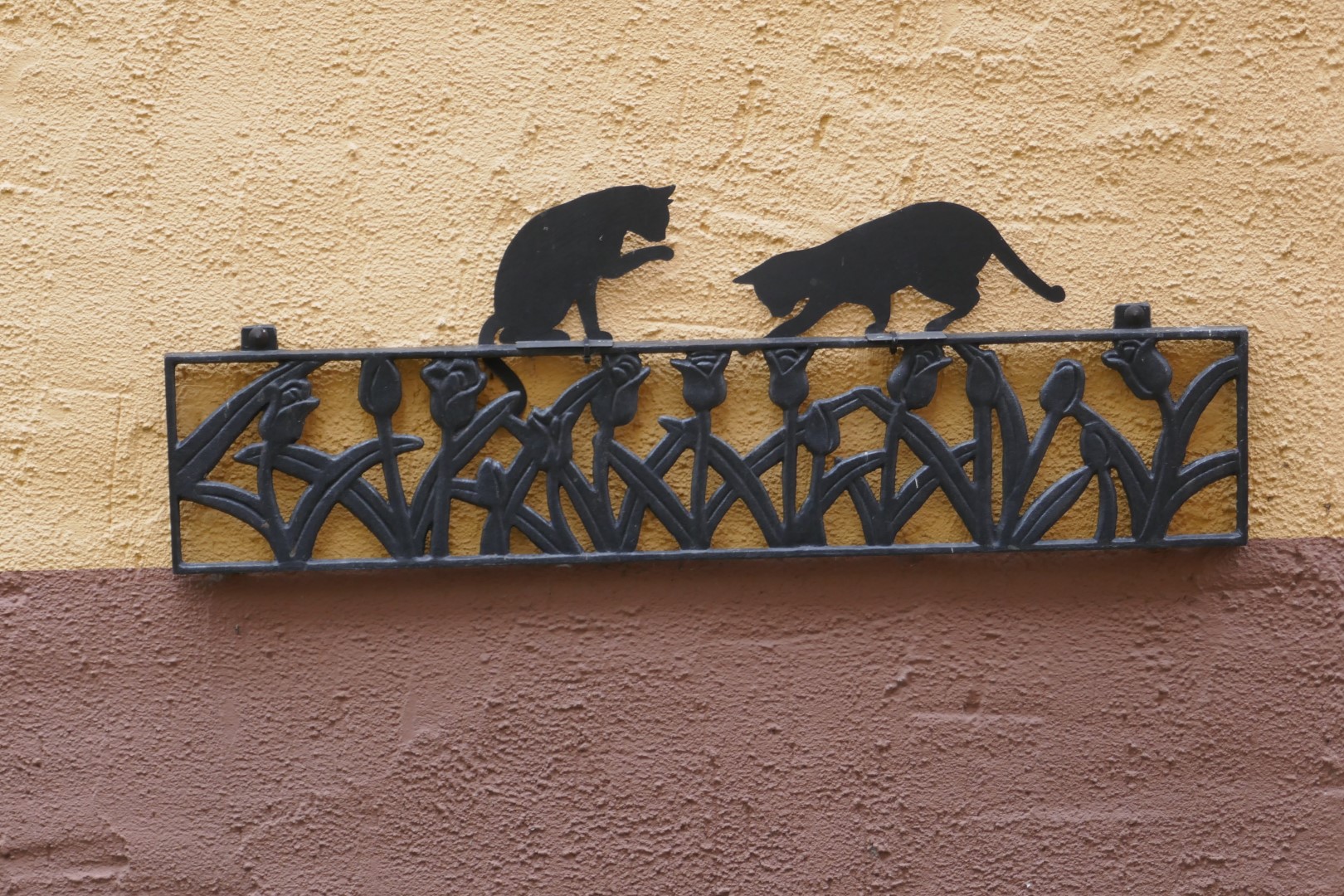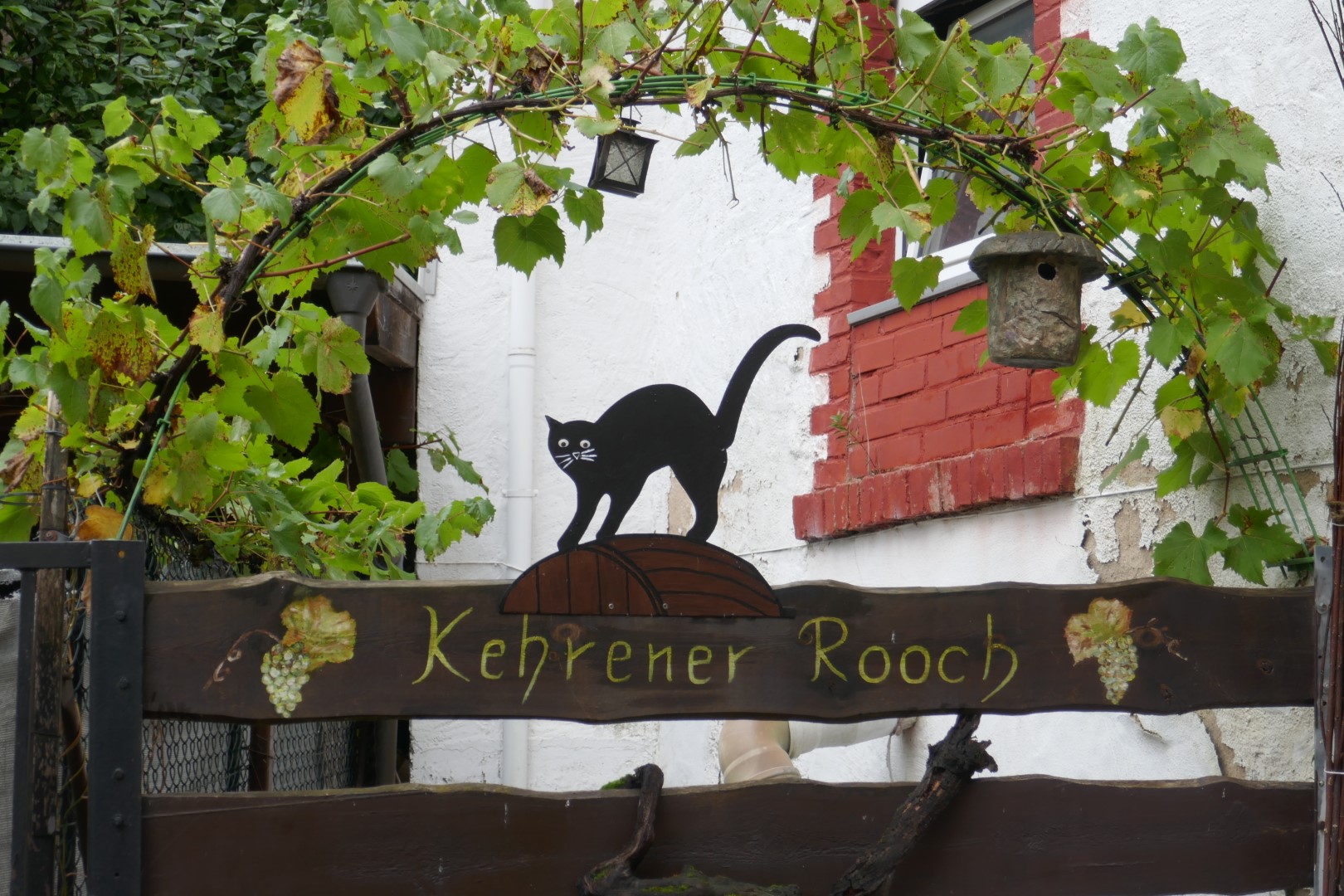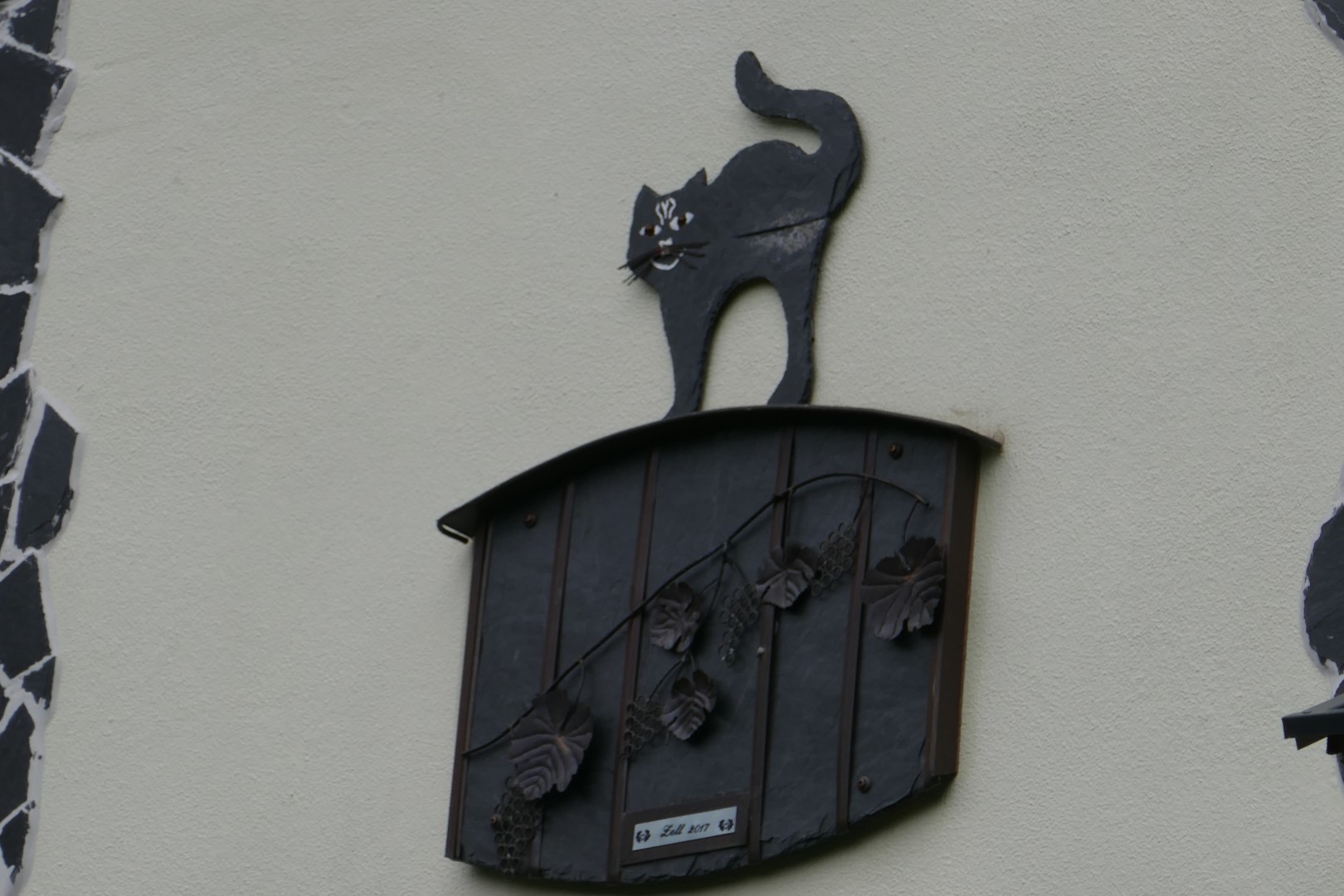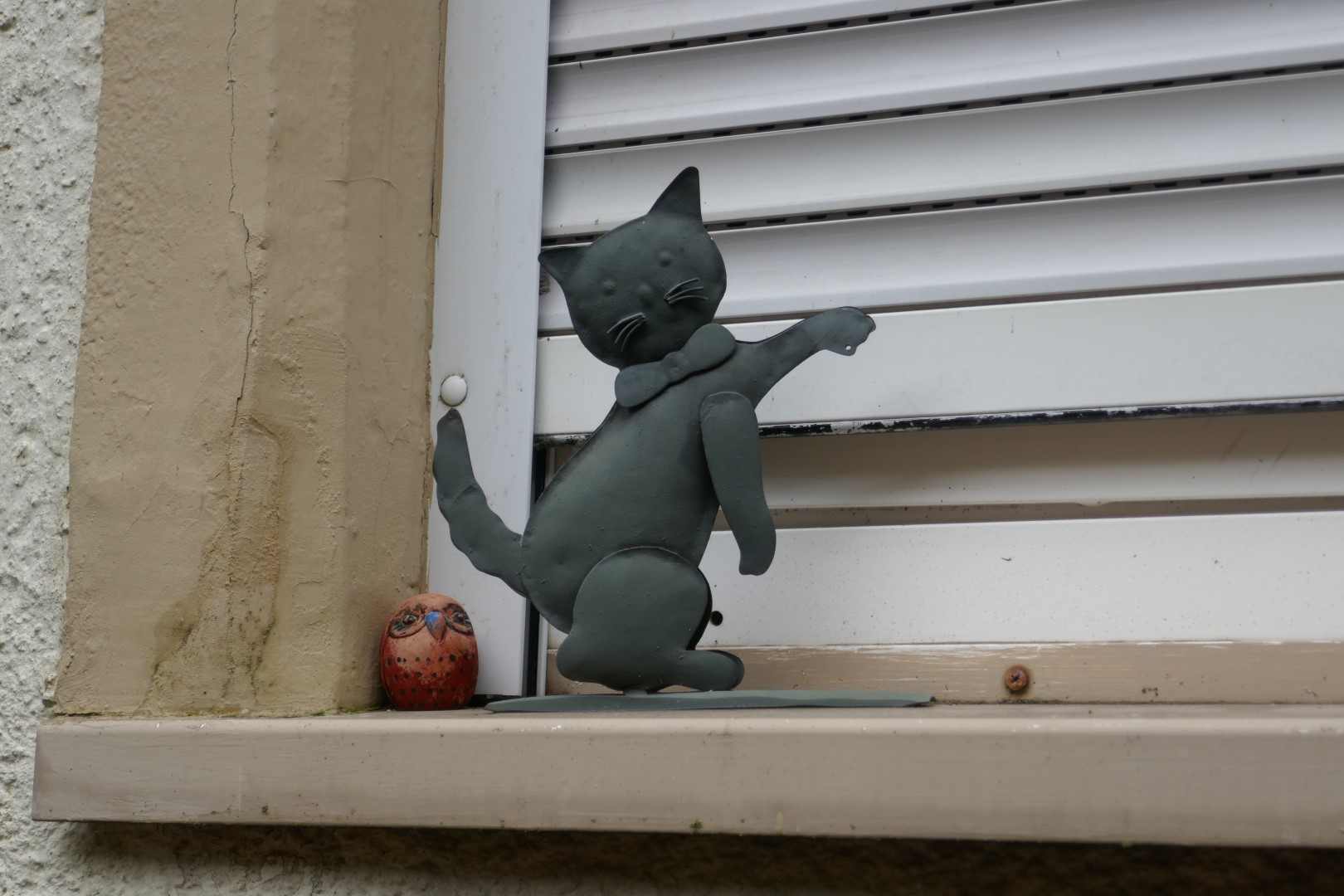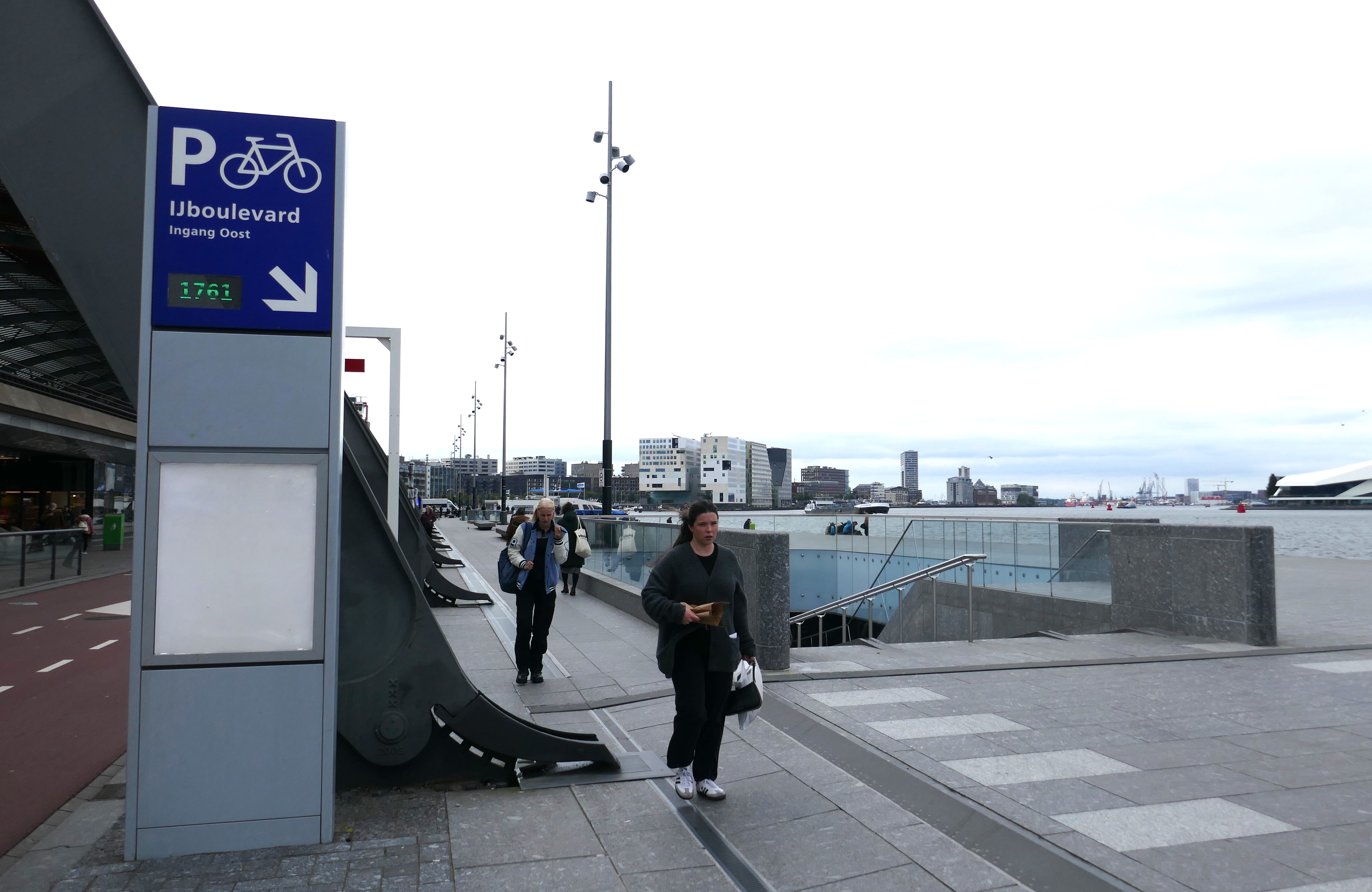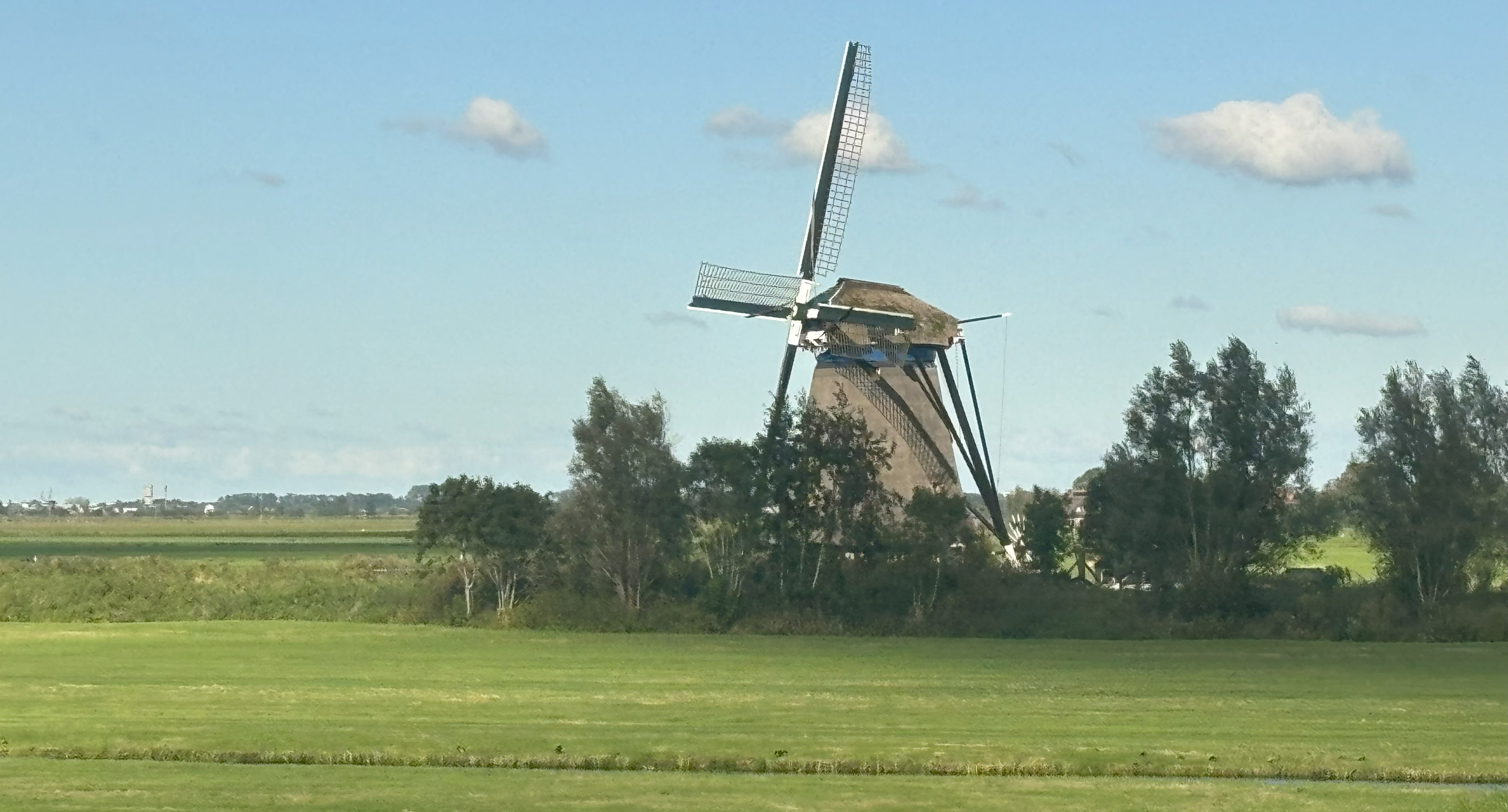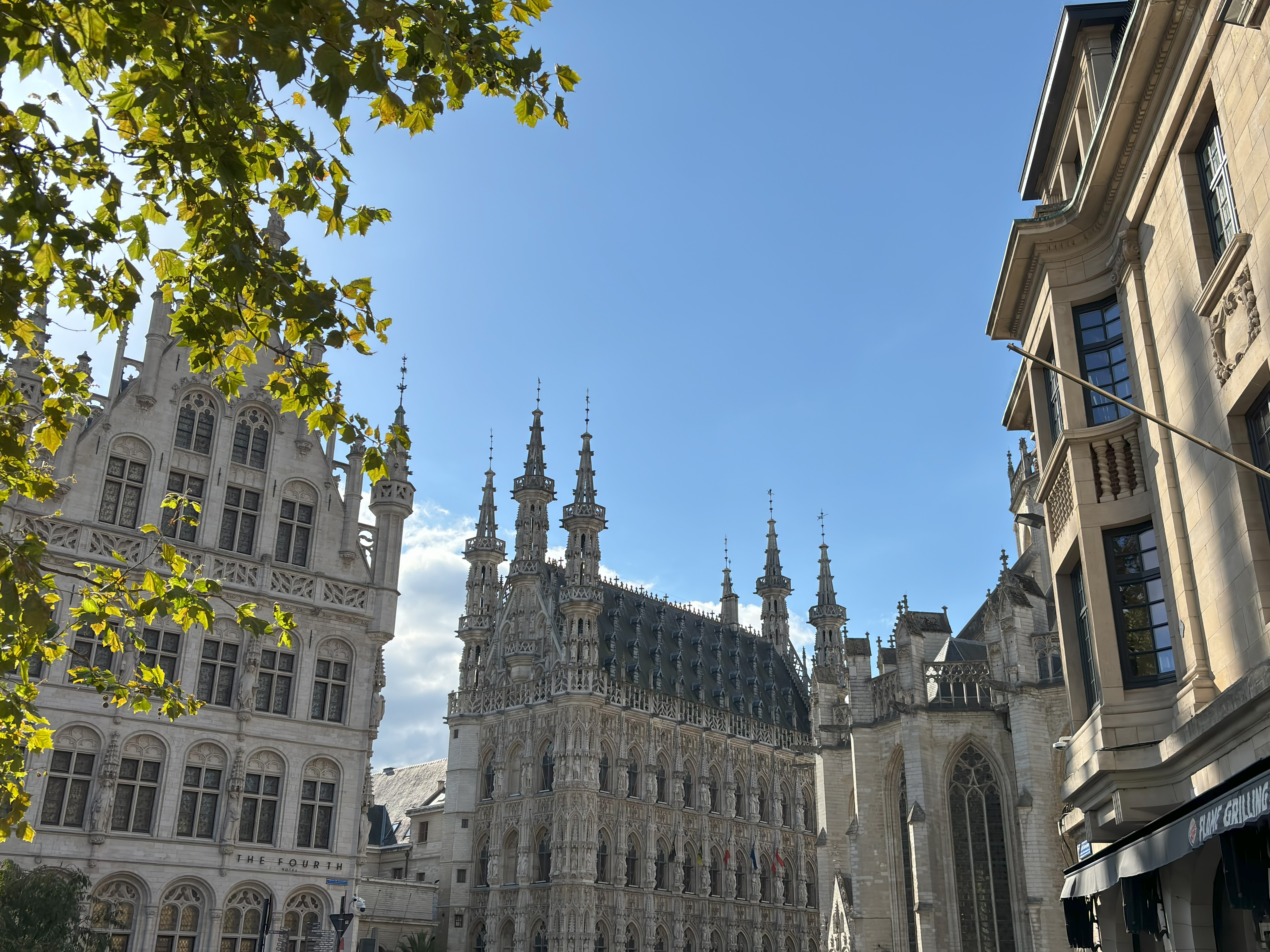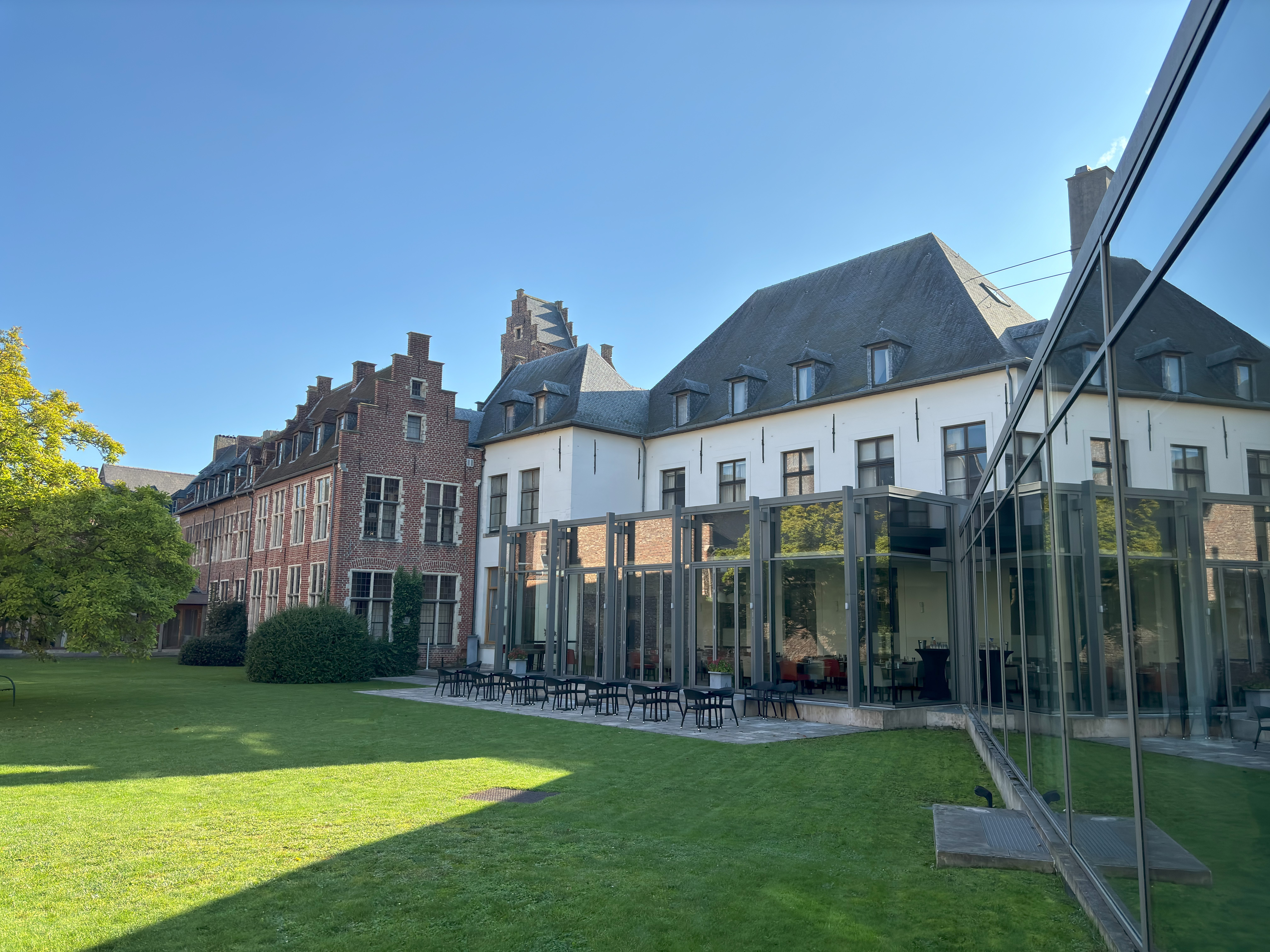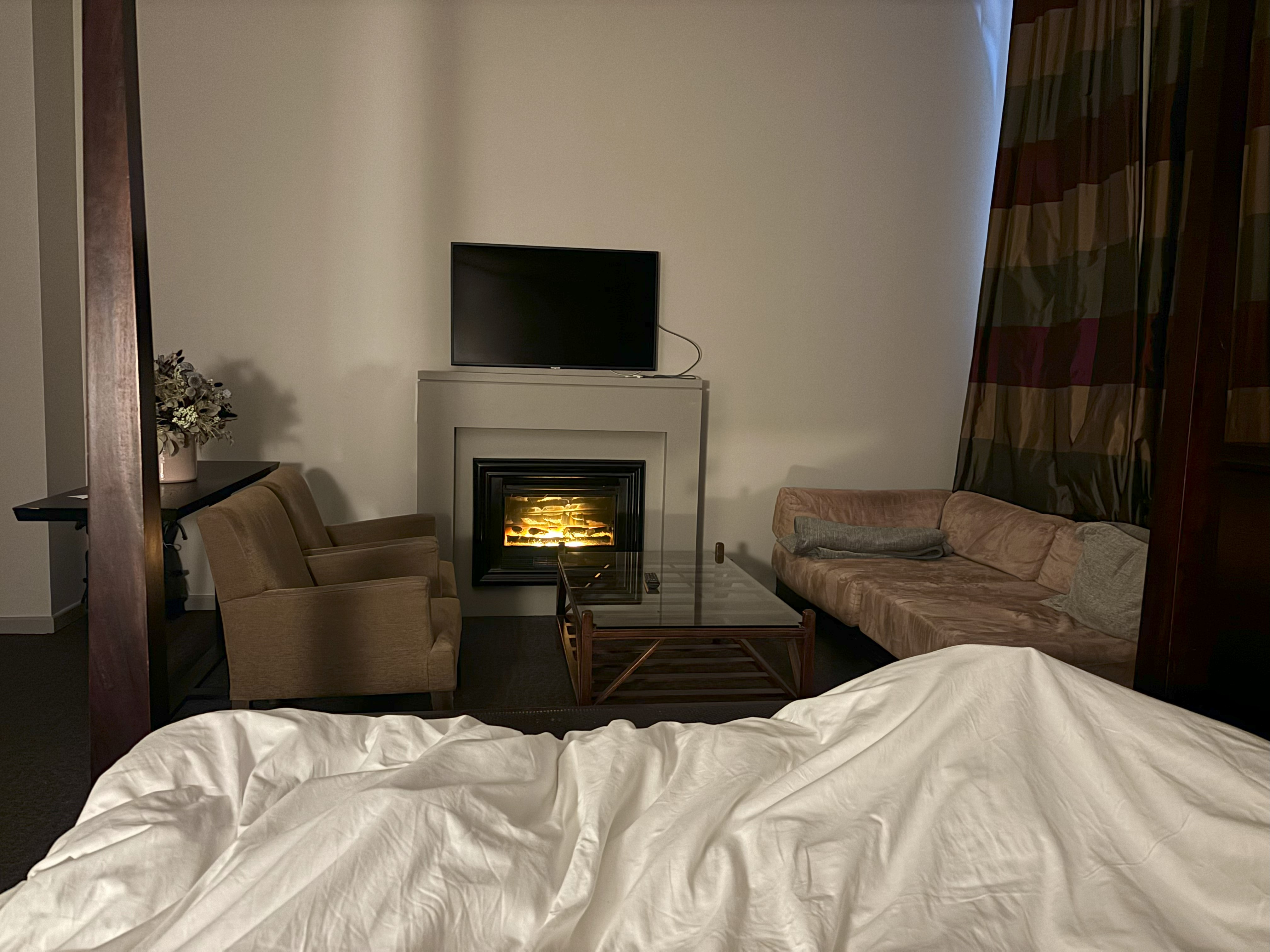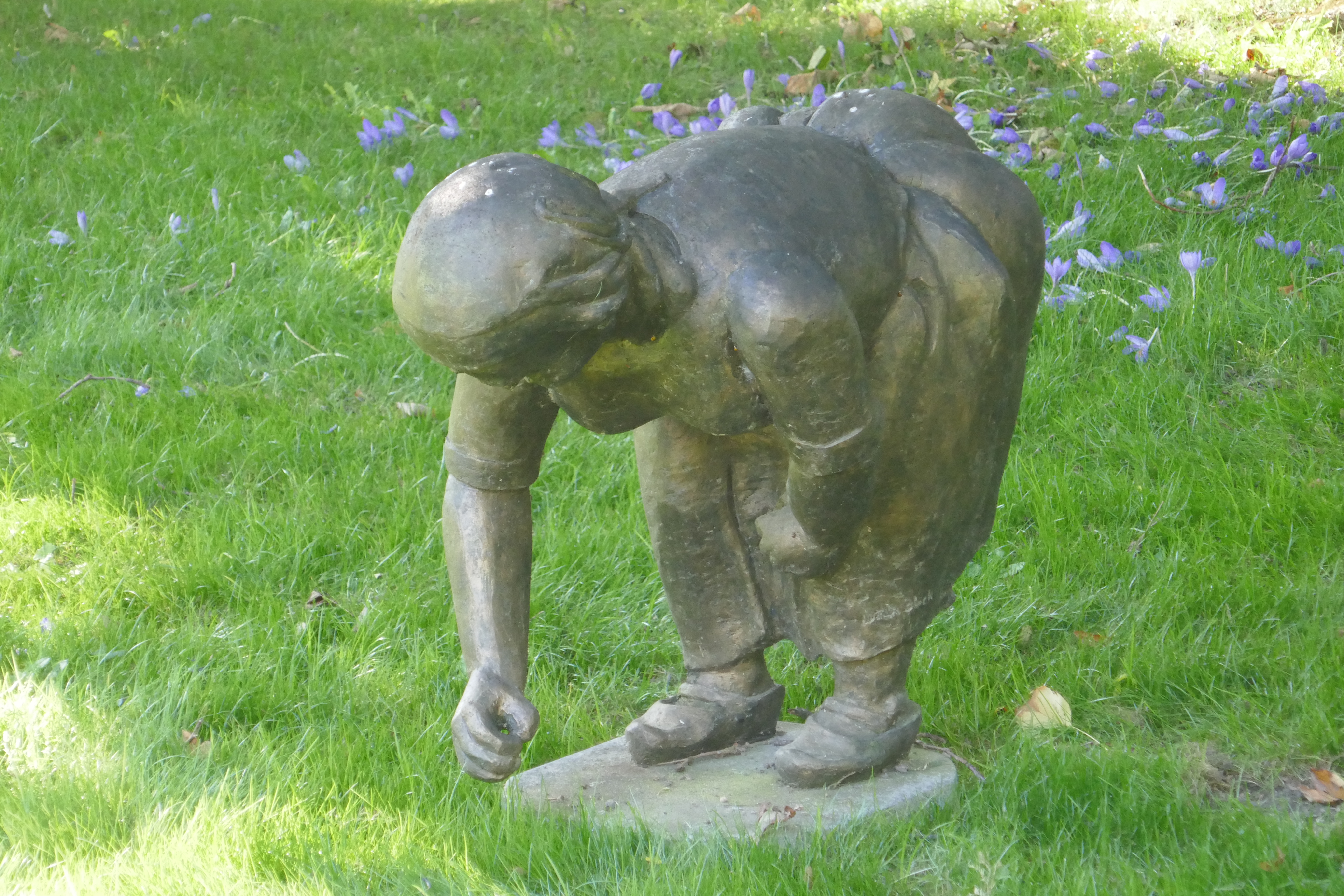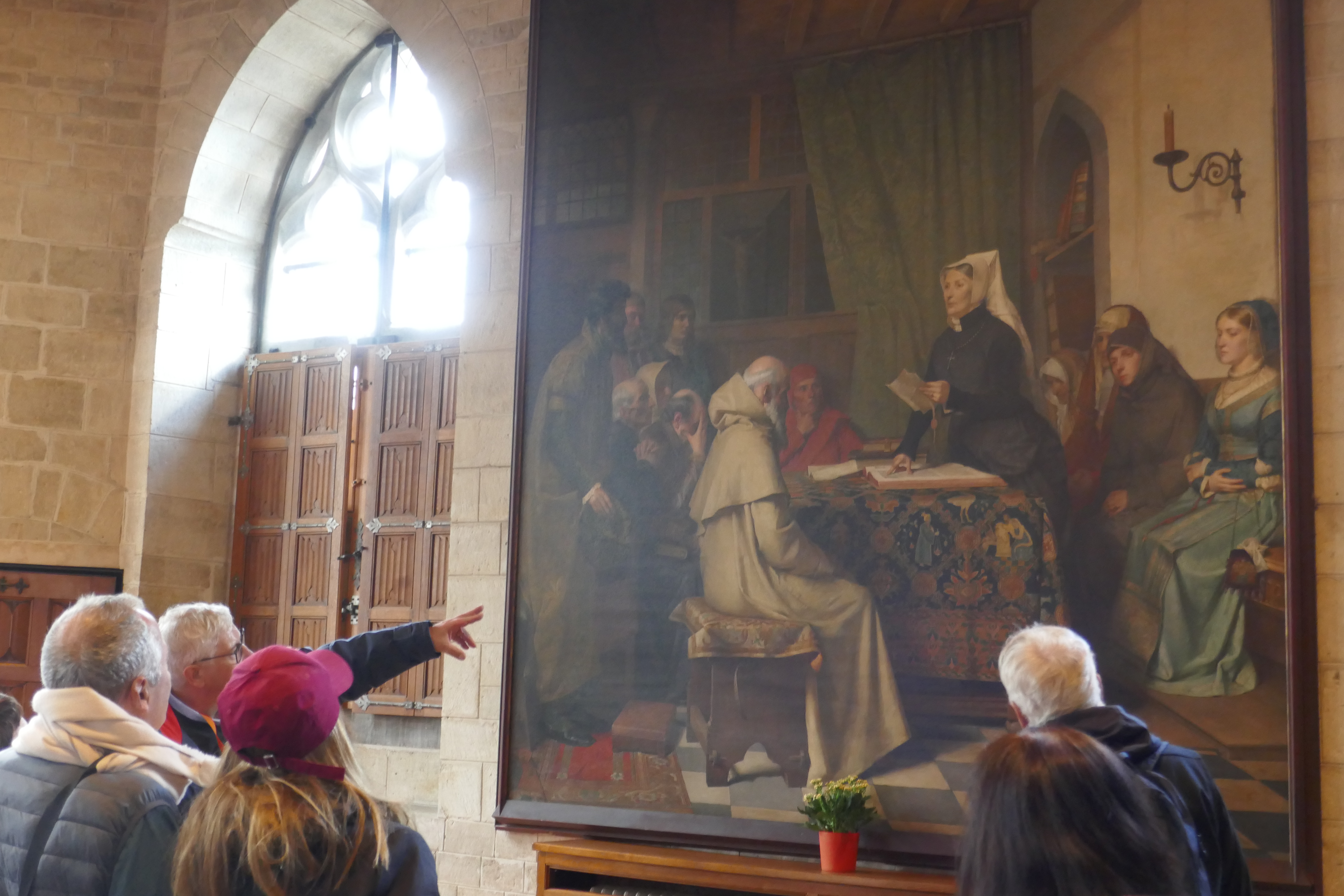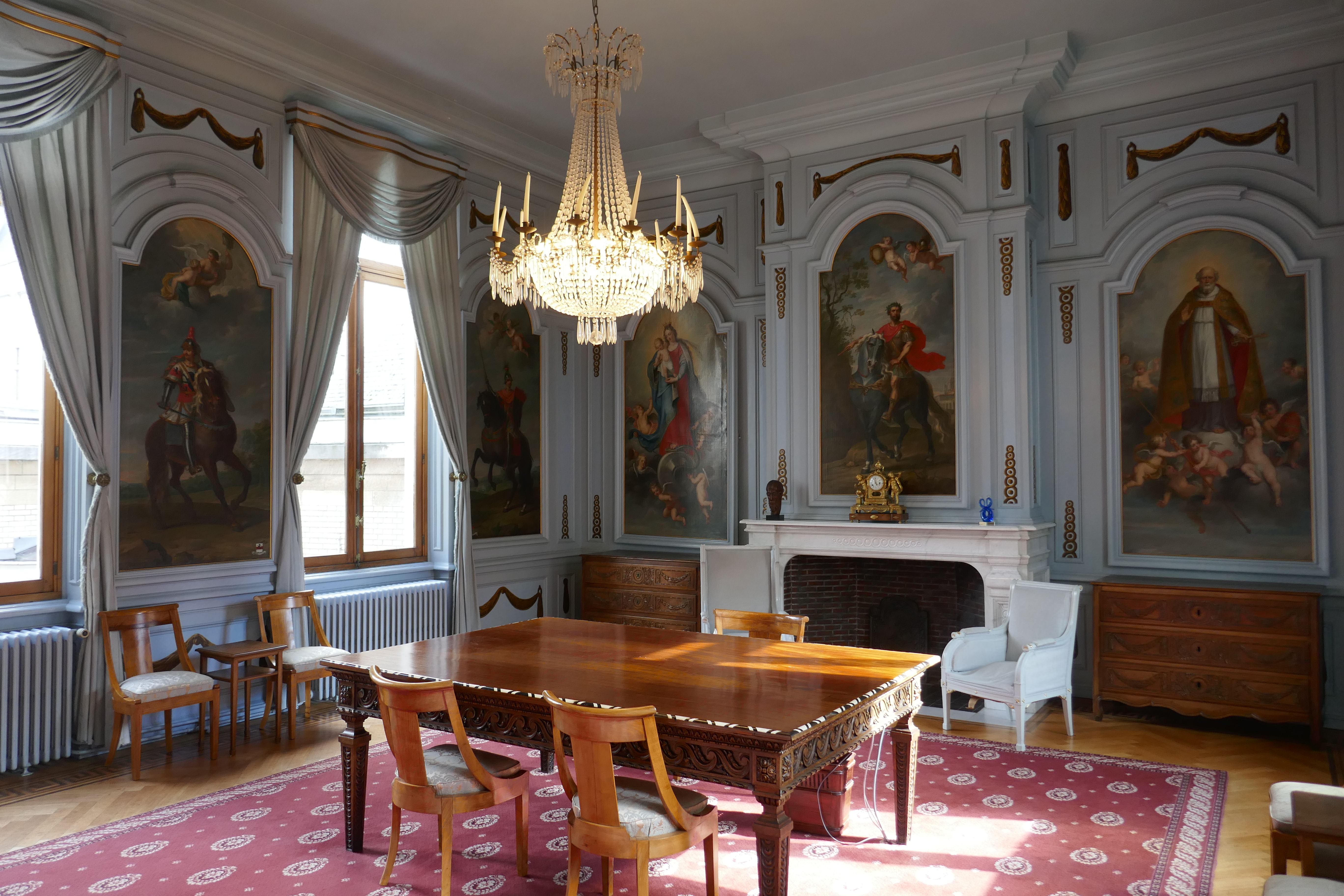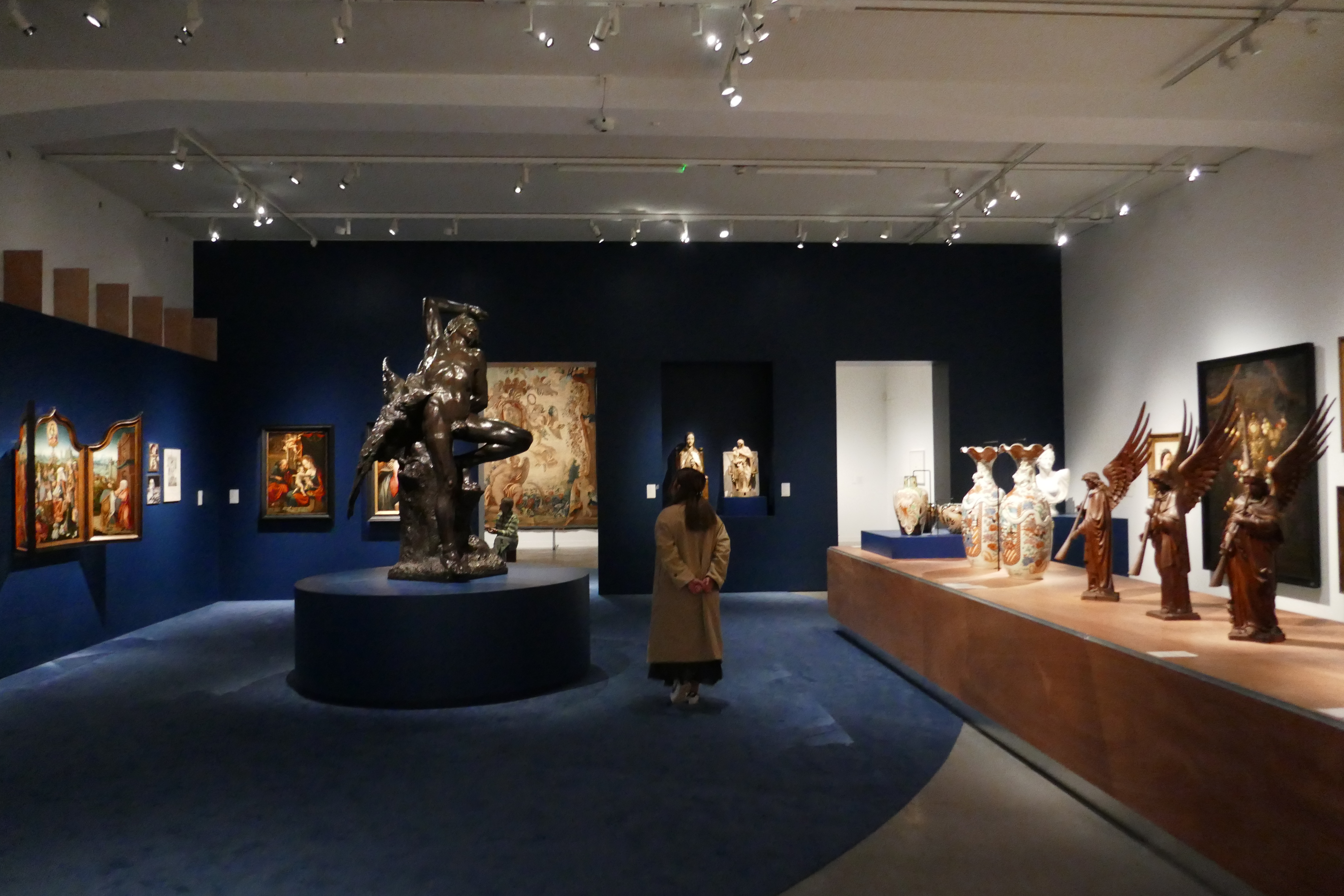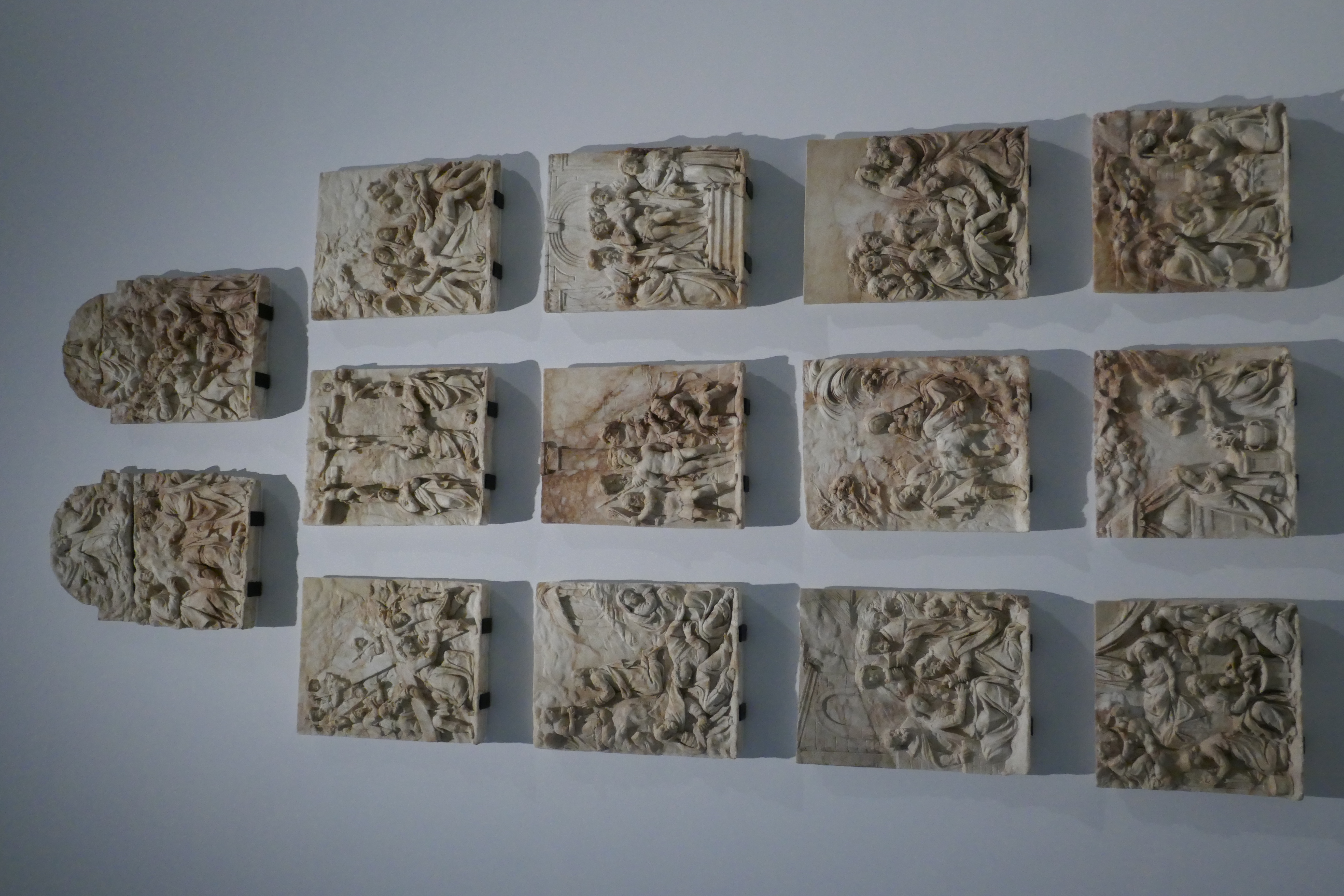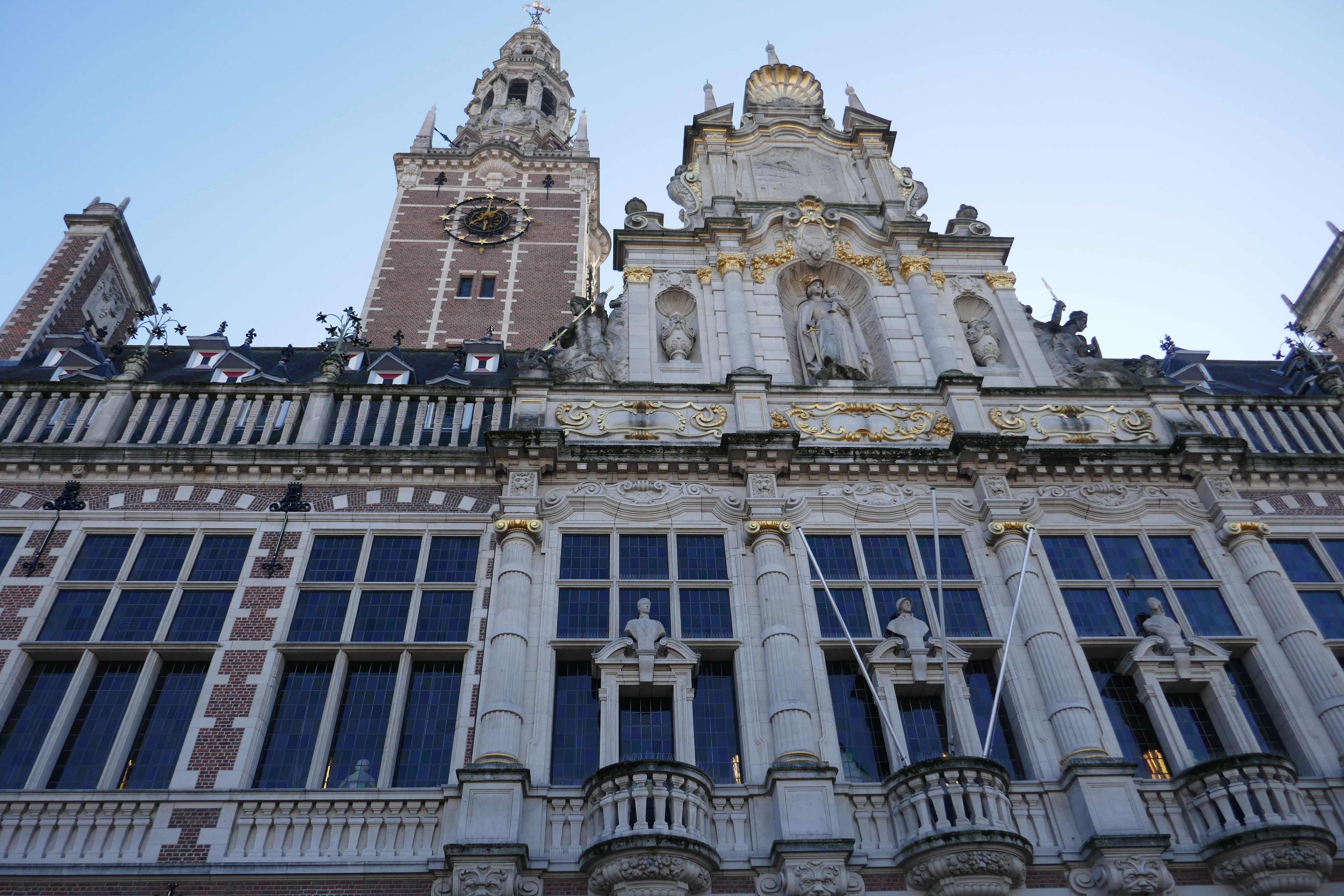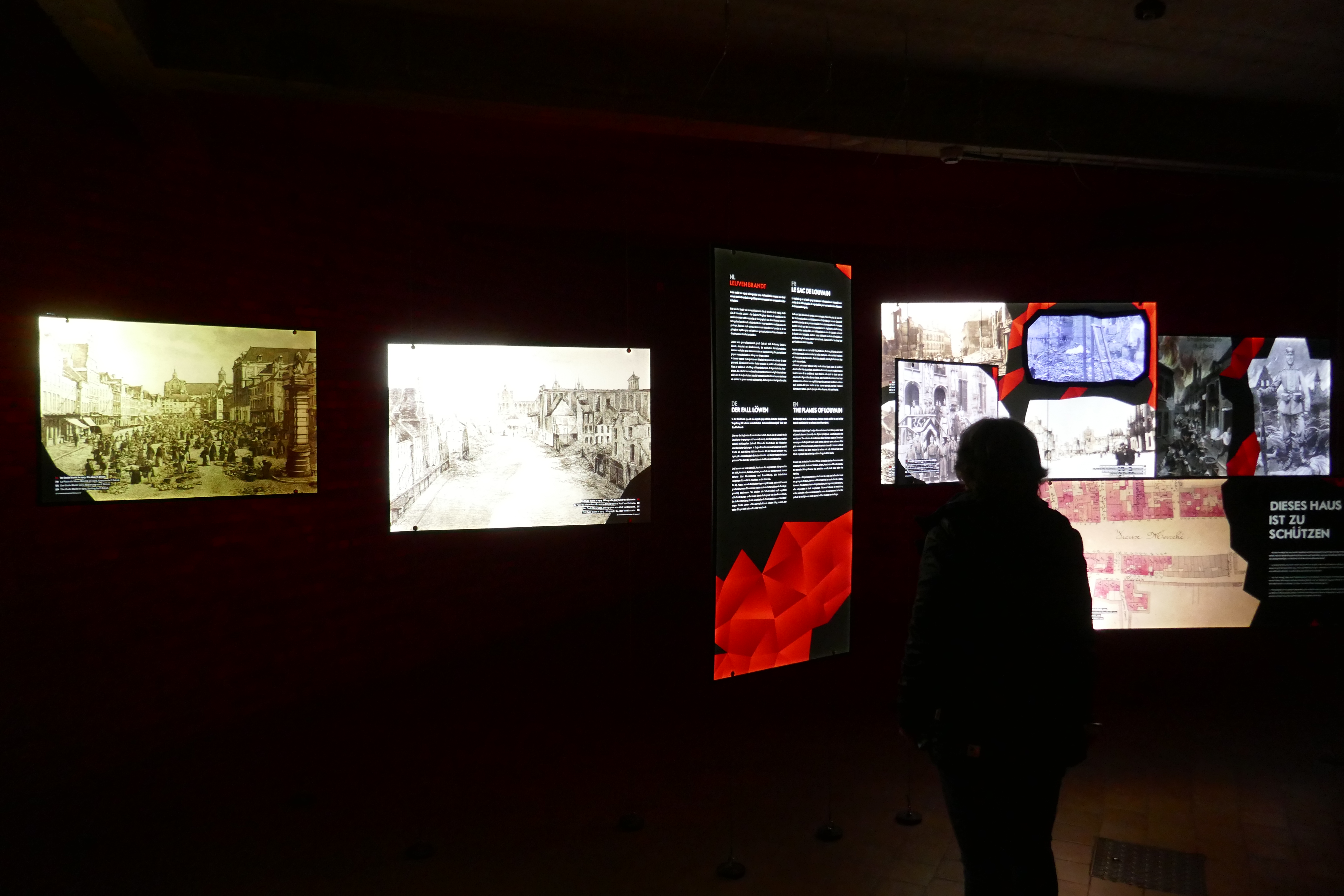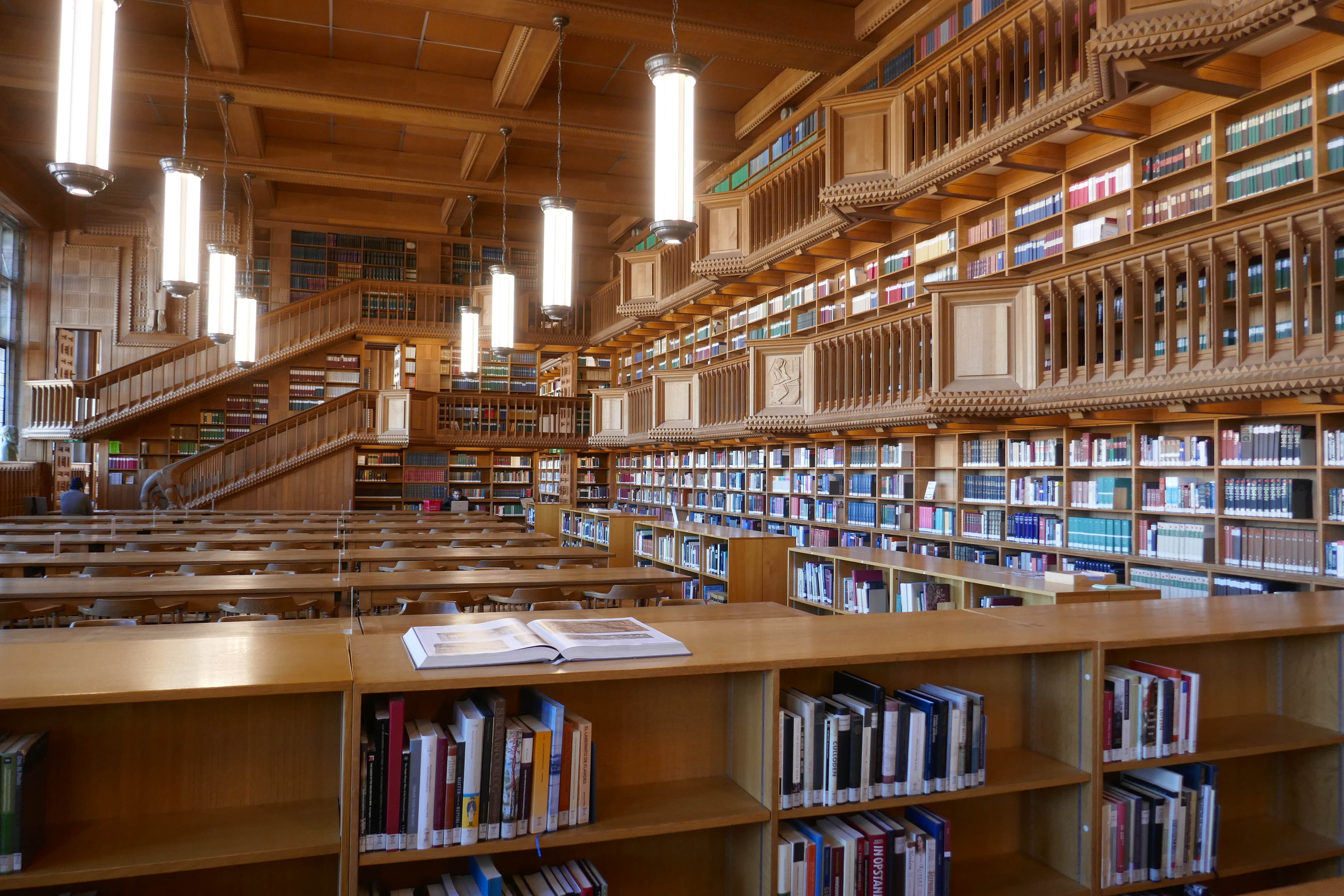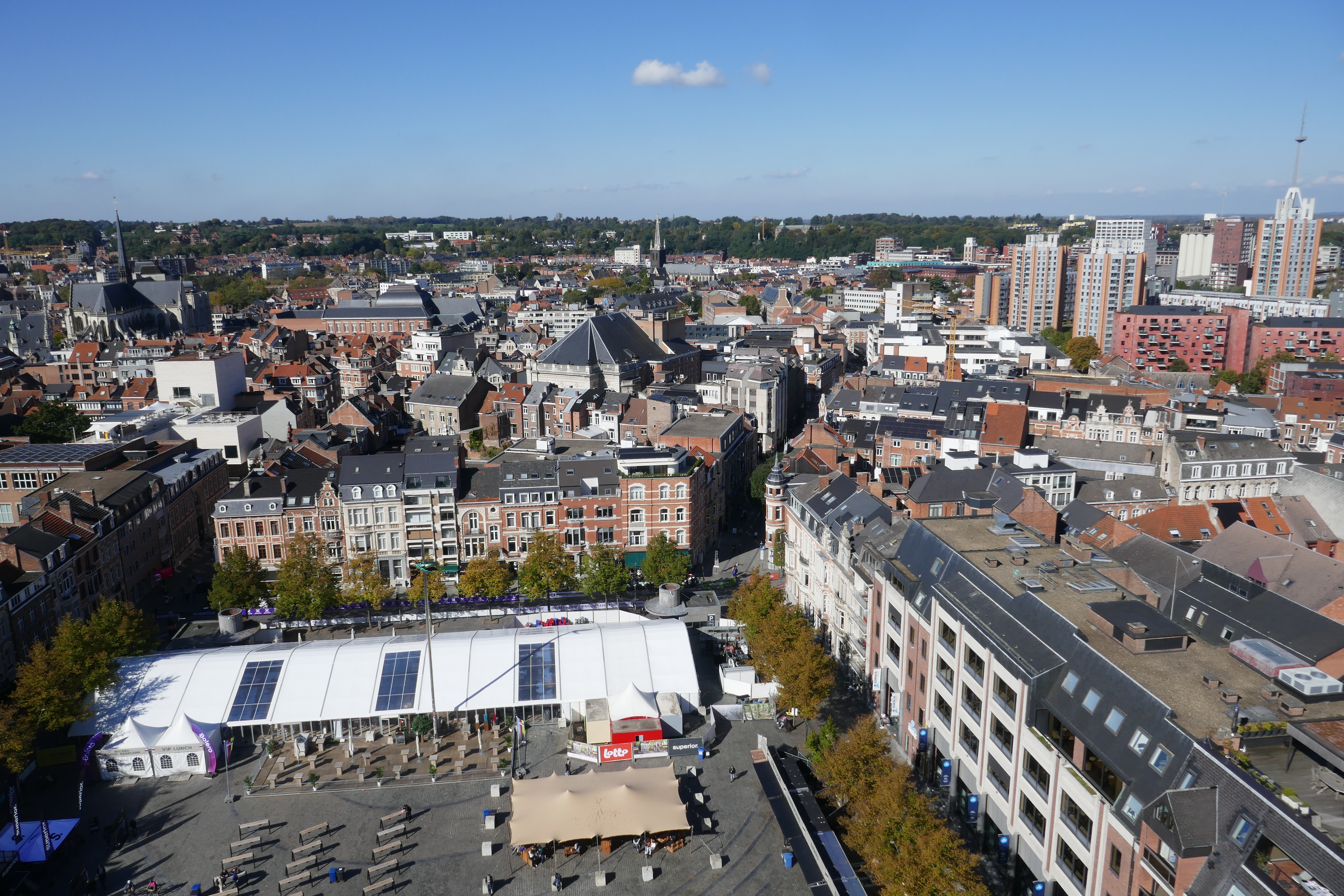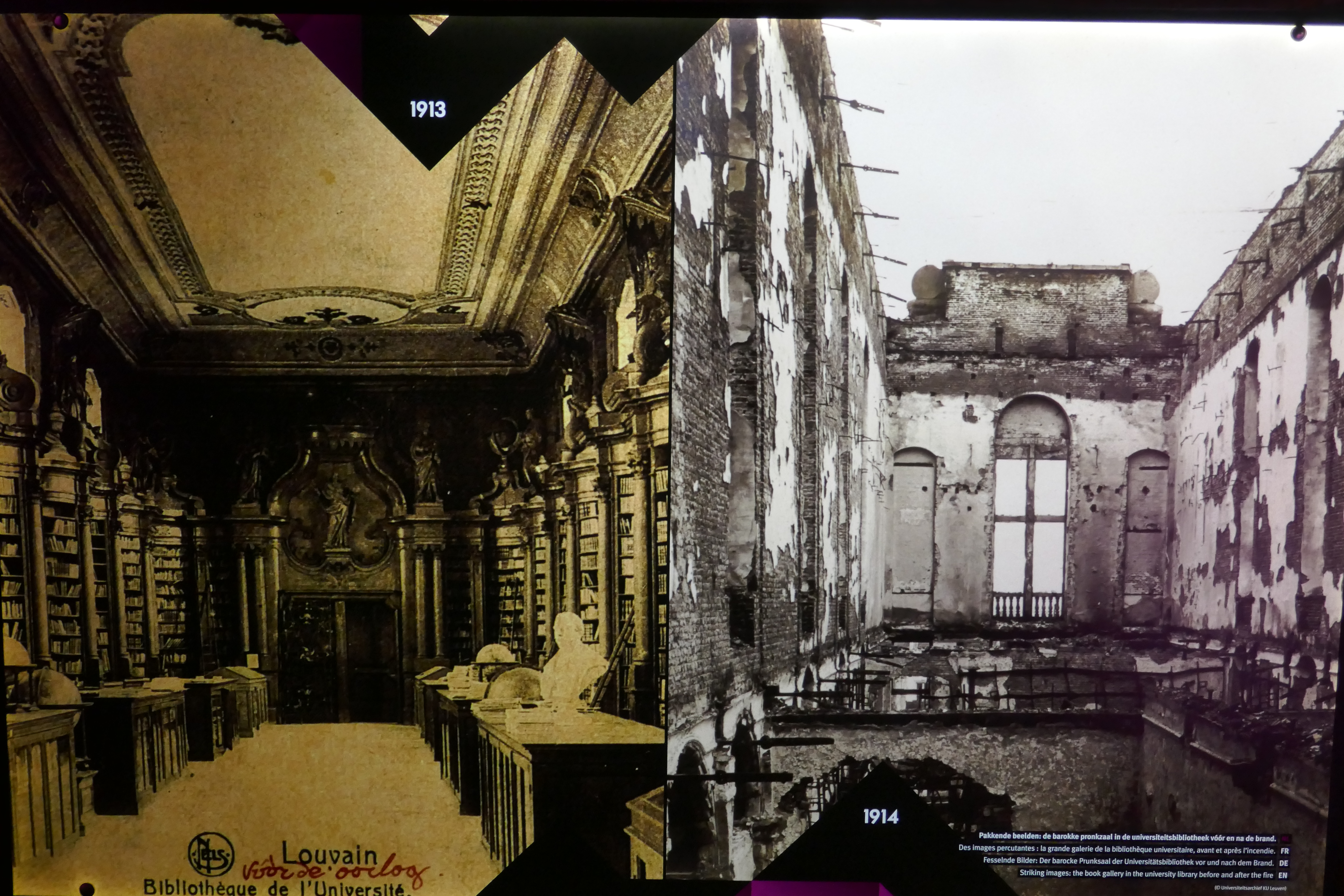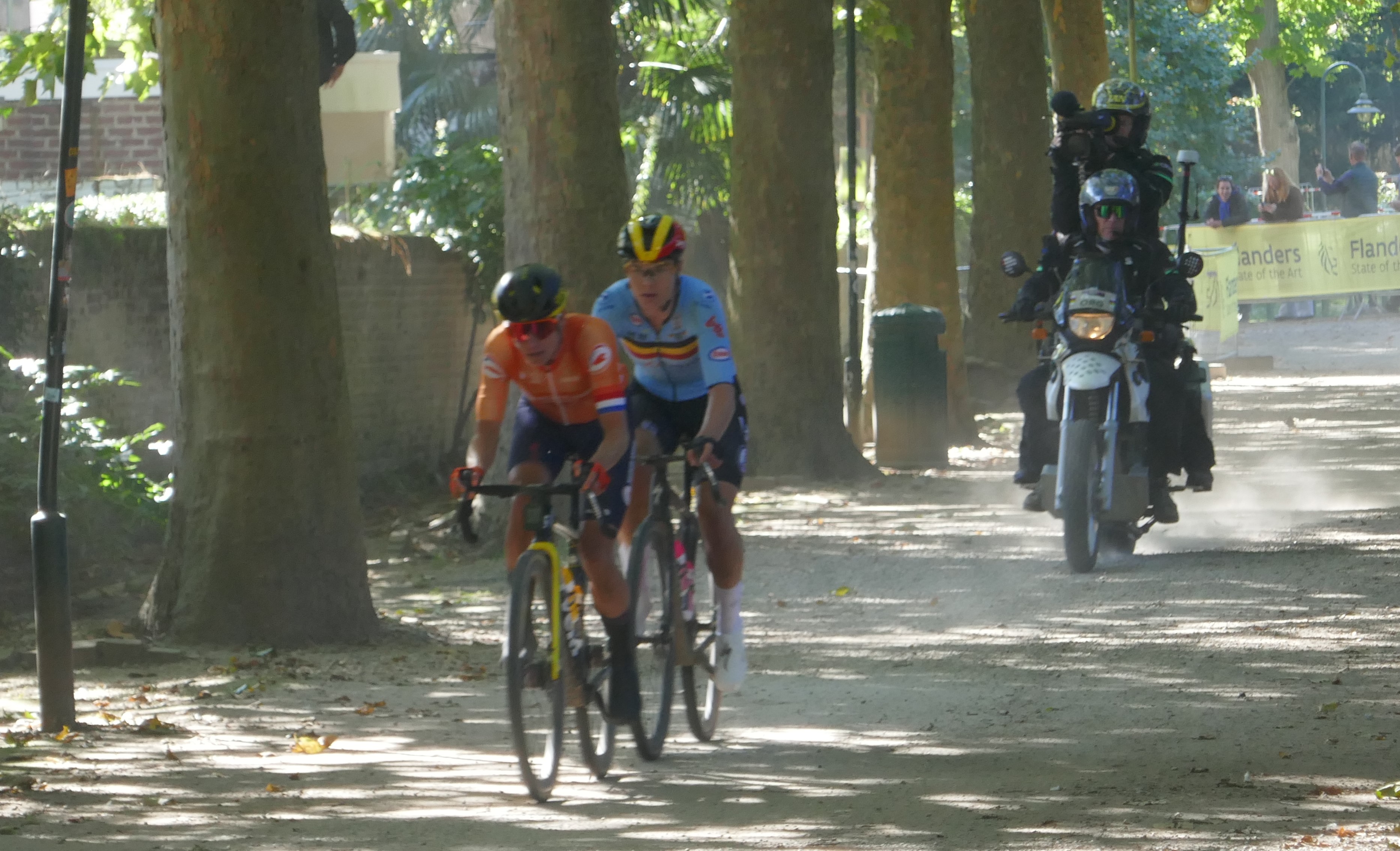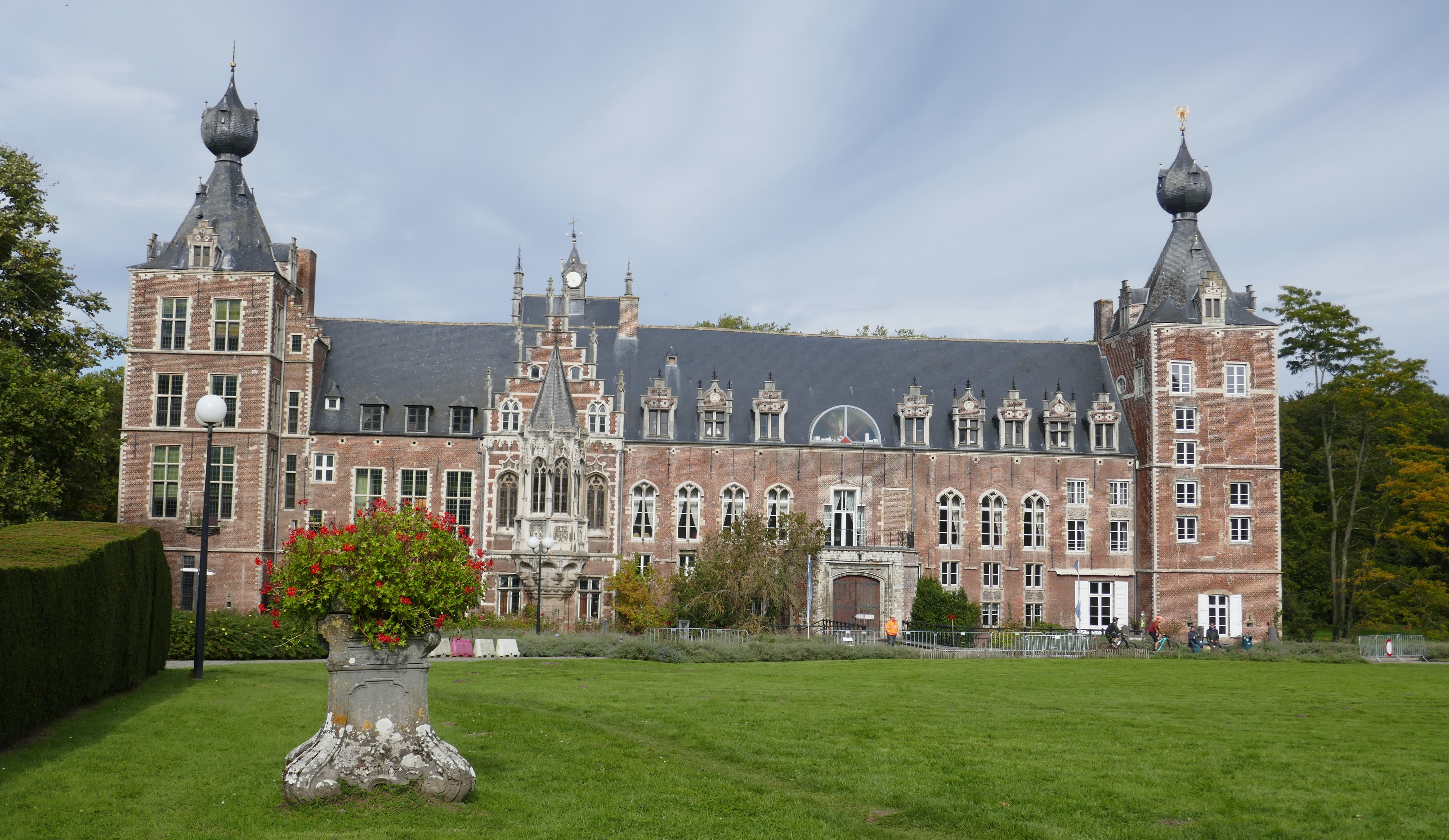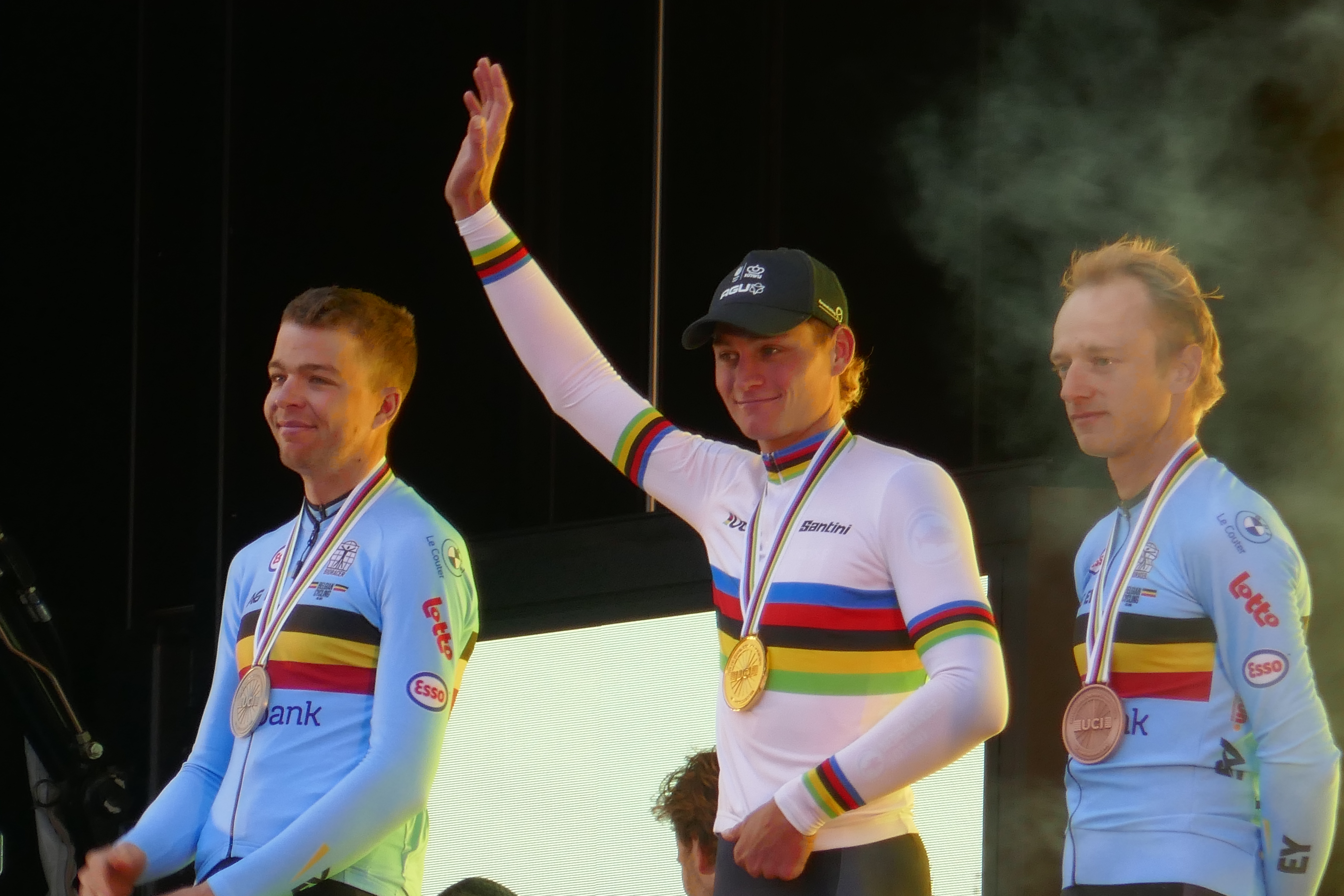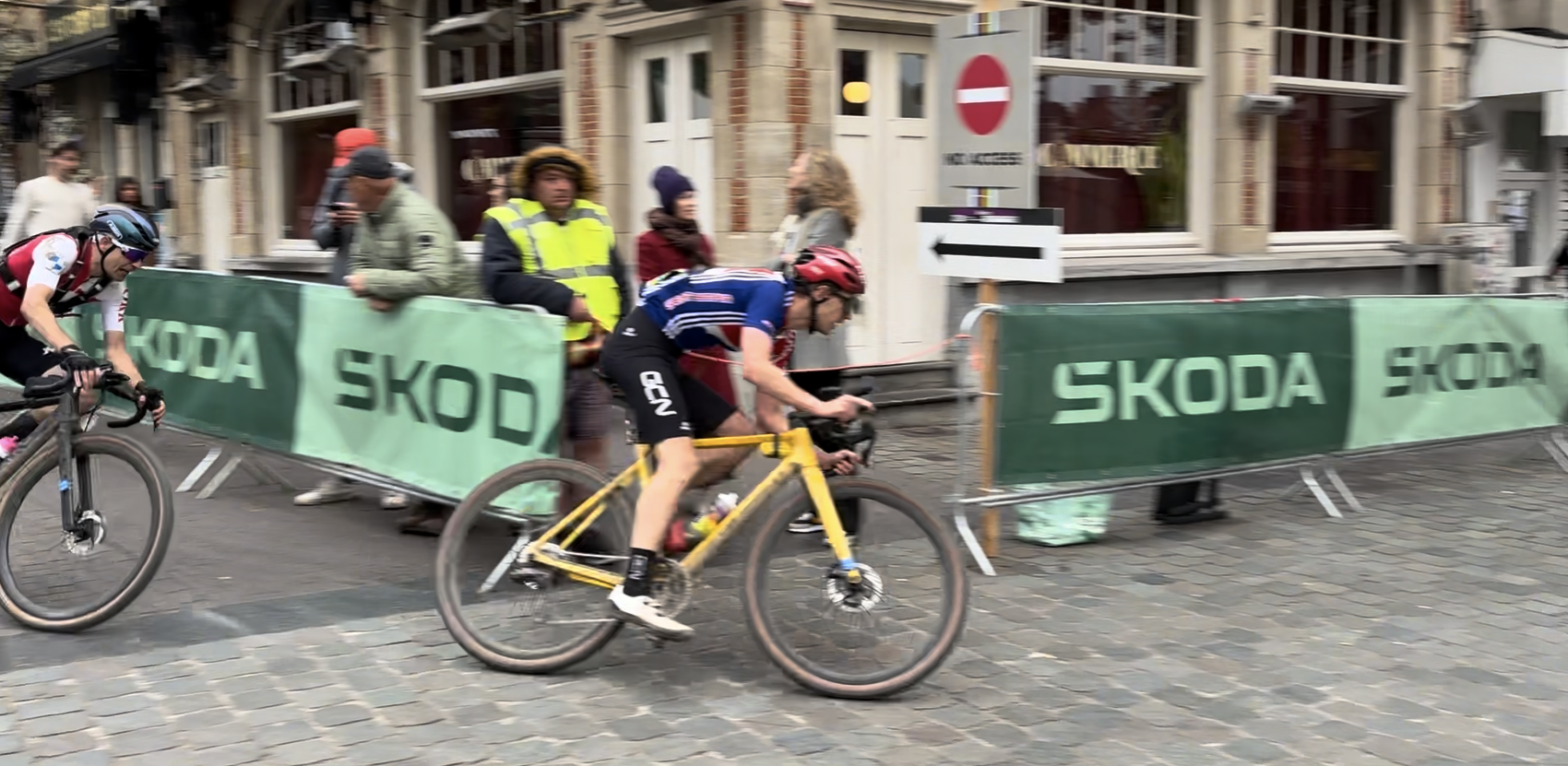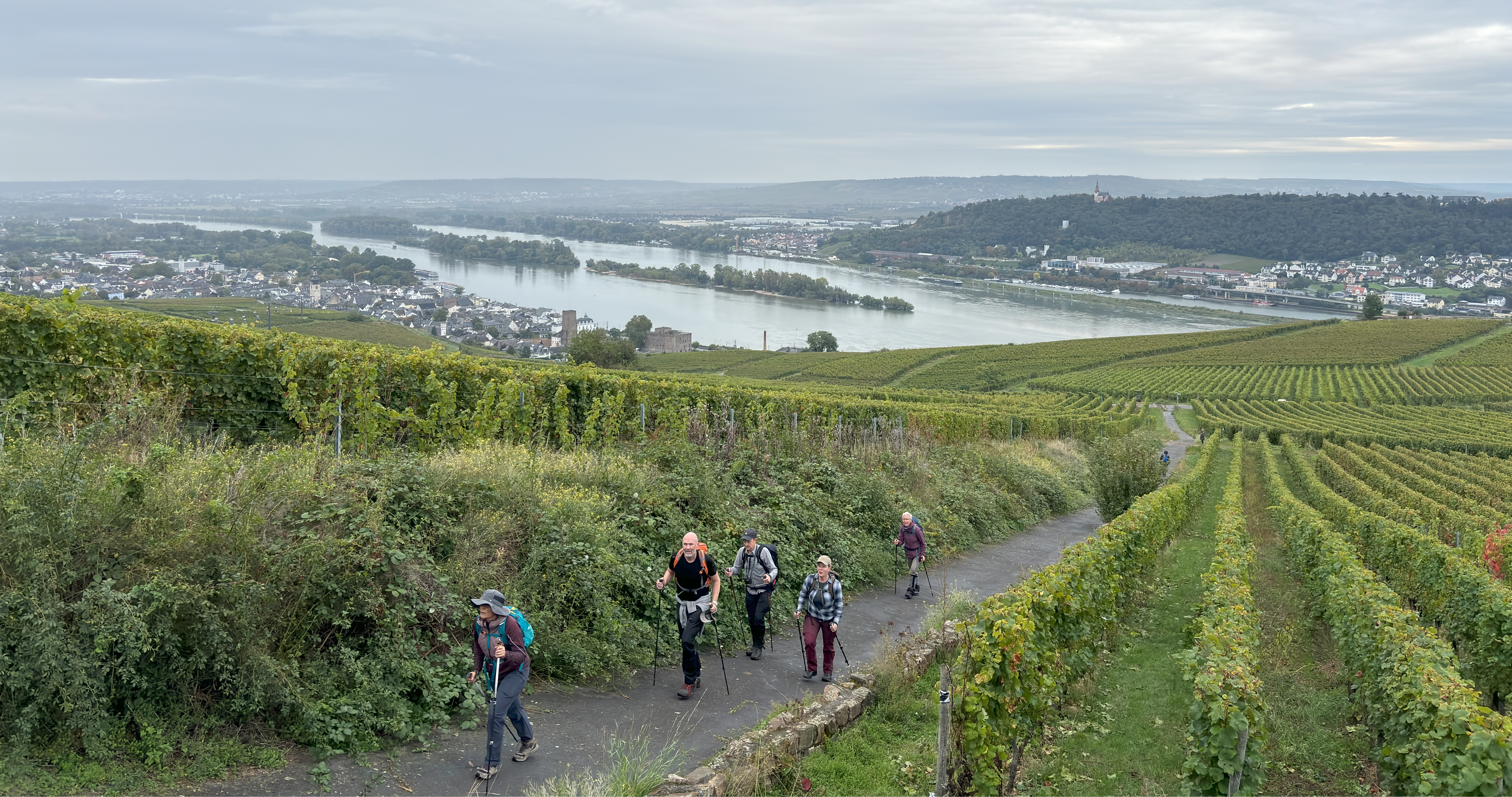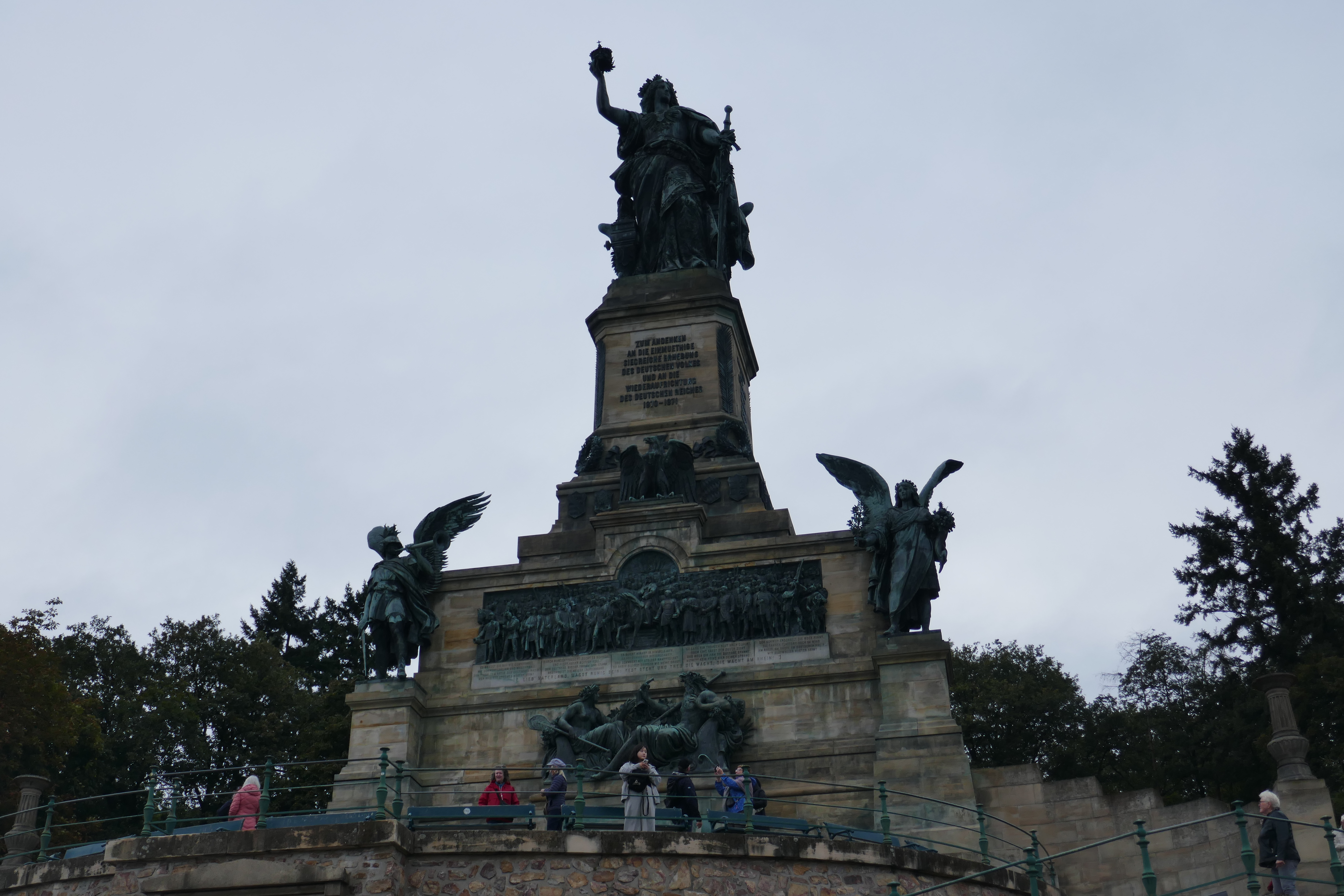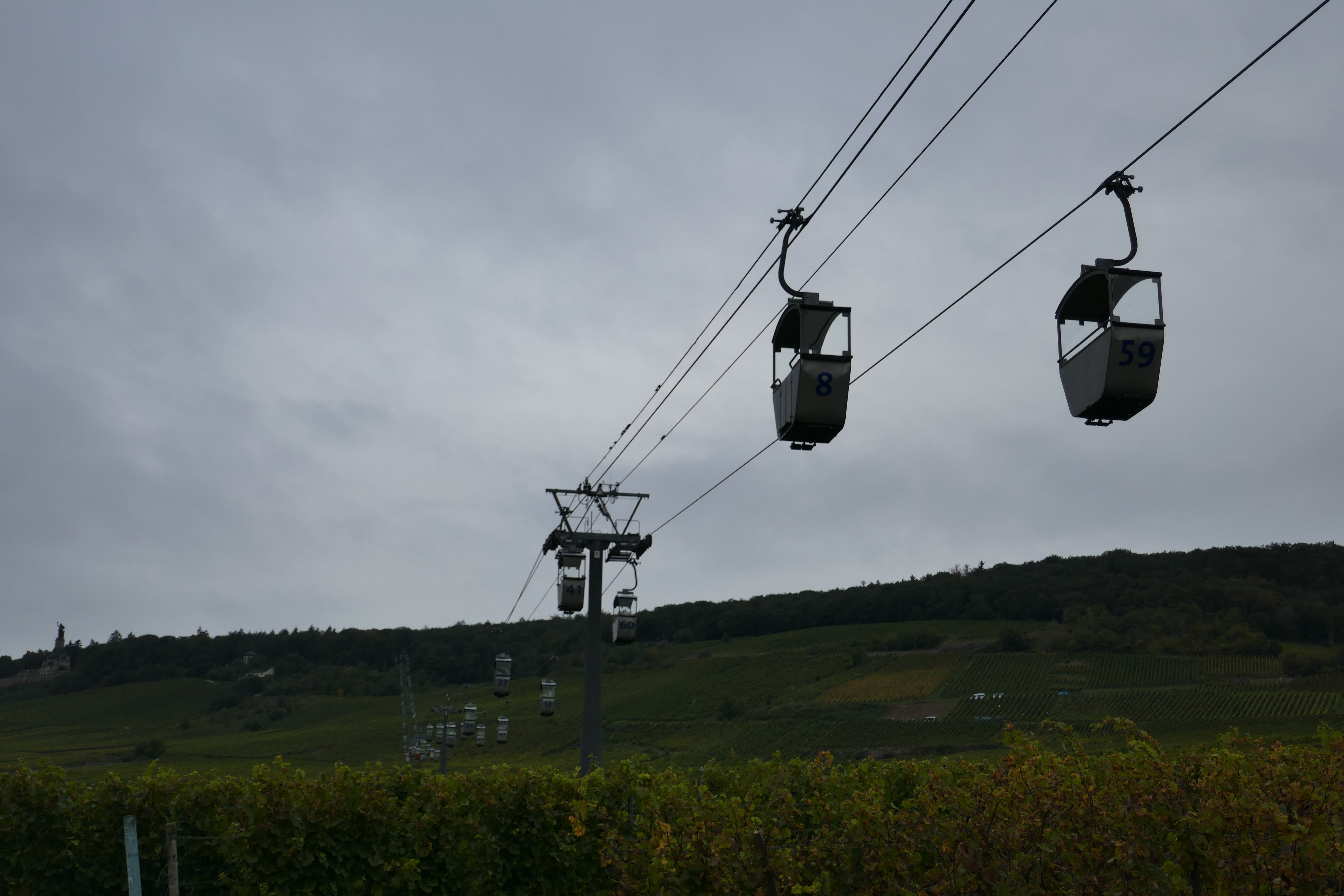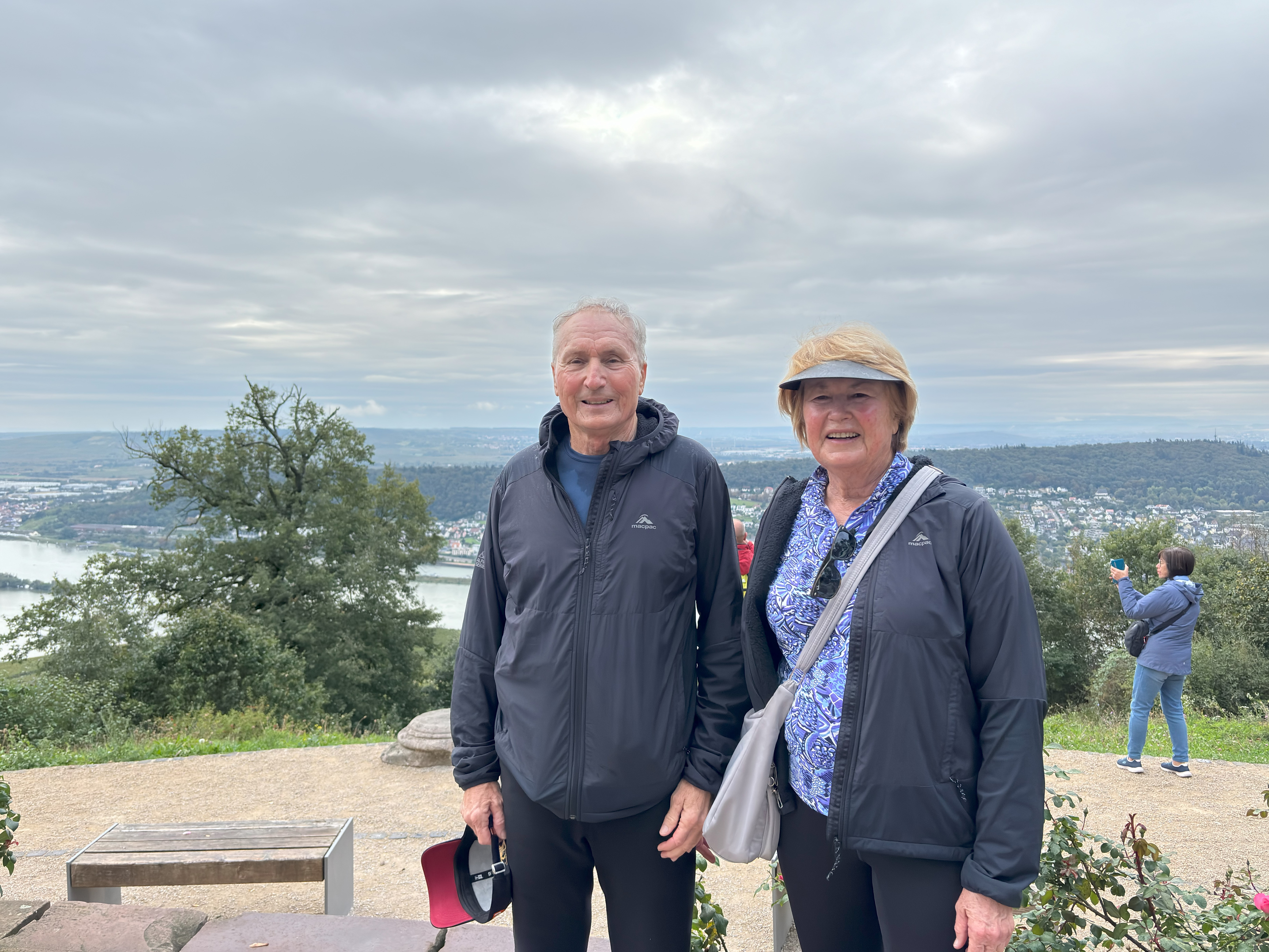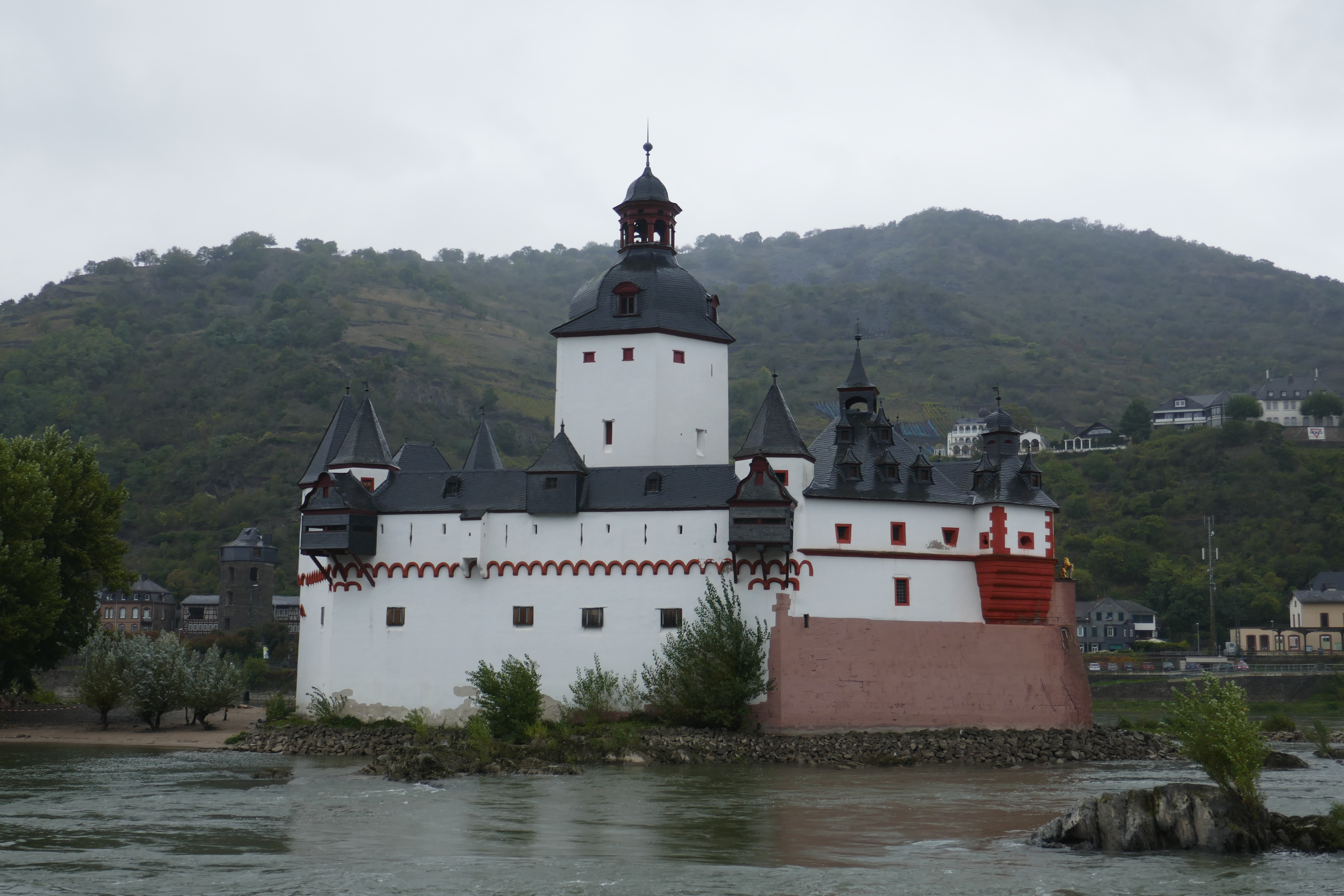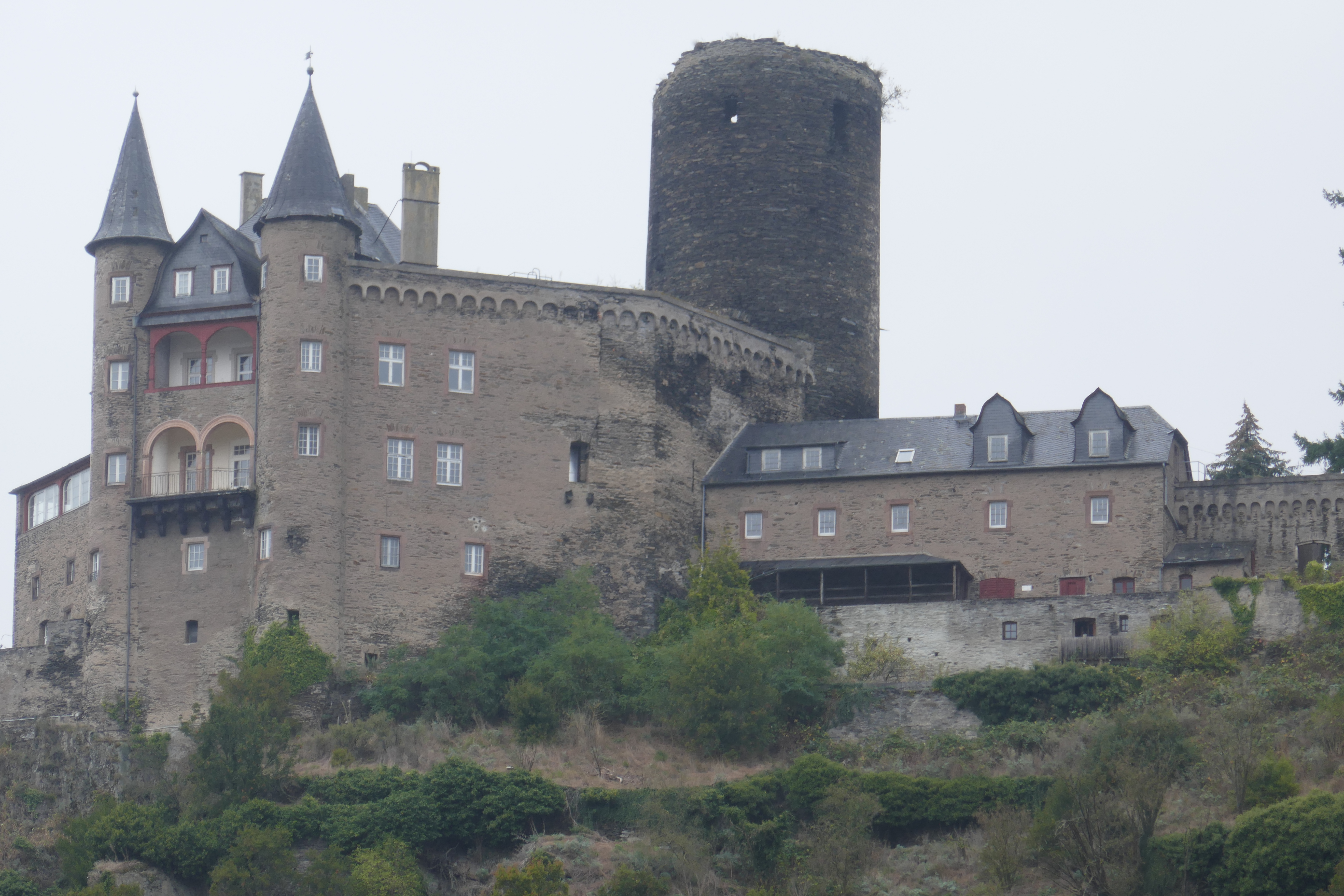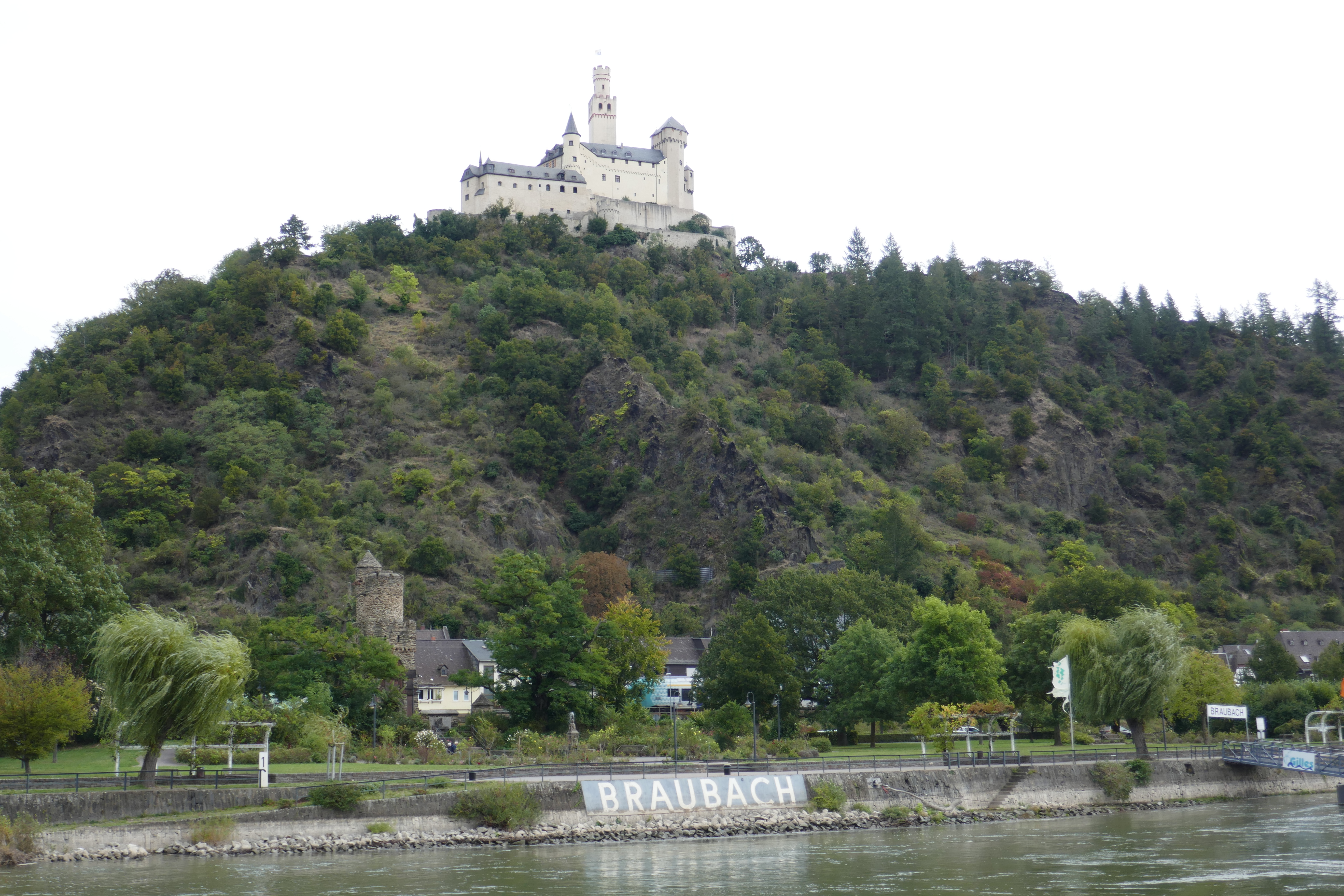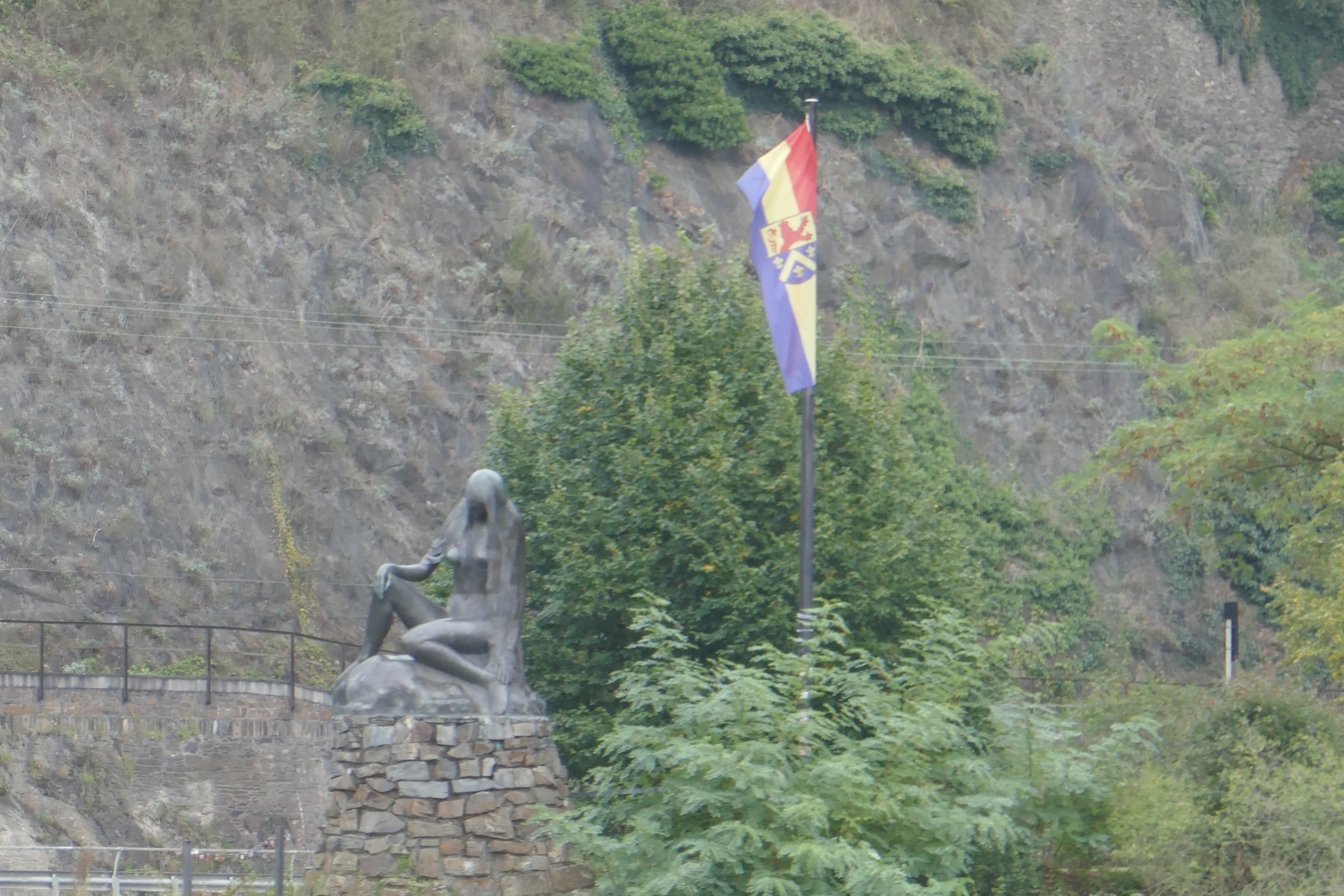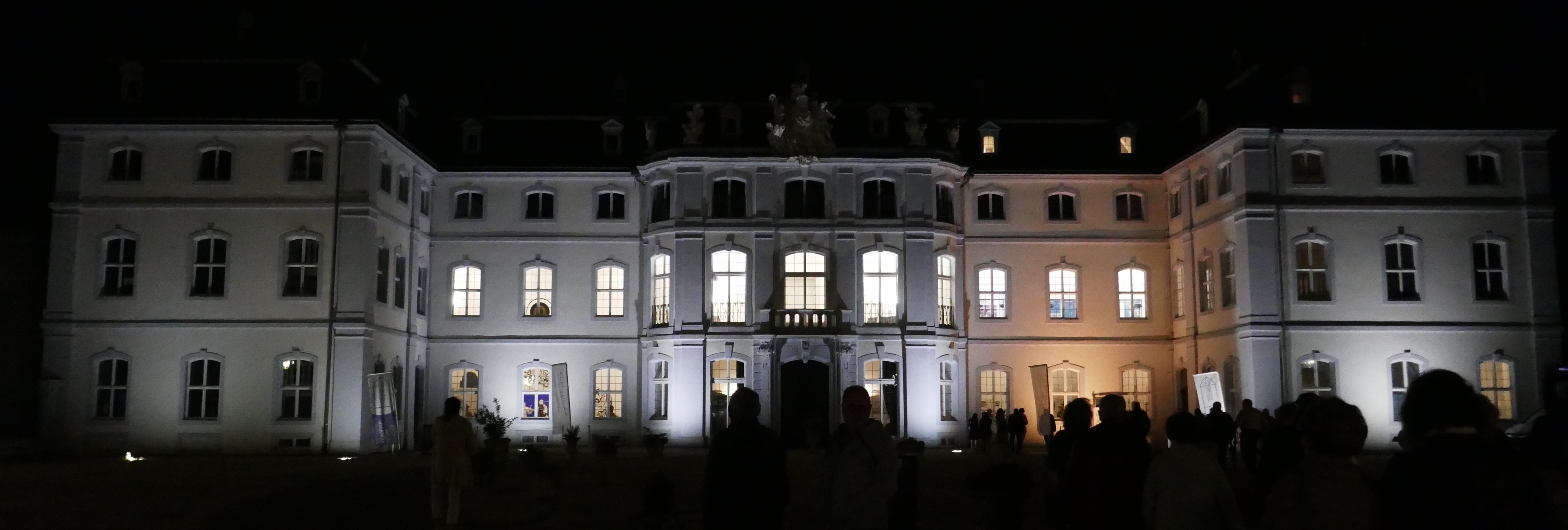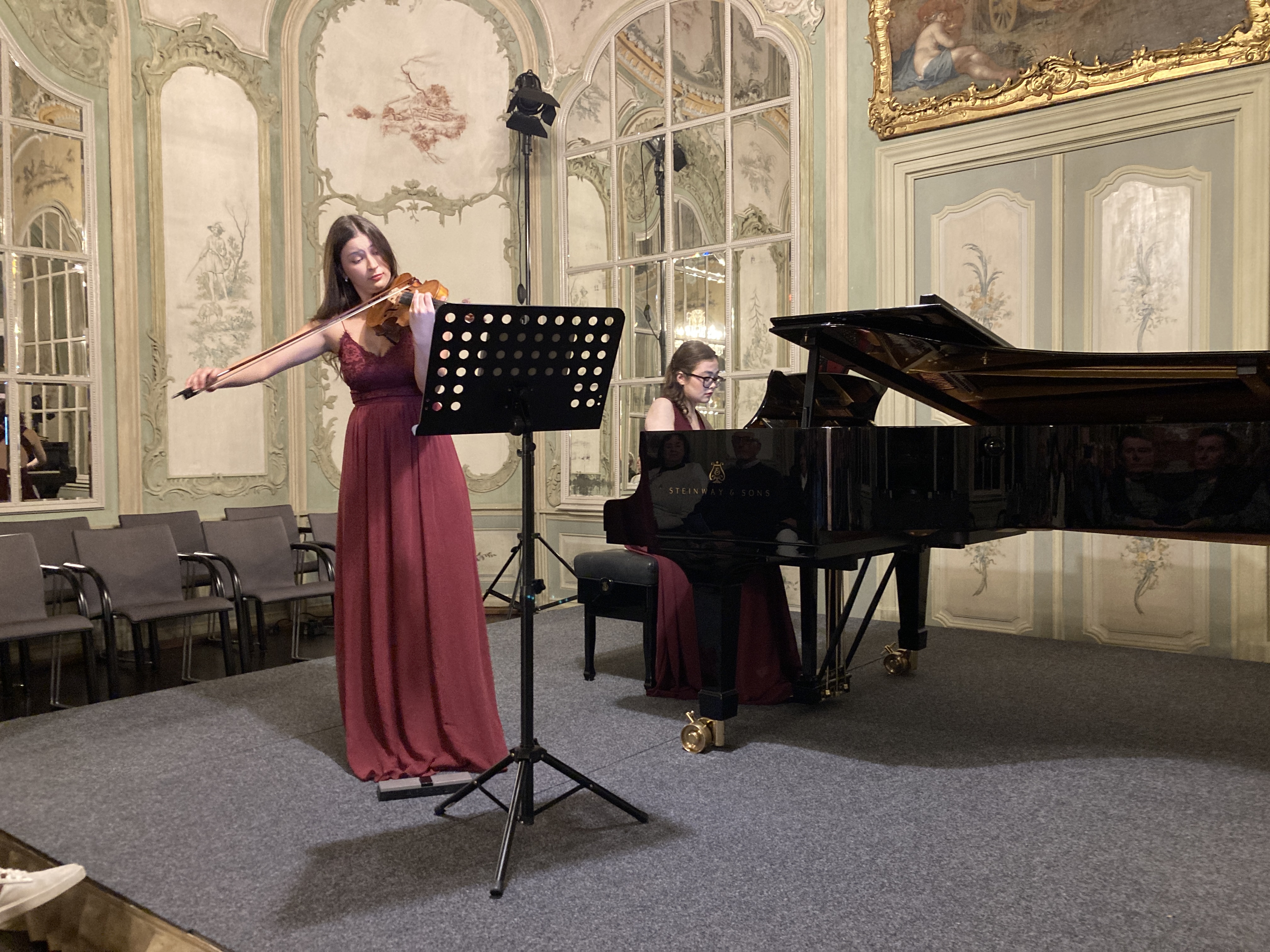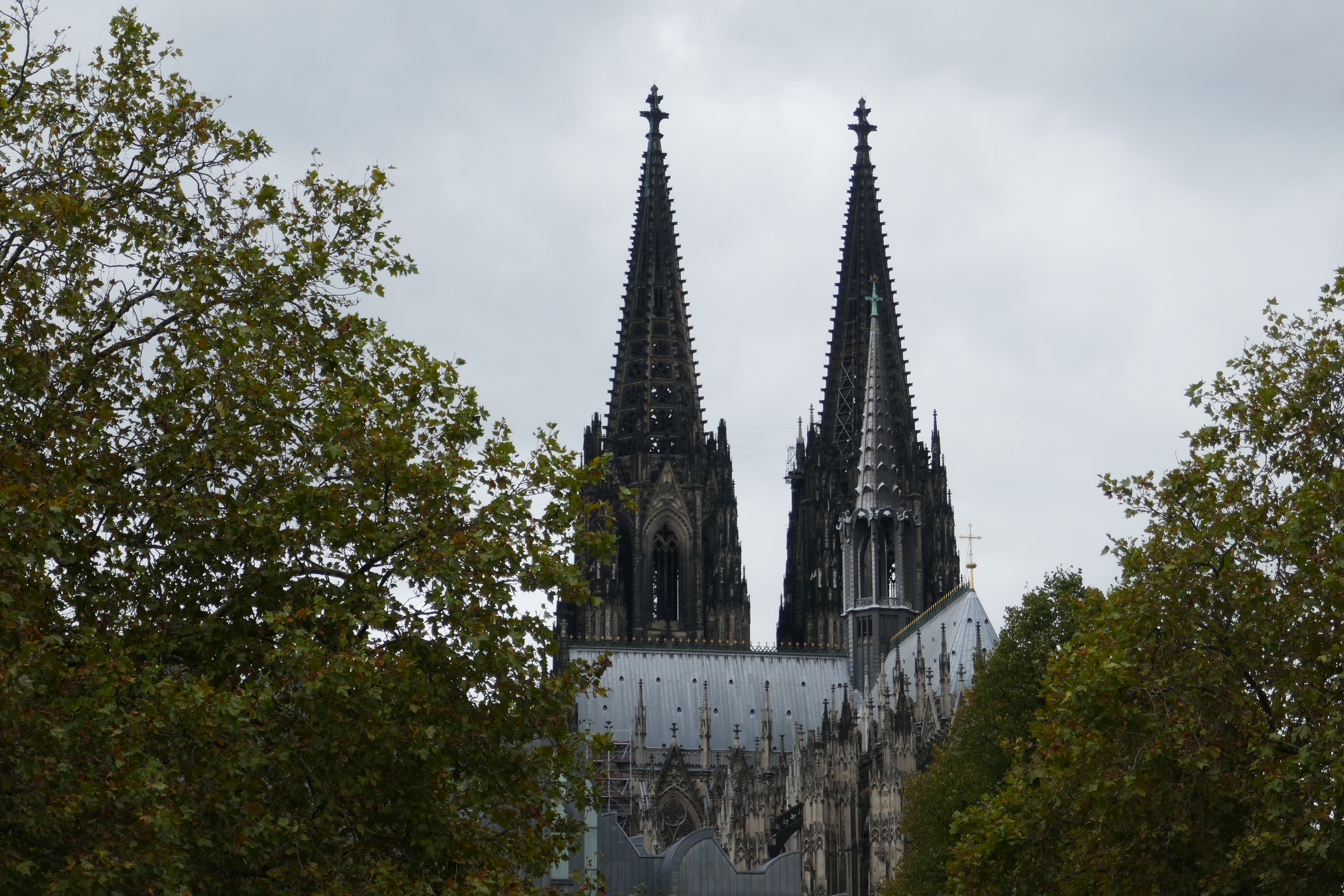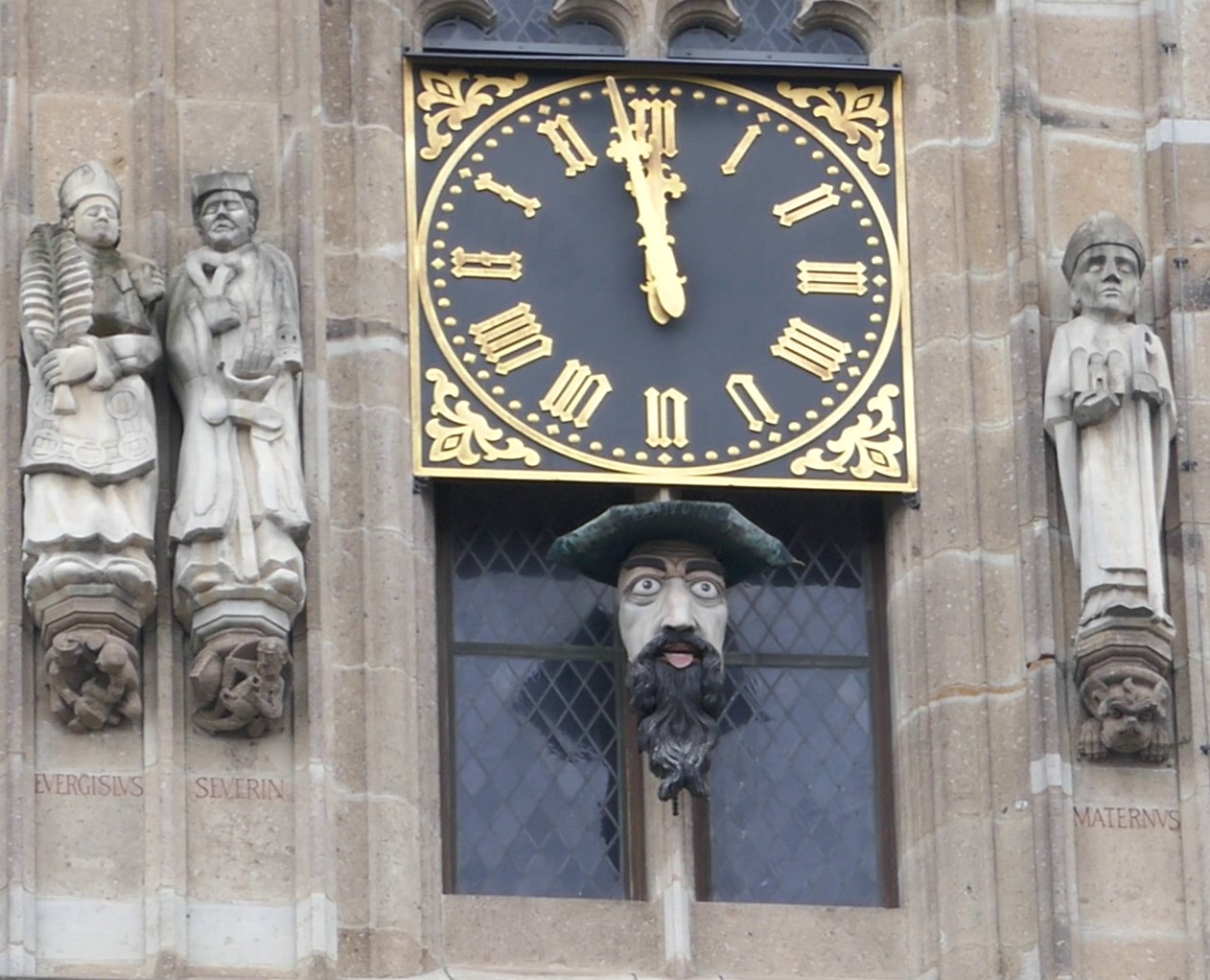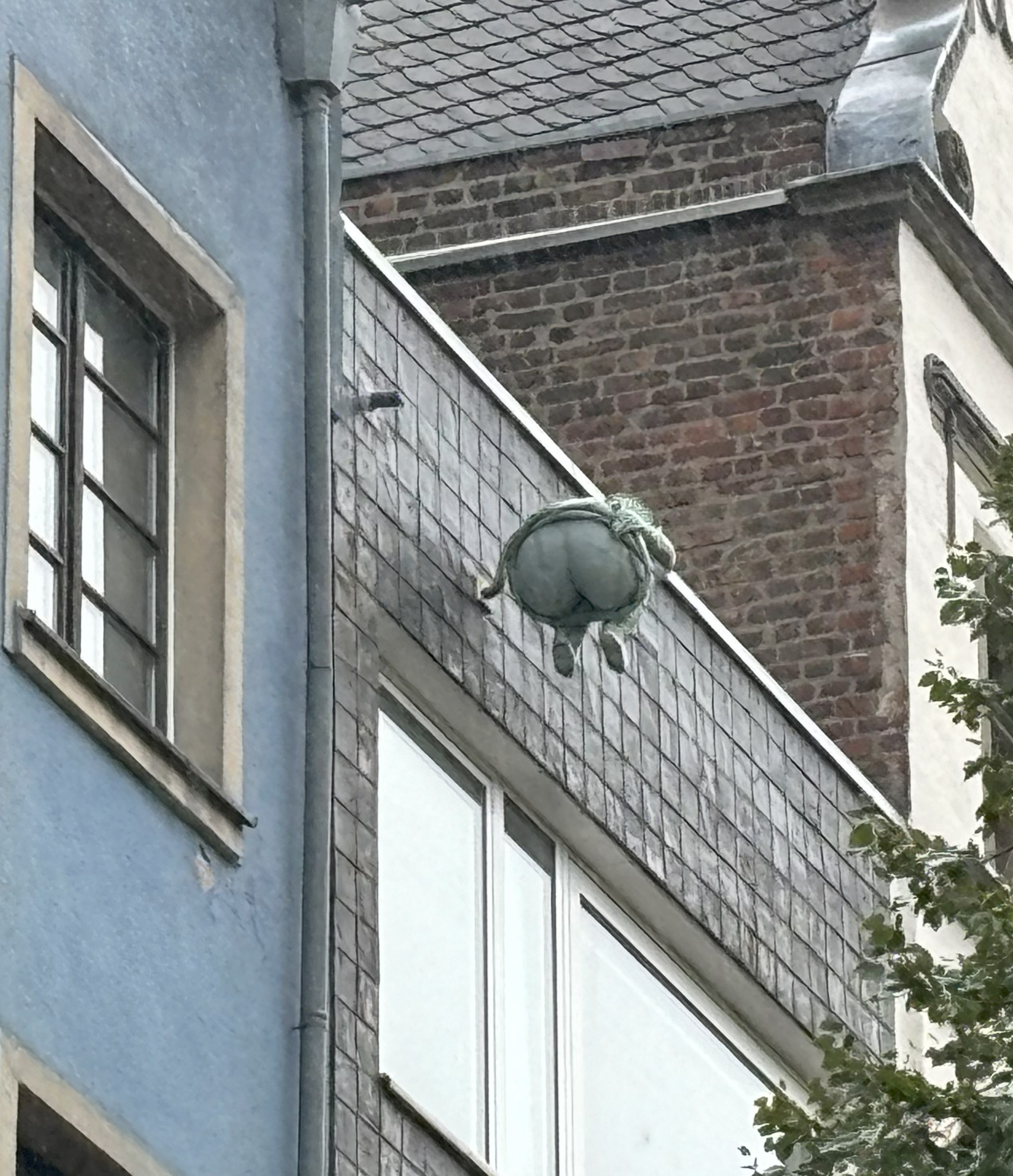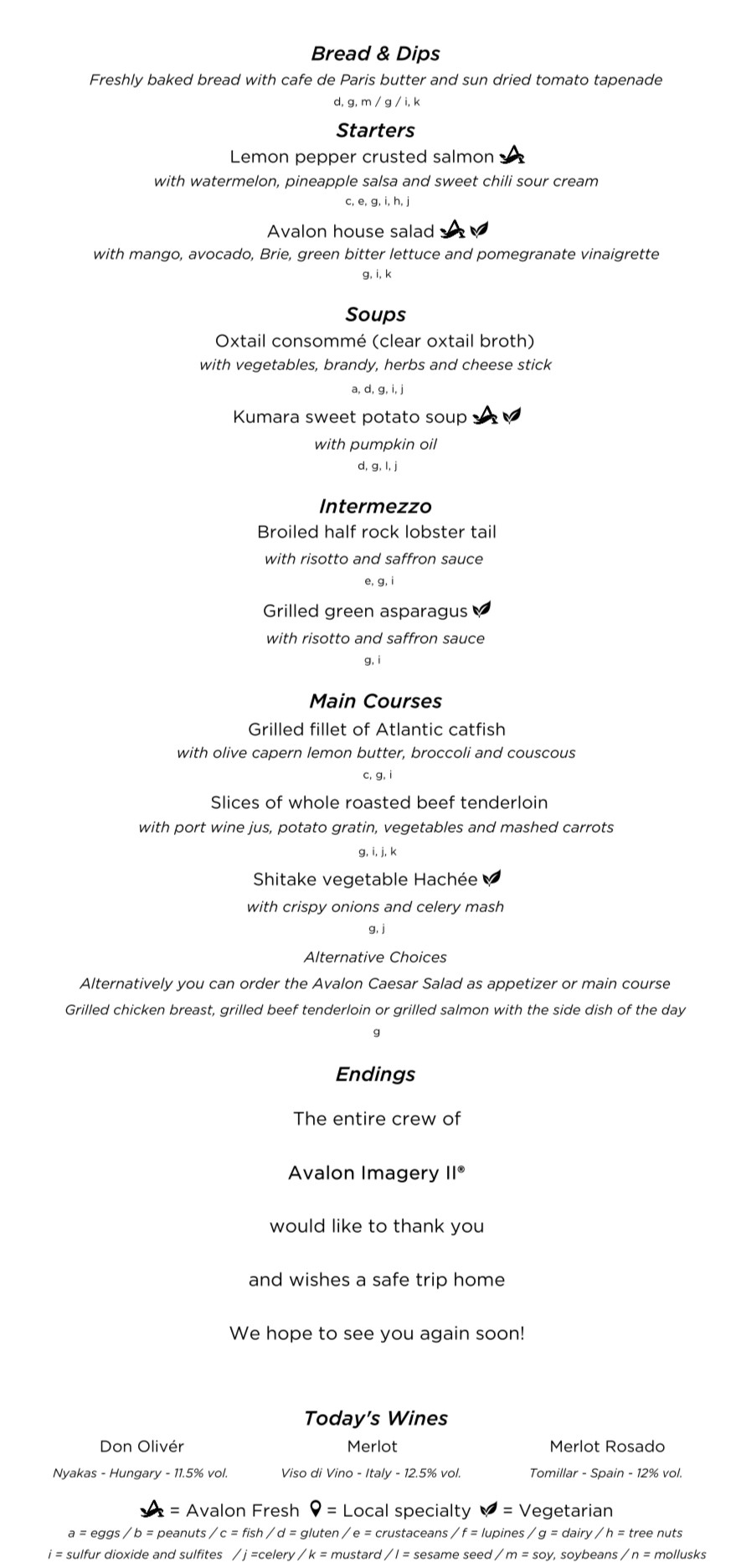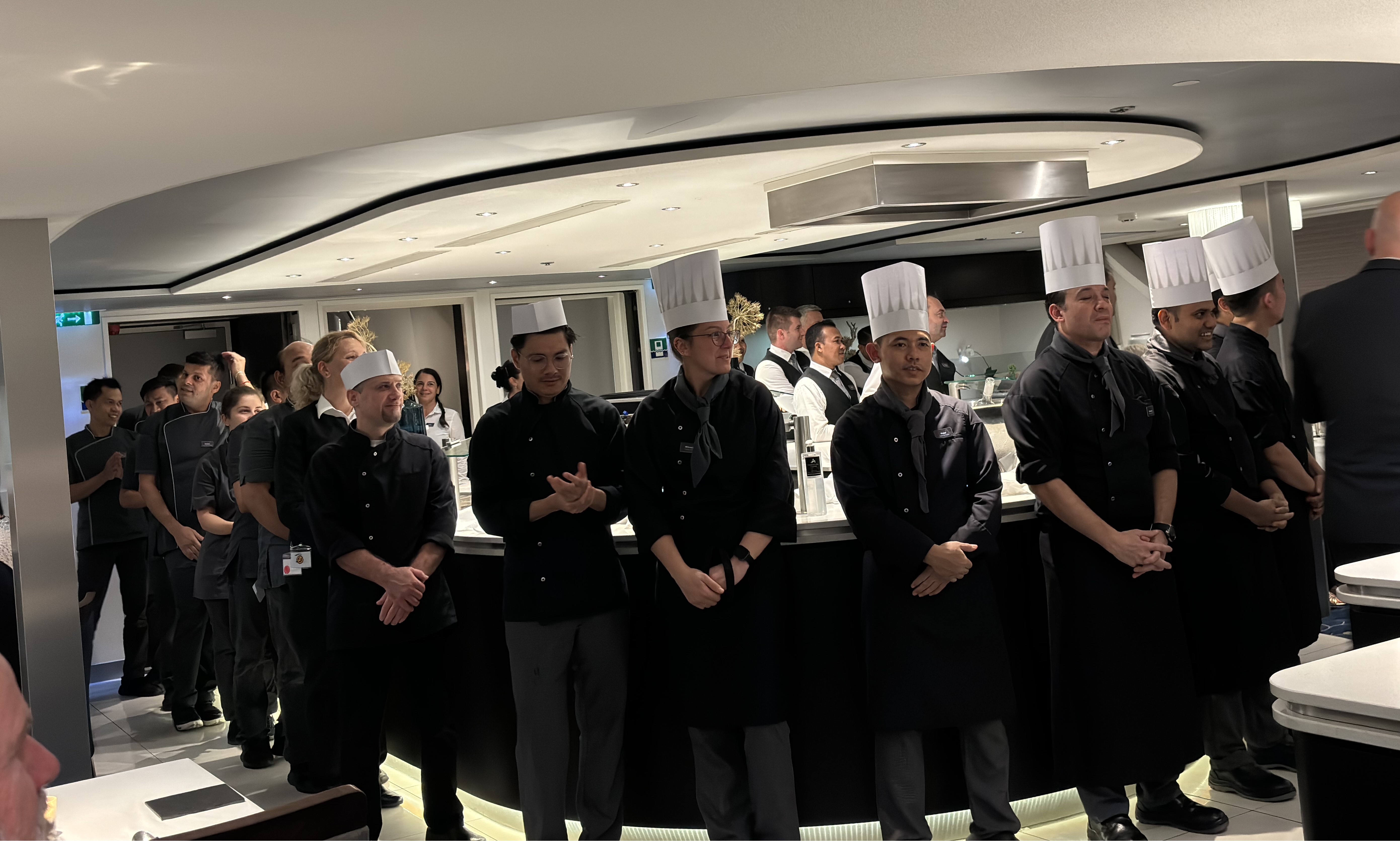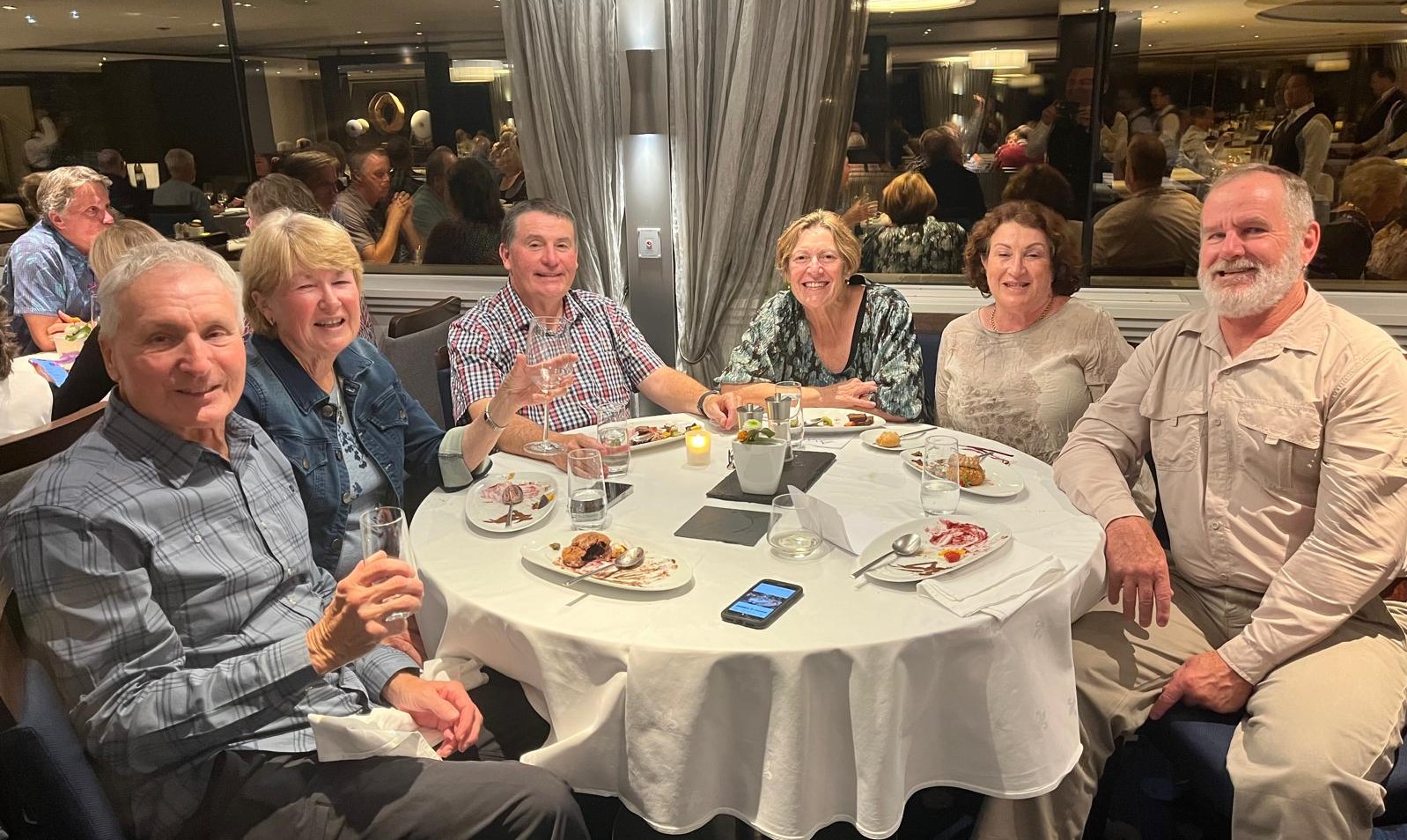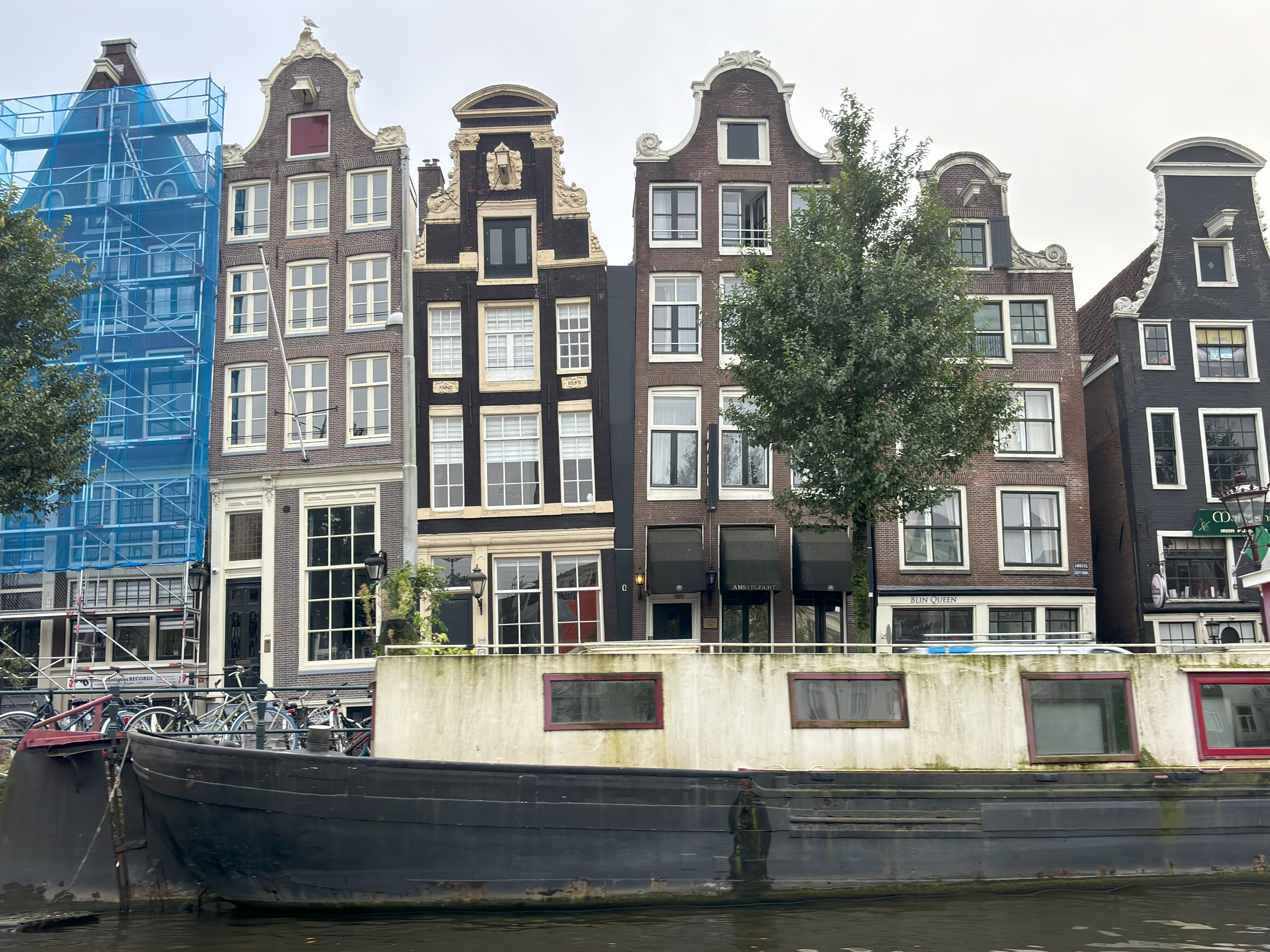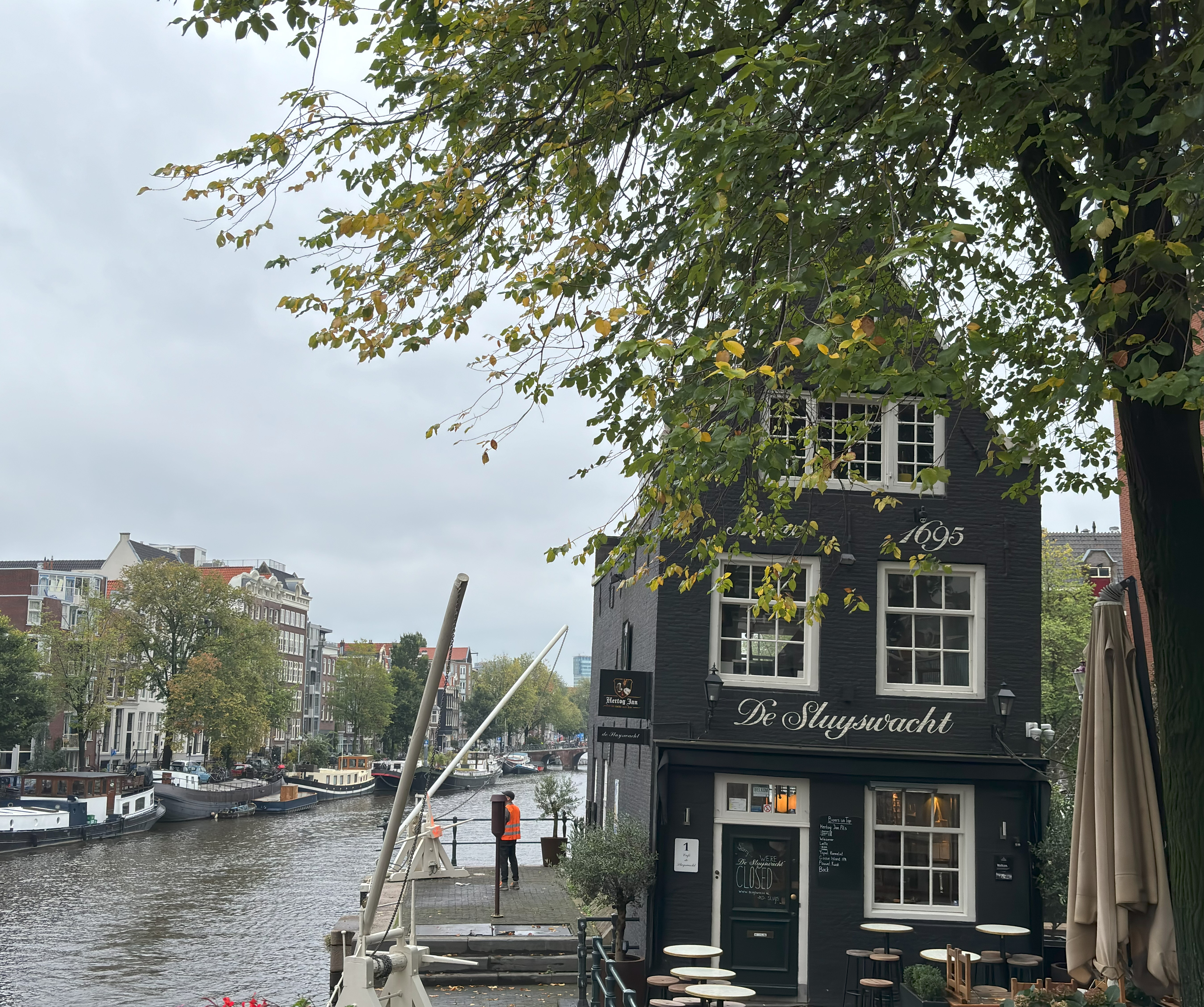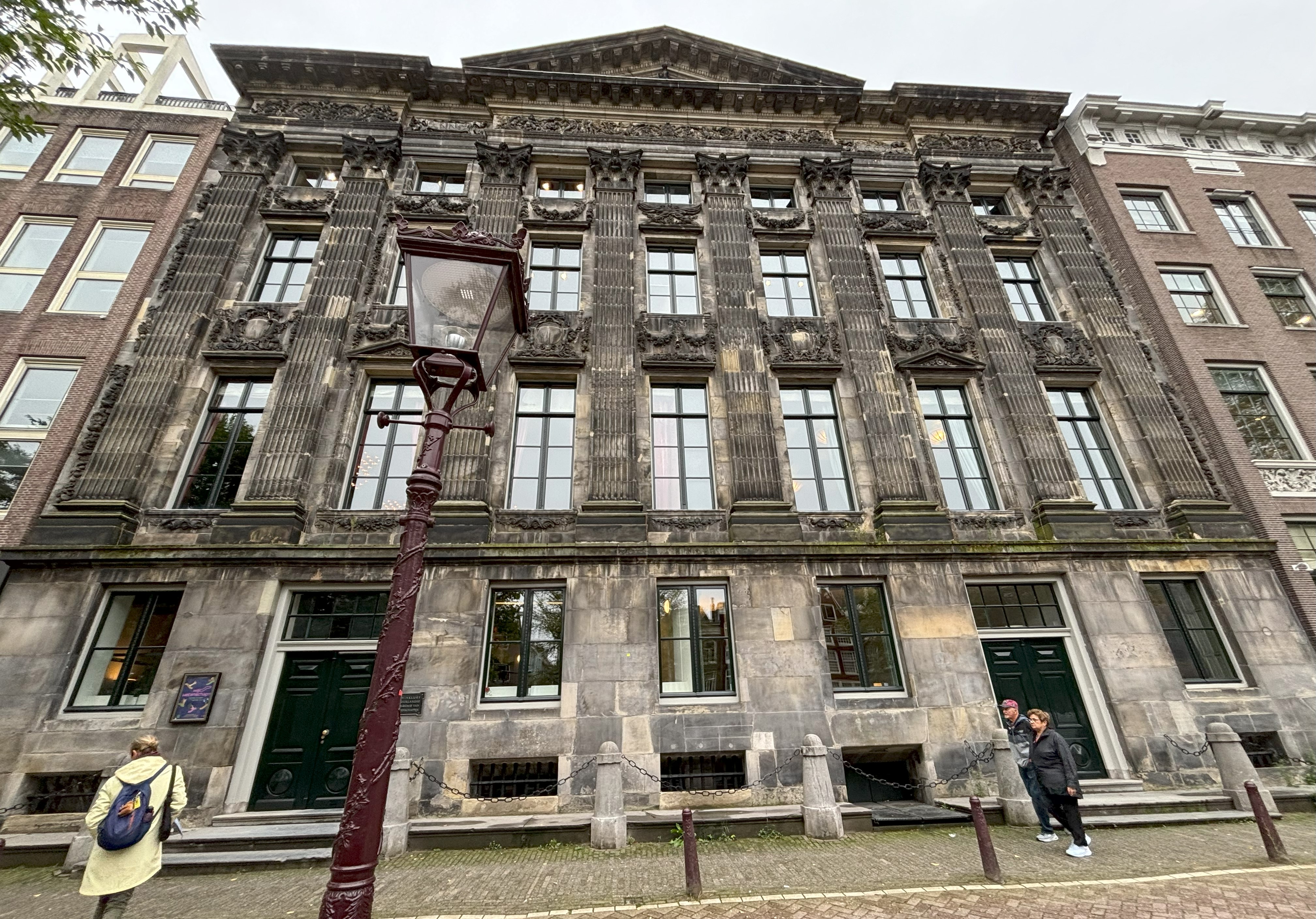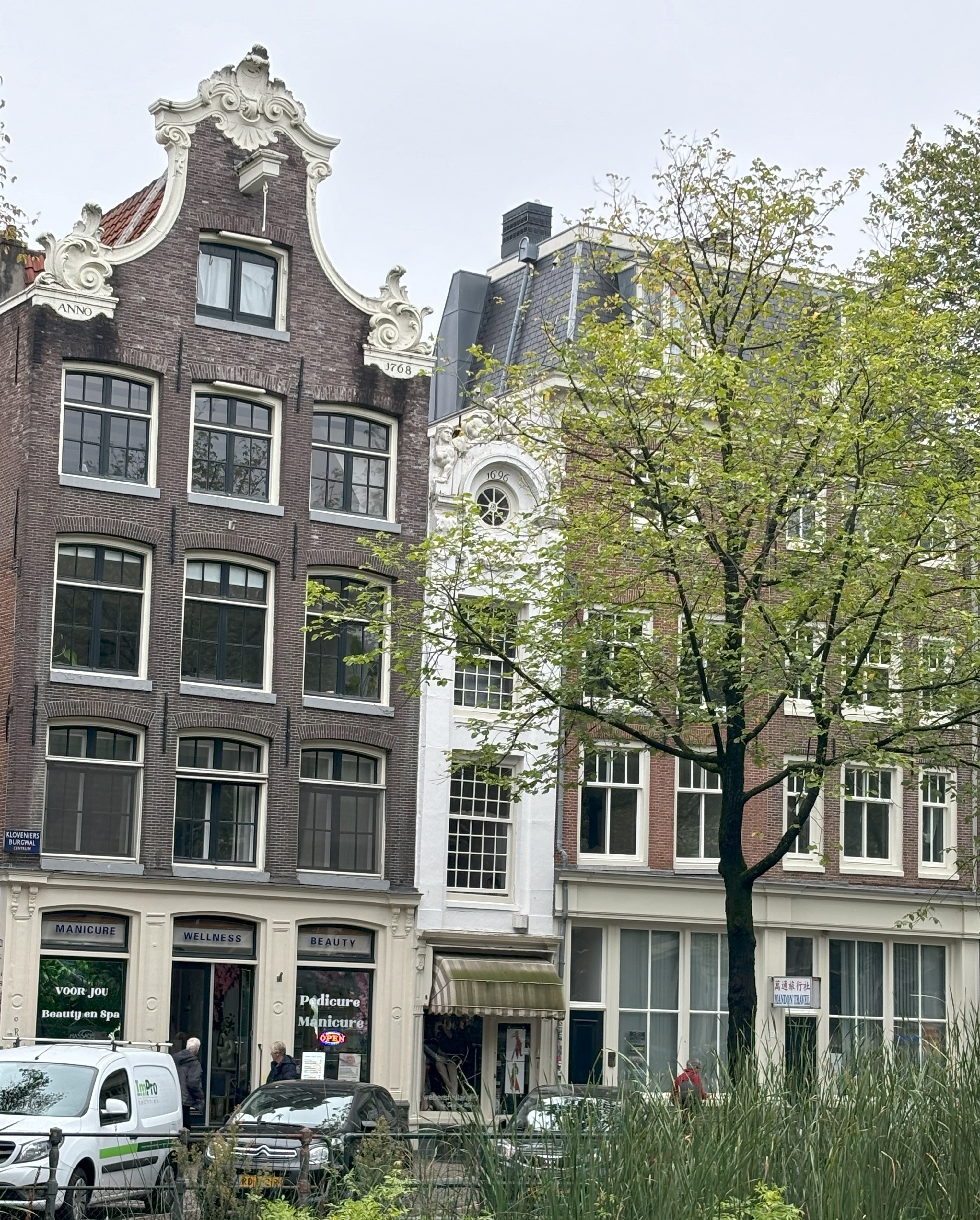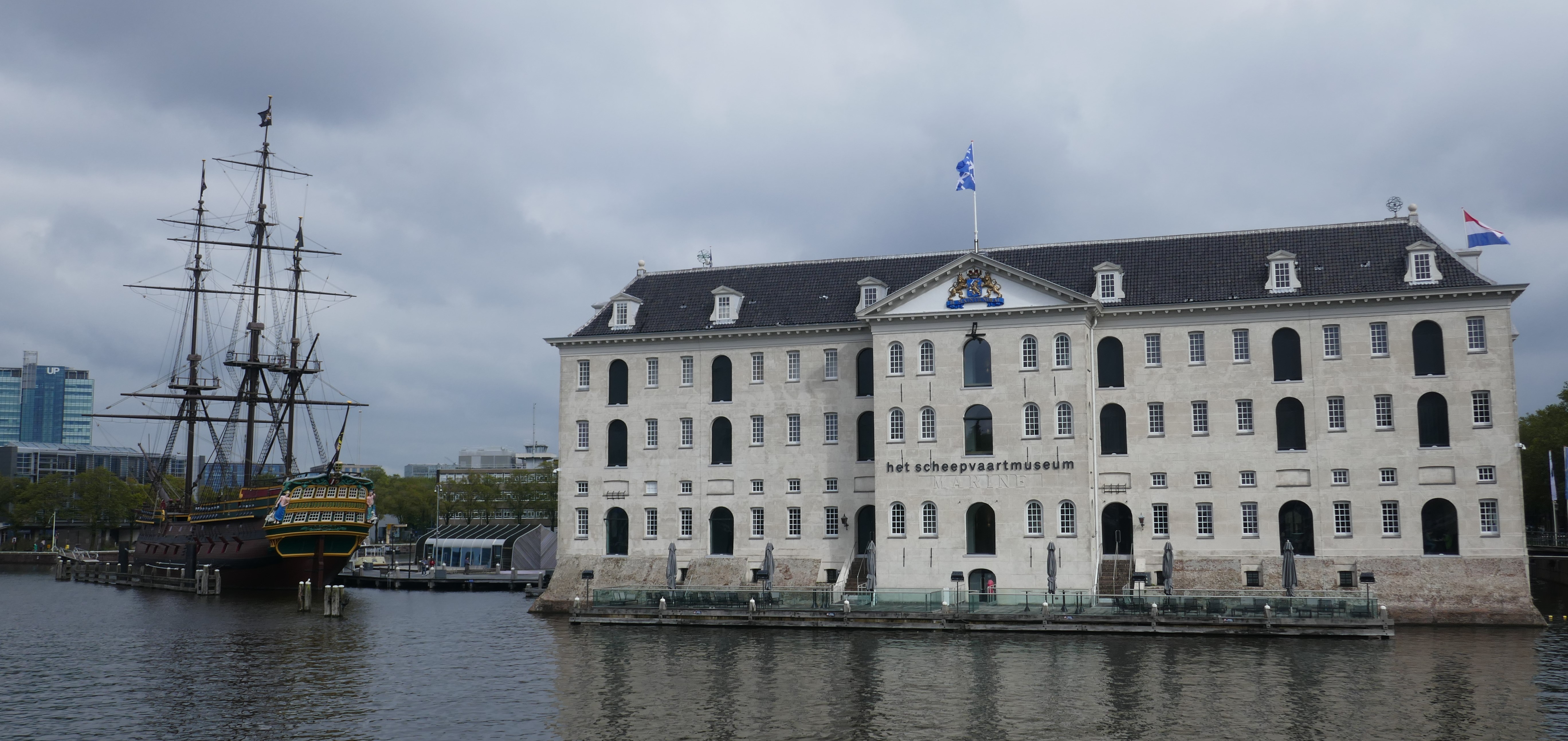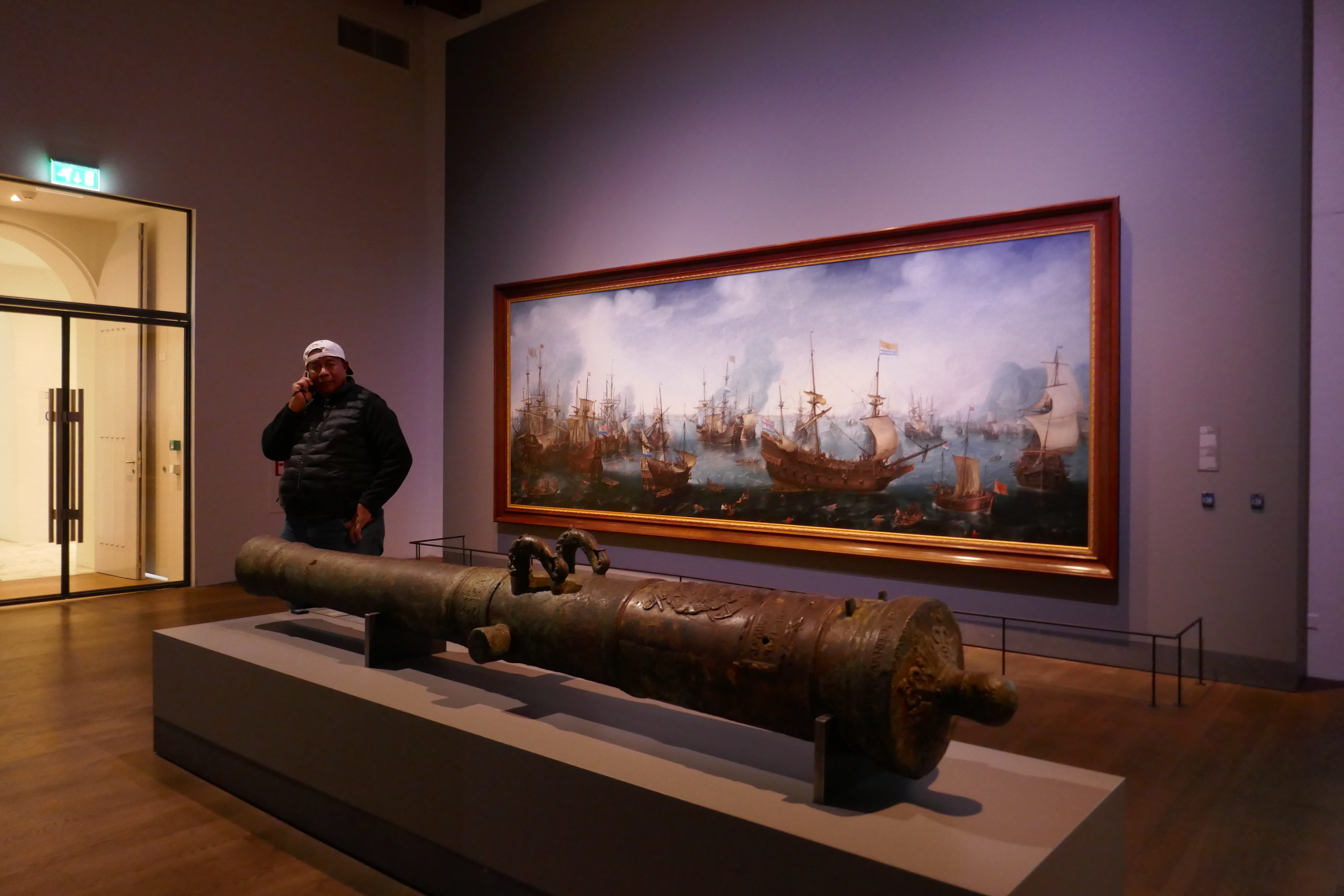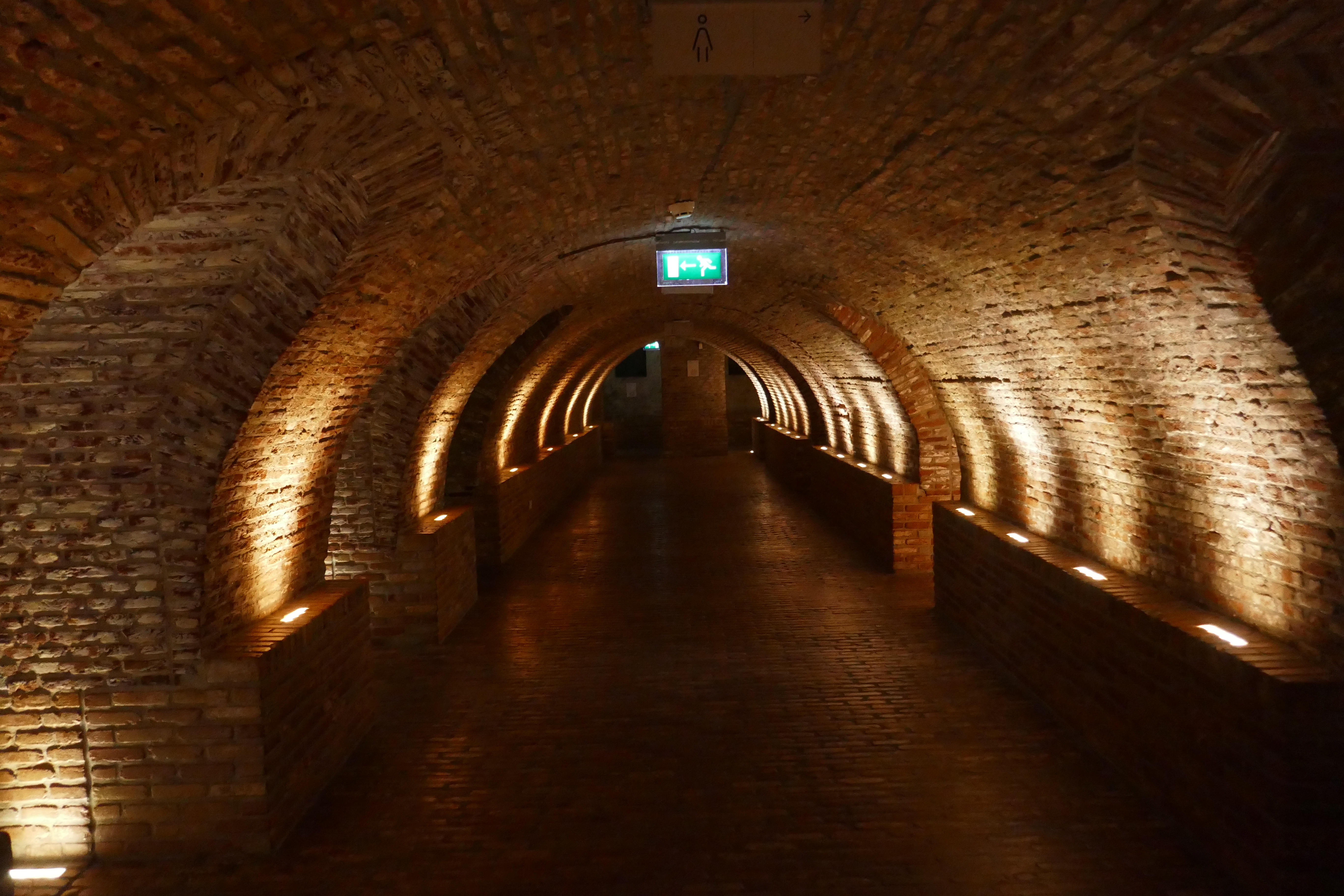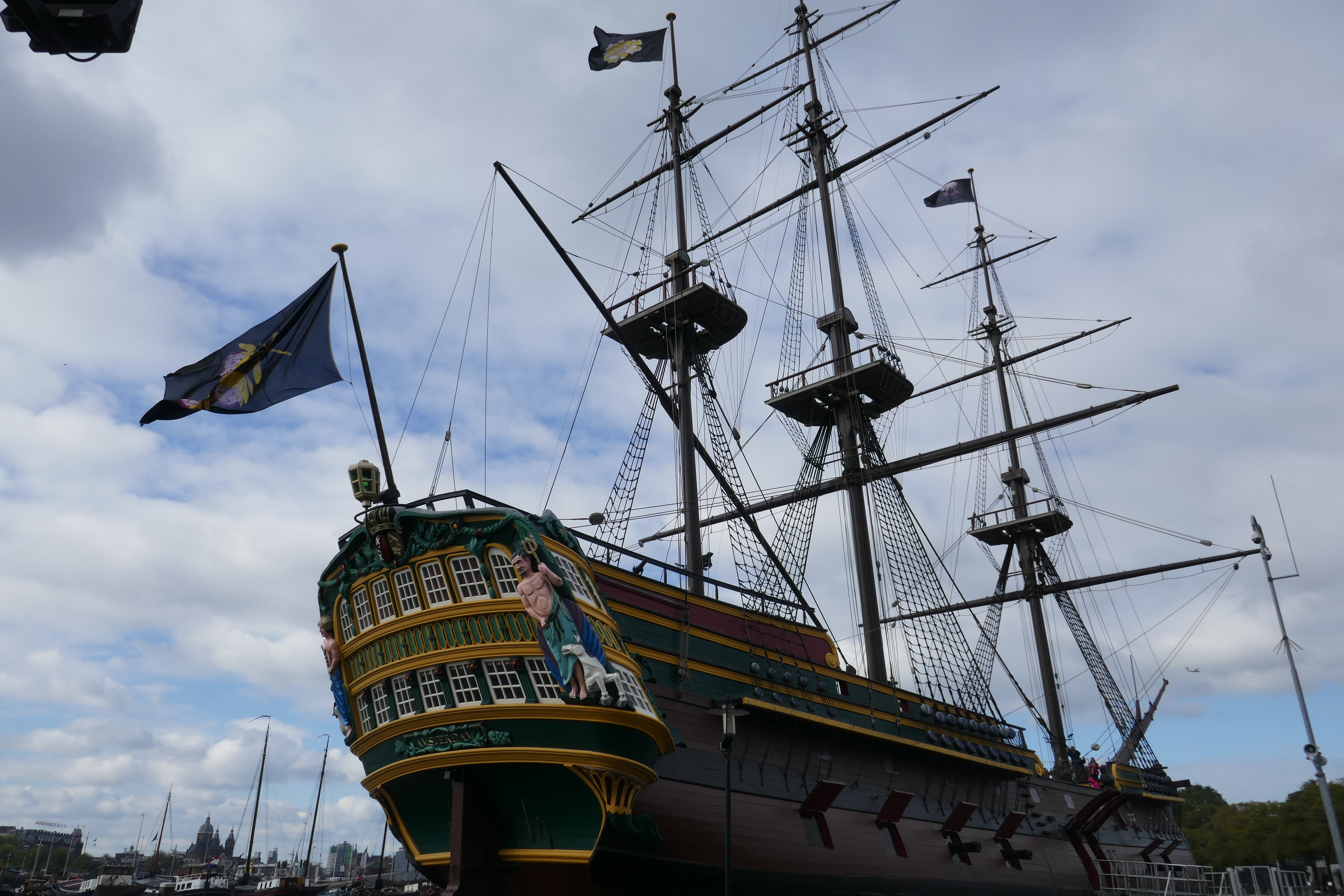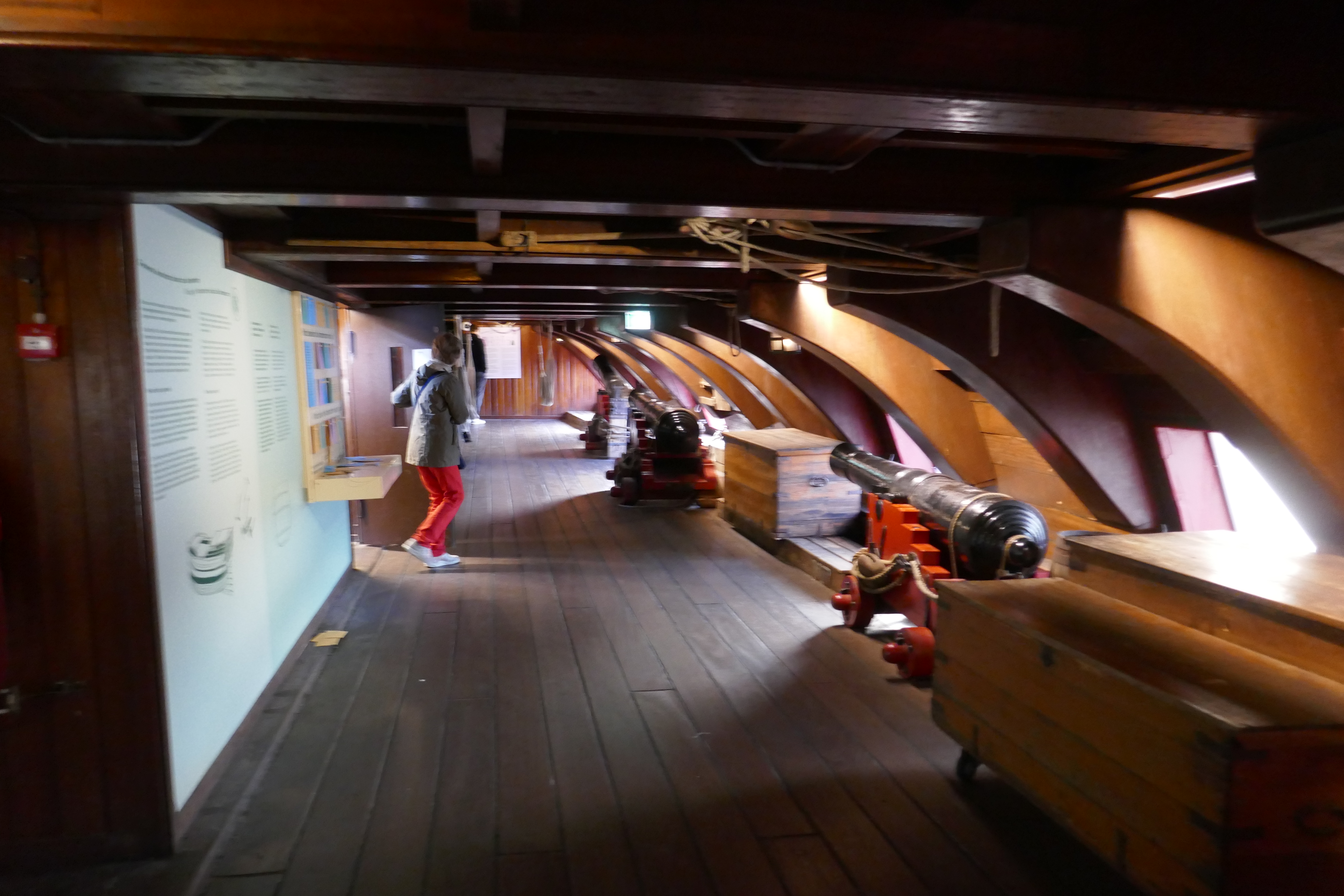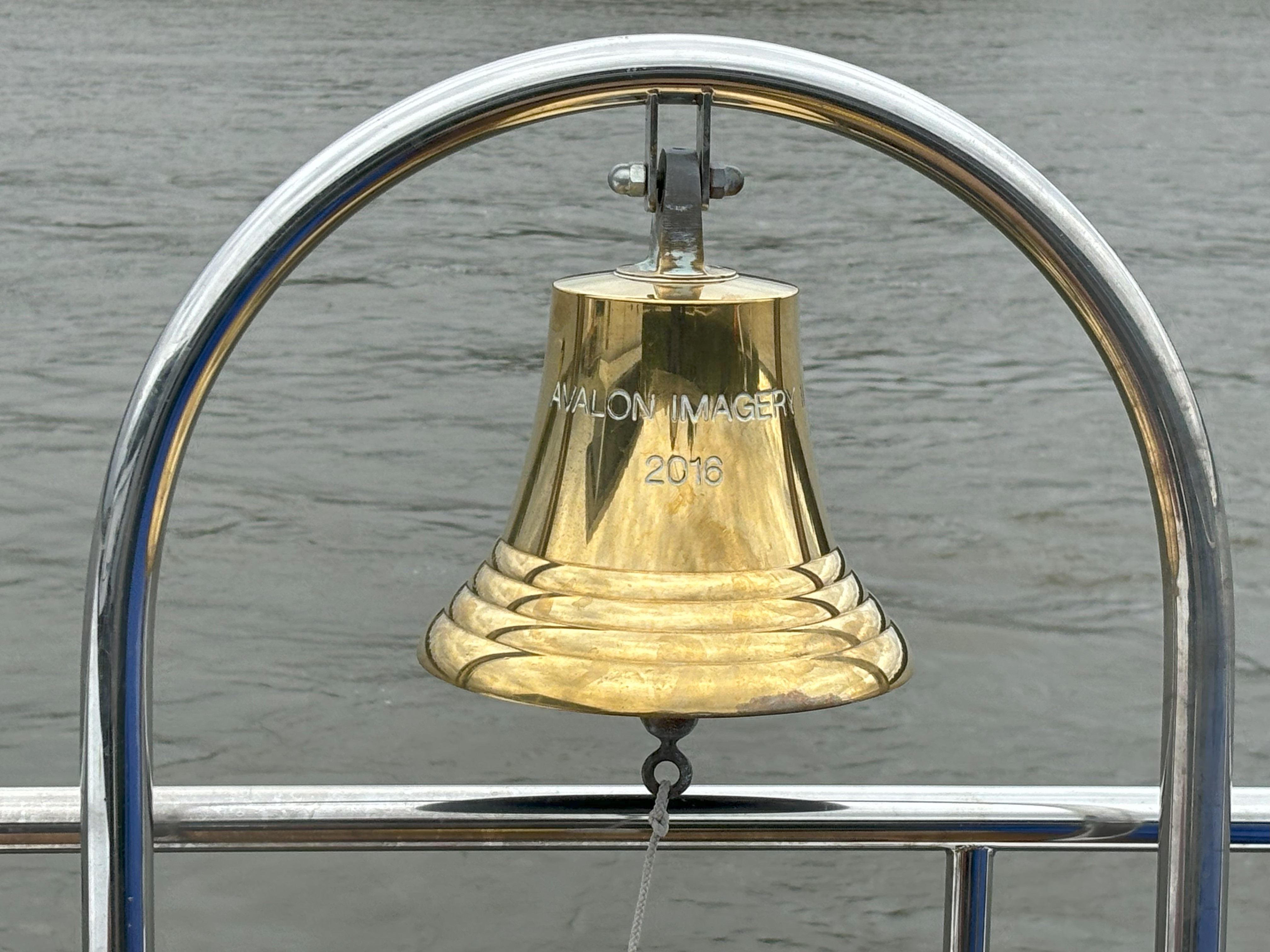Friday, 11 October to Tuesday, 15 October, 2024
Day 4 – Zell to Bernkastel-Kues by barge
After finally getting the all clear from the river police to leave Zell, our barge began motoring up the Moselle against a strong current. Most bikers spent the afternoon on the top deck enjoying the views. A few ladies enjoyed a wine or 3 in the spa, happy not to be riding today.
Warren spent a bit of time on the bridge with the captain, Hilke and crew Albert.
We arrived at Bernkastel-Kues after 1830 getting some nice photos in the fading light.
Day 5 – Bernkastel-Kues to Schweich – 54 km then barge to Trier
Back on the bikes today with no rain but still very cold! From Bernkastel, the valley opens up and vineyards expand as far as the eye can see.
The Moselle is still in flood and we had to make a couple of detours from the cycle path as a result. Locals are used to flood as evidenced by the flood markers in every town we passed. Usually these floods are in spring as a result of melting snow. More recently flooding has occurred because of rain in the catchment and this leads to summer and autumn floods – very rare in the past but happening all too frequently now.
We are starting to see some Roman ruins as wine production along the Moselle was started by the Romans including a large wine press in Piesport.
We stopped for lunch in Neumagen where some people chose to end their riding and relax onboard the boat while it cruised to Schweich. Neumagen was an important centre of wine production dating back to Roman times. There is a large cast of a wine ship monument in the main street (the original is now in a museum).
We paid a visit to the ruins of a Roman villa in Mehring.
We continued on and met the barge at Schweich where we boarded for a cruise to Trier, the oldest city in Germany. Trier was founded around 15 BC by Caesar Augustus under the name of Augusta Trevorum. Well-known as a trading town and administrative center, Trier flourished during the late imperial age. This Roman golden age left an array of monuments here. One of the most popular is the city gate, Porta Nigra, which was built around 18 AD. The chef had the night off so we walked 2 kms into Trier for a quick look around and dinner. The Roman ruins are impressive!
Day 6 – Trier to Saarburg – 23 km then barge to Remich
We started the day with a tour of Trier with a local guide. Trier is situated close the border of Luxembourg and is considered Germany’s oldest town.
After our tour we hopped back in the saddle and back to the Moselle where we admired the bridge with Roman foundations, medieval arches and a modern surface.
When we reached Konz, we left the Moselle and rode up the Saar river to Saarburg, a fascinating old town situated in the most beautiful and densely forested part of the Saar valley. In the middle of town is a 20 meter high waterfall and at the foot of this waterfall there is an old mill, which is driven by the small river. In this part of town most of the houses date back to the 17th and 18th century, which gives Saarburg such a picturesque look.
The castle of Saarburg was built here in the middle of the 10th century. After wandering around Saarburg we boarded the ship and sailed to Remich.
Day 7 – Remich to Thionville – 41 km
Today we left Remich and first stop was the Roman villa at Nennig after only 2 kms. It contains an original mosaic floor, once the centerpiece of a palatial Roman villa. The scene (in 3 million individual tile pieces) reveals scenes from gladiator games in the amphitheater. There was an interesting audio visual presentation.
When we crossed the river to Nennig, we crossed the border (in the middle of the river) into Germany. Then it was back to Luxembourg before crossing into France later in the day. This is not an issue in Europe due to the Schengen Agreement which allows free travel between signatory countries. So we were pleased when our second stop of the day was in Schengen. The agreement was signed here in 1985 on a boat at the intersection of the Luxembourg, German and French borders. There was an interesting display of flags and totem poles with carvings of each country in the agreement. See if you can work out the countries represented below.
After lunch our final stop before Thionville was at the site of a monument to the liberation of this part of France by the Allies. We also passed a bunker that was part of the Maginot line.
The day ended with our final dinner onboard the Magnifique III.
Day 8 – Thionville to Metz by bus then 11km walk
Time to pack our bags today for the half hour drive to Metz by bus. We left our luggage at the Hotel La Citadelle and headed out for a walk. We visited the Gothic cathedral which has the largest expanse of stained glass in the world, totalling 6,496 m2 including some stained windows by Chagall.
Next up was a walk to the German Gate a turreted city gate & fortified bridge by the River Seille, built in the 13th & 15th centuries.
The next day we walked to the train station for the last leg of our European adventure.
